
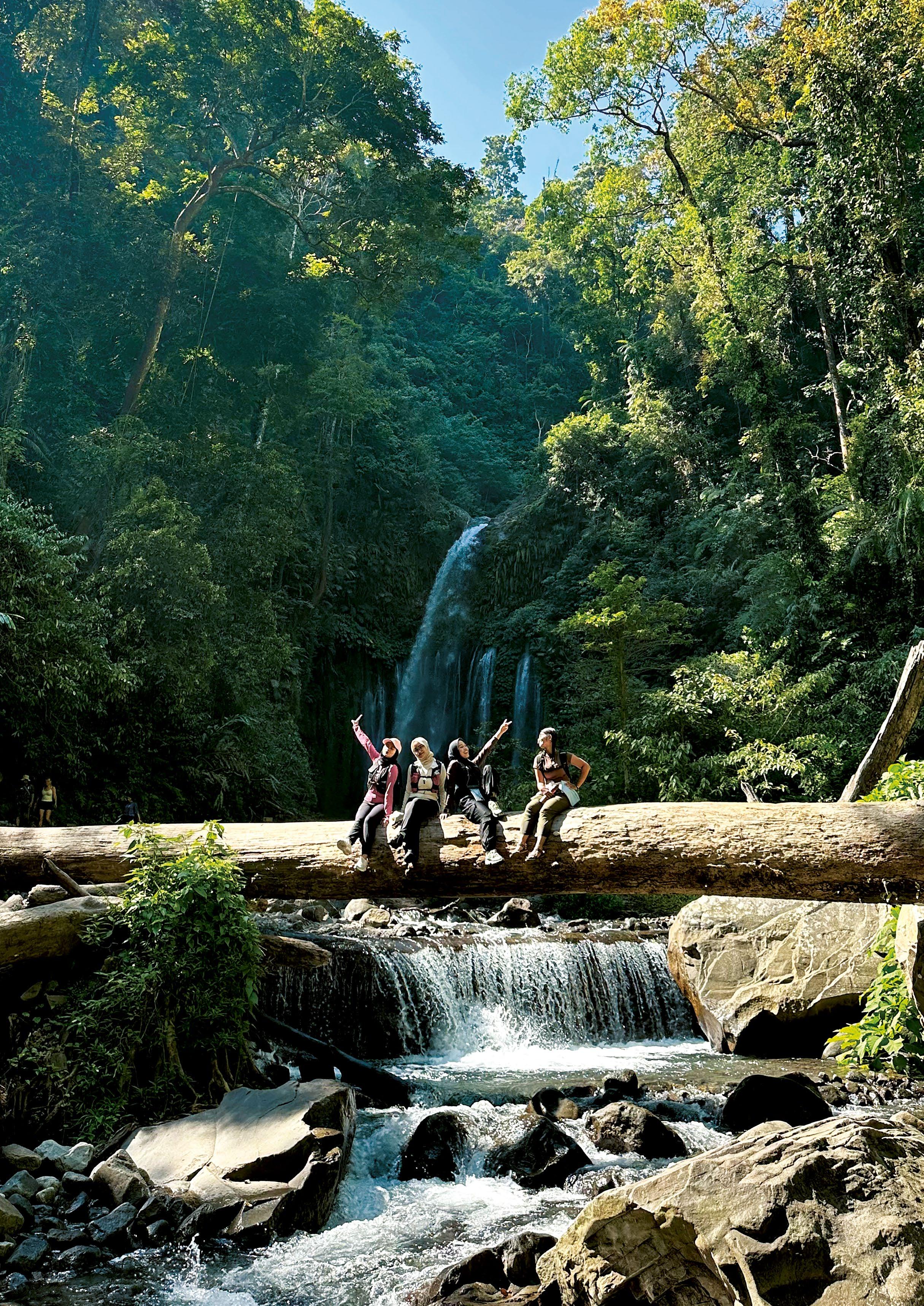







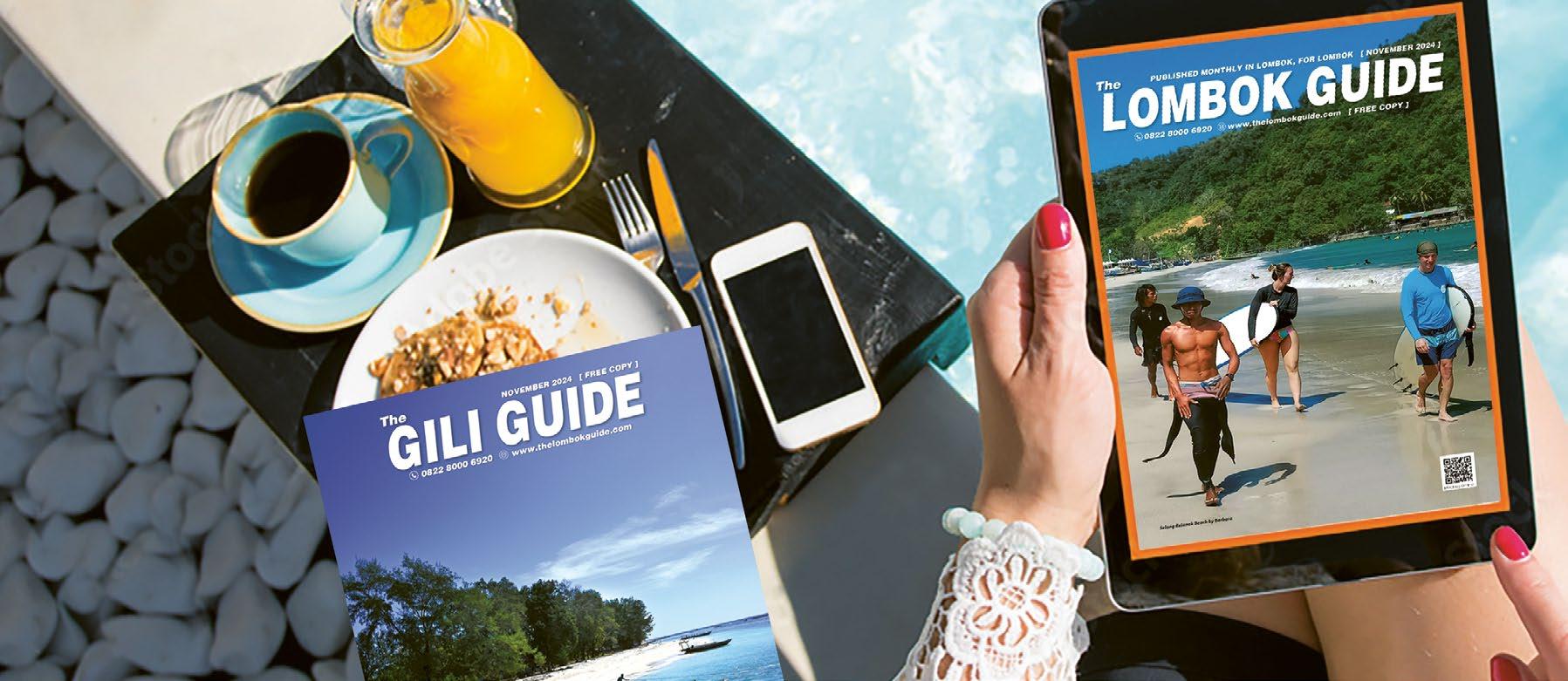
Lombok International Airport (abbreviated to LIA with the IATA code “LOP”) is the only operating airport on Lombok.
The official name of the airport is Zainuddin Abdul Madjid International Airport, and you will sometimes see “Mataram” or “Praya” on ticketing, but they all refer to Lombok’s airport.
The airport is close to Praya (Central Lombok); approximately 45 minutes south of Mataram City, around 1 hour drive from Senggigi and only 25 minutes from Kuta.
The airport’s terminal is divided into international and domestic sections, with shared arrival and departure areas, and separate boarding lounges. There is no duty-free shopping at the airport but shops and souvenirs, ATMs, and food outlets are readily available.
Airport departure tax is included in the price of all tickets.
Lombok International Airport has full Visa on Arrival (VOA) facilities, including 30-day Tourist Visa. Visit: evisa.imigrasi.go.id to apply online.
AirAsia operates direct international flights between Lombok and Kuala Lumpur, Malaysia every day, onboard A320 Airbus. Flight time is approx. 3 hours. Book cheap flights through the AirAsia website: airasia.com
Batik Air also offers direct Lombok - Kuala Lumpur flights 4 times per week. batikair.com.my
Direct flights between Lombok and Singapore are operated by Scoot Airlines (a low-cost subsidiary of Singapore Airlines) four times per week. Flights are onboard A320 Airbus and flight time is approx. 3 hours. flyscoot.com
In addition to Malaysia and Singapore, international flights to Bali and Jakarta connect Lombok to all major destinations around the world.
European connections are easy via Jakarta (the capital city of Indonesia), Bali and other capital cities such as Jogjakarta and Surabaya. Direct flights to Lombok from Bali, Jakarta, Jogjakarta and Surabaya are available from multiple airlines every day and are usually timed to connect with European flights.
Batik Air flies direct between Lombok and Jakarta and Lombok and Surabaya every day. batikair.com.my
Citilink has direct flights between Lombok and Jakarta, and Lombok and Surabaya, three times a week. citilink.co.id
Garuda Indonesia has direct flights daily between Lombok and Jakarta. garudaindonesia.com
Lion Air / Wings Air has daily flights between Lombok and Bali, Jakarta, Jogjakarta, Surabaya, Sumbawa Besar and Bima (Sumbawa). lionair.co.id
Pelita Air flies direct between Lombok and Jakarta every day. pelita-air.com
Super Air Jet flies between Lombok and Jakarta, Jogjakarta, and Surabaya every day. superairjet.com
It’s easy to get to Lombok from Bali – flight time is only around 50 minutes. Buy tickets online, or direct from the airline counters at the domestic airports.
In Lombok, all flights depart and arrive at Lombok International Airport. In Bali, flights arrive and depart at the domestic terminal at Ngurah Rai (Denpasar) Airport. Arrive early for check-in as Wings Air often operates limited check-in counters.
Wings Air flies between Bali and Lombok up to four times daily. Wings Air is a subsidiary of Lion Air, so you purchase tickets through the Lion Air website for a Wings Air flight. Note: tickets include 7kg carry on but no luggage allowance; book pre-paid baggage through their website. lionair.co.id
BALI TO LOMBOK BY SEA
Padang Bai Harbour (east Bali) provides the sea link between mainland Bali and Lombok. Lembar Harbour (Lombok) is on the southwest coast, approx. 1 hour from both Senggigi and Kuta.
Arrange transport and buy tickets direct from the ticket office at the harbours, or use a reputable tour company to provide a transfer service.
Public Ferries run 24 hours a day and depart every hour for the sea crossing between Bali and Lombok. The fare is Rp 62,200 per person and the trip takes approx. 4 to 5 hours, depending on sea conditions.
It’s a slow but scenic ferry trip and the cheapest way to travel between the islands. It’s also useful if you want to take a motorcycle (approx. Rp 160,000) or small car (approx. Rp 1,127,000).
There are numerous fast boat services operating between Bali and Lombok every day, via the Gili Islands. All fast boats must stop at Bangsal Harbour in North Lombok for port clearance, so it is possible to reach mainland Lombok using any of the fast boat services to the Gilis. See our Gili Guide for more.
Eka Jaya offers the only fast ferry service between Bali (Padang Bai Harbour) and Senggigi (West Lombok) onboard Eka Jaya Matra – a modern and comfortable ferry licensed for up to 260 passengers.
Another route runs from Serangan Harbour to Senggigi, making it convenient for those staying in in the south of Bali. Ferries arrive and depart from the Senggigi Jetty, right in the centre of Senggigi Beach. ekajayafastferry.com
Gili Getaway operates several comfortable fast boats connecting Bali and mainland Lombok (including Gili Gede in southwest Lombok) from Serangan Harbour in the south of Bali. giligetaway.com

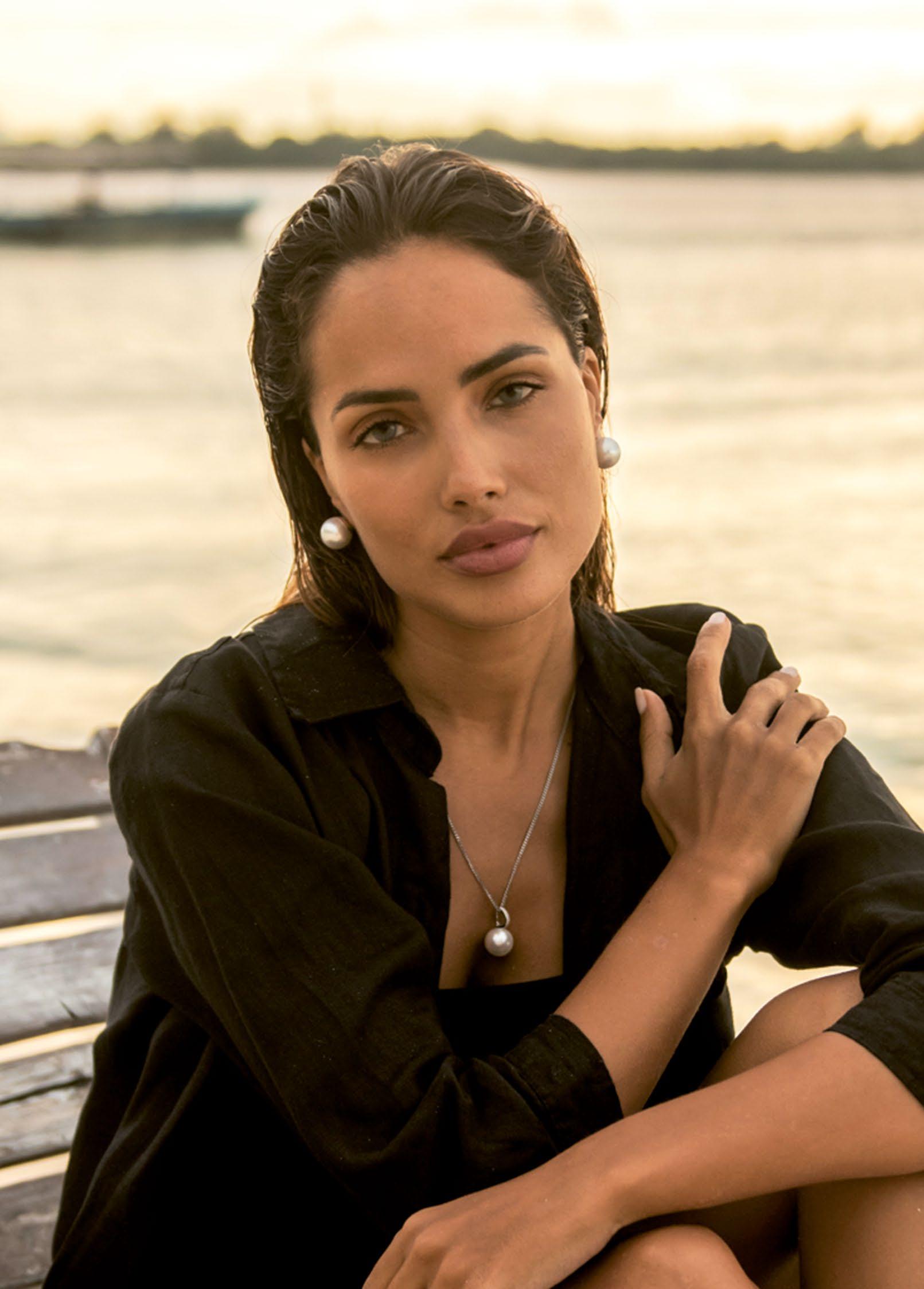
• Available Daily 10am-2pm • Price: IDR 400k for 2 people • Minimum: 2 adults • Advance bookings (WA, text, call) recommended SHOWROOM OPEN DAILY 9AM-5PM

Dear Readers
Welcome to the October issue of The Lombok Guide!
As we go to print this issue, the whole island is gearing up to host one of our biggest events of the year – the 2025 Indonesian MotoGP!
The fourth annual “MotoGP in Paradise” will be held in Lombok from 3 - 5 October 2025 at the Mandalika International Circuit, near Kuta on Lombok’s spectacular south coast.
With an estimated 130,000 spectators due to hit our shores and a whirlwind of exciting events planned for the long weekend, prepare to be swept up in MotoGP fever!
Whether you are a first-time visitor to Lombok or a seasoned traveller returning for the tenth time, The Lombok Guide is committed to provide you with all the information you need – attractions and activities, places to go and things to see – all brought together in one convenient Guide.
The island awaits… welcome to the magic of Lombok!
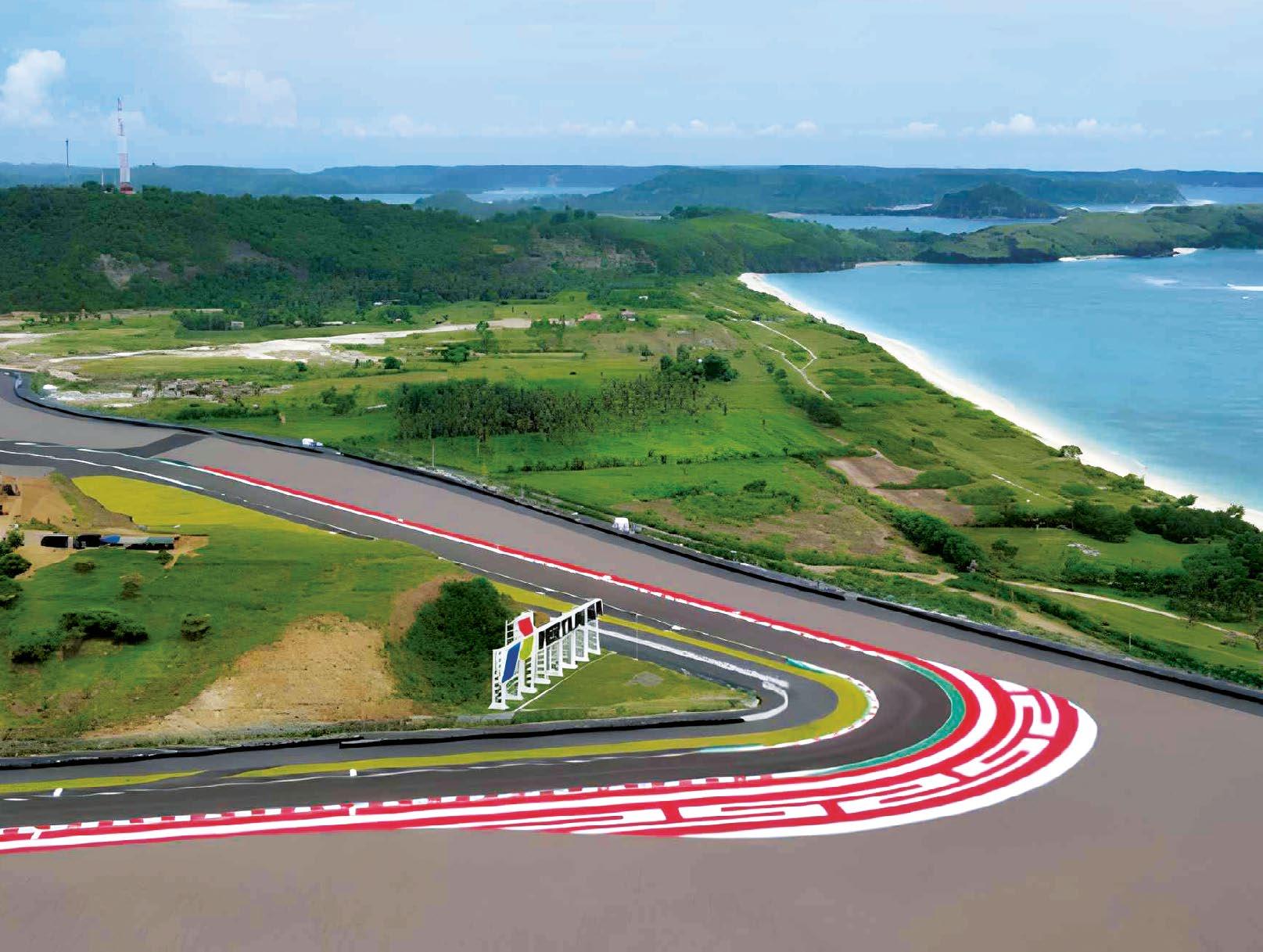
Page 2
Getting to Lombok
Page 4 Contents
Page 6 Lombok Map
Page 8 & 10
Getting Around
Page 12 & 13 Best in Lombok
Page 14
Page 16,18 & 20
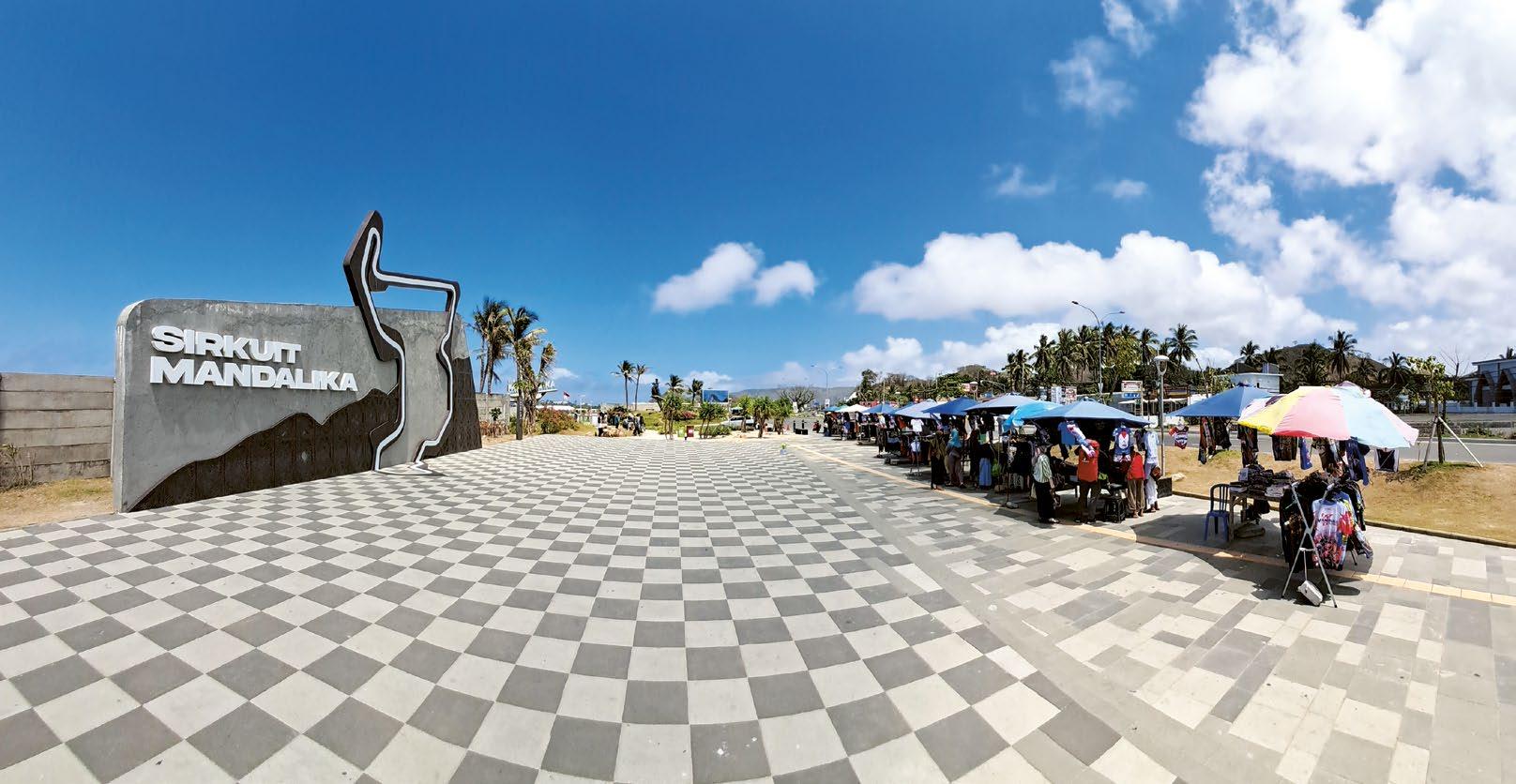
Senggigi Map
Senggigi & The West Coast
Page 22 - 24 Bondjeroek Culture Festival 2025
Page 28 & 30 Spend Time in Sembalun
Page 32 Distribution
Page 34 & 35
Exciting Revamp
Page 36-40 The Cities
Page 41
The Cities Map
Page 42 Useful Contacts
Page 43-50
Page 48
Page 51
Page 52-57
Kuta & The South Coast
Kuta Map
South Lombok Map
The Southwest
Page 2 & 4
Page 6
Page 8 - 18
Page 19
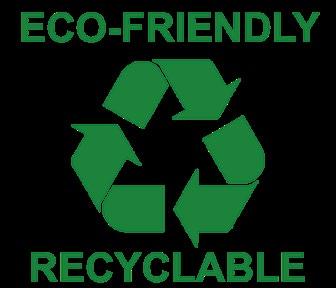
Getting to the Gilis
The Gilis Map
The Gilis, Lombok's Three Iconic Islands
Gili Islands Fast Facts
Page 20 & 21 Planning Your Gili Getaway
Page 22 & 23 Best in the Gilis
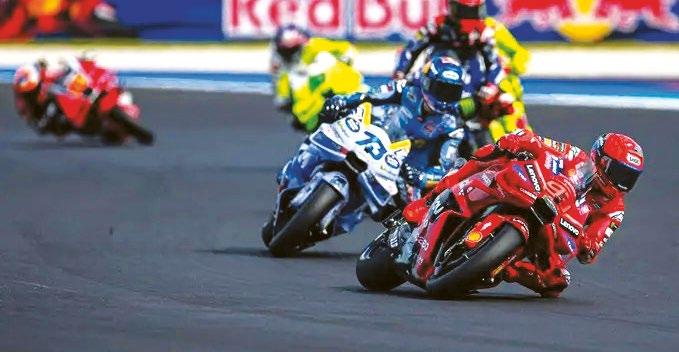
The Lombok Guide is committed to sustainability, printed on eco-friendly paper instead of glossy, laminated stock.
While glossy magazines may look sleek, their plasticcoated pages are difficult to recycle and take decades to break down in the environment. Laminated finishes are made with petroleum-based plastics that slowly fragment into microplastics, which persist in soil and waterways, harming ecosystems and wildlife.
By choosing recyclable, biodegradable materials, we reduce waste and keep harmful plastics out of the environment – because exploring Lombok shouldn’t come at the planet’s expense.
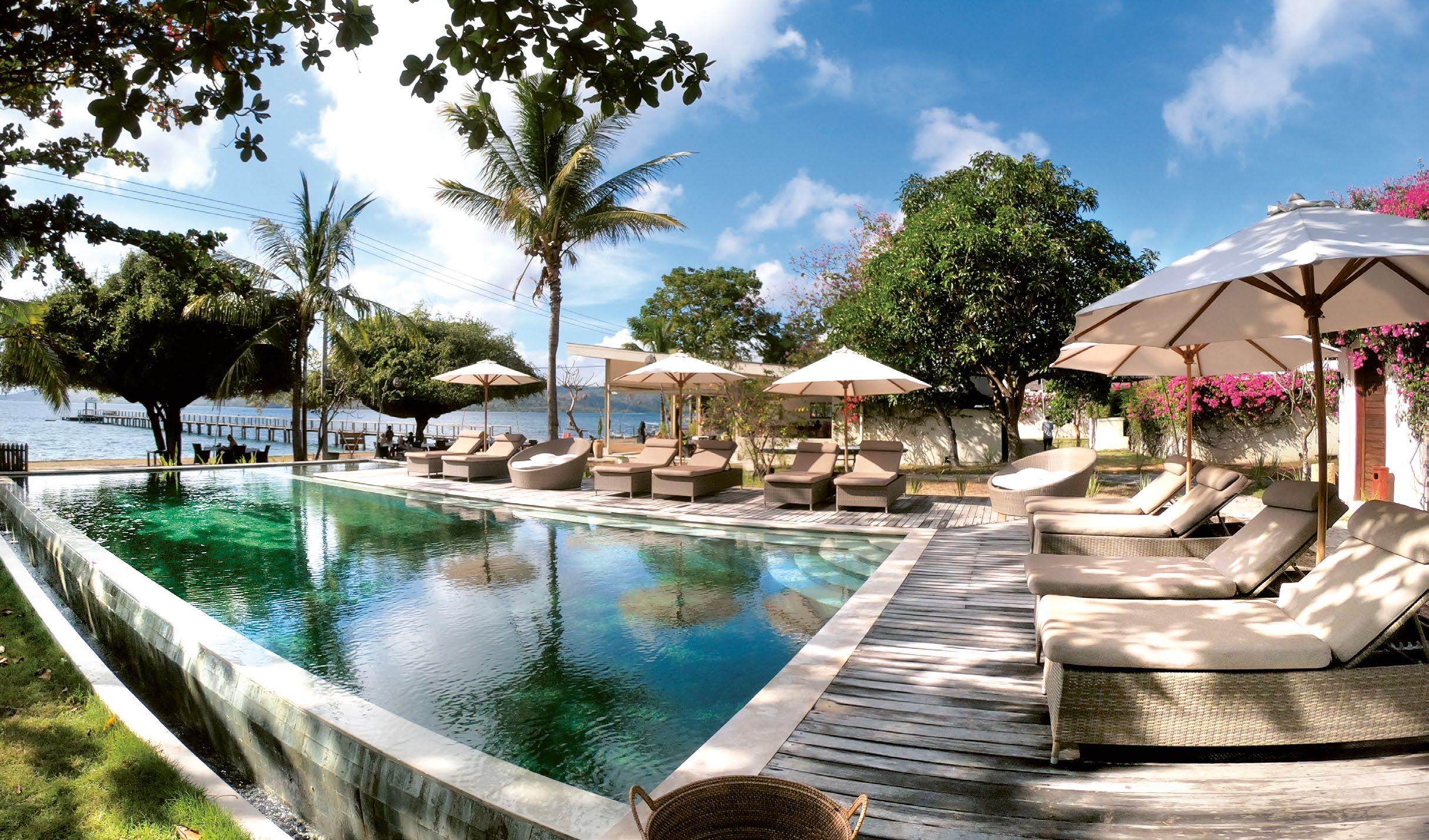

k o - k o - m o
5-star Luxury in Southwest Lombok
Escape to the tranquility of Gili Gede - Gateway to the Southwest Gilis
Stay in luxurious one- and two-bedroom air conditioned villas with private swimming pools or an absolute beachfront bungalow.
Enjoy all day dining at our romantic beachfront restaurant and bar.
Activities include:
• Pure poolside relaxation
• Healing Sasak massages
• A round of tennis, workout in the gym, or choice of water sports
• Island hopping including a secluded island picnic
Get there fast, then take it slow... with easy fast boat transfers from Bali, Gili Trawangan and Lombok direct to our private jetty
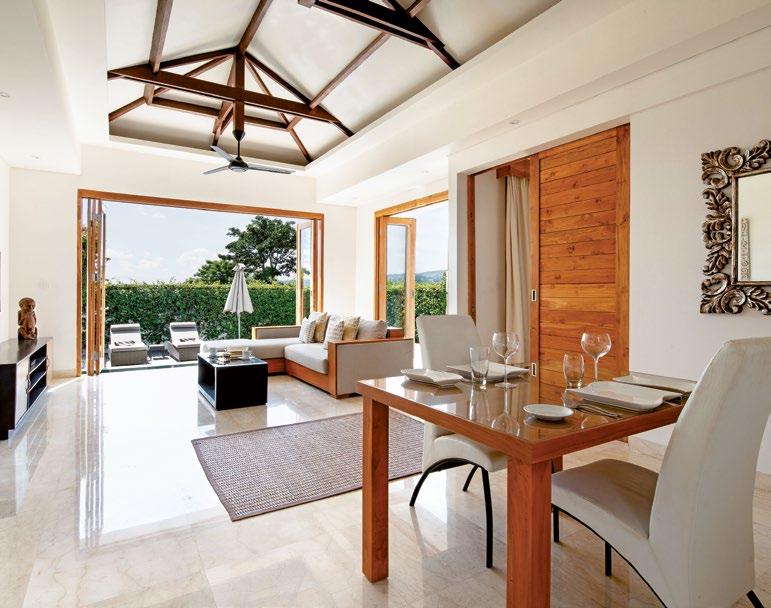
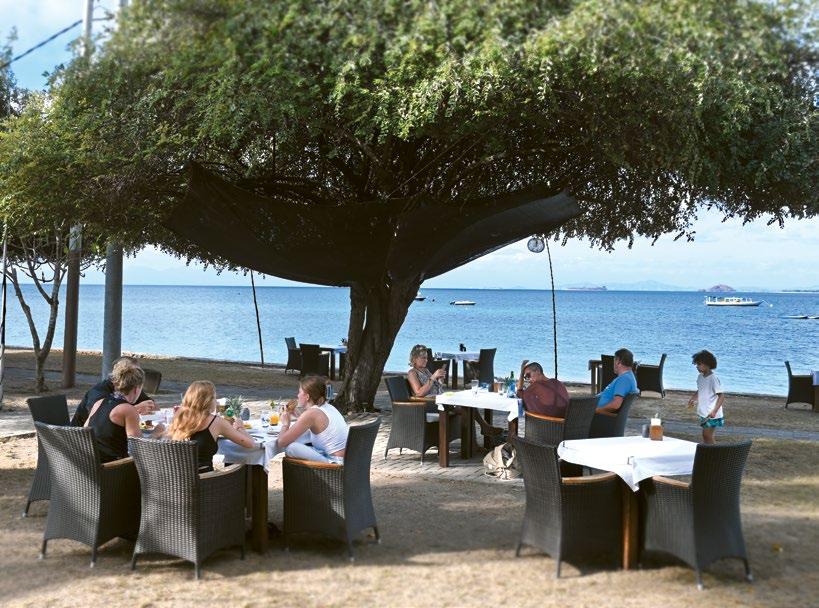
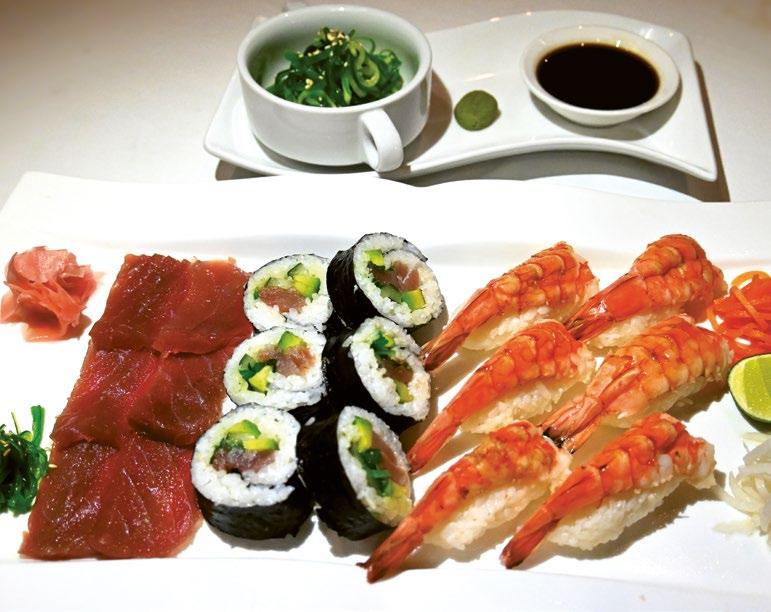

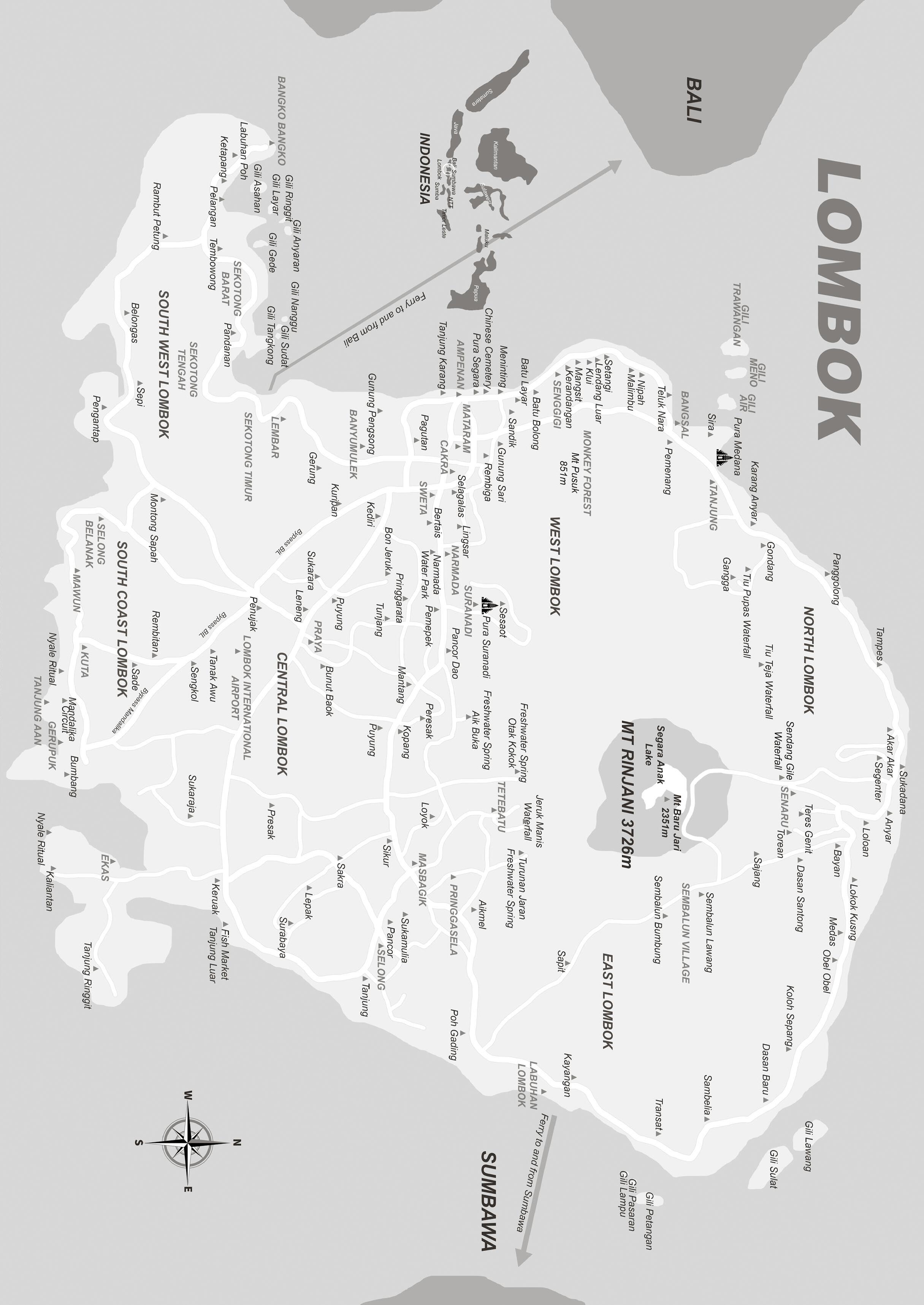

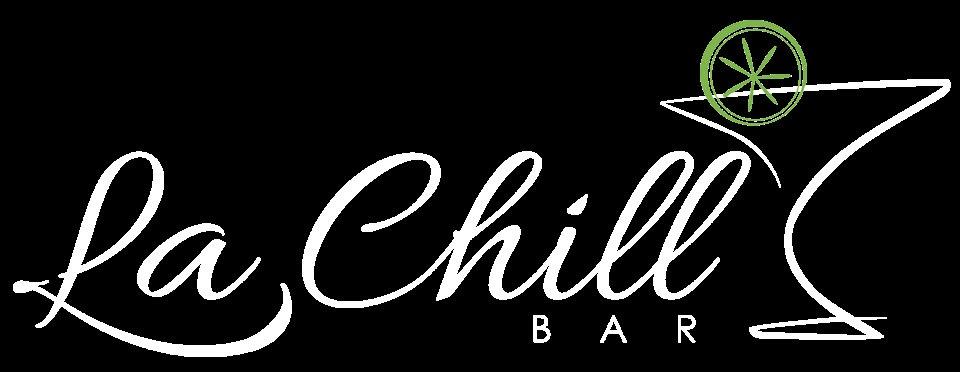

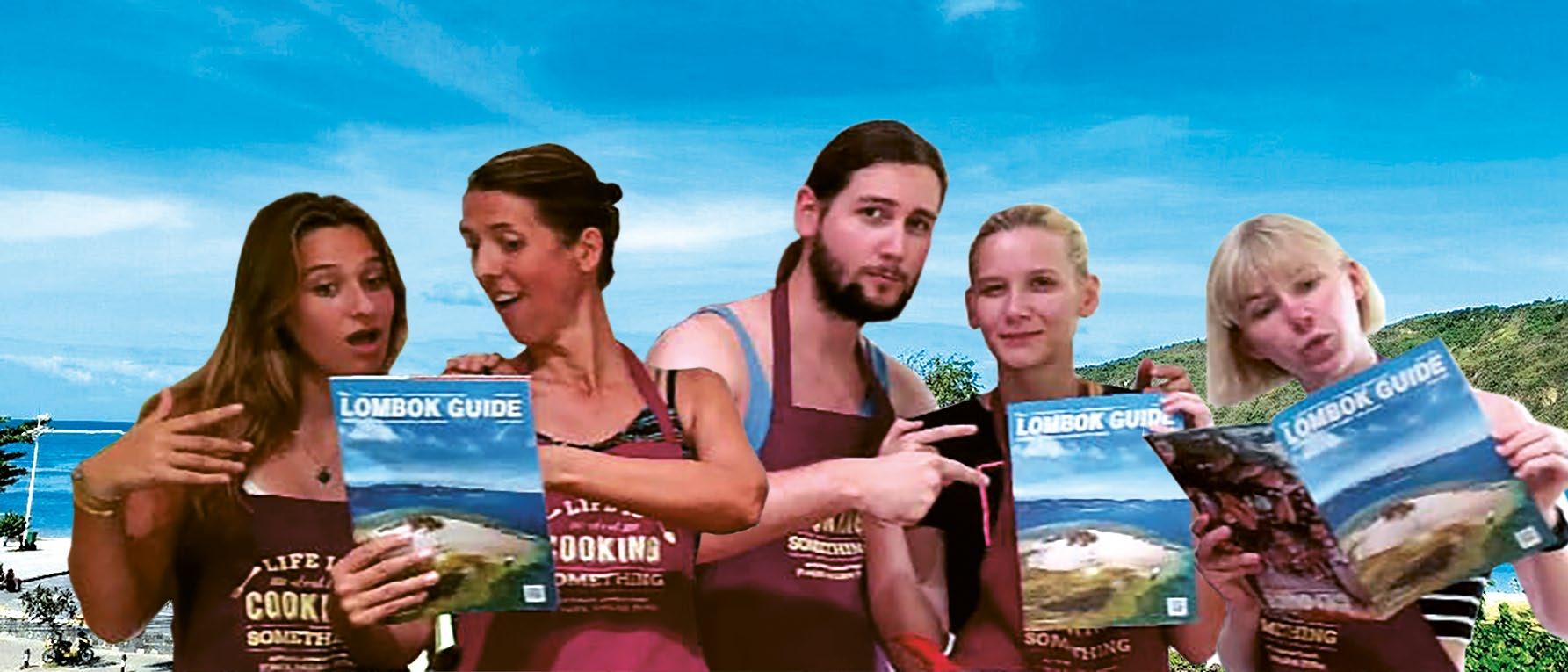
handles domestic flights between Bali, Jakarta and other Indonesian cities, and international flights to and from Singapore and Kuala Lumpur.
Getting to the Airport: Lombok Taxi (Blue Bird) is the most convenient taxi operator throughout Lombok and will drop passengers directly in front of the departure terminal.
Otherwise, book an airport transfer through your hotel, or a private car and driver service. There is ample parking at the airport and cars can be left overnight.
From the Airport: taxis and private cars are available to meet all arriving flights. After collecting your baggage, head out of the exit doors of the terminal and through to the arrival hall.
There are official taxi counters inside the arrival hall that will allocate you a fixed price taxi to most destinations.
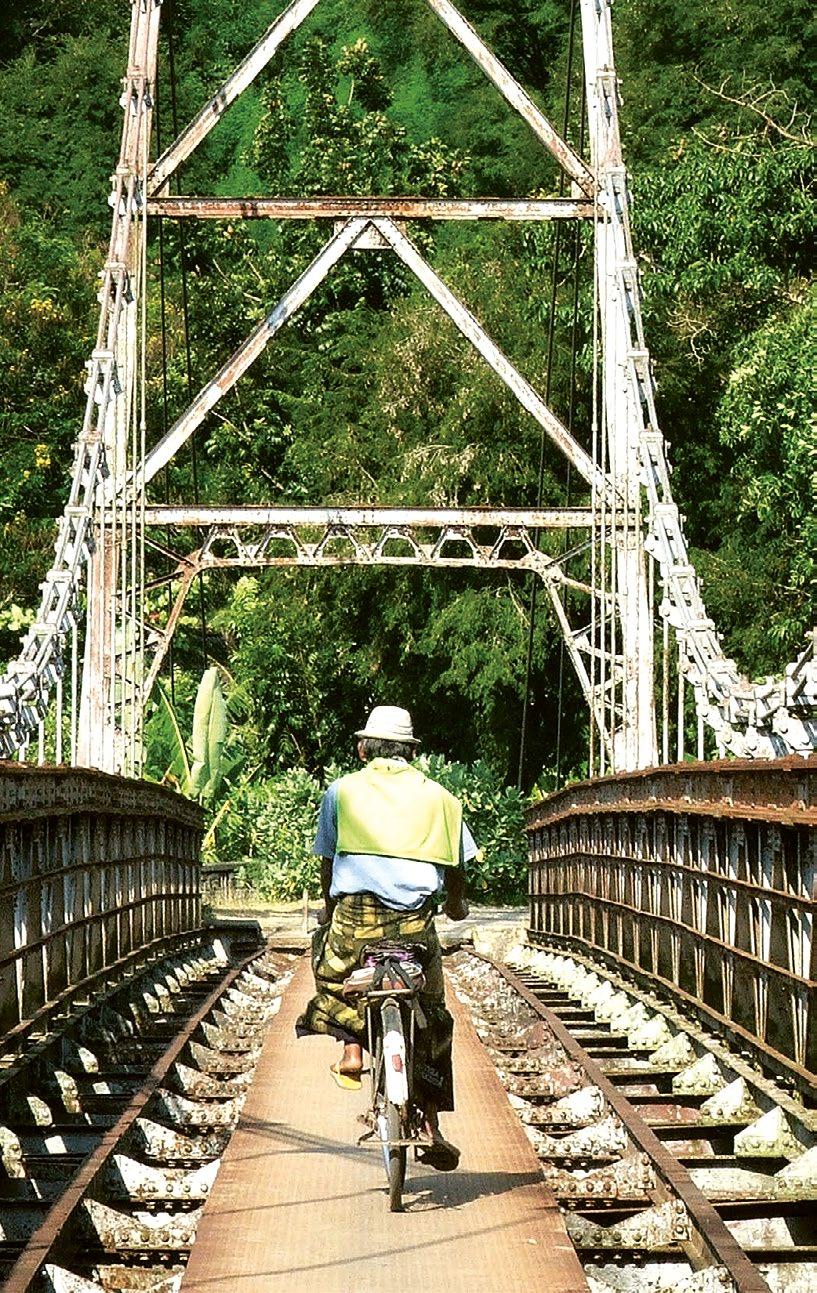
Bluebird Taxi have a limited number of taxis licensed to operate from the airport. Book at the Bluebird counter or walk outside to the parking lot on the left and catch a metered taxi to your destination.
Golden Bird Taxi is the premium branch of Blue Bird and offers regular taxis, limousine and car rental. Look for their desk in the arrival hall or WA 0859 5462 7000.
There are also many private drivers waiting to offer rides to anywhere on the island. This is a good option if you are in a group or have a lot of luggage or sports equipment, such as surf boards. Negotiate a fixed price before you get in the vehicle.
Organising an airport transfer with your hotel is often the easiest option, with the hotel driver meeting you on arrival and transferring you to your hotel in airconditioned comfort. Check with your hotel – charges are usually only slightly more than a taxi.
Approximate taxi fares: Kuta Rp 150k; Selong Belanak Rp 250k; Sekotong Rp
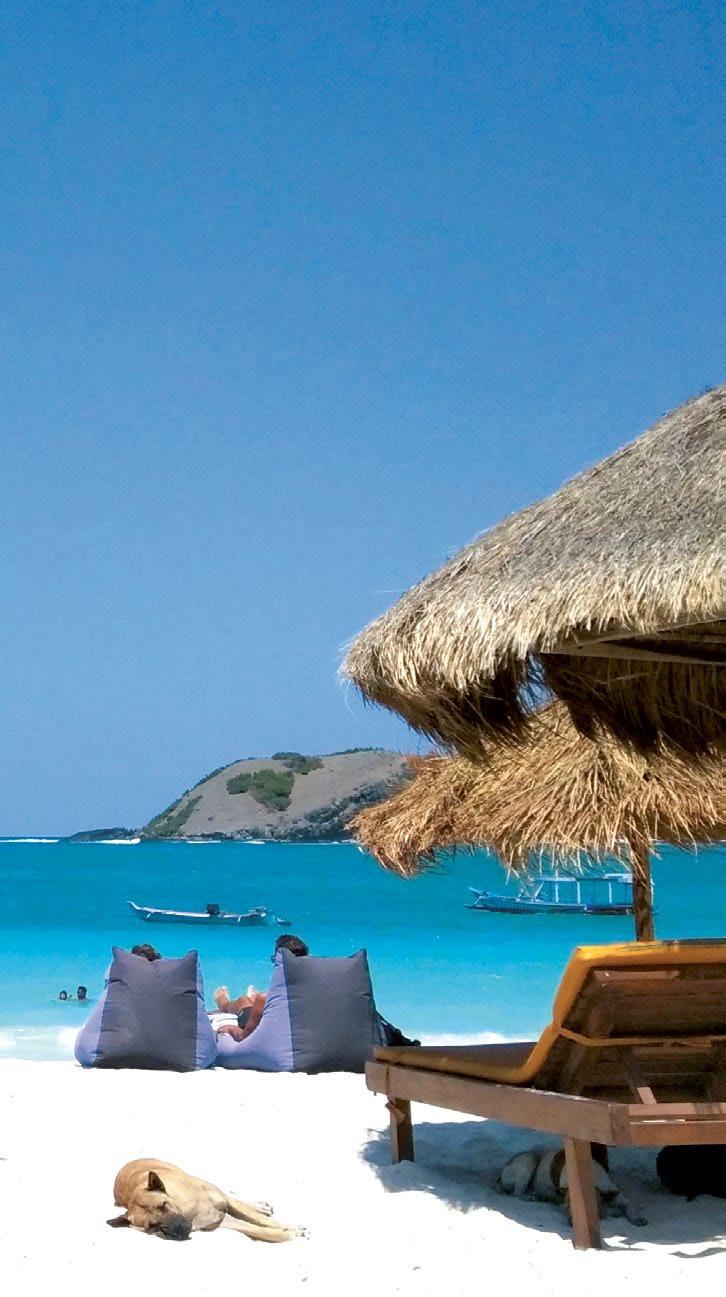
Car rental kiosks are located at the arrival terminal and are open from 7am until 10pm daily.
For low-cost airport transfers, the public DAMRI bus is the cheapest way to travel between the airport and Senggigi and Mataram. The air-conditioned buses seat around 40 passengers and operate a regular schedule of departures from 7am to 5pm every day. Buses to Mataram leave every hour and cost Rp 25,000. Buses to Senggigi leave every 90 minutes and cost Rp 35,000.
The DAMRI counter is located inside the arrival hall and prices are clearly shown on sign board at the counter. The helpful drivers tend to stop at popular points along the route. If you need to stop at a certain point, let the driver know and he will usually accommodate your request.
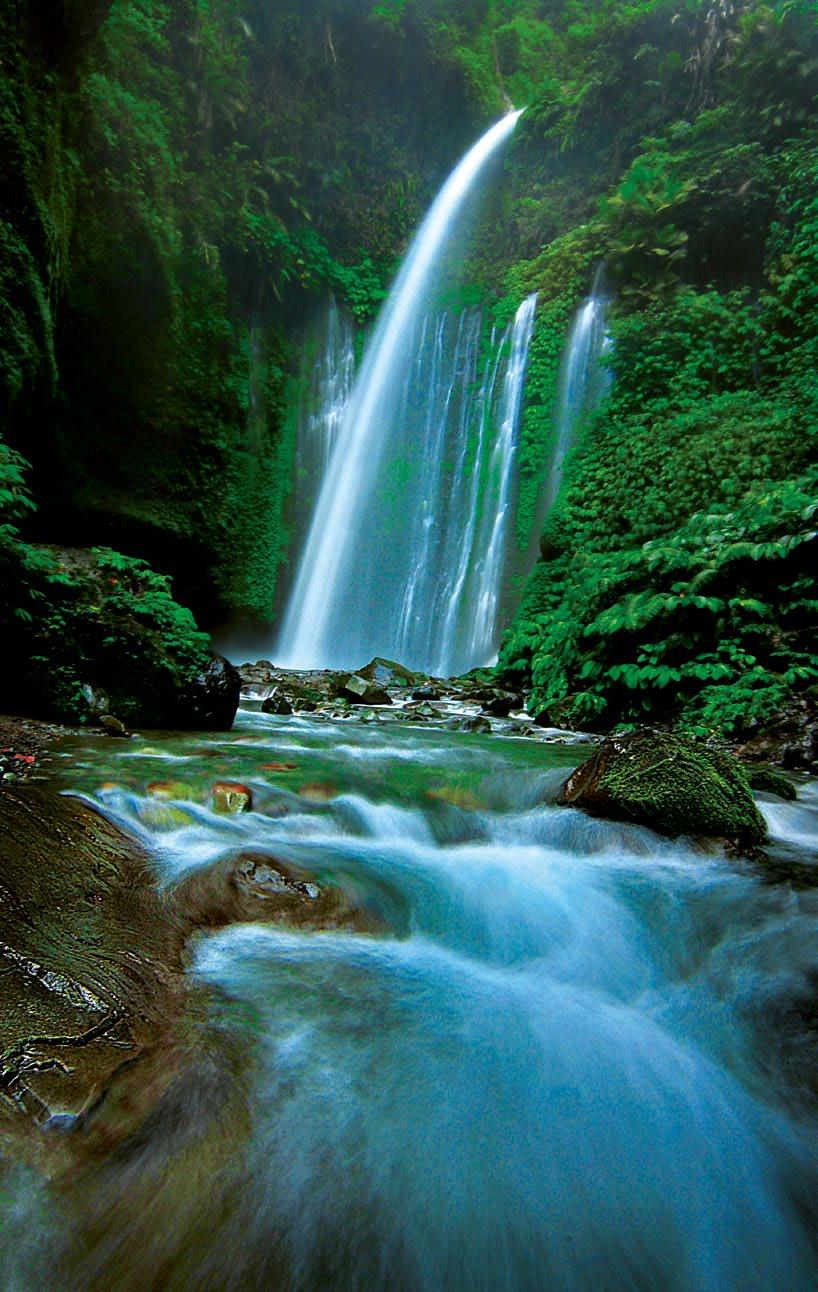
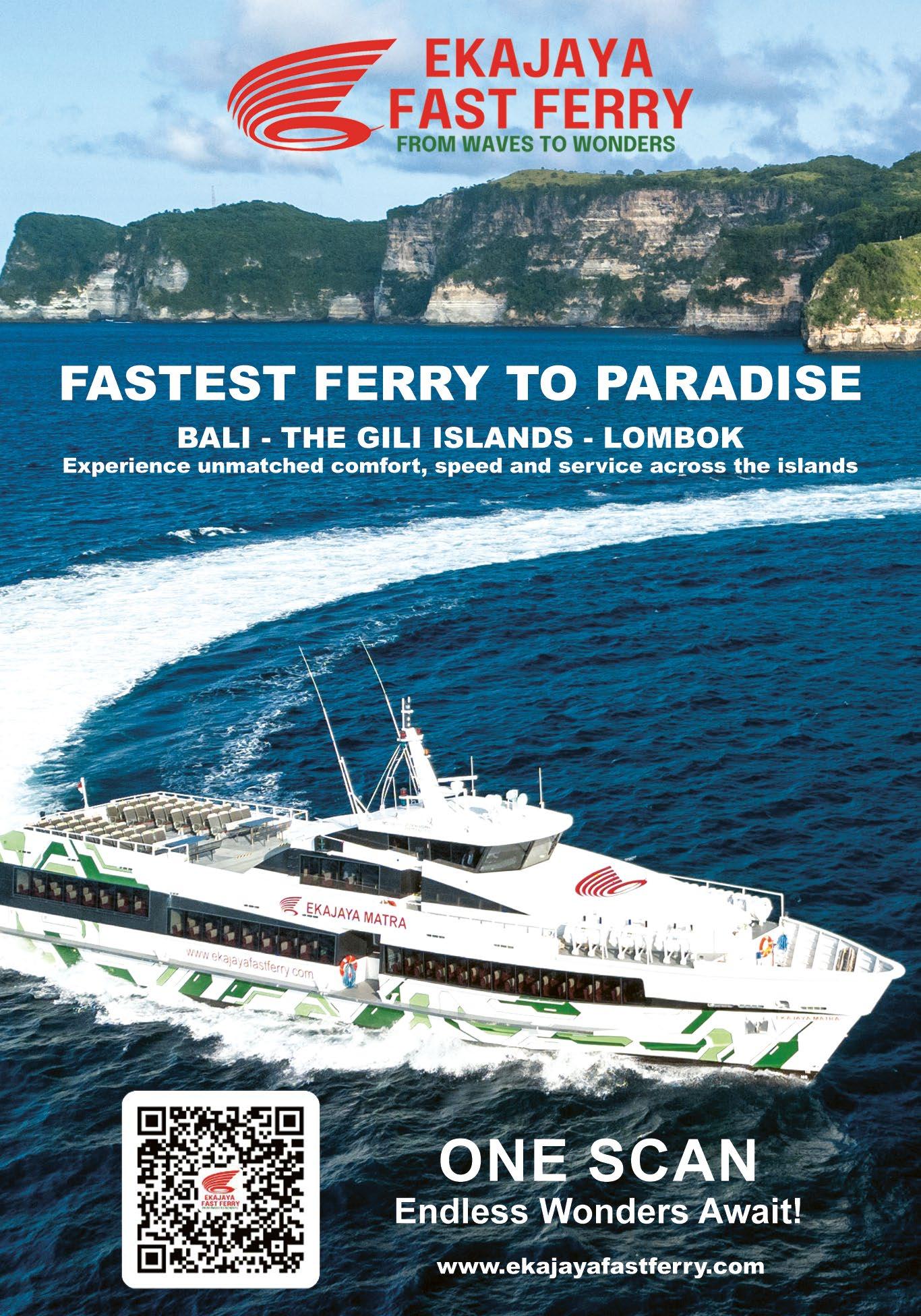

Continued from Page 8
Around Lombok: Lombok is easy to get around. The roads are in good condition and there is little traffic, apart from in the cities.
The island itself is only slightly smaller than Bali at 115km (70 miles) long and 80km (50 miles) wide; however, it is not practical to drive around Lombok in one day.
Taxis are easily available in most areas on Lombok apart from Kuta, Lombok. Unlike in other areas of Asia, all taxis use their meters (argo) to calculate fares, so there is no need to haggle a price.
Lombok Taxi (operated by Blue Bird Taxi, light blue colour) is the largest company in Lombok and you will find them in the cities and around tourist areas such as Senggigi. Express Taksi (white cars) are also available, mainly in the cities.
Taxis can be used to make trips to Kuta or Lembar and Bangsal Harbours and, if you are shopping or making day trips by taxi, ask the driver to wait and leave the meter running. Fares are still very low compared to those in the west. Short trips around Senggigi will cost around Rp 25,000; a taxi from Senggigi to Mataram is around Rp 100,000.
Phone for a taxi or ask your hotel to phone, or flag one down from the side of the road. Make sure the driver starts the meter when you get in.

Download the “My Blue Bird” app to book taxis easily. The app is also handy for calculating distances and fares when planning trips and the fare will give you a general idea of the rate you should be negotiating with a private driver.
Lombok Taxi (Blue Bird), ph: 0370 627 000 (or download the ‘My Blue Bird’ App from Google Play, iTunes, or from the Blue Bird Group website). www.bluebirdgroup.com
Gojek and Grab also operate in most areas of Lombok (apart from Kuta on the south coast). Download the apps for easy transport options via car or motorbike.
Motorbikes are the most popular form of transport and are generally small, light 110 - 125cc motorbikes with automatic transmission. Modern and economical scooters, such as a Honda Vario, are easy to ride. Expect to pay between Rp 60 - 80,000 per day for motorbike rental, depending on age and type. Both require an international drivers’ licence.
Do wear a helmet and appropriate shoes when riding a motorbike and don’t decide that Lombok is the place to learn to ride! Apart from the dangers from other riders and a general disregard for road rules, there can be unexpected hazards such as dogs, chickens, cows and children running into the road.
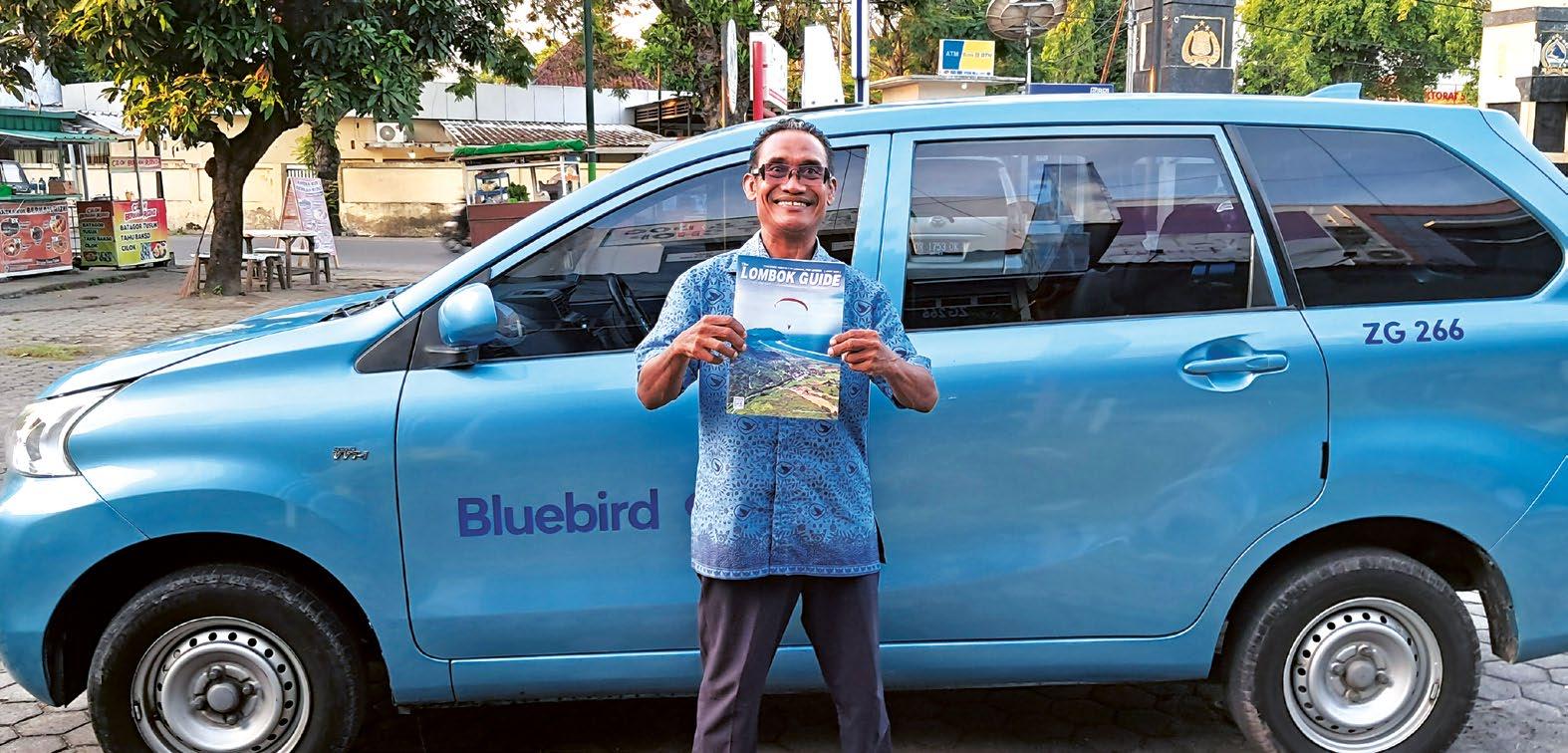
Note that taxis can drop off guests in Kuta but cannot pick up from Kuta. If you are staying in Kuta, the best options are to ride a motorbike or hire a car and driver.
Cars and Motorbikes can be hired in Lombok and driving yourself is easy. Cars drive on the left-hand side of the road (as in the UK).
Car hire can be arranged at the airport and car rental companies in Mataram. However, self-drive car hire isn’t popular in Lombok and most will include a driver. Modern, air-conditioned cars that comfortably seat 4 - 5 people with a driver can be hired for between Rp 600 - 700,000 per day, including petrol and basic insurance.
A private car and driver can be arranged in all the tourism areas, either through your hotel or from talking to the drivers that hang around on the streets looking for customers.
Negotiate a price and what is included in the rate (petrol, duration of hire, waiting time, entrance fees if you are visiting attractions, etc). It’s easy to arrange transport this way, whether for a short trip to a restaurant or a full day of exploring.
Tours are readily available in all the tourist areas, and drivers and guides are licensed by the local Kotasi (tour organisation), who also regulate prices in the industry.
Most tour operators are reliable and will have a wealth of local knowledge, which can make touring a more rewarding experience. It is also the most comfortable way to explore the island, as you have time to sit back and observe, rather than negotiating traffic and unfamiliar roads.
Popular tours, such as day trips to waterfalls or traditional villages, are structured to take in a full day of sightseeing with stops at other points of interest along the way. Tours range between Rp 350 -700,000 a day for a driver and an air-conditioned vehicle for up to 4 passengers, depending on distances and the number of places visited.
* Prices are approximate. Expect to pay higher prices during peak seasons.
Useful Tip: WhatsApp is the most popular messaging service in Indonesia. Download the app to your phone for convenient messaging and phone calls to Lombok businesses wherever there is internet available.
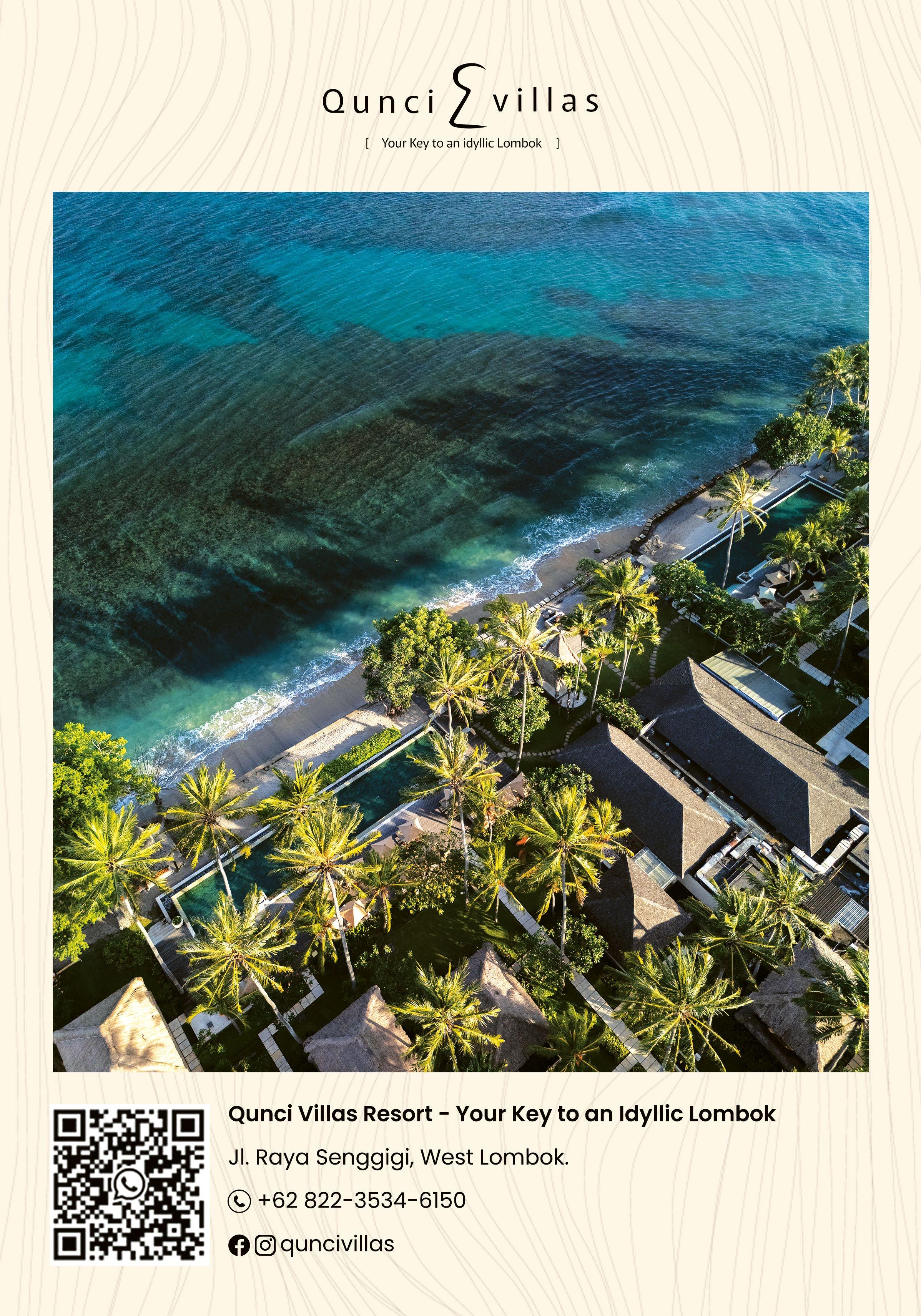

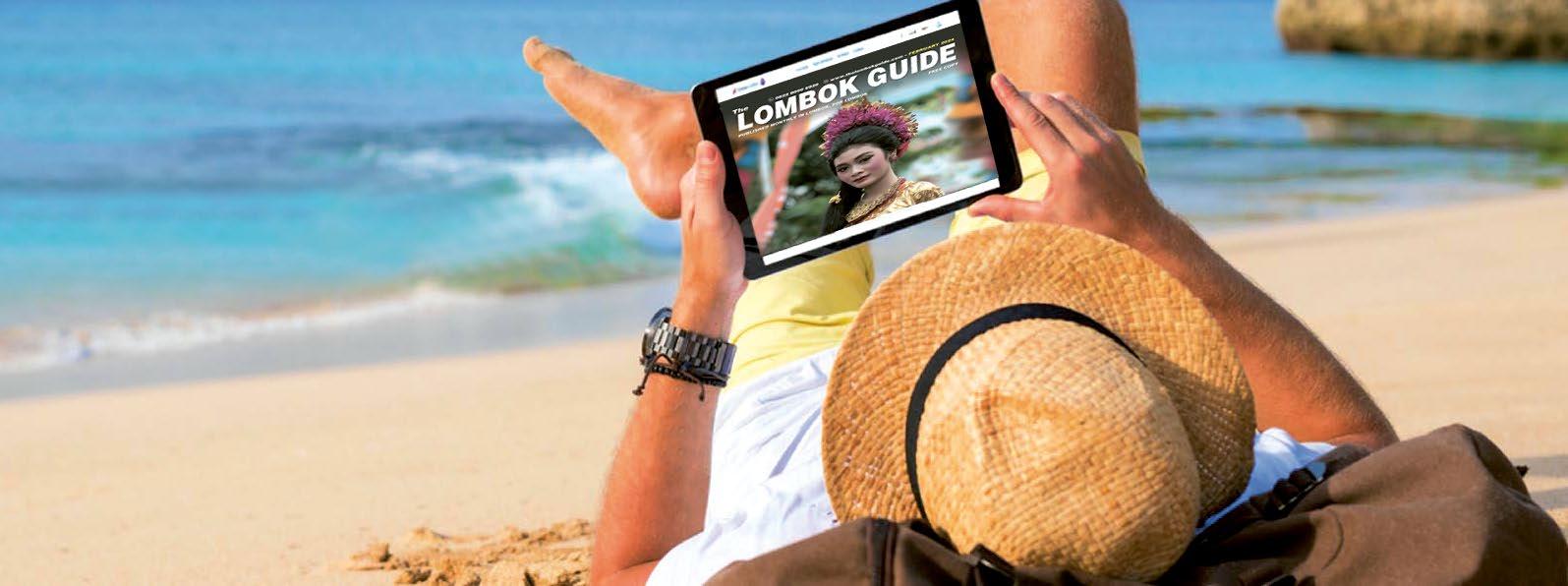
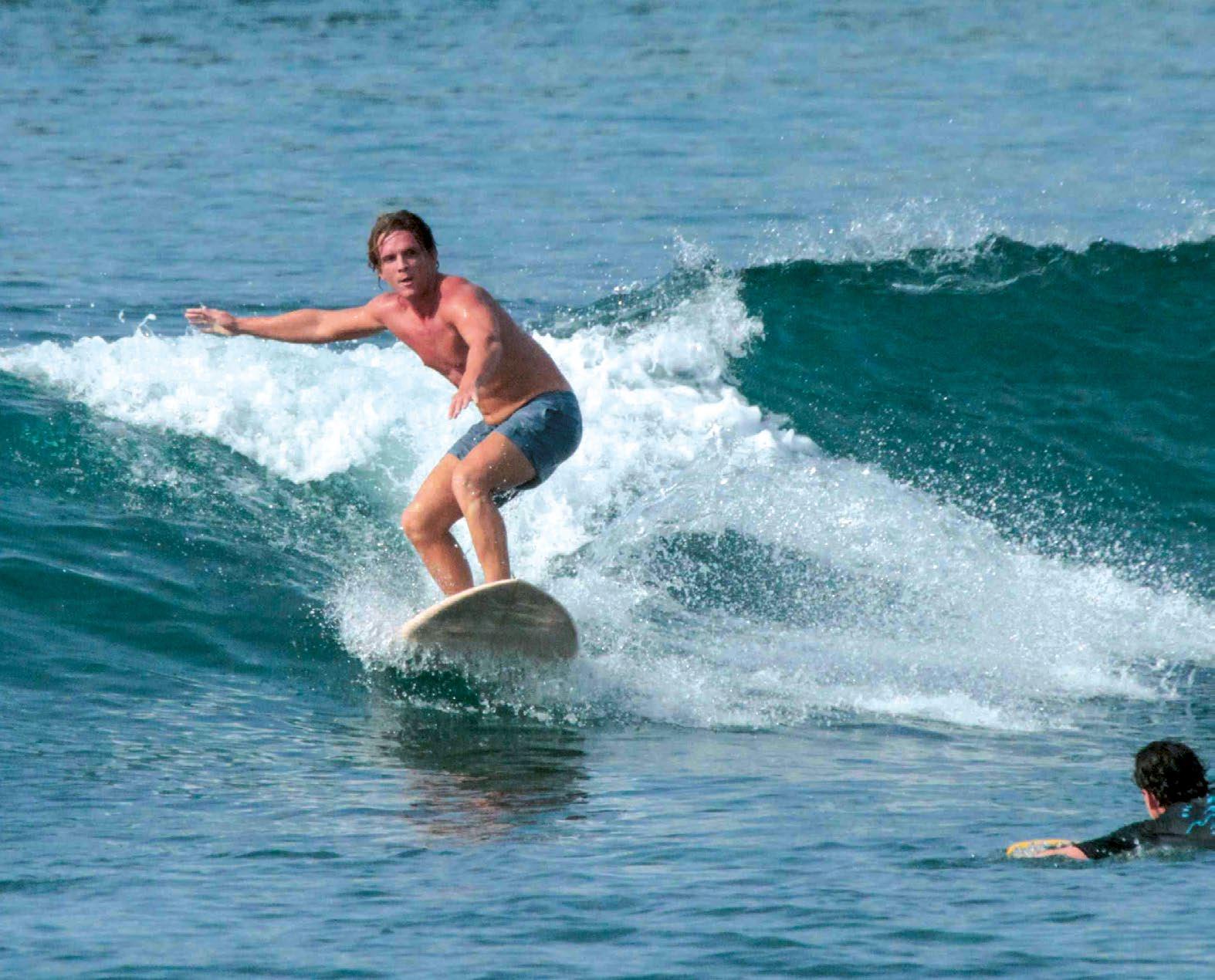
Lombok is a world-renown surfing heaven amongst surf enthusiasts world-wide and, more than any other island in Indonesia, Lombok offers year-round surf, with peak months between April and October. Even in the wet season, warm waters and uncrowded waves await.
Kuta, on the south coast, is surf-central and has a range of accommodations and facilities especially for surfers. Here you can hire a board, get board repairs and take surf lessons from the professionals. To take your surfing experience to the next level, join one of the many surf camps and retreats available year-round.
Beginners and intermediate surfers should head to the steady, consistent waves found in the south at Selong Belanak. There are a number of places on the beach that hire boards by the hour and surf coaches patiently instruct beginners on the art of surfing.
The waves at Gerupuk and Tanjung Aan offer a variety of challenges from beginners to sheer madness! Tanjung Aan has consistent surf all year round, while Gerupuk has five surf breaks and is suitable for all levels.
Ekas Bay has two surf breaks: Inside Ekas and Outside Ekas with waves suitable for beginners to experts, depending on the season.
West from Kuta, you’ll find surf at Mawi, Are Guling, Tampah and more. Make friends with the locals to find more hidden surfing gems!
Huge waves and challenging surf lure die-hards to Bangko-Bangko (also known as Desert Point) on the south-western tip of Lombok. Only for the experienced and brave, Desert Point is regarded as one of the best waves in the world!
At certain times of the year when conditions are right, you’ll also find locals
surfing the breaks at Senggigi and Mangsit Beach, and off Gili Air and Gili Trawangan. Lombok is an island that loves to surf!
For those who don’t mind getting down and dirty, why not sign up for a day riding a motocross bike around southern Lombok? The best off-road tracks can be found close to Kuta, with a range of companies all providing equipment, and some even offering island tours of up to seven days.
A typical day of dirt biking includes pick up from your hotel, getting comfortable on the bikes and riding three tracks in the morning, before stopping for lunch. The afternoon flies by in a whirlwind tour of exhilaration along hidden tracks before being dropped off back at your hotel in the late afternoon.
From beach routes to jungle treks to steep hill climbs, there is a dirt-bike tour or trail to suit everyone’s tastes and skill level.
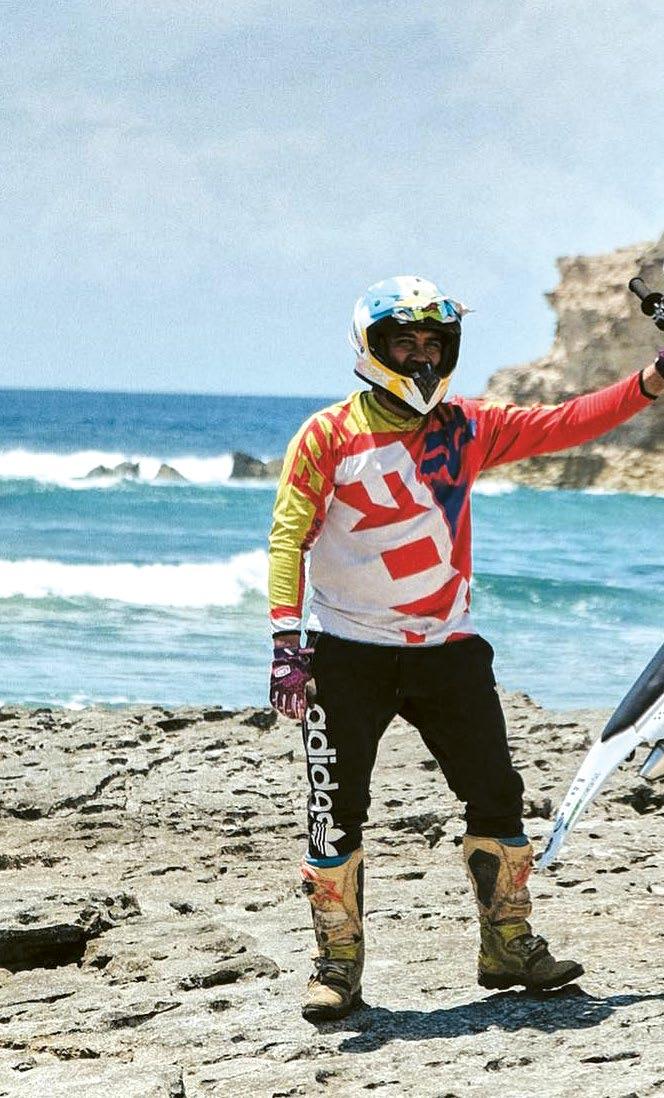
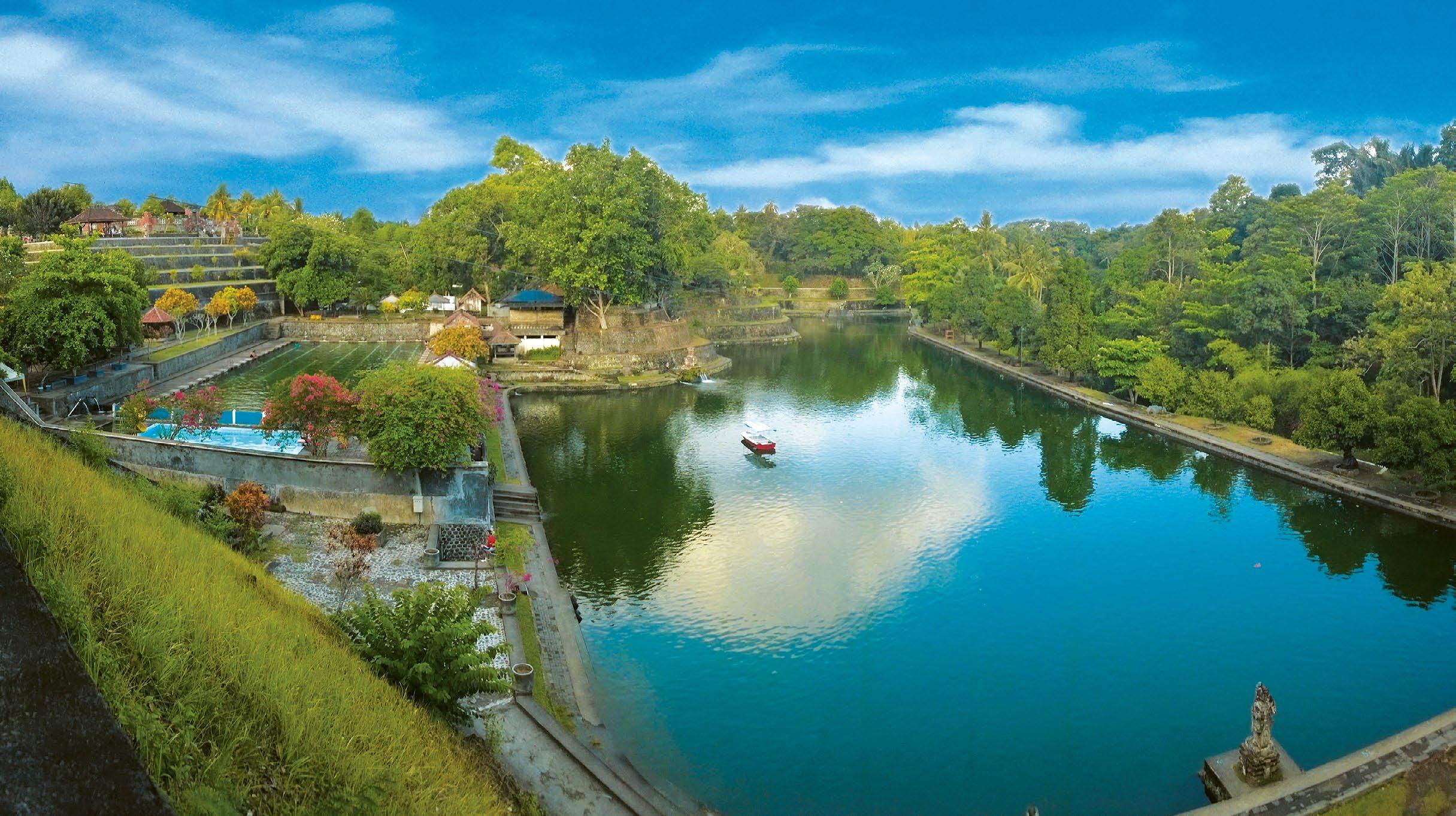
There are a number of interesting temples around the west coast, many of which are Hindu or ancient animist sites of worship. A trip through the areas of Lingsar and Narmada is a delightful way to spend the day, passing through scenic rural villages where fields of rice and many varieties of fruits are grown amongst the green hills and valleys.
Stop to purchase fresh mangosteen (manggis), mandarins (jeruk), rambutan and other exotic fruits along the way. Visit a local café (warung) for lunch or enjoy freshly grilled fish as you sit beside the stream-fed fish ponds in a lesehan.
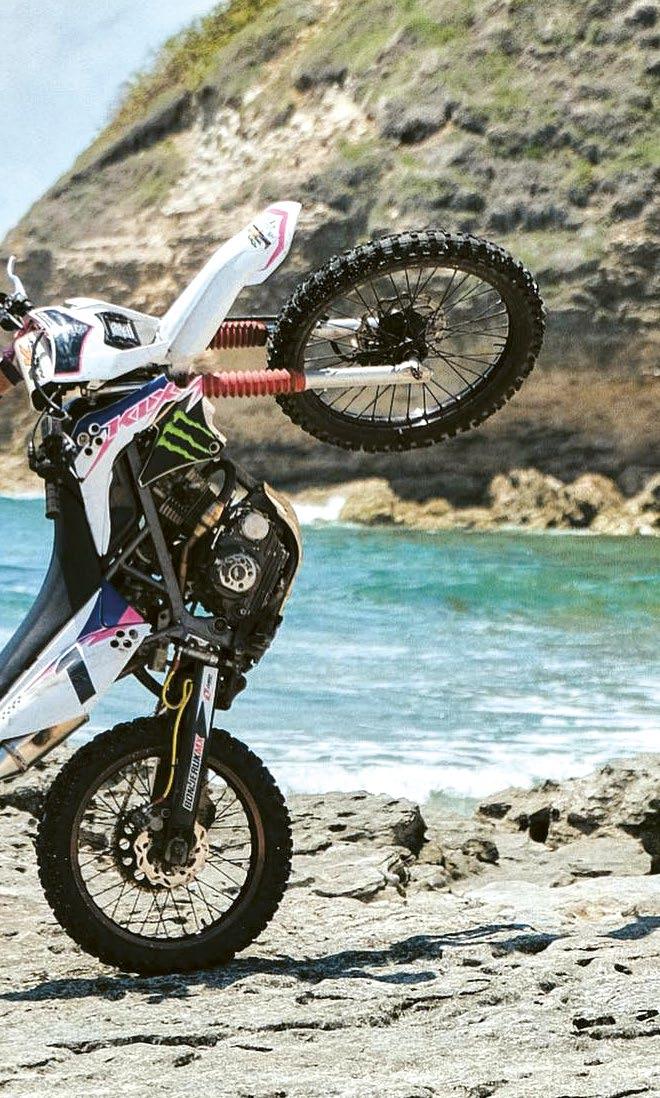
You must wear a sash to enter the temples but these are provided at the entrance. Please dress modestly. Most admission to the temples is by donation.
Pura Lingsar, located around ten kilometres northwest of Mataram, is possibly the only place in the world where Hindus and Moslems come together to pray and celebrate.
Built around 1714, Pura Lingsar has been declared a cultural conservation site because of its unique history as a symbol of harmony between different cultural and religious groups.
Original animist statues can be seen at the entrance to the upper compound, which houses the Hindu Gaduh and Pura Ulon temples; a peaceful courtyard entered through a gate guarded by the ancient statues.
Freshwater eels live in the springs here and are considered to be sacred. If you wish to see the huge eels, said to be decades old, a temple priest or guide will accompany you and feed them hard-boiled eggs, purchased at nearby stands.
Perang Topat is an annual festival held at Lingsar and features a ritualised war with rice cakes, which also serve as an offering to the Gods.
Taman Narmada (or Narmada Park) in Narmada (around 6 km east of Cakranegara), was created in the late 1800’s as a replica of Gunung Rinjani and its crater lake.
The gardens at Narmada are beautifully maintained and surround the pools and
lake in this cool hillside setting. Take a picnic and enjoy a few relaxing hours here or combine the trip with a visit to Lingsar or Suranadi.
Pura Suranadi, a complex of three temples located a few kilometres north of Narmada in Suranadi, is the oldest and holiest of the Balinese temples in Lombok, founded in the 16th-century.
Underground streams bubble up into restored baths, used for ritual bathing. Huge sacred eels live in the pools and streams here, and can sometimes be lured out with an offering of boiled eggs (purchased at a nearby stall). To see a sacred eel is considered very lucky!
Across the road from the temple is a local market complex where you can sample tasty charcoal grilled satays and buy cold drinks and fresh seasonal fruits.
*** Getting around Lombok is easy by car or motorbike and you can hire these in all the main tourism areas, with an International Driver’s License. The roads are generally in good condition and traffic is light. Alternatively, hire a car and driver for exploring.
Or take part in the tours and day trips by the many tour agencies on the island offering these tours; just do an internet search for the title (e.g. “suring Lombok”, “dirt bikes Lombok”, etc.)

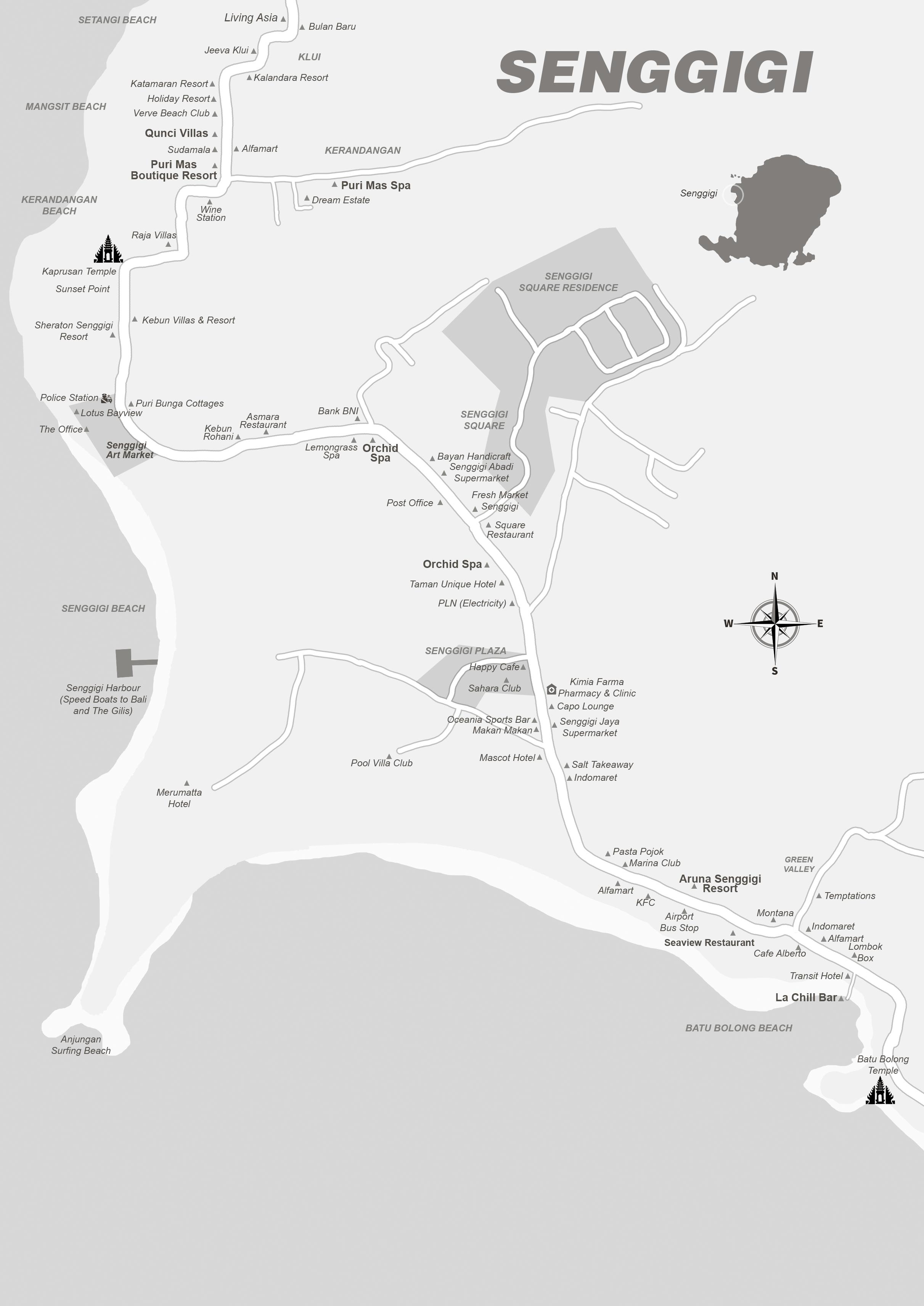
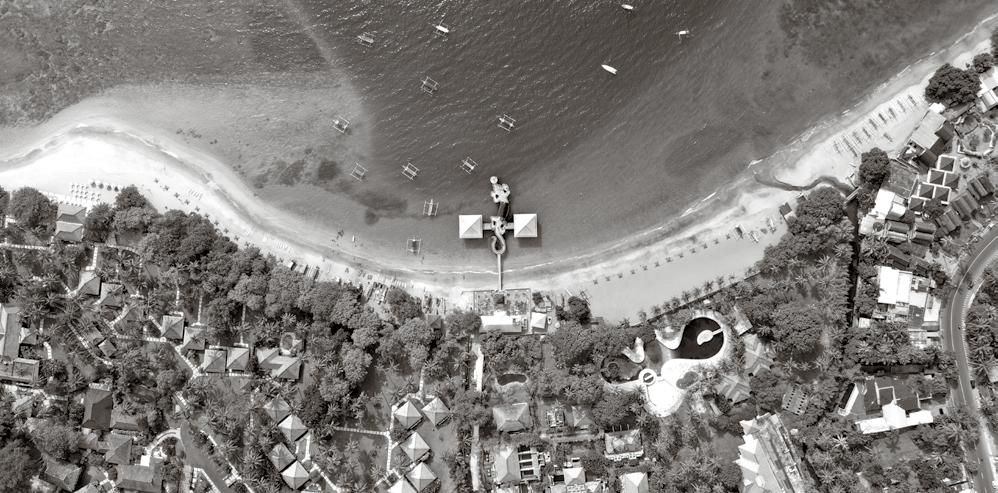
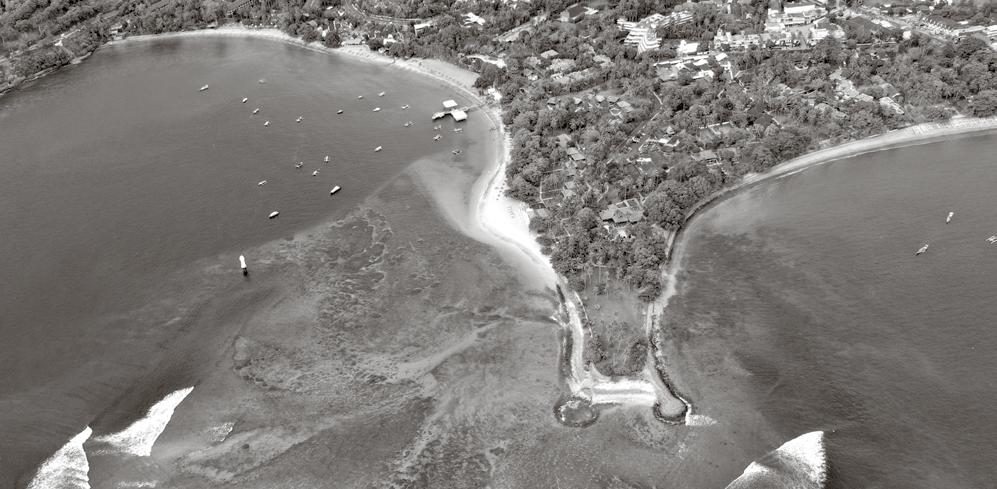

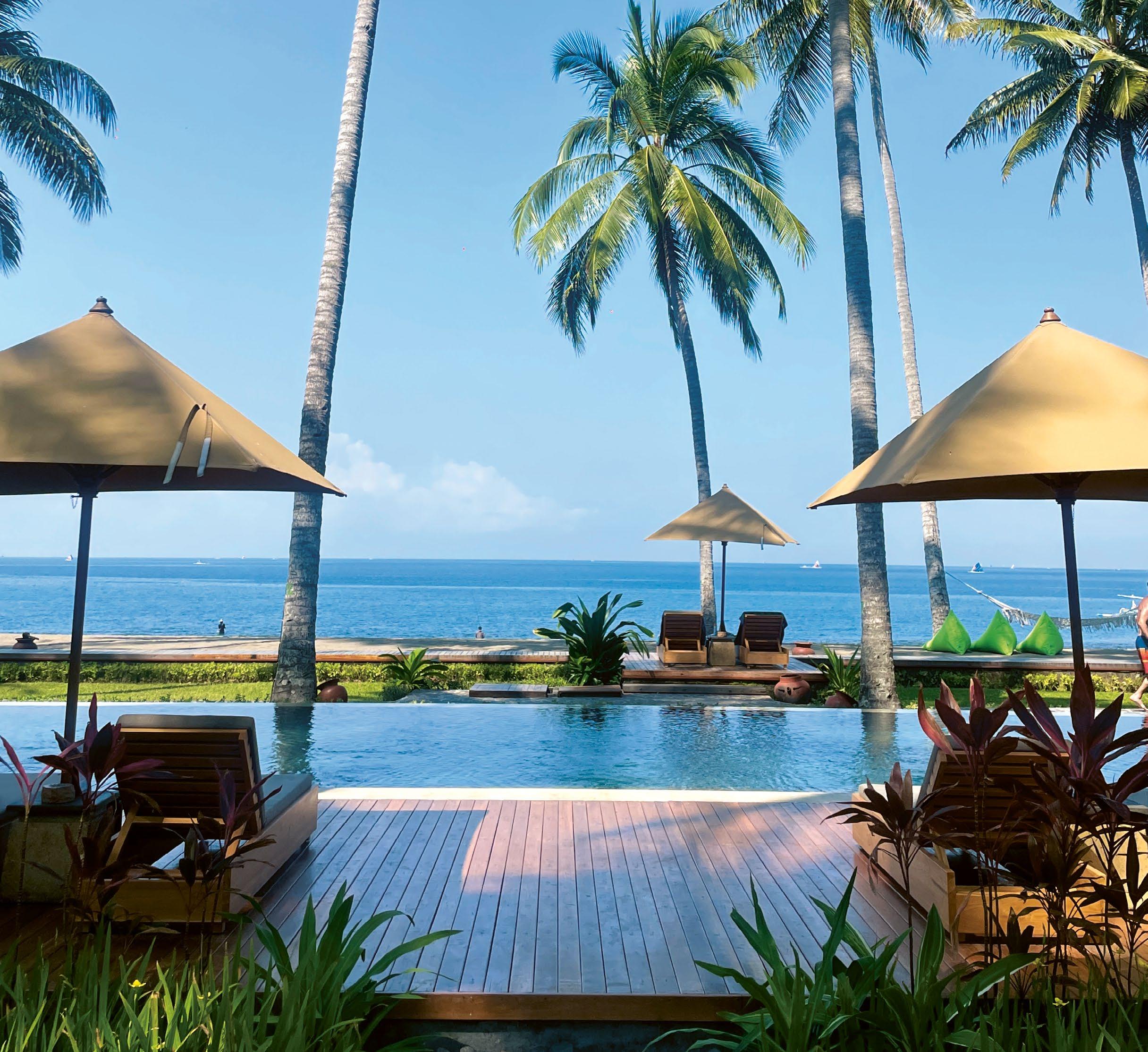
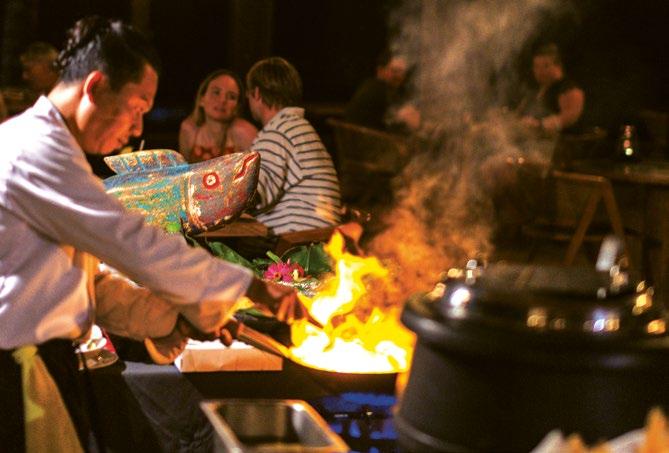
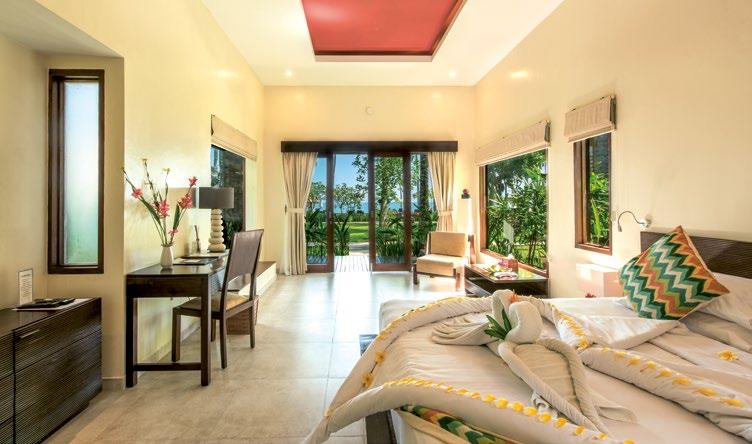
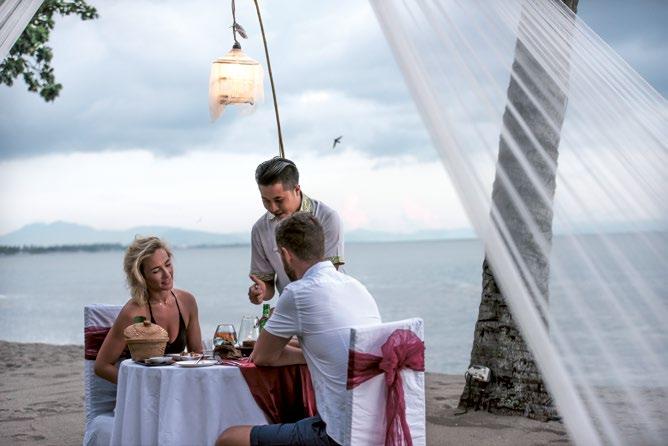
At our boutique resort, luxury is not just a promise, it's a way of life. Escape the ordinary, embreace the extraordinary, and find your own piece of paradise in Lombok
BBQ on the Beach
Every Wednesday and Saturday 7 - 11pm
Enjoy a feast of Fresh Fish and Seafood, Australian Steaks and much more, together with live acoustic music ! Only IDR 350k ++






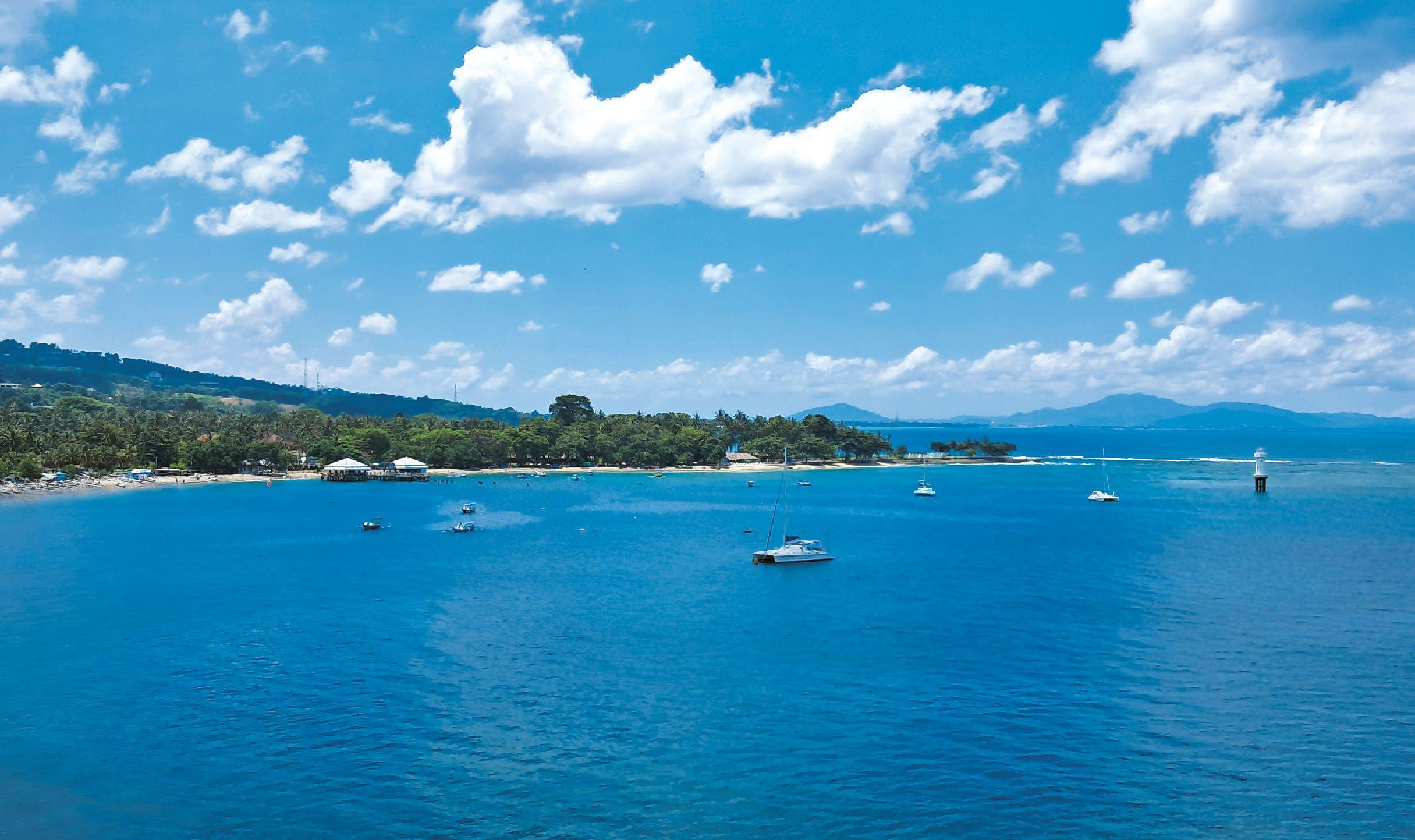
Beachfront dining and beach holidays are a feature of staying in Senggigi
Senggigi, with its strategic location on the West Coast, is not only a wonderful holiday destination but an ideal base for exploring the many attractions that Lombok offers.
Senggigi is the oldest established tourism area on Lombok and many of the hotels and resorts are set on expansive grounds along the beautiful beaches of the west coast. Beachfront dining and beach holidays are a feature of staying in Senggigi.
Its central location, around a one-hour drive northwest of Lombok International Airport, puts Senggigi within easy reach of many of the main attractions on the island.
The waterfalls, golf courses, Lombok Wildlife Park and other attractions in the north are only an hour or so drive away and Bangsal Harbour (the main harbour for catching boats to the Gilis) can be reached in less than an hour.
The historic attractions of Lingsar and Narmada, and Benang Stokel and Kelambu Waterfalls to the east, are around an hour’s drive from Senggigi, while the cities and shopping are less than an hour away.
Bluebird Taxis are readily available in Senggigi and the west coast, so getting around is easy. Download the app or ask your hotel to call a taxi for you.
The Senggigi tourism strip stretches for about 10km, starting a few kilometres before central Senggigi and running north along the coastal road, with many hotels and restaurants positioned along the beautiful beaches and hills that line the west coast.
A few kilometres south of Senggigi, The Hill (locally called The Bukit), is a residential community perched on the hillside in Batu Layar. The homes and villas here feature architectural designs
and have magnificent views over the ocean. Many are available for holiday rental.
Closer to Senggigi, Batu Bolong forms a strip between the historic Batu Bolong Temple and the southern gateway to Senggigi. The beach is lined with small hotels, bars and restaurants and the centre of town is only minutes away.
Pura Batu Bolong (literally meaning “rock with a hole”), is an interesting Hindu temple on a cliff facing Bali across the Lombok Strait. Built on a large rocky outcrop with a hole at the base, from which the temple takes its name, it is said that virgins were once sacrificed to the sea from the seat-like rock at the outermost point.
Continued on Page 18
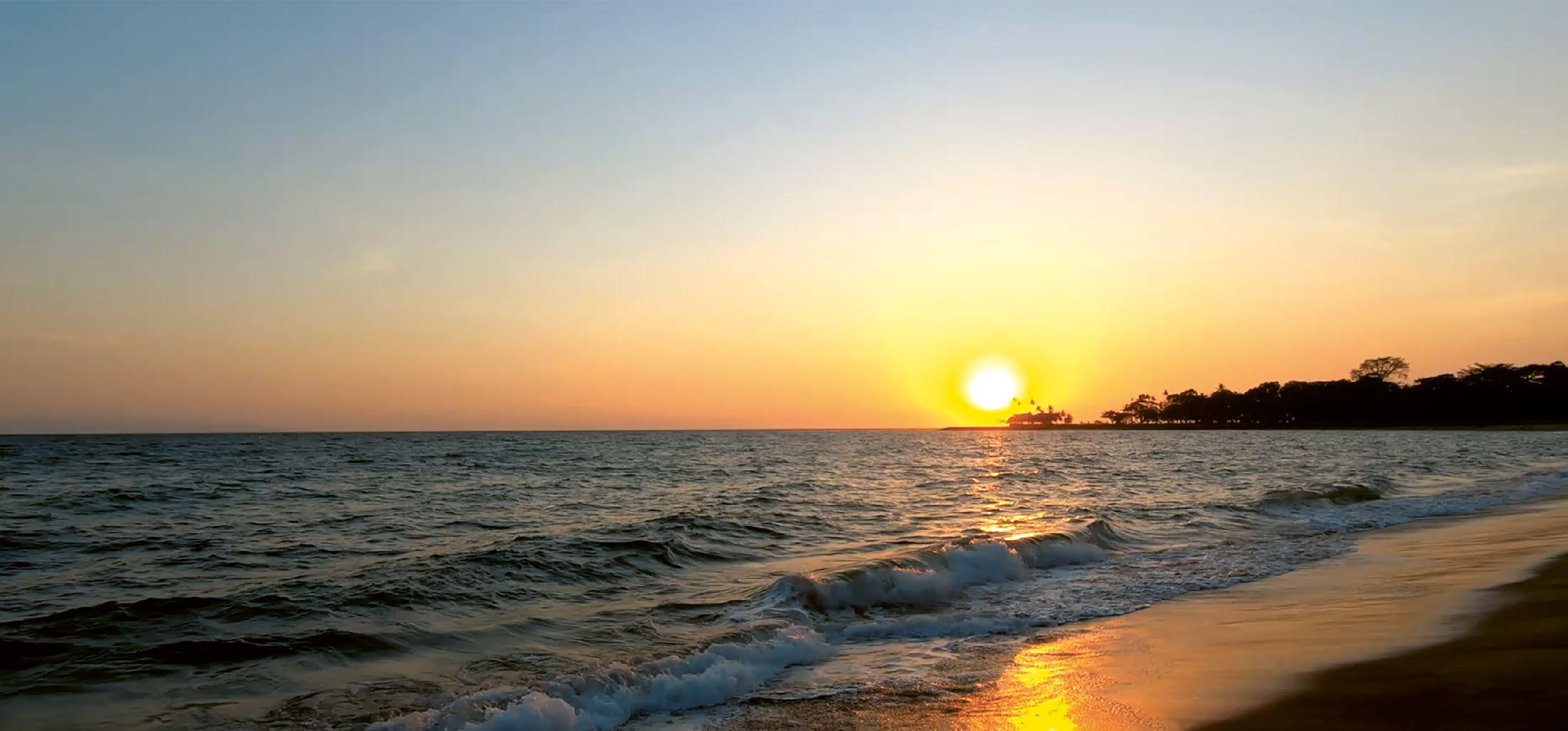
One of the most spectacular sights on the island is the sunset viewed from Senggigi and other points along the west coast, which faces Bali across the ocean. It is a magical sight watching the bright orange sun sinking into the sea and Bali’s Gunung Agung volcano silhouetted on the horizon like a giant pyramid floating in the ocean.
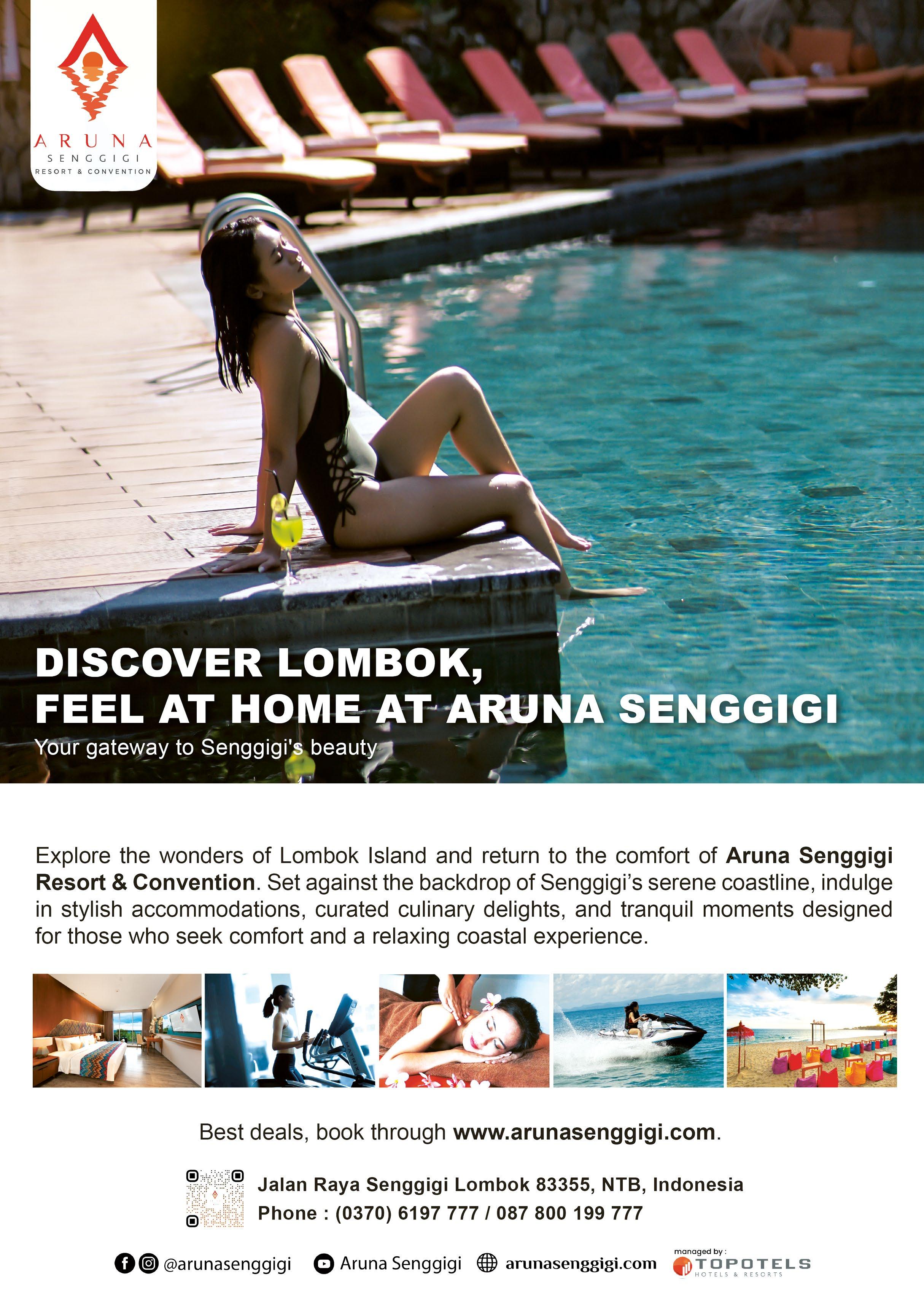
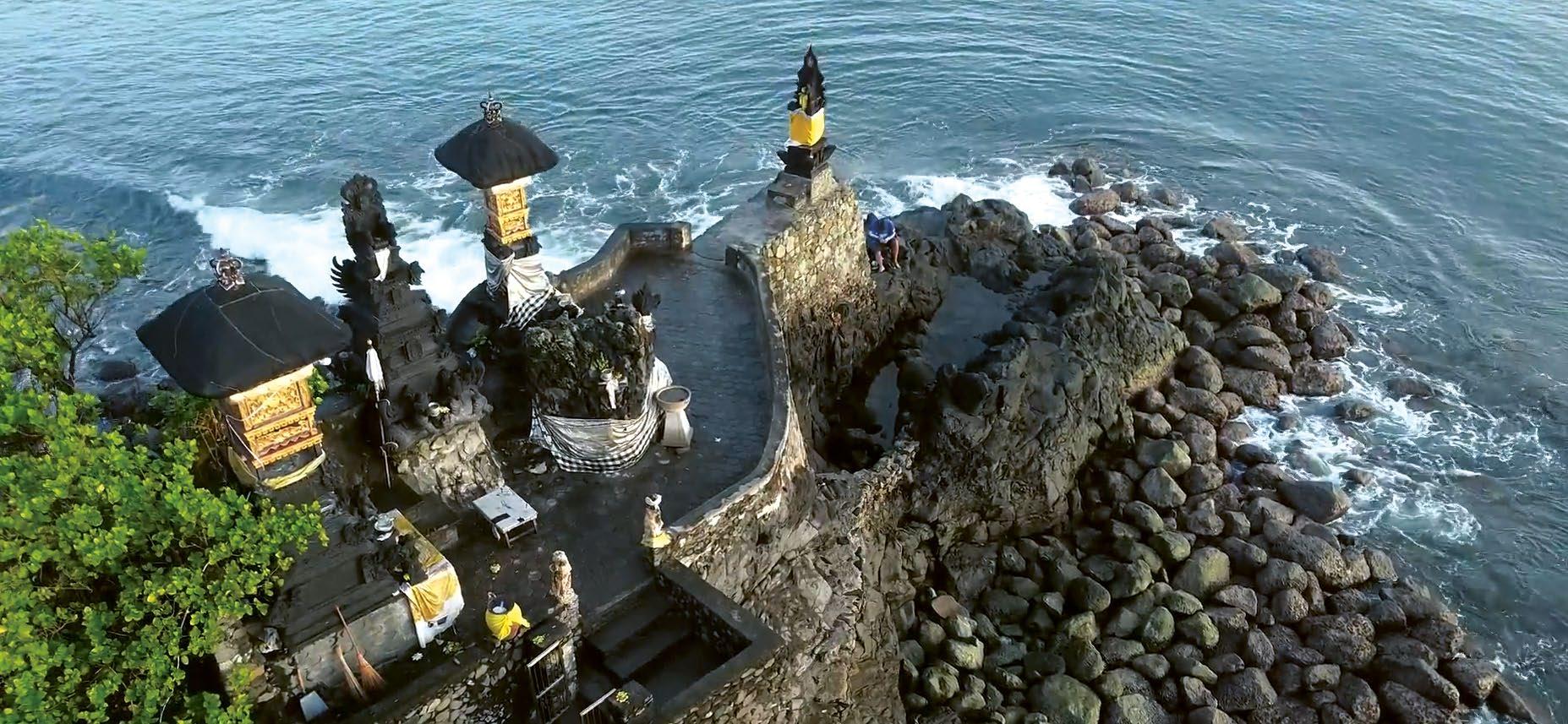
Colourful Hindu ceremonies are held here every month at the dark and full moons, and at Hindu festival times. Admission and rental of a compulsory sarong and temple sash is by donation. This is a great place to watch the sunset, with fantastic views across the ocean to Gunung Agung on Bali Just before the entrance to Senggigi. directly across the road from Café Alberto is the entrance to the Green Valley residential area, popular with expats, where you will find small hotels, Air BnB and cafés within walking distance to town.
Senggigi Beach is the large bay that forms the centrepiece of Senggigi. The main road runs parallel to the beach and large resorts occupy the space between, with Merumatta Senggigi at the southern end and the Sheraton Senggigi Beach Resort at the northern end of the bay.
Continued from Page 16
The beach is a wide protected bay with promontories at each end, and is lovely for swimming and relaxing (but can become crowded on Sundays and public holidays).
Roughly in the centre of the bay is the Senggigi Jetty where the fast boat from Bali arrives and departs. Visiting yachts often anchor in the calm waters of the bay.
In the early mornings, enjoy a stroll along the beach looking out to the ocean dotted with the bright, colourful sails of fishing boats, as the local fishermen return with the day’s catch.
Senggigi Reef, off the southern point in front of Merrumatta, has good coral for snorkelling during high tide. You can wade in directly from the beach.
To the left of the reef, Anjungan is a popular surf spot and, in the right
conditions, has some decent surf breaks. When the tides are high, local surfers can be seen catching the waves here every day. Canoes can be hired from the beach on the weekends and during peak tourism times. Local outrigger boats (perahu) can be chartered from the beachfront for trips along the coast or out to the Gili Islands.
In the centre of the bay is the Pasar Seni (Art Markets) with a small amphitheatre facing the ocean. A revamp of the markets was started in late 2024, with most of the restaurants and stalls demolished. A few shops remain and The Office Bar and Restaurant is still standing on the beachfront. The amphitheatre is a popular place to watch the sunset in the late afternoon.
Continued on Page 20
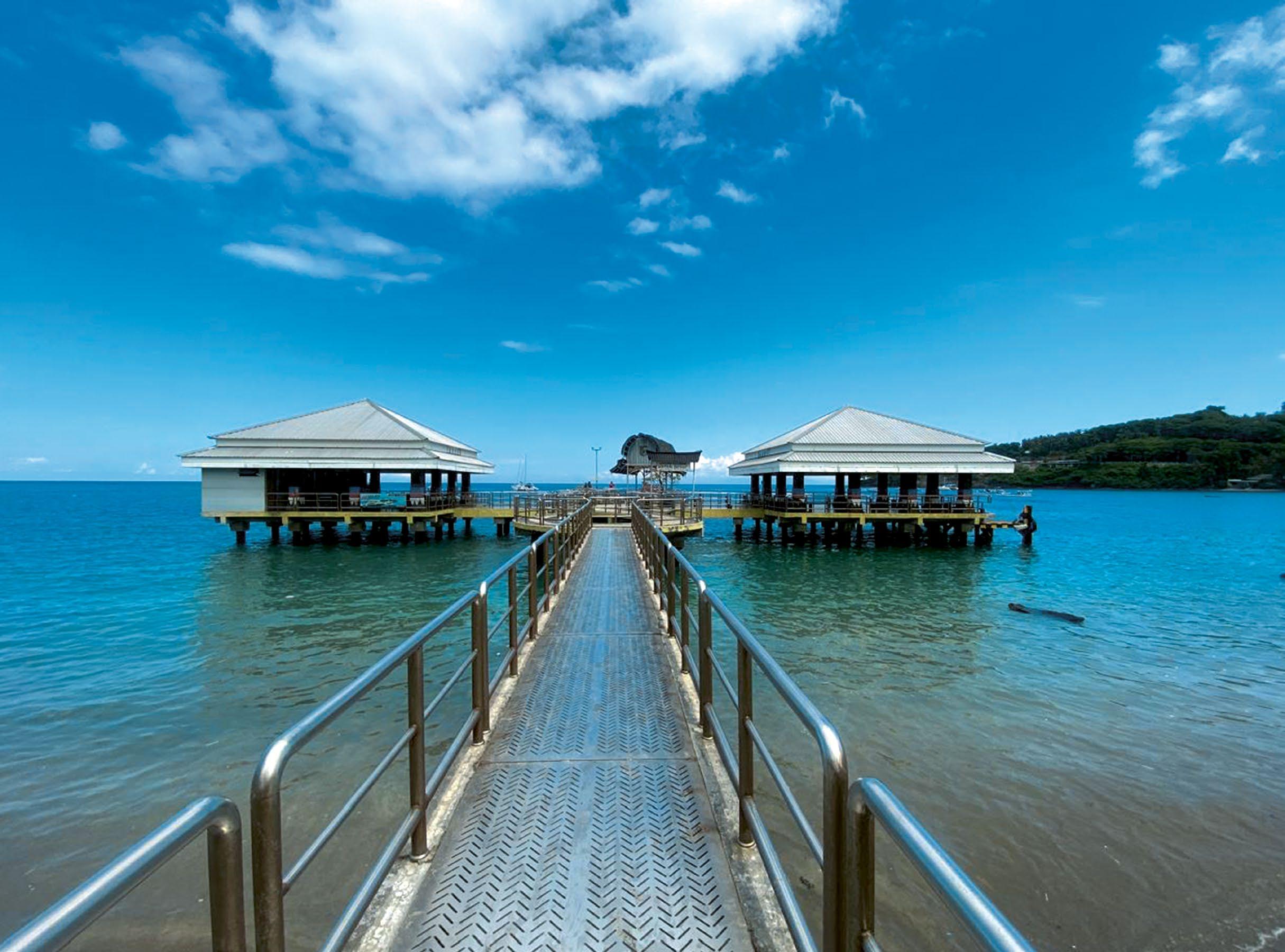
Whether you are seeking a tranquil interlude with luxury accommodation at a top resort with fine dining and spa facilities, or a budget holiday with days spent exploring – or all the choices in between – Senggigi caters for all tastes and budgets.
Swim, snorkel, dive, hike, lie in the sun, have a massage, eat and drink at some of the great restaurants and bars in town; or just take a break and be enchanted by the unspoiled beauty of Lombok’s west coast.
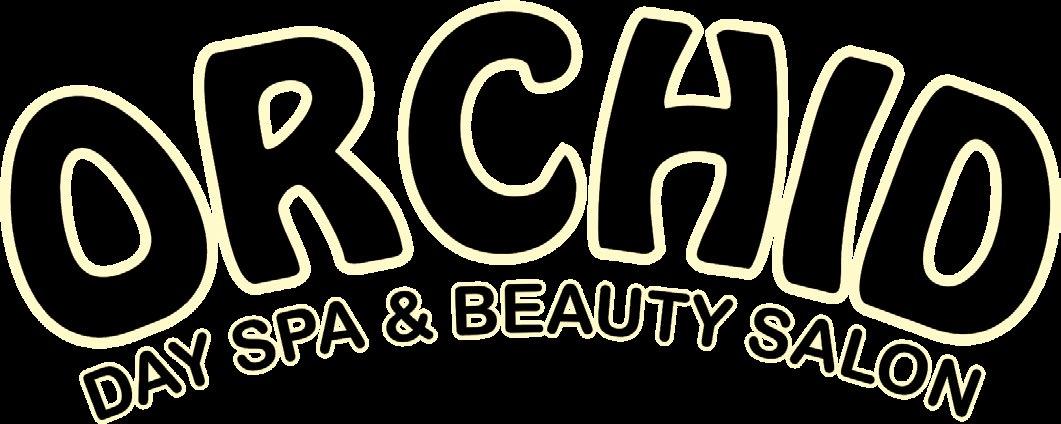
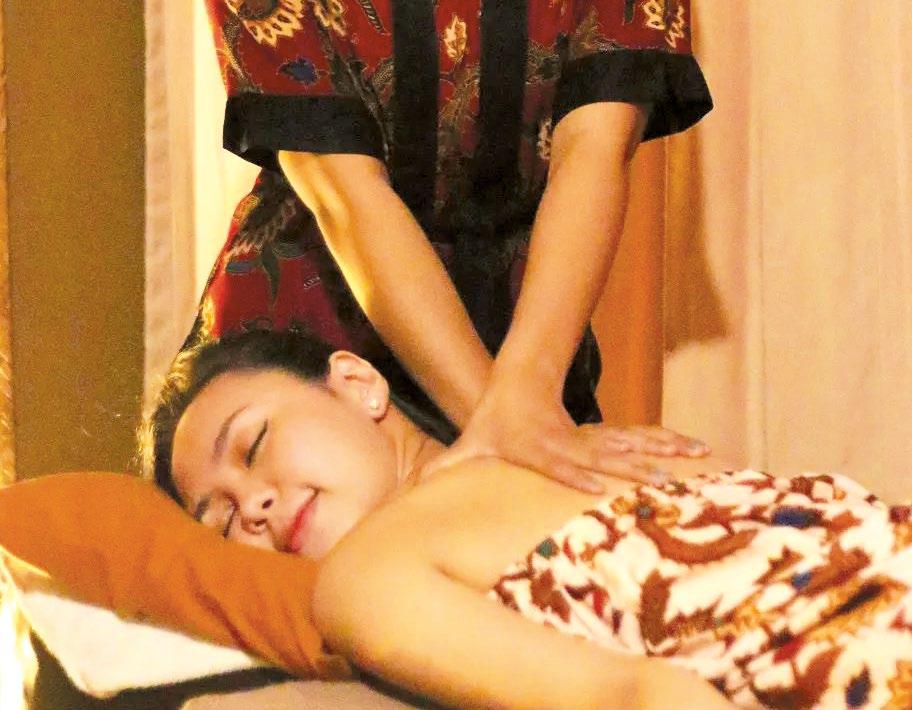
ONE HOUR MASSAGE ONLY Rp 140,000 NET
Massages, Reflexology, Facials, Hair Treatments, Manicures & Pedicures, Gel Nails and more
COMPLETE SPA SERVICES AT LOCAL PRICES!
ORCHID PACKAGE 1
Massage, Body Scrub, Body Mask, Face Therapy
Rp 350,000 net / 2 hours
ORCHID PACKAGE 2
Massage, Body Scrub, Body Mask, Face Therapy, Manicure, Pedicure
Rp 500,000 net / 3 hours
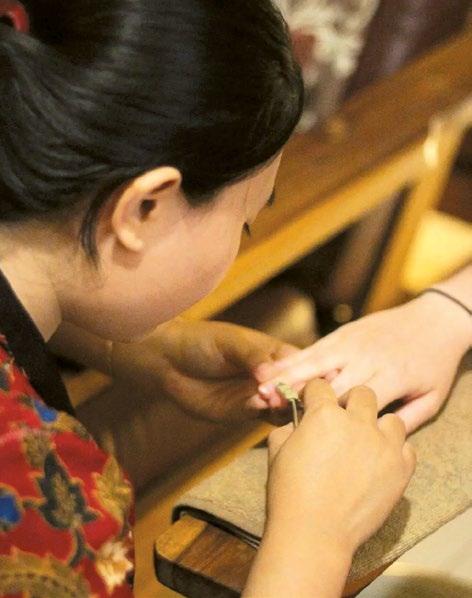
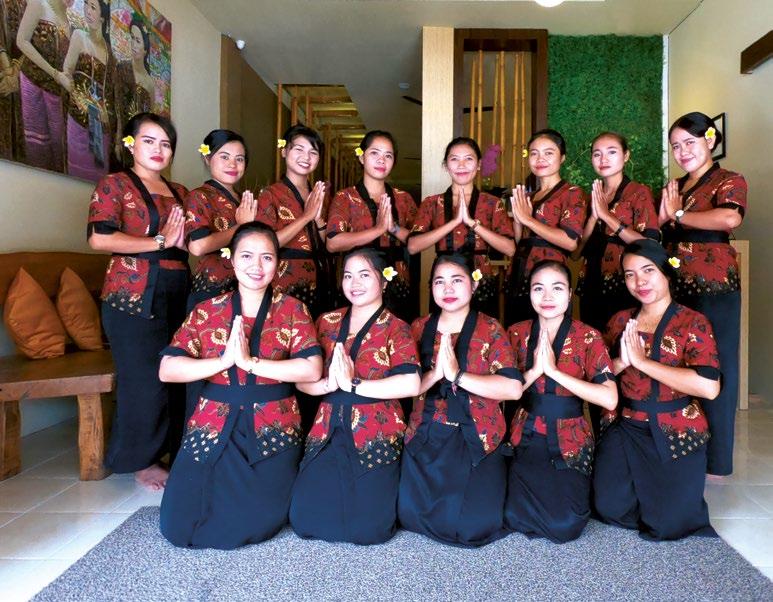
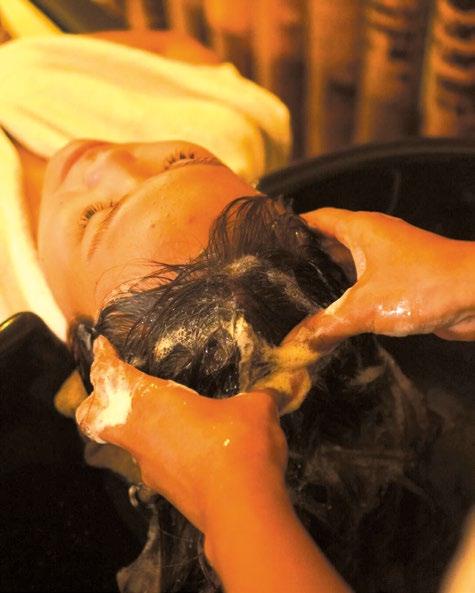
TWO CONVENIENT LOCATIONS IN SENGGIGI: OPPOSITE BANK MANDIRI [ 10am - midnight ] OPPOSITE BANK BNI [ 10am - 10pm ]
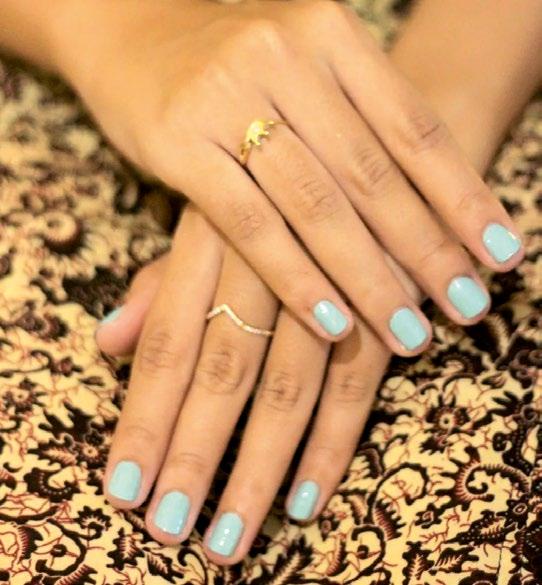



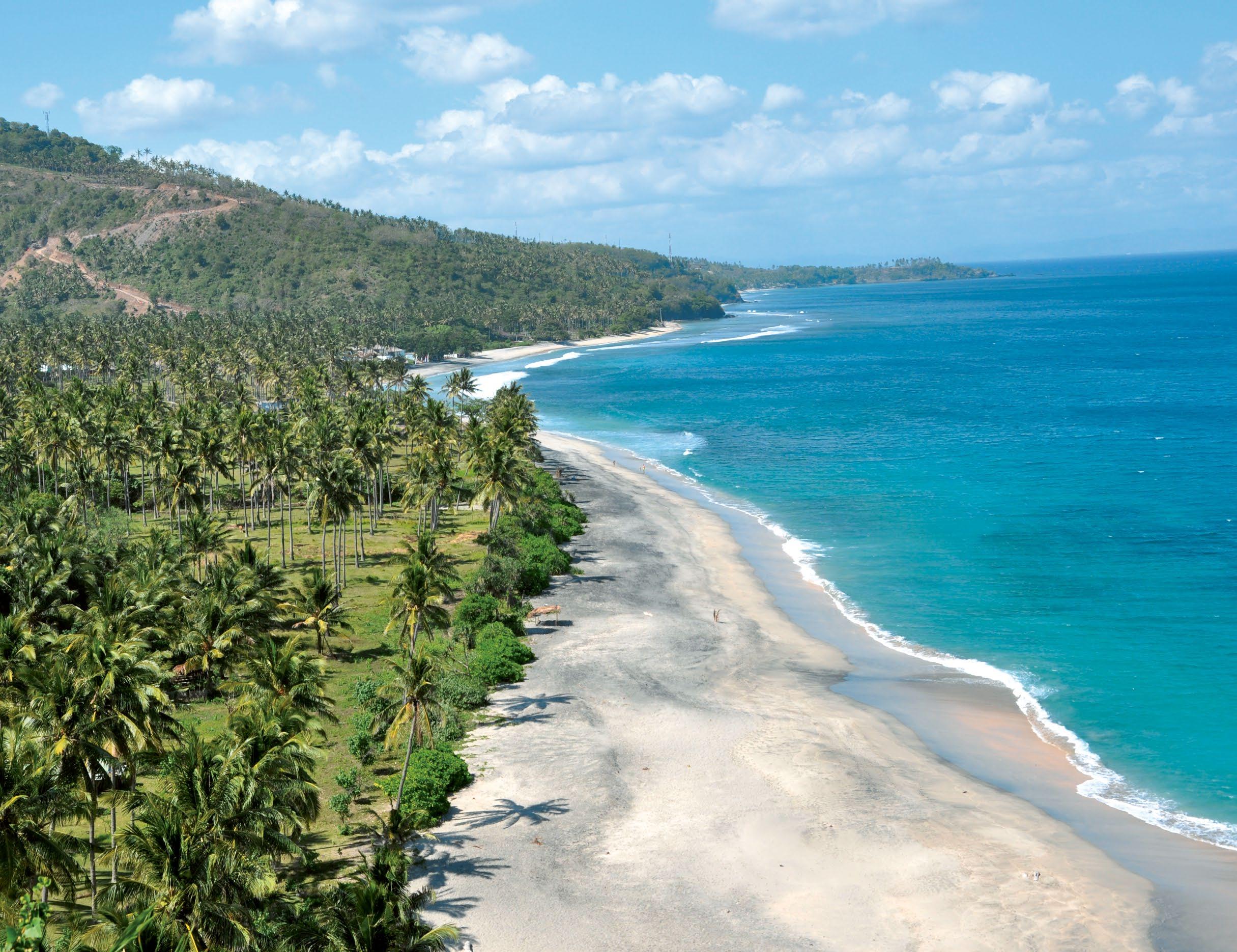
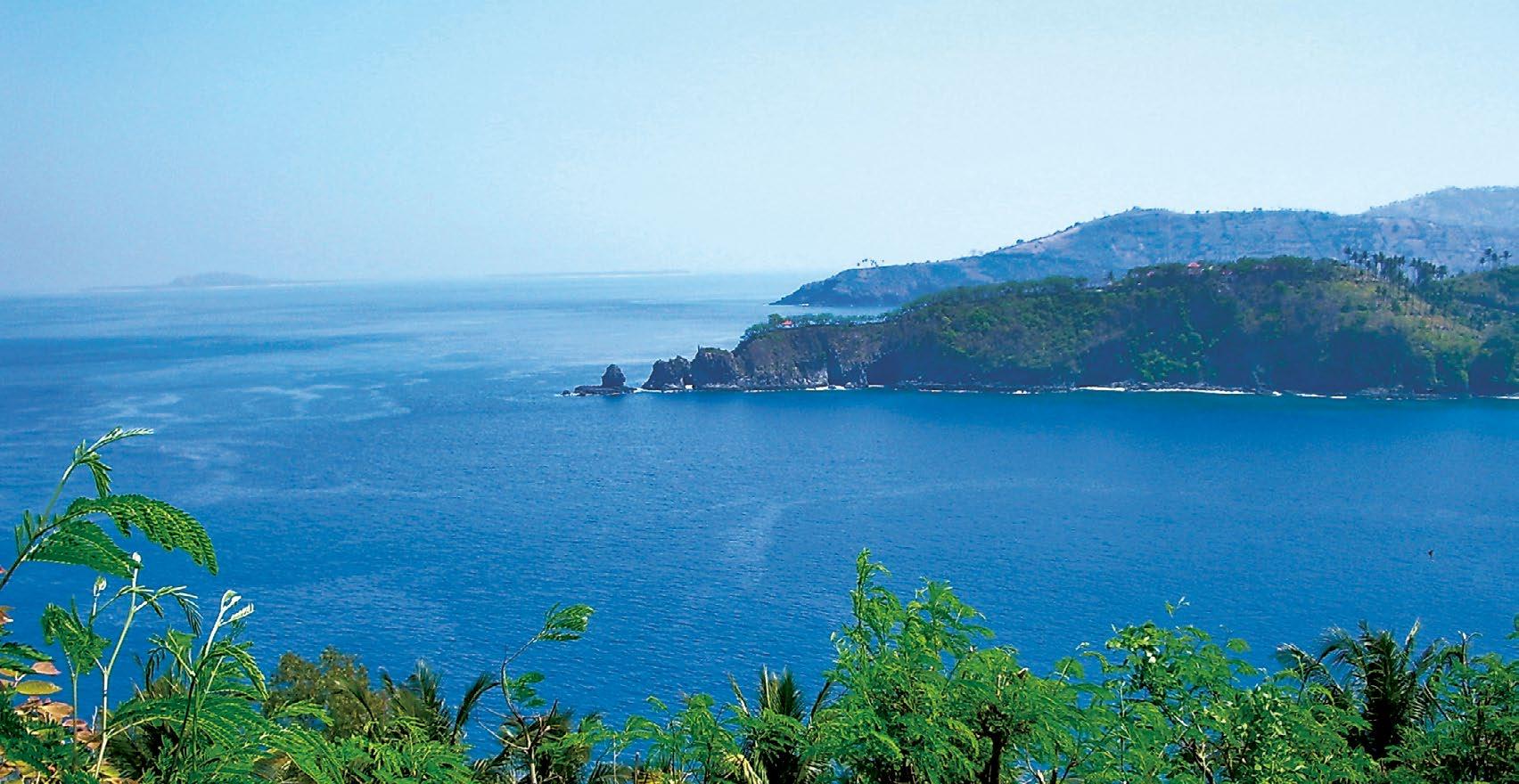
Away from the beach, the main road (Jalan Raya Senggigi) is lined with cafés and restaurants, shops, spas, tour agencies, bars and nightclubs; many of which have live music in the evenings.
There are convenience stores and supermarkets, numerous ATM’s, banks, money changers, a post office and other tourist facilities along the main street. About 2 km north of central Senggigi, Kerandangan has a popular beach nearby and a road leading into a residential area situated in a pretty valley.
At the end of the road through Kerandangan Valley is the Taman Wisata Alam – Kerandangan Nature Reserve –with hiking paths leading through the rain
forest along the river. There is a Ranger’s hut and basic visitors centre near the entrance. The park boasts a small waterfall, pretty river scenery, families of local monkeys, and a variety of tropical plants and birdlife.
Further north, Mangsit has developed as an accommodation alternative to Senggigi, with some of the best boutique hotels positioned along the breath-taking beaches of this section of coast.
There is good snorkelling in front of Puri Mas Beach Resort at high tide and, when the wind is right, surfers take to the waves in front of Qunci Villas.
Furthest north are Klui, Lendang Luar and Setangi, with a long stretch of pristine
beach at Lendang Luar and lovely resorts positioned on each of these beaches.
Mainly deserted white sand beaches, flanked by coconut groves, continue all the way north along the main coastal road. Malimbu and Nipah are two picturesque bays less than half an hour from Senggigi, which are good for snorkelling, swimming and getting away from it all.
***
Whether you are seeking a tranquil interlude with luxury accommodation at a top resort with fine dining and spa facilities, or a budget holiday with days spent exploring – or all the choices in between – Senggigi caters for all tastes and budgets.
Swim, snorkel, dive, hike, lie in the sun, have a massage, eat and drink at some of the great restaurants and bars in town; or just take a break and be enchanted by the unspoiled beauty of Lombok’s west coast.
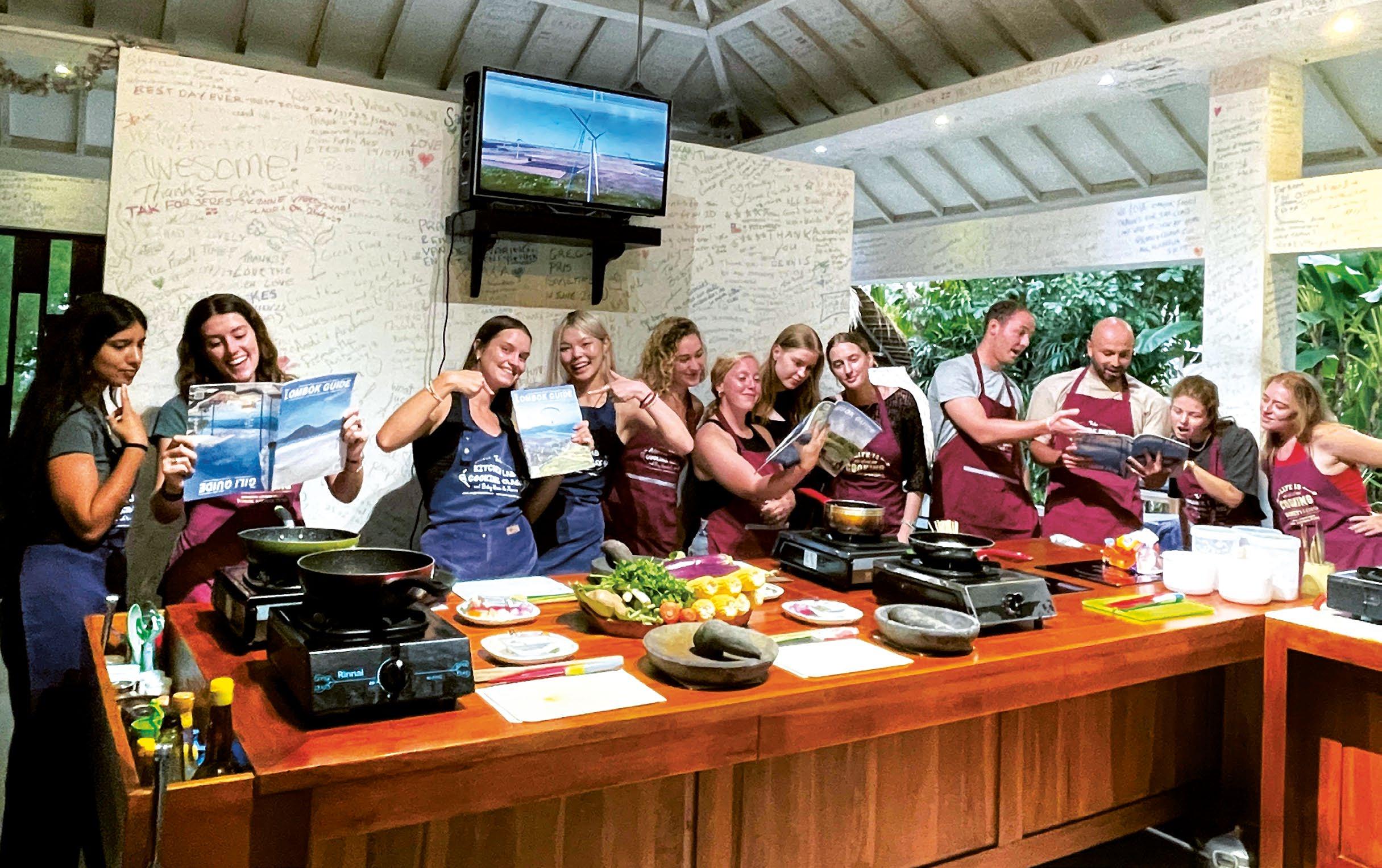
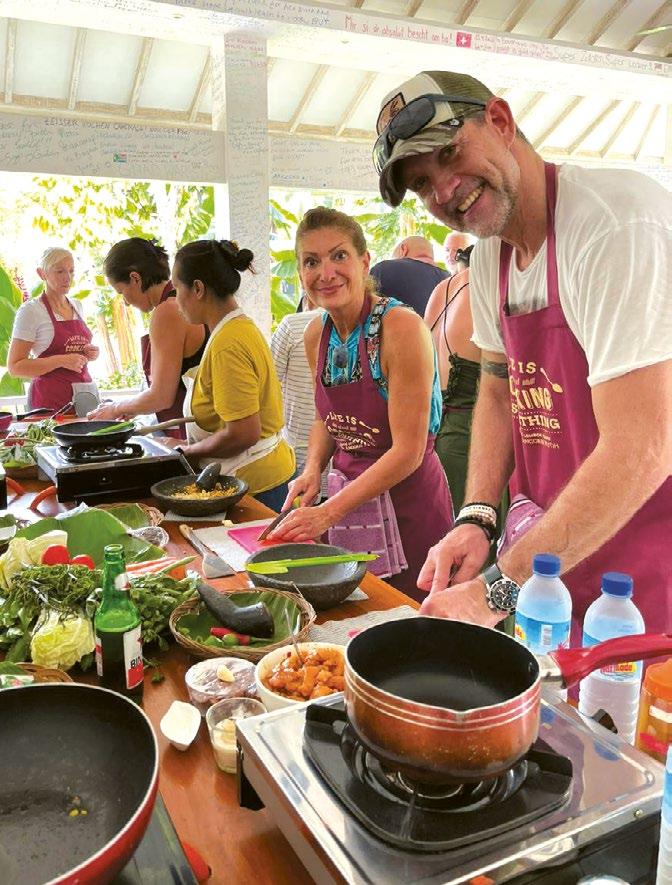


Best cooking class we’ve ever done!” This cooking class was the highlight of our trip to Lombok. We started with a walk through their beautiful garden, picking herbs and vegetables we later used in the kitchen. The chef explained everything with patience and passion. We cooked so many dishes, and every one was delicious. I loved that they offer vegetarian and gluten-free options too. It felt authentic, relaxed, and full of flavor. Don’t miss this if you're in Lombok!
- June 2025






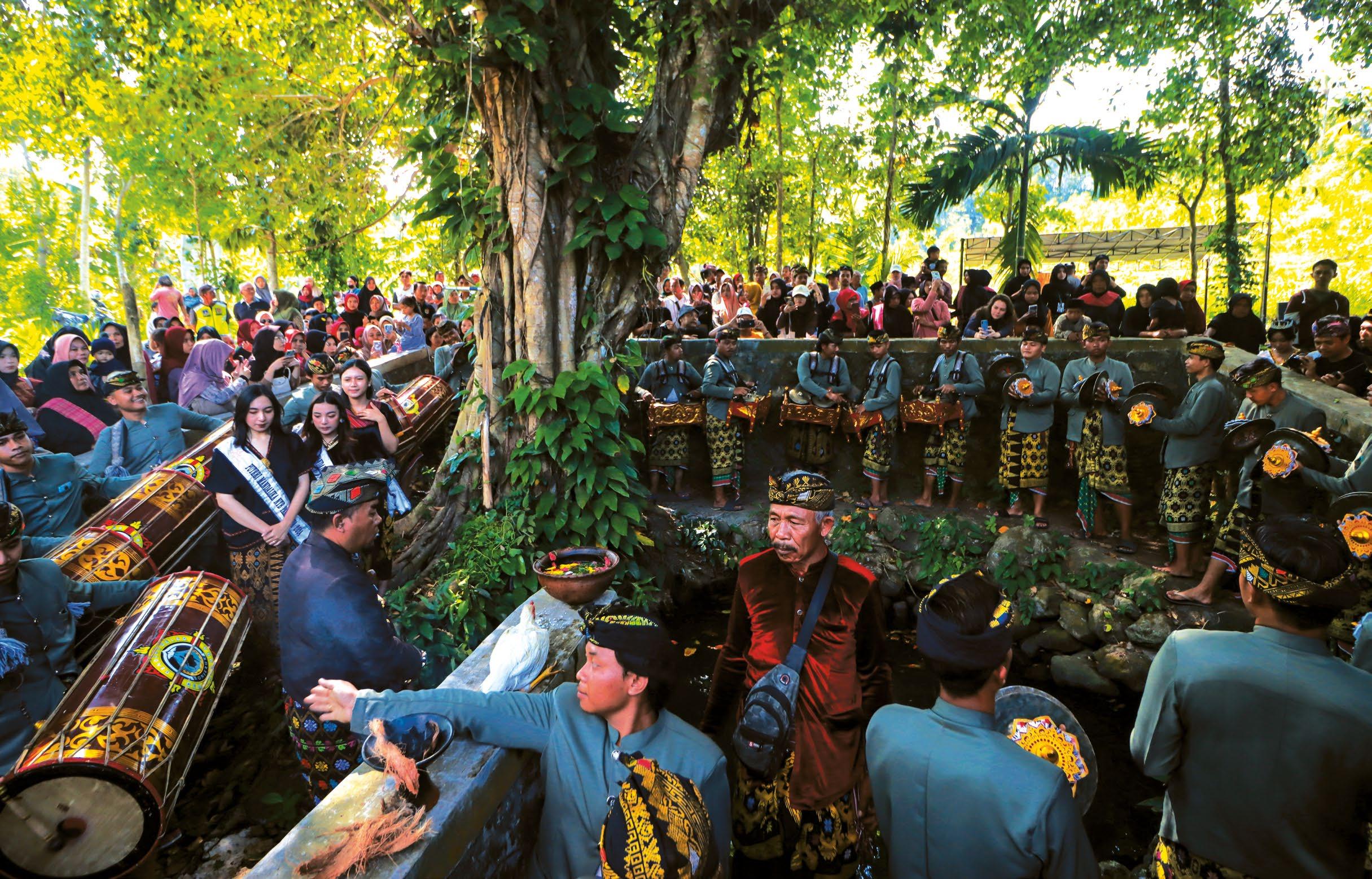
Each September, the quiet village of Bonjeruk in Central Lombok transforms into a hub of cultural festivities that showcase some of the best traditions of Lombok’s ethnic Sasak people.
This year, from 4 - 7 September 2025, the village hosted its third “Bondjeroek Culture Festival (BCF)”, celebrating the richness of Sasak culture through art, music, dance, and culinary experiences.
The theme of this year’s festival was Merangkat – a concept that carries a deep meaning for the ethnic Sasak community of Lombok. Translated as “to weave, to gather,” it reflects the festival’s mission of bringing together local wisdom, artistic expression, and community spirit.
4 September: Opening Ceremony
The opening ceremony on 4 September featured Nede Peresean, a rare ritual where prayer meets the clash of stick fighting, calling for blessing and strength for the community.
Peresean has long been recognized as a distinctive tradition of the Sasak community. It involves two fighters (pepadu) facing each other, armed with a
rattan stick (penjalin) and a buffalo-hide shield (ende).
The fighters strike at each other’s bodies, trying to land a blow while testing their strength and agility, moving to the accompaniment of drums and other traditional instruments.
Historically, peresean was not merely a form of sport but served as a ritual of great significance, performed to invoke rainfall during periods of prolonged drought.
The combat itself holds profound symbolic meaning. The blood that drips onto the earth is believed to signify that the community’s prayers have been accepted, ensuring that rain will soon arrive.
These days, peresean is more commonly presented as a cultural display or a welcoming performance for honored guests. Yet behind these public displays lies a sacred ritual that is often unseen: Nede

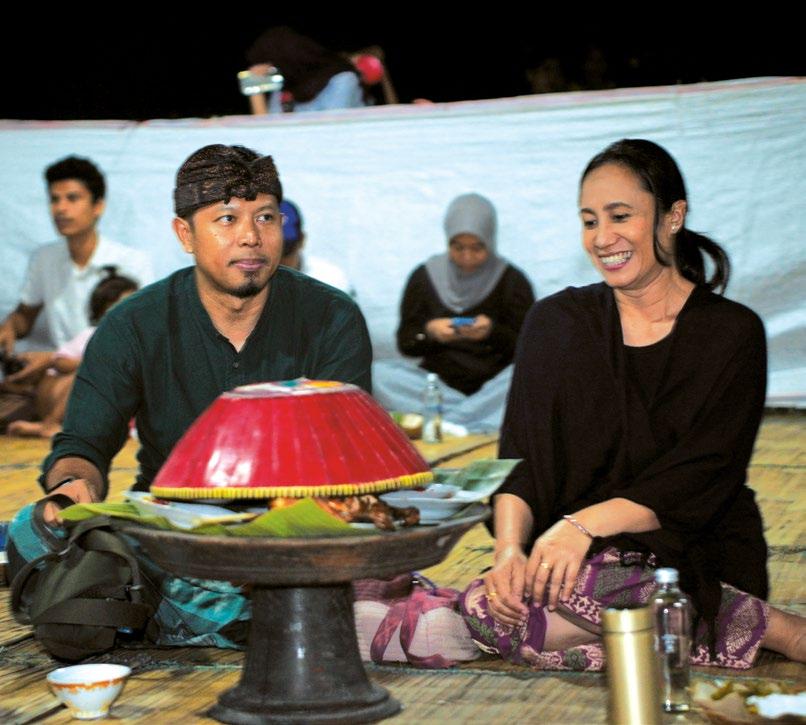
Nede, which translates as “prayer” or “supplication,” is a ceremonial act led by traditional custodians and involves the participation of the wider community. Together, they recite takepan, and other chants, while preparing ritual offerings regarded as sacred. This ritual functions as the spiritual prelude to peresean, ensuring that the combat does not lose its original ritualistic essence.
Spectators at the festival witnessed both the exciting peresean or stick fighting performances and the lesser-known Nede ritual.
6 September: The Sacred Feast of Merangkat A centuries-old tradition, once only performed at Sasak weddings, Merangkat is rooted in simplicity. A bride and groom sit side by side, sharing a plate of white rice, a bowl of plain moringa soup, and a boiled egg cut in two.
Merangkat is more than the act of sharing one plate of food. It is a symbolic expression of love, commitment, and local wisdom condensed into a simple meal.
From a cultural perspective, it represents a rite of passage, marking the transition from being single to entering married life.
Eating from one plate symbolizes two individuals becoming one,

ready to navigate the journey of married life, sharing both joy and hardship. There is no longer “me” and “you,” only “us.”
Each element carries symbolic meaning. A plain serving of white rice symbolizes the
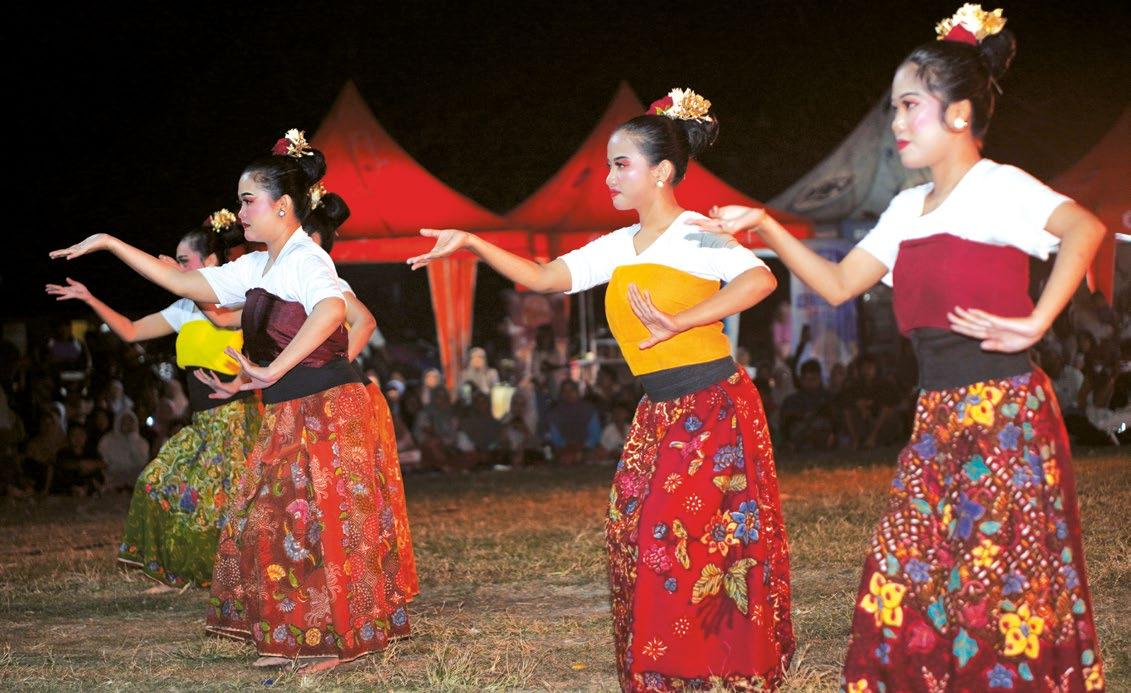
household vessel (bahtera rumah tangga) at its purest beginning. The unseasoned moringa soup represents purity and renewal. The halved egg embodies unity –once divided, now whole together.
The act of feeding each other is more than a gesture of affection; it is a vow to give, to nurture, and to support one another through every circumstance.
After the ritual, the bride is formally introduced to friends, relatives, and close community members, who often bring free-range chickens as gifts.
These chickens are grilled on the spot, seasoned with the signature spicy Sasak sambal, and shared in a communal feast known as begibung, eating together from a single large platter. From this tradition comes the term Ayam Merangkat.
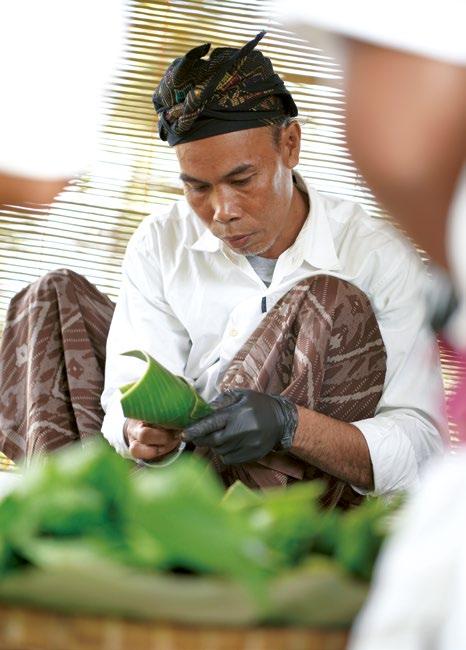
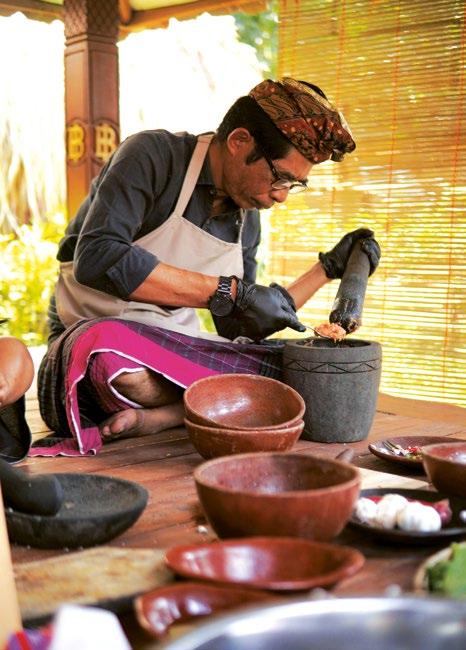
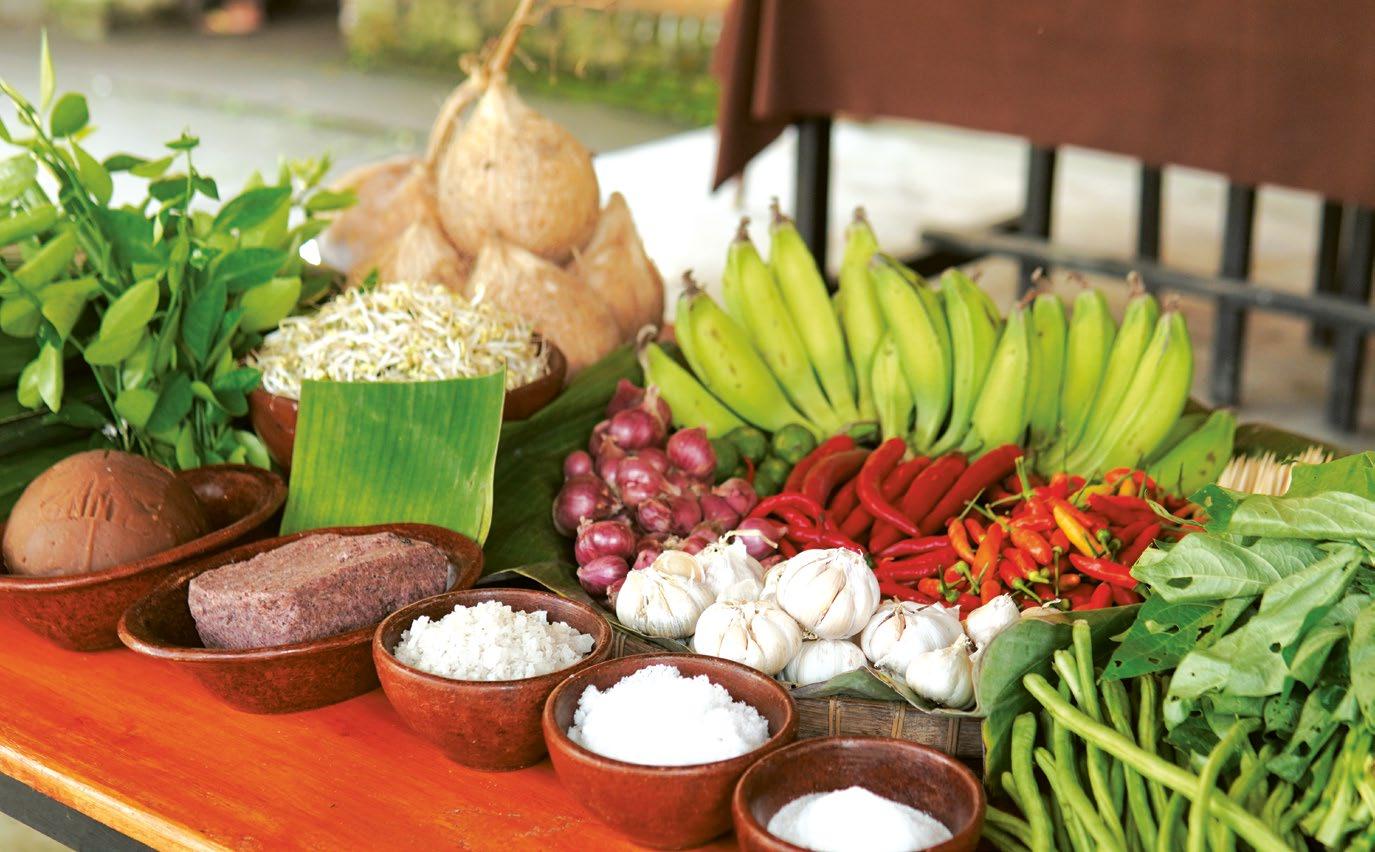
At the Bondjeroek Culture Festival 2025, this intimate tradition was brought to life on a grand scale through the Colossal Merangkat Drama, a performance of dance, music, and theatre centering around this simple but beautiful marriage ritual.
The drama was then followed by the preparation and tasting of authentic Sasak foods, not as a list of dishes but as living traditions.
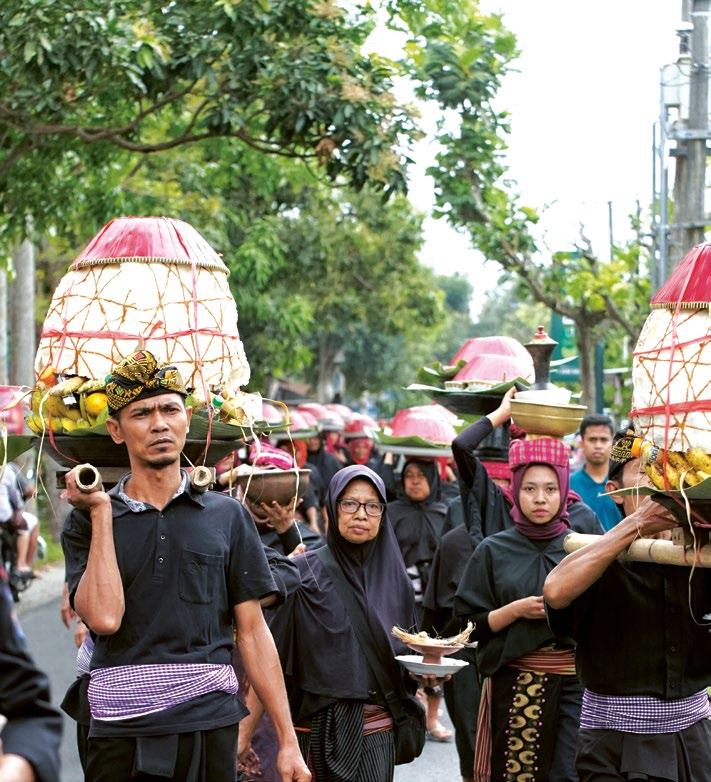
Alongside Ayam Merangkat, guests savored Sate Kuncung (a unique satay made from chicken or eel mixed with young banana seeds and spices, and then cooked in banana leaves); and Ebatan, a delicious mixture of grated coconut, spices and leaves such as basil and starfruit, with eggplant, bitter melon and bean sprouts.
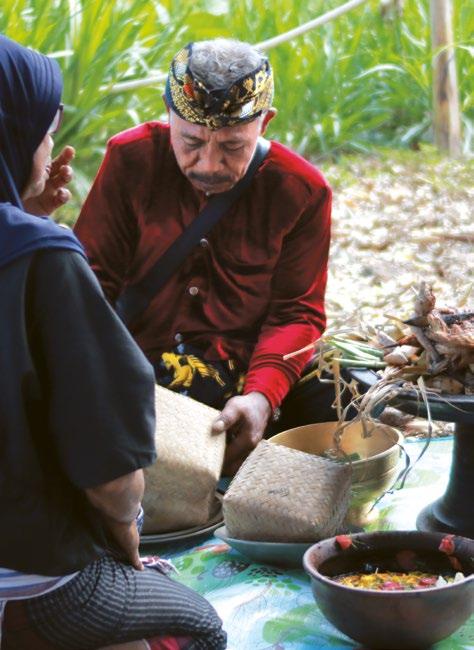
The same day also featured a spirited cooking competition that showcased RAN, the tradition of male chefs entrusted with preparing ceremonial meals in Sasak culture.
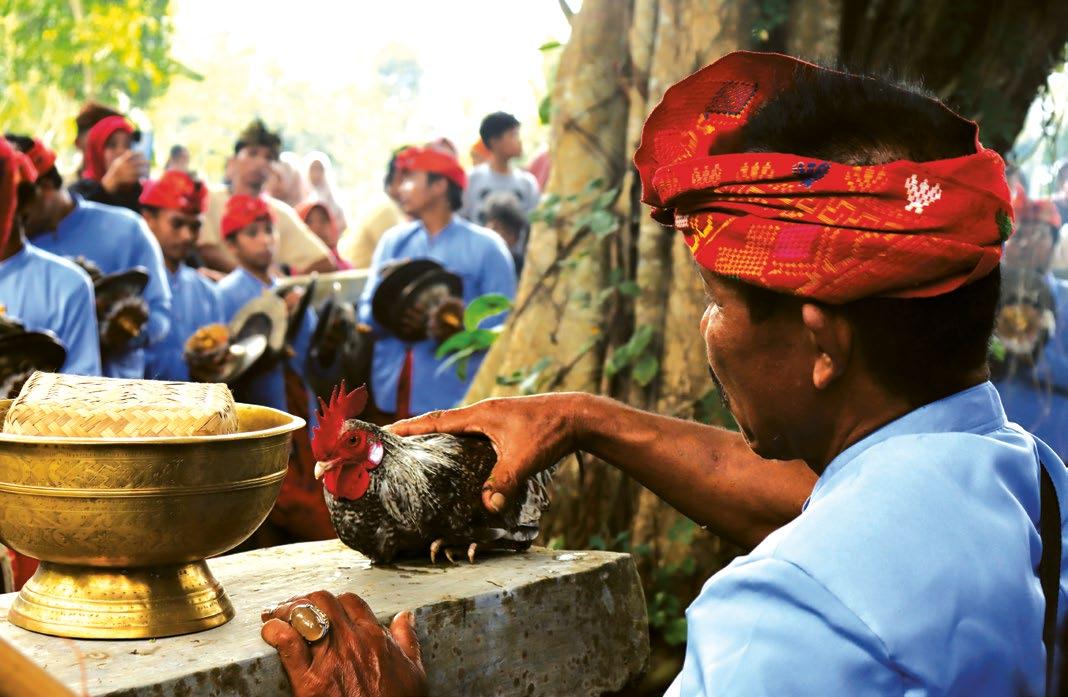
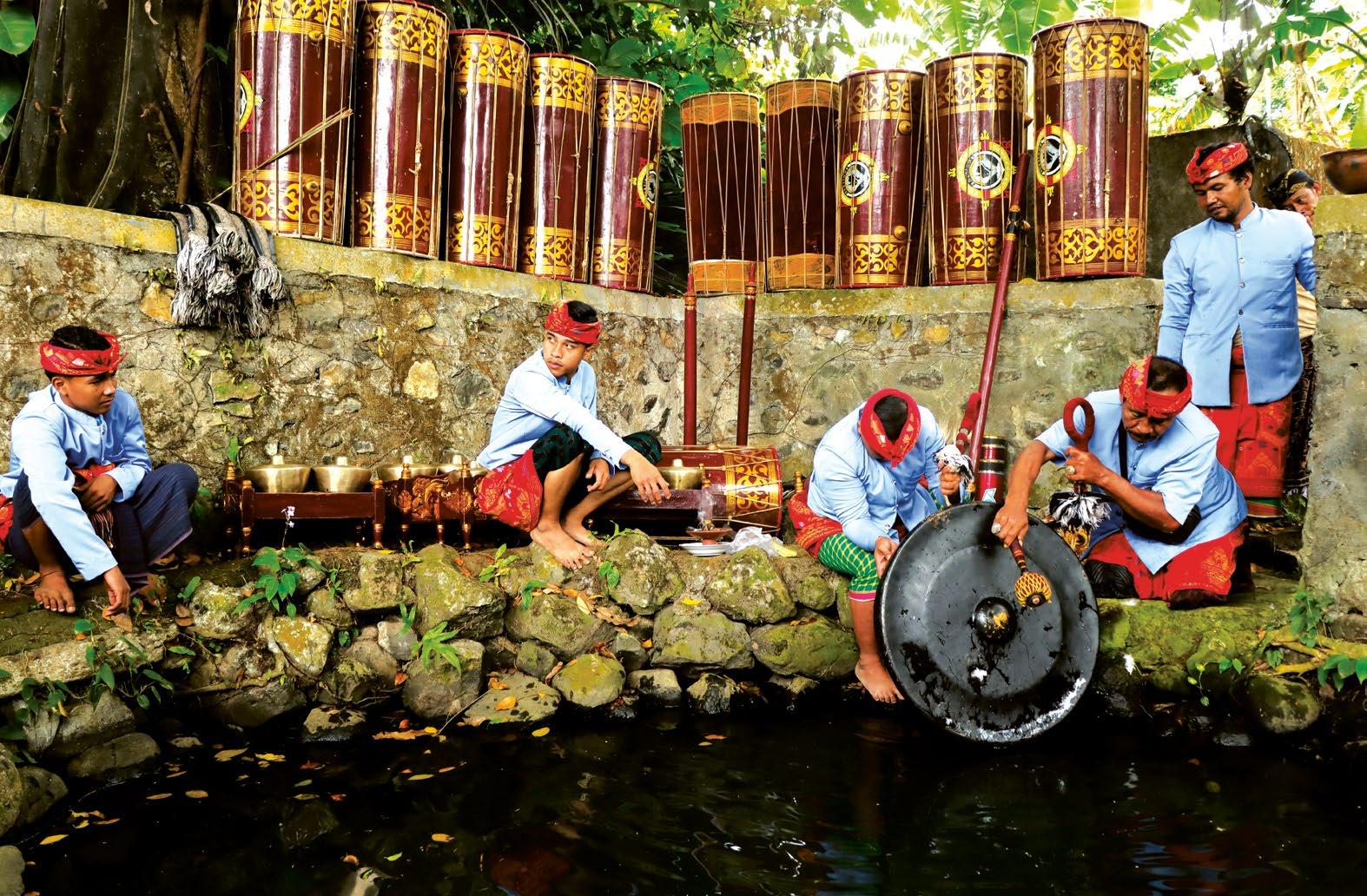
In daily life, kitchens are usually led by women, but for special events and ceremonies, it is the men who cook, and are believed to guard the purity of the food from misfortune or negative energy. Their role underscores how food is not only nourishment but also protection.
7 September: Closing Ceremony
On 7 September, the festival continued with a carnival that filled the village with music and colour before closing with the Daus Gong ceremony, a solemn cleansing of ancestral instruments in the nearby Bun Mertak Spring.
Daus Gong refers to the ritual cleansing of traditional musical instruments, most notably the Gendang Beleq and gong. Gendang Beleq are the distinctive large drums, endemic to Lombok, often seen in local parades and ceremonies.
The Daus Gong ceremony is organised by a local arts association, led by its chairperson who also serves as a cultural elder. It is held annually during the month of Maulid, with the exact date determined according to the Sasak calendar and through consensus among community leaders.
As a cultural practice, Daus Gong has been carried out in Bonjeruk since the 1980s and has since become an integral part of the annual Bonjeruk Culture Festival.
Similar ceremonies can also be found in many other villages across Lombok, each reflecting local variations of the tradition.
In Bonjeruk, the ritual begins with a communal procession from the cultural studio to Bun Mertak, a spring of historical and spiritual significance. The procession includes villagers carrying pesajik, trays of traditional foods and snacks distinctive to Bonjeruk,
The Bondjeroek Culture Festival is not only about performance but also about preservation and history. By bringing together ritual, gastronomy, and environmental action, it redefines Bonjeruk as a destination for sustainable, culture-based, and culinary tourism.
Organized by Pokdarwis Bonjeruk Permai with the support of the community, local government, and national partners such as Bank Indonesia and Wise Steps Foundation, the festival is both a village effort and a shared national vision.
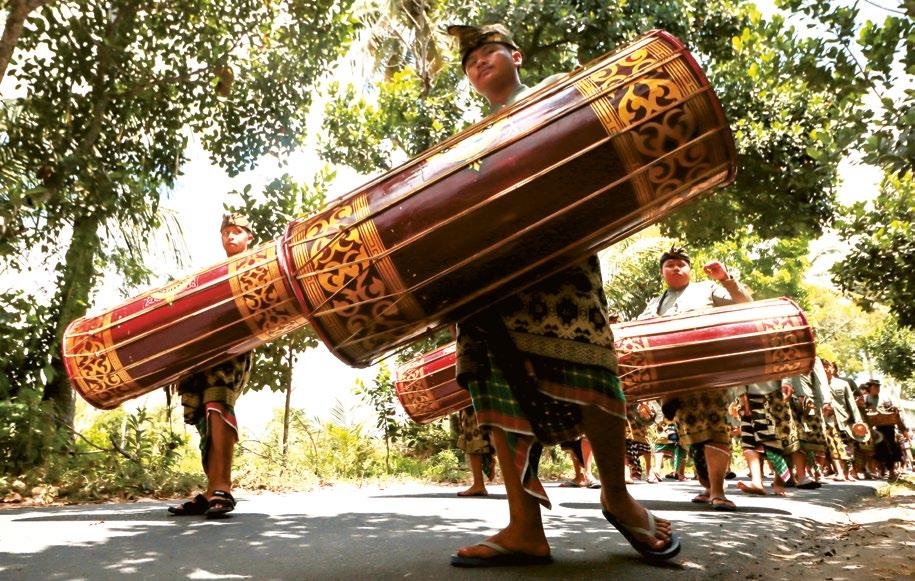
accompanied by the resonant sounds of the Gendang Beleq drums and other instruments.
Upon arrival at the spring, each instrument is ritually cleansed with water from the source, an act believed to preserve both tonal quality and spiritual integrity.
The ceremony concludes with zikir (remembrance chants) and prayers, through which participants seek blessings, safety, and divine protection. Beyond its ritual function, Daus Gong reinforces solidarity, cohesion, and harmony within the community, while safe-guarding the continuity of cultural and spiritual values that have long shaped Sasak identity.
To honor both the past and future, hundreds of kaffir lime trees were planted and distributed during the festival, echoing Bonjeruk’s legacy as a citrus-rich area and reaffirming its vision as a green village, rooted in sustainability.
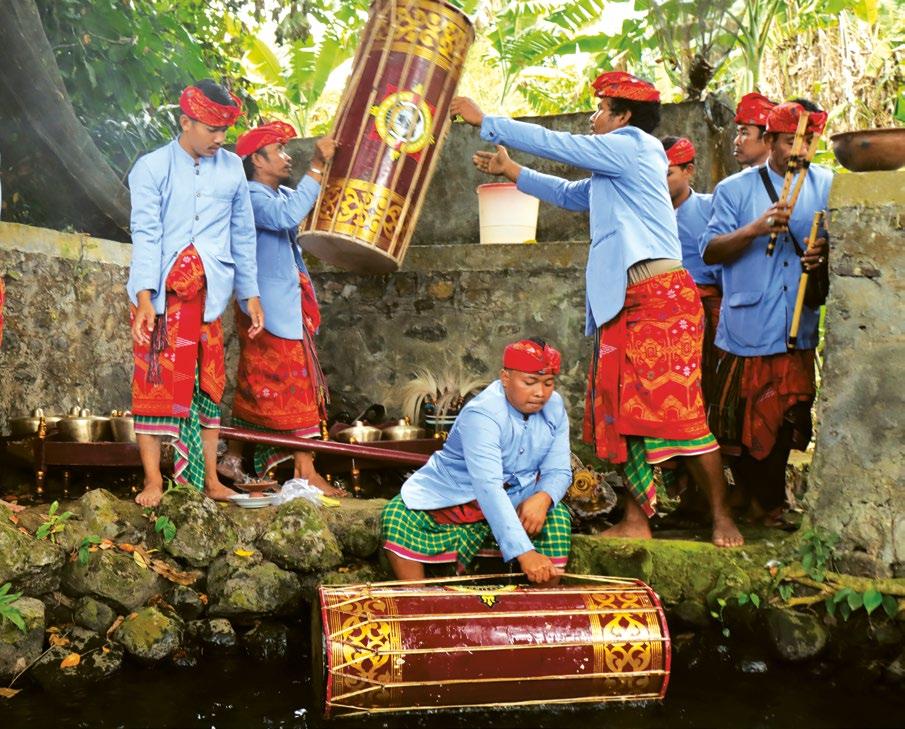
Head of Pokdarwis Desa Wisata Bonjeruk, Usman, summed it up:
“Our hope is that the festival protects nature, culture, and cuisine, while inviting more visitors to discover Desa Bonjeruk.”
As the final gong faded and the last plate was cleared, what lingered was more than just a performance… it was the taste of devotion, the rhythm of ritual, and the resilience of identity, woven together in the feast of Merangkat
Situated just thirty minutes north of Lombok International Airport, Bonjeruk Tourism Village offers visitors a unique blend of history, culture, and rural charm.
Officially designated a Tourism Village in 2020, Bonjeruk has become a model of community-based tourism, where tradition and sustainability go hand in hand.
Visitors can witness Peresean, traditional Sasak martial arts or stick fighting, and Daus Gong, the ceremonial cleansing of Gendang Beleq drums during the Bondjeroek Culture Festival held every year.
At other times of the year, Bonjeruk Village is an interesting place to visit, surrounded by rice fields, fruit orchards and natural beauty.
Once the headquarters of the Jonggat district during the Dutch colonial era, there are still glimpses of its heritage, including a lovely old Art Deco administration building.
Travellers can organise walking or cycling tours online to explore the area, discover traditional farming practices and taste the fruits grown here. Enjoy delicious and authentic Sasak meals prepared at the Pasar Bambu, located alongside a giant bamboo grove and open daily for visits.
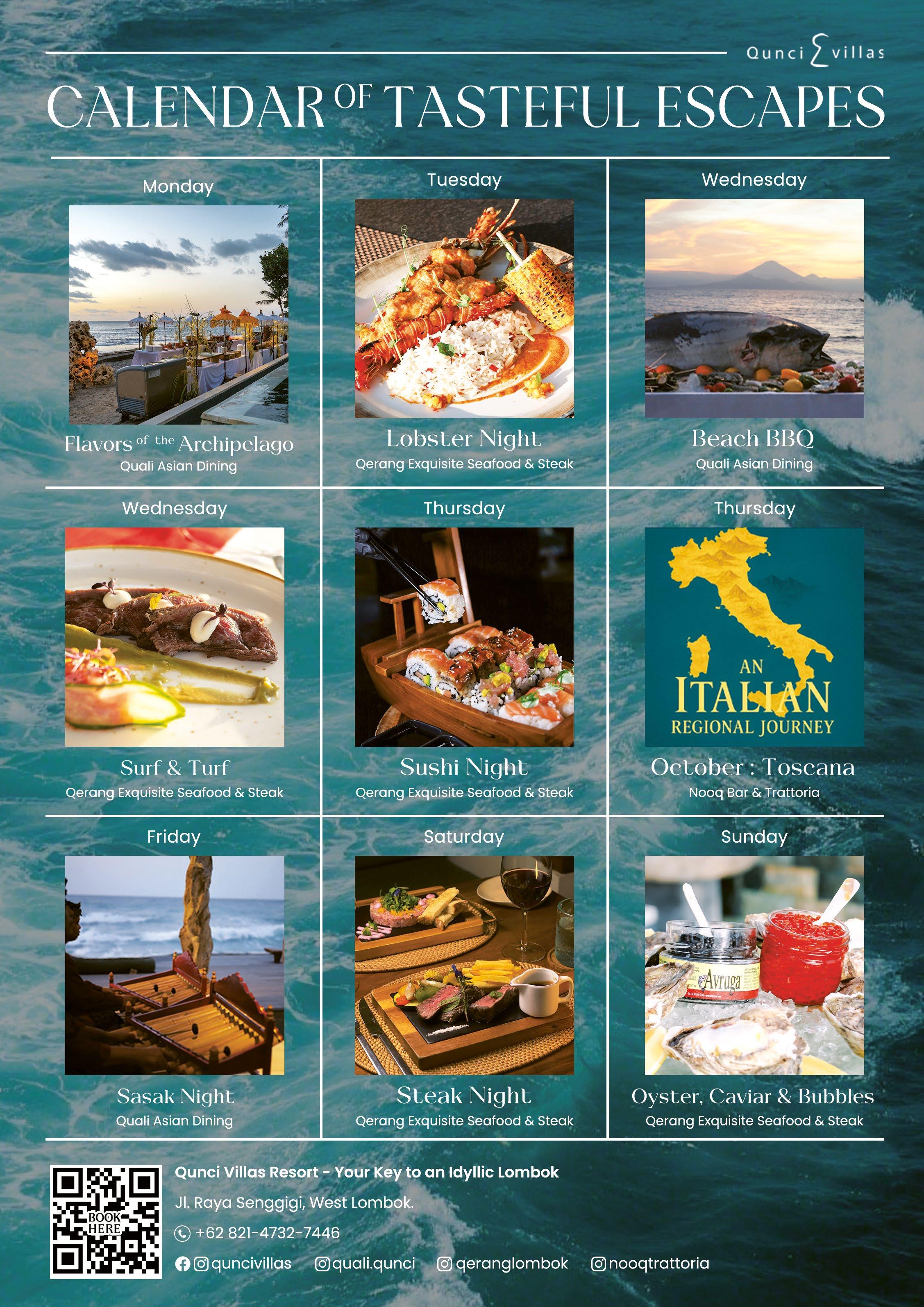
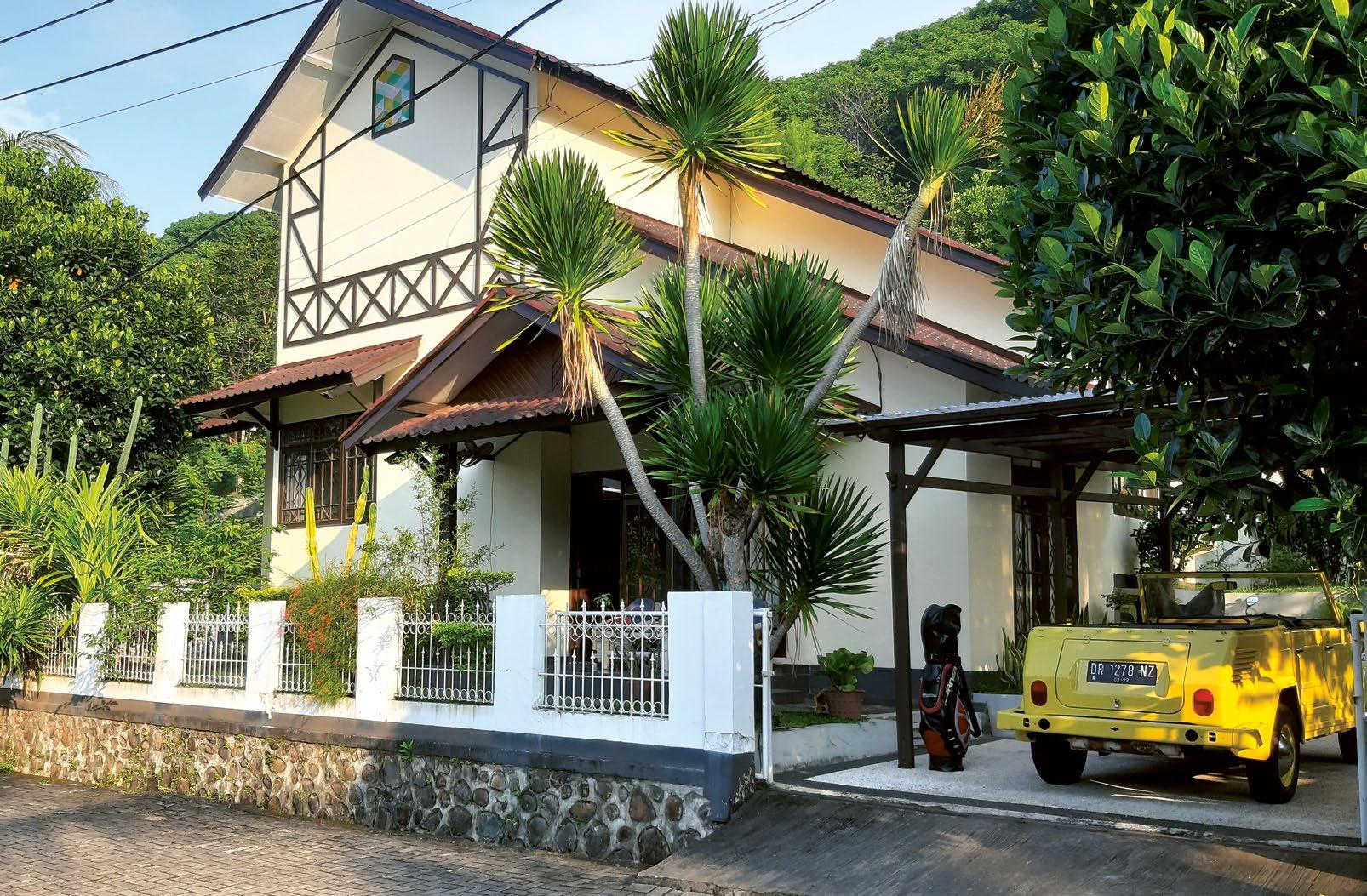
3 double air-conditioned bedrooms, (2 ensuite plus 3rd bathroom), spacious living, modern fitted kitchen, and office. Separate staff quarters, storage & carport
Land: 15.4 are (1,540 m2) Hak Milik (freehold certificate) Building: approx 200 m2
8 x 4 m2 swimming pool. Poolside barbecue area with berugaq & mature gardens with fruit trees
2,000 ltr water tank, 5 kva genset, 6.6 kva PLN power, fibre optic wifi
Fully outfitted with TV, fridge, washing machine, etc plus quality teak furniture - ready to move in!
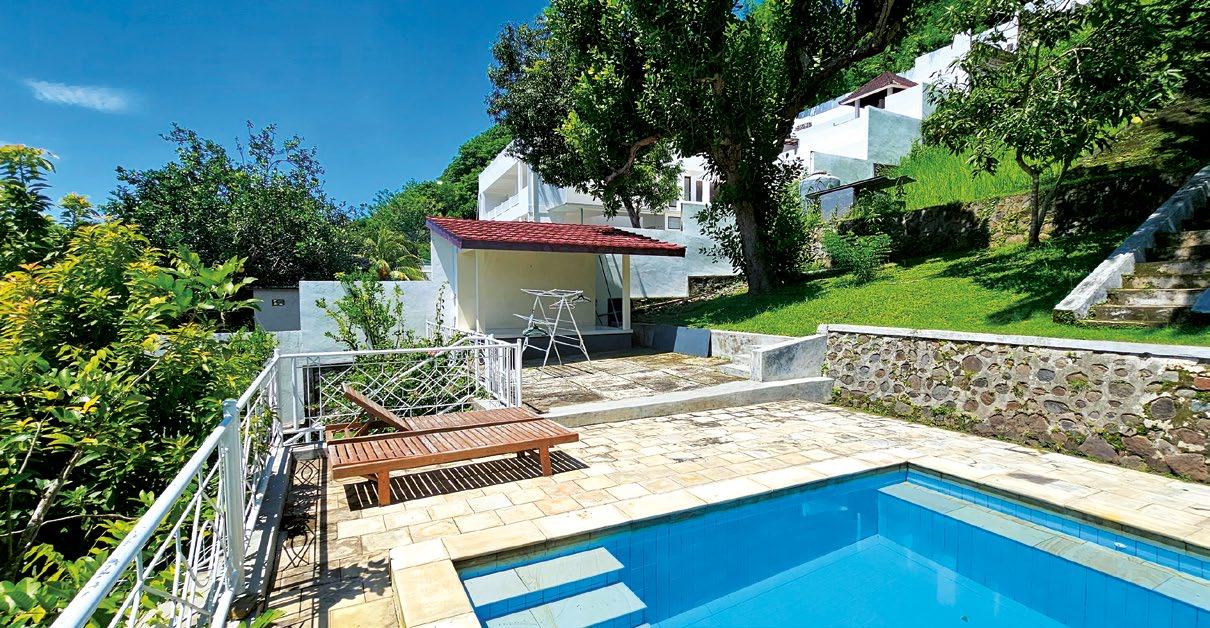


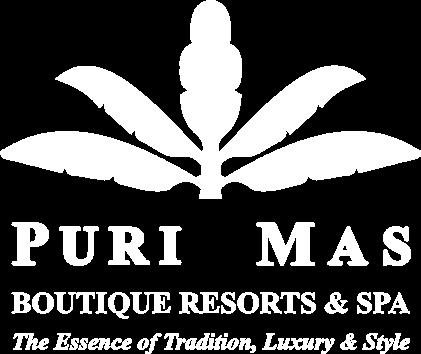
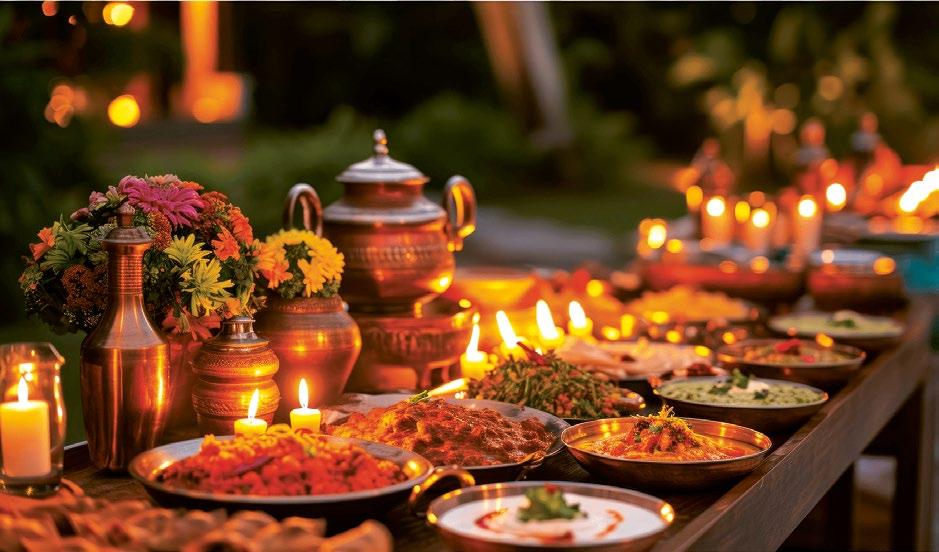



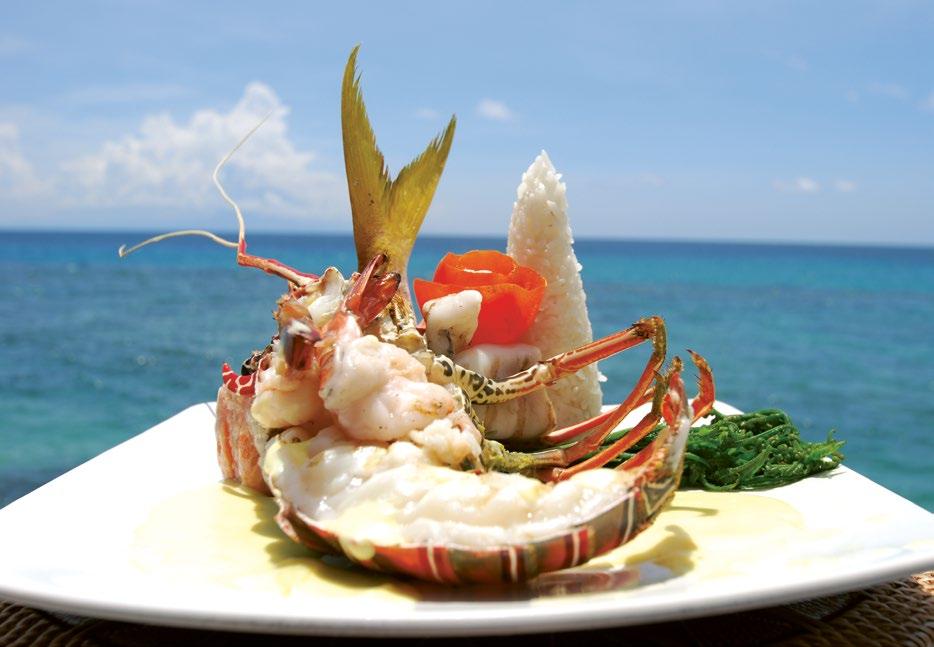
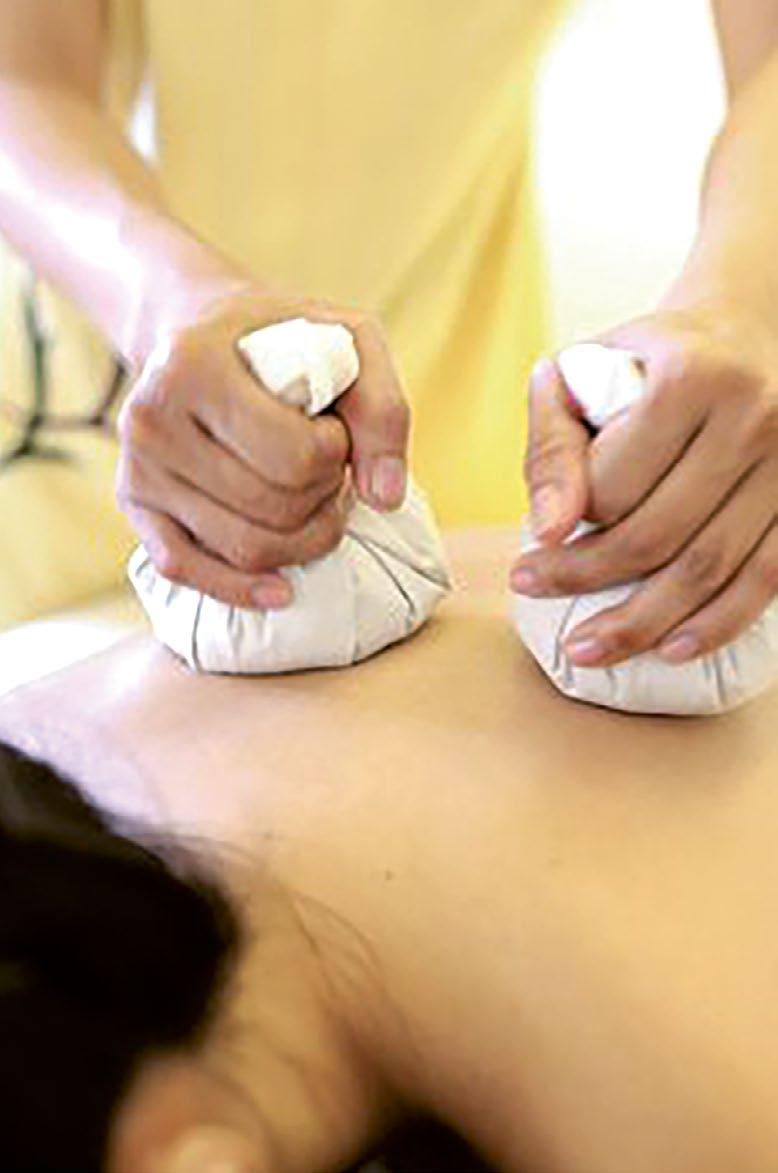
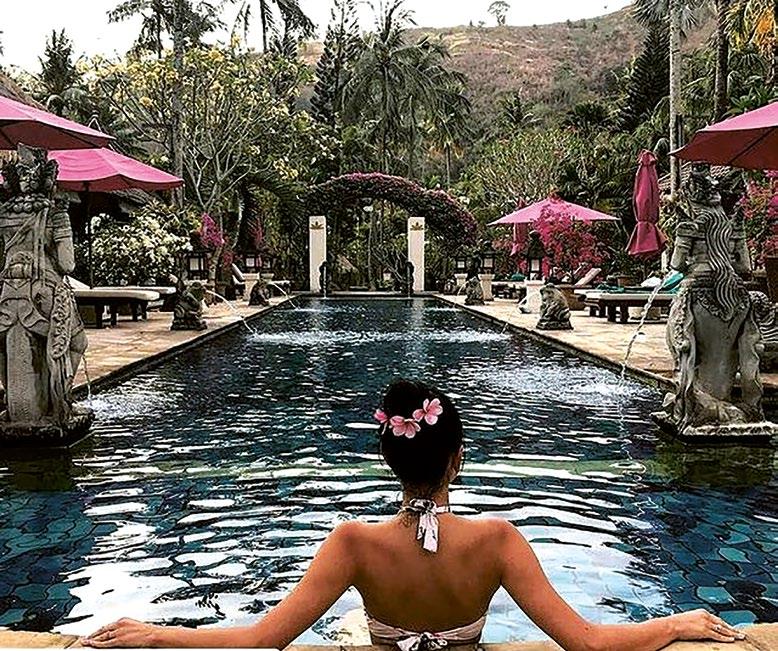
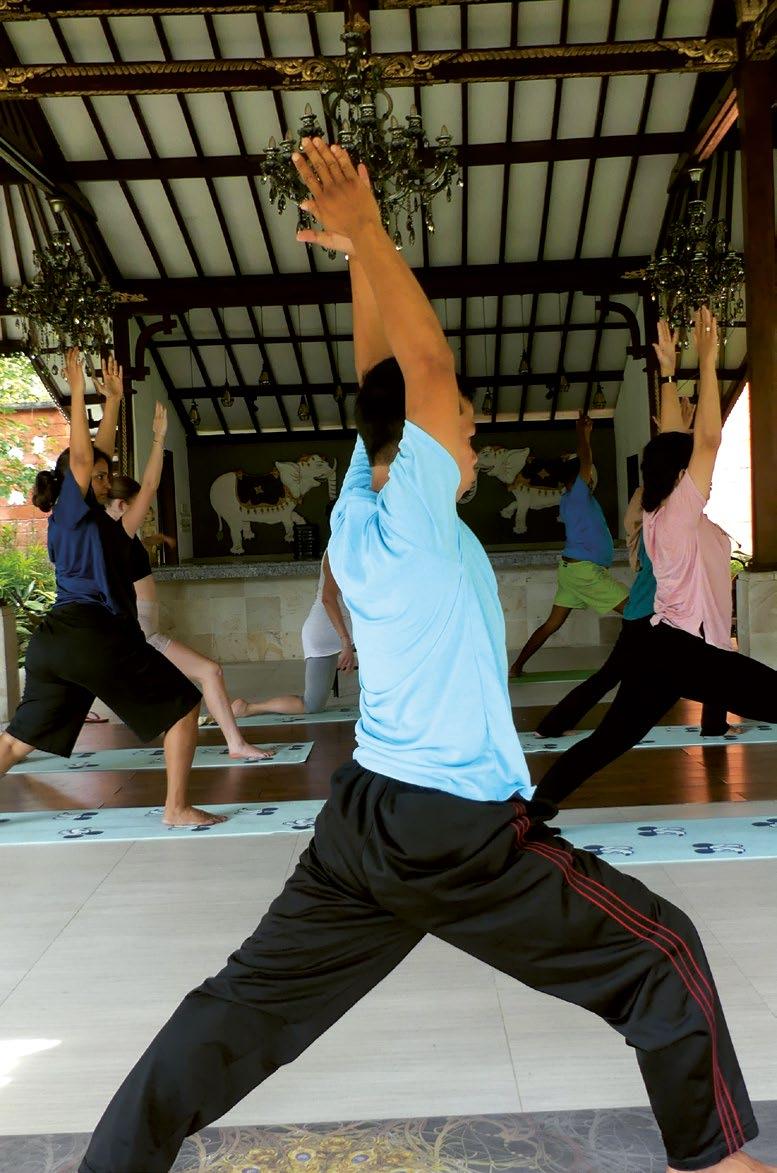
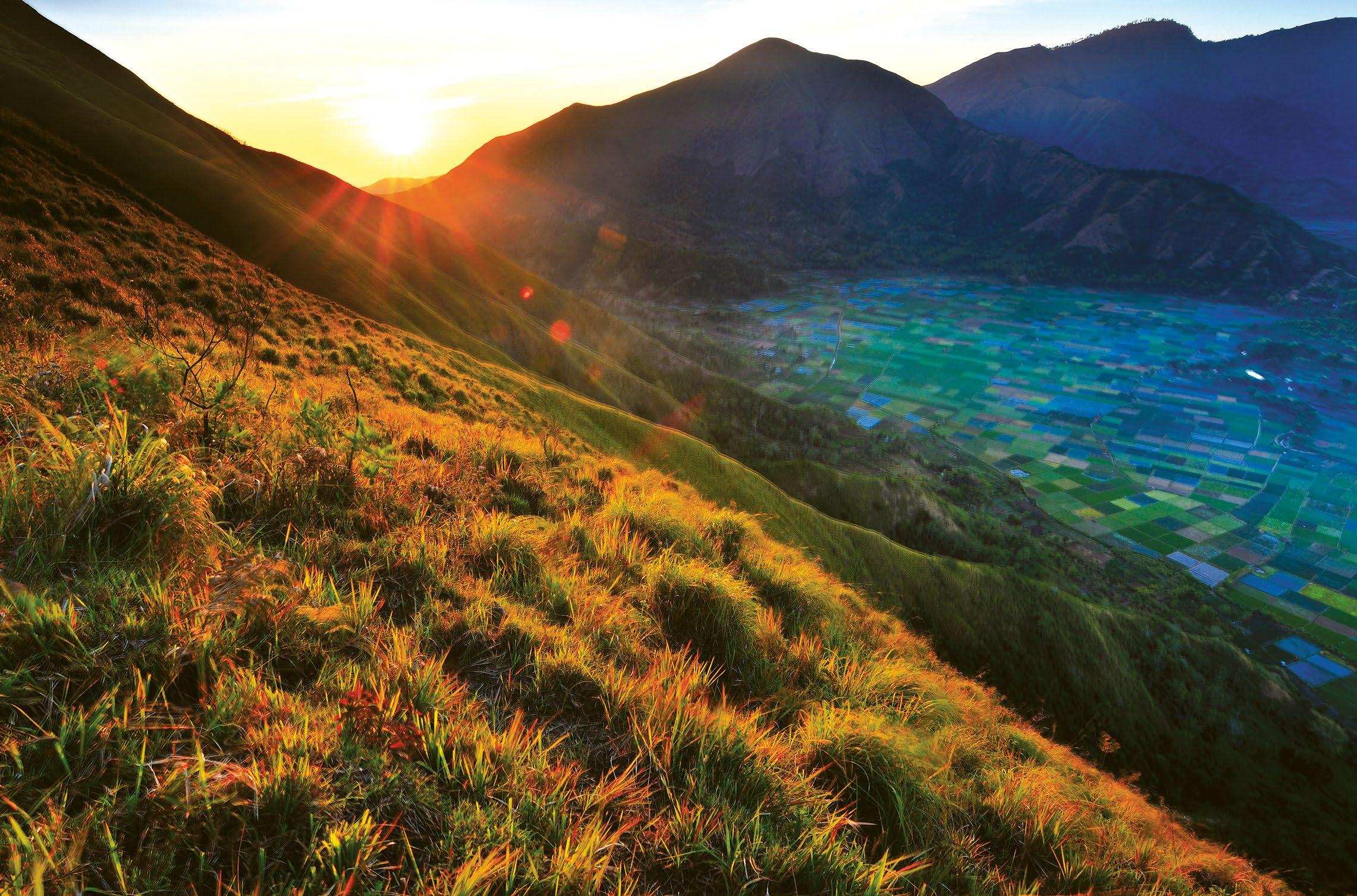
If the heat and humidity are getting to you and you long for some cooler temperatures, consider spending time in Sembalun.
High on the eastern slope of Lombok’s magnificent Mt Rinjani volcano, and one of the two main gateways for climbing Rinjani, the air here is crisp and cool. Surrounded by towering mountains and deep valleys, clear blue skies and lush greenery, Sembalun is the perfect place to get away for a few days.
There is a wide range of accommodation available in and around Sembalun –
ranging from hotels with swimming pools and private western style bathrooms, to simple rustic bungalows overlooking dramatic views, to tents and overnight camping trips to bring you closer to nature.
Days can be spent lazing in the cool environment, rugging up in coats in the early morning and taking a stroll through the village as the sun rises over the dramatic peaks, sipping hot drinks spiced with cinnamon or the rich coffee grown in the area, and cuddling up around a bonfire at night with thousands of stars sparkling in the clear mountain sky above.
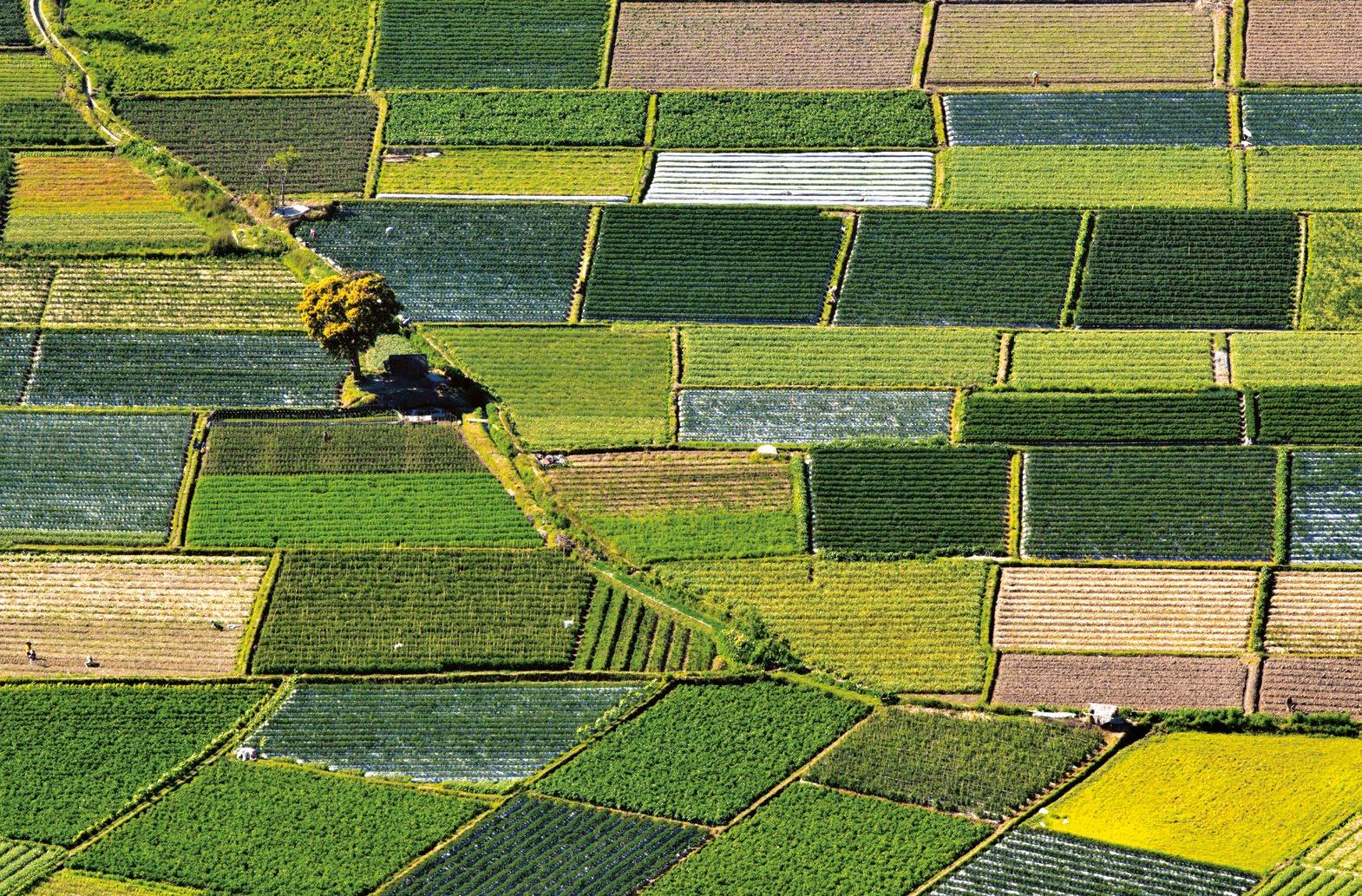
Rich volcanic soil and a cool mountain climate have created a fertile environment for farmers here to grow many crops not found in other parts of the island.
Valleys are laid out in a patchwork of lush greens and golds, with fields of garlic, shallots, cabbage, cauliflower, lettuce and other cool weather crops. Red rice is the staple food grown in the area and visitors can enjoy delicious meals based around this nutritious nutty-flavoured starch. Strawberries are another abundant crop grown in Sembalun, with strawberry farms here providing the sweet fruits for the many restaurants on the island, as well as for the export market.
Visitors are welcomed to take a strawberry farm tour and to pick their own strawberries. Prices are very reasonable and many day-trippers come to Sembalun to fill up on strawberry orders for family and friends!
The landscape of Sembalun is sublime. Surrounding the valley are ancient ridges, dramatic peaks and drop offs, and the ever-present Rinjani volcano towering above it all. For those who love getting out in nature, the possibilities are endless.
From Sembalun, climb the nearby hill –Bukit Pergasingan – an epic viewpoint reached via a steep and challenging trail.
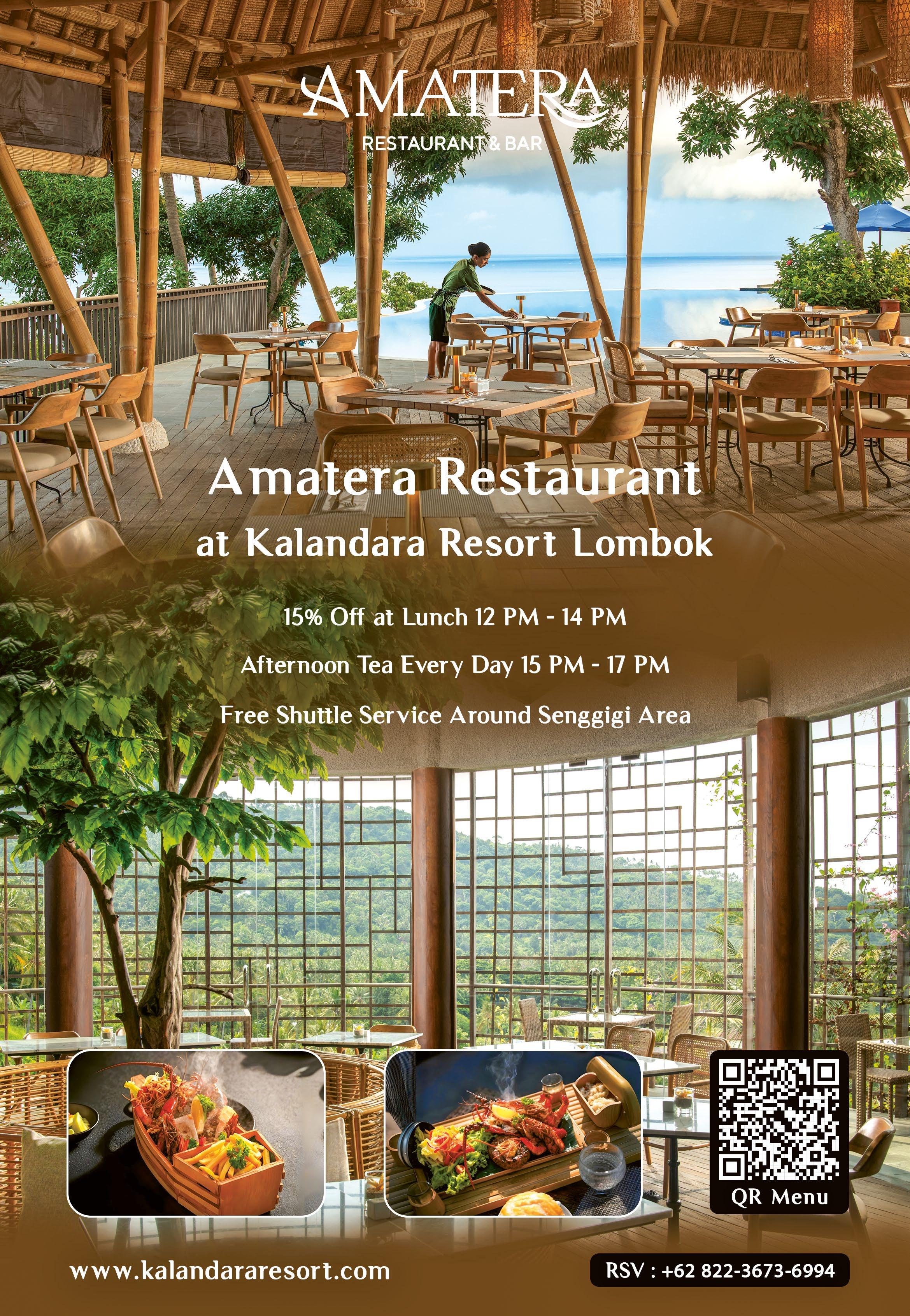
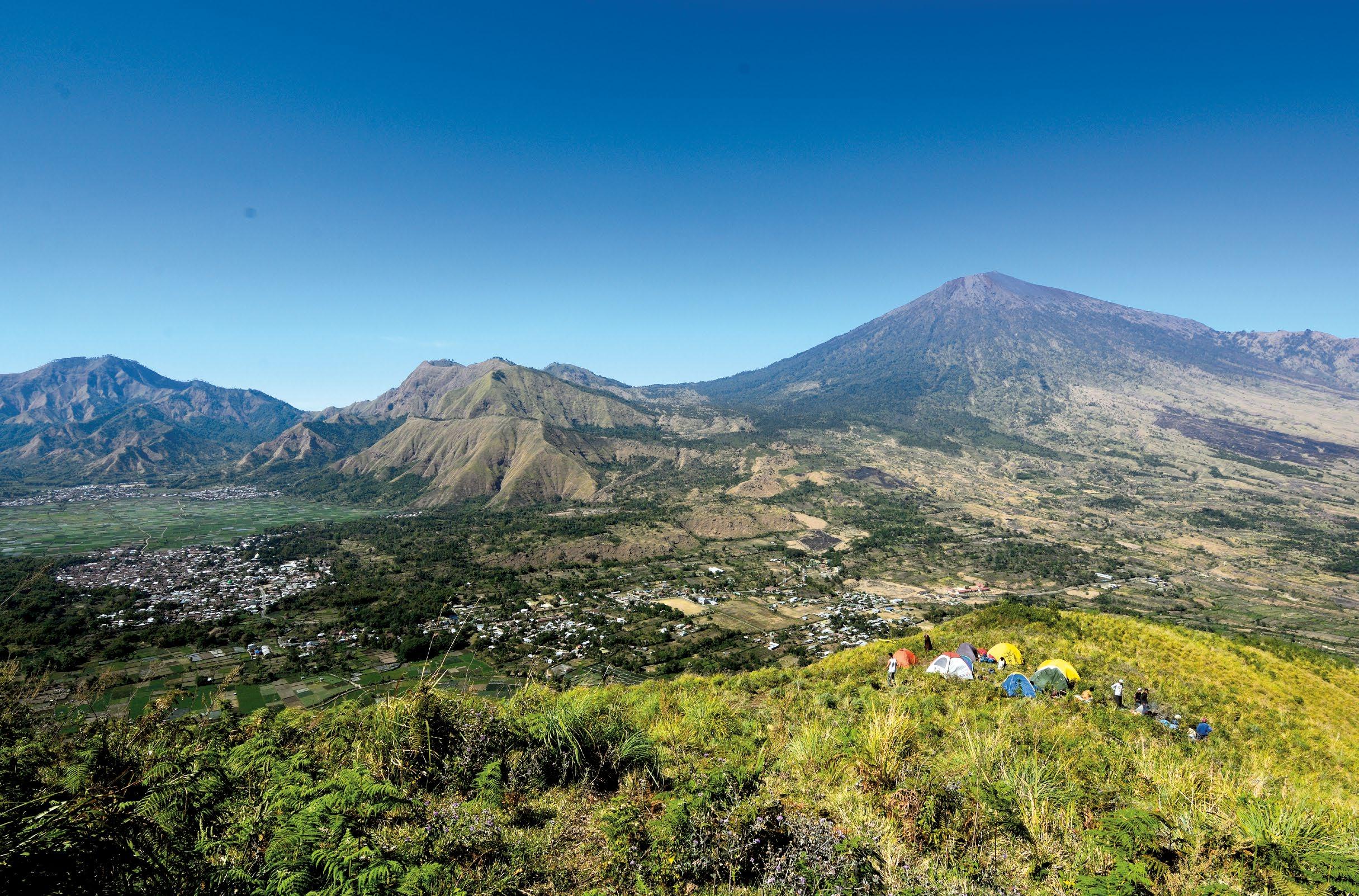
From the top of the hill, panoramic views stretch out across the valleys and you get a true perspective of the majesty of this area, surrounded by the rugged, deeply grooved slopes and the soaring peaks of the volcanic mountain range and, of course, the queen of them all – Rinjani.
The best times to hike Bukit Pergasingan are before sunrise and sunset, to take in the glorious views. The trek is suitable for
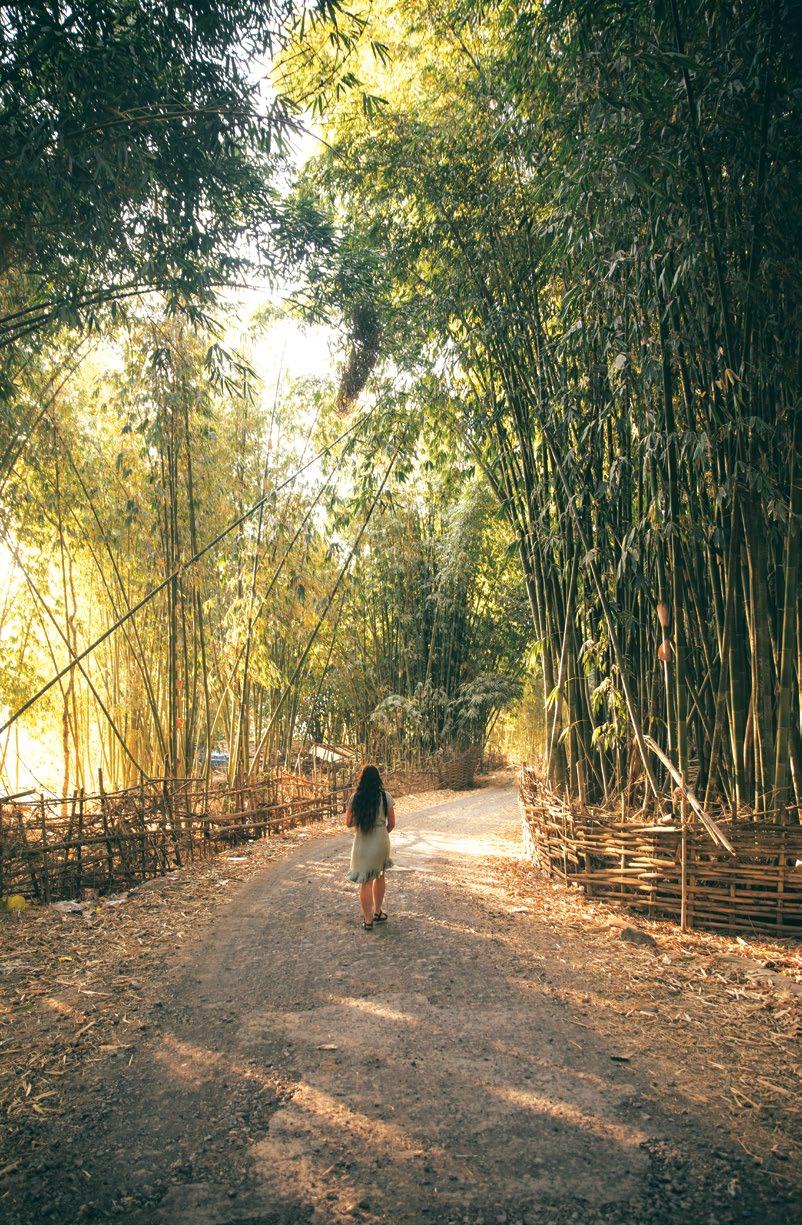
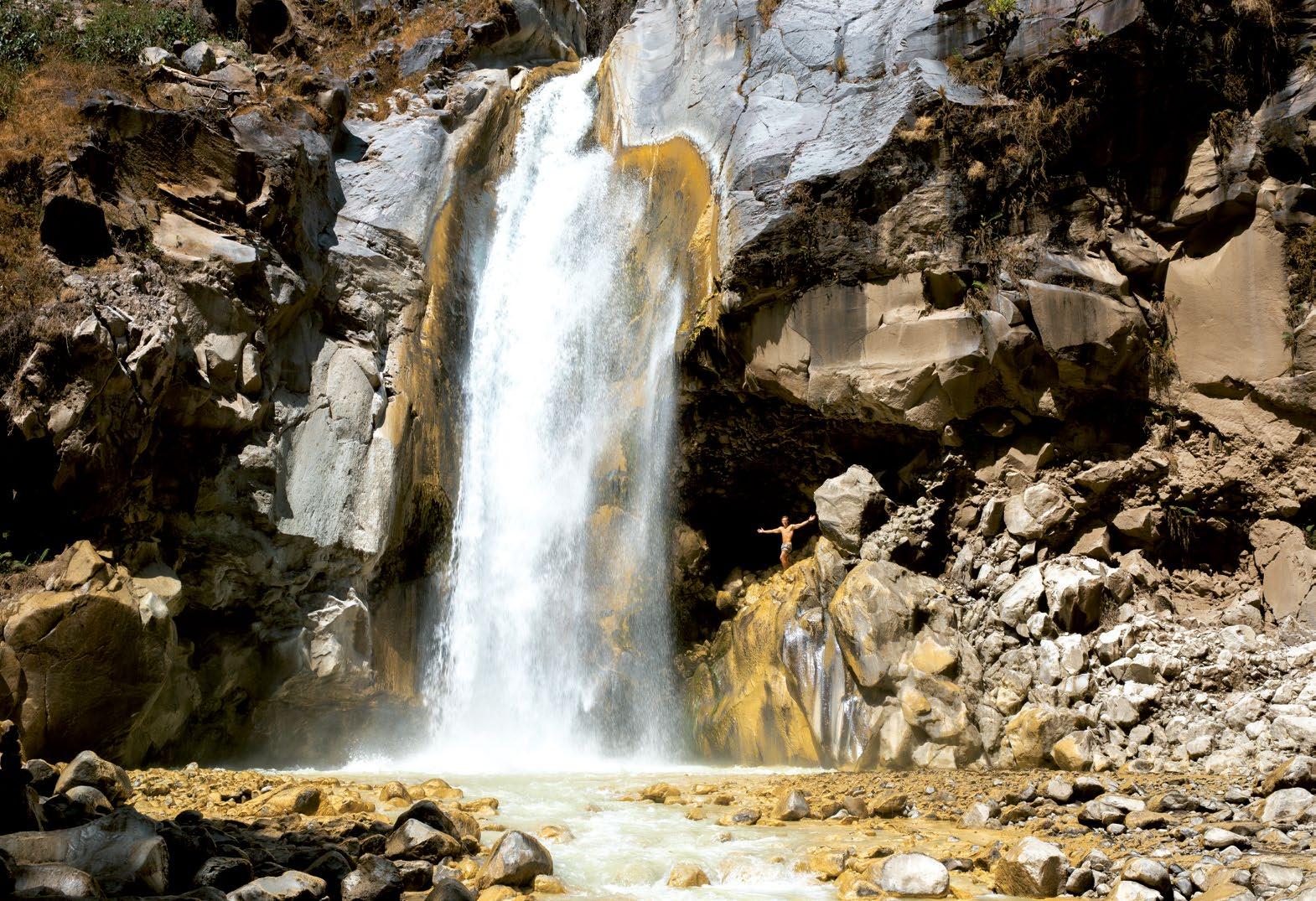
most hikers and, although you can do the climb on your own, the start of the trail isn’t easy to find so it’s best to take a local guide who can show you the way and help on some of the steep parts.
Some of the local trekking businesses will arrange overnight camping on the hill when weather permits. This is an awesome experience with the clear sky above filled with stars at night and waking to the stunning view of the sunrise over the mountains the next morning.
There are many other treks available from Sembalun. Hike
forests and rustic villages, walk amongst verdant green farmlands with local people planting or harvesting their crops, and discover the raw beauty of the rarelyvisited Mangku Sakti Waterfall.
Treks are easily organized online and through local tour operators in the village – just do an online search for any of the places of interest mentioned in this article.
For those who love adventure travel and getting lost in nature, exploring Sembalun and the surrounding mountains is the perfect adjunct (or even alternative) to climbing Rinjani!
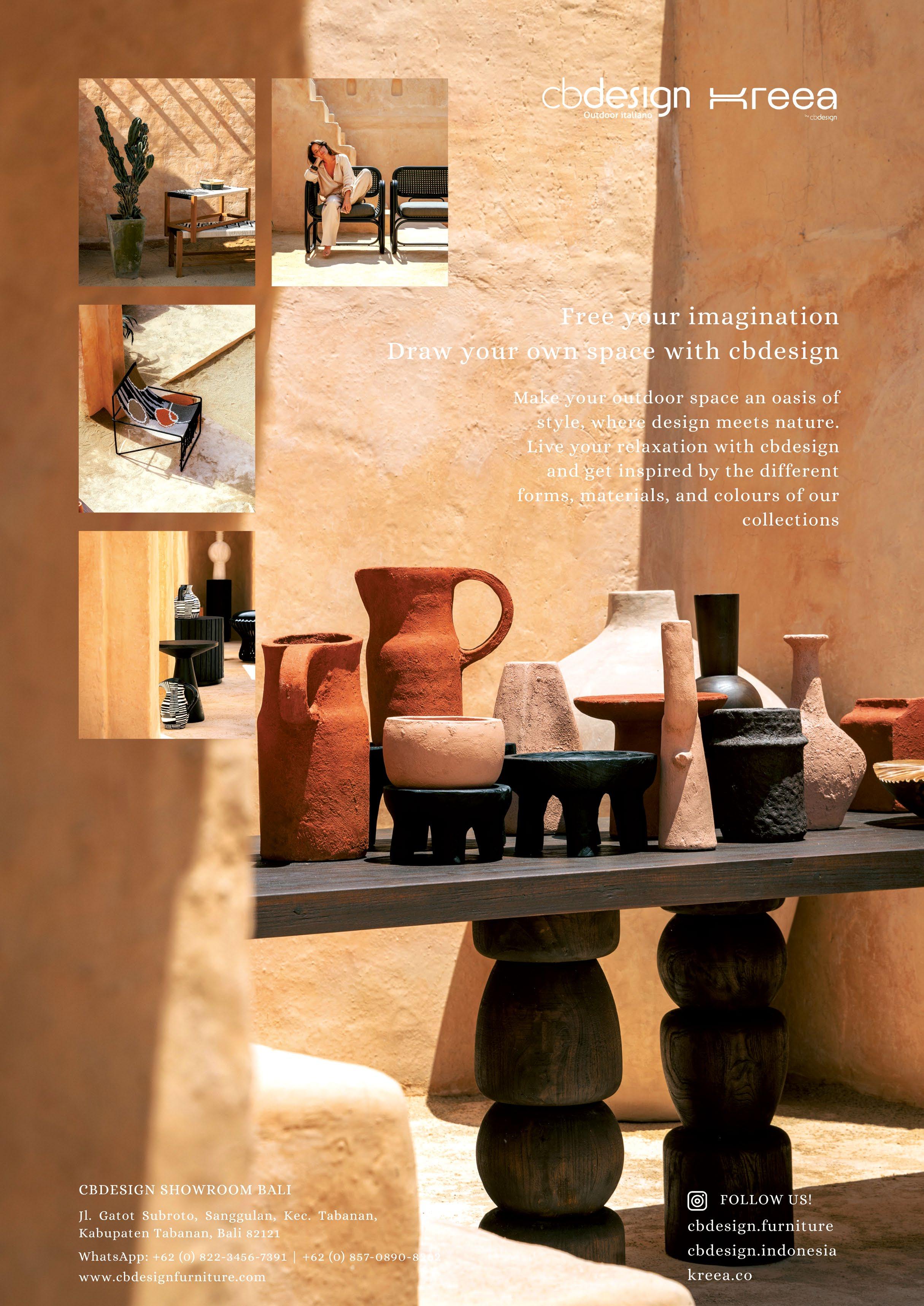

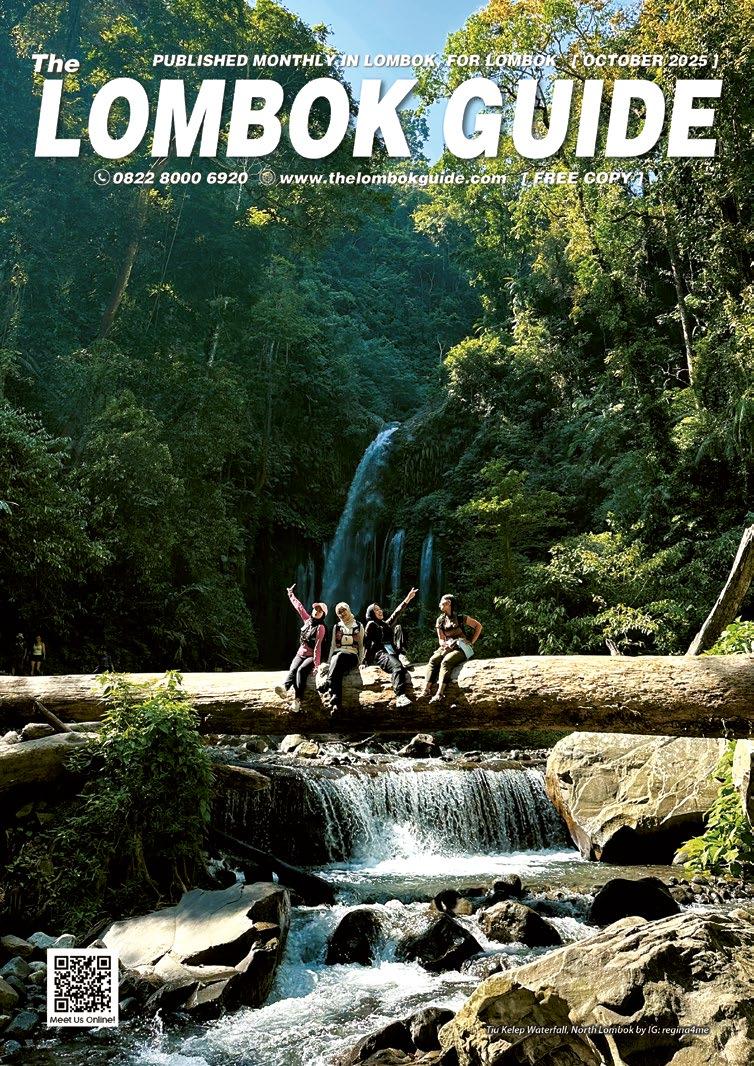
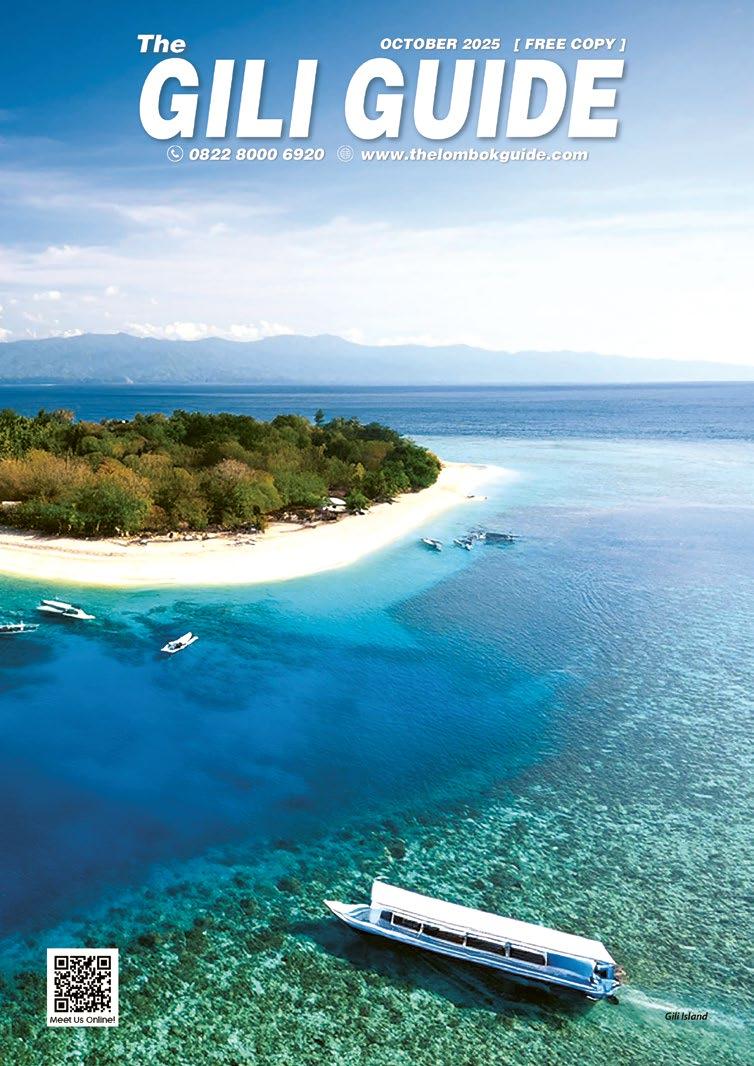
AIRPORT: In every tour & transport counter, cafes and Tourism Information Centre
BLUE BIRD TAXI:
Exclusively available in every Blue Bird Taxi in Lombok Hotels & Resorts, Restaurants, Bars, Cafes and Malls in Senggigi, Mataram, Kuta, Gili T, Gili Meno, Gili Air, Gili Asahan, Gili Gede, Selong Belanak
FASTBOATS: Blue Water Express, Eka Jaya Fast Boat, Orion Prince Fast Ferry, Gili Getaway, Gili Gili Fast Boat, Scoot Cruises, Golden Queen Fast Boat Restaurants, Cafes, Bars and Tour & Travel Agents in Sanur, Kuta, Legian, Kerobokan, Seminyak, Umalas, Batu Belig, Canggu, Ubud
of 10,865 international & national visits to our website every month! www. thelombokguide.com








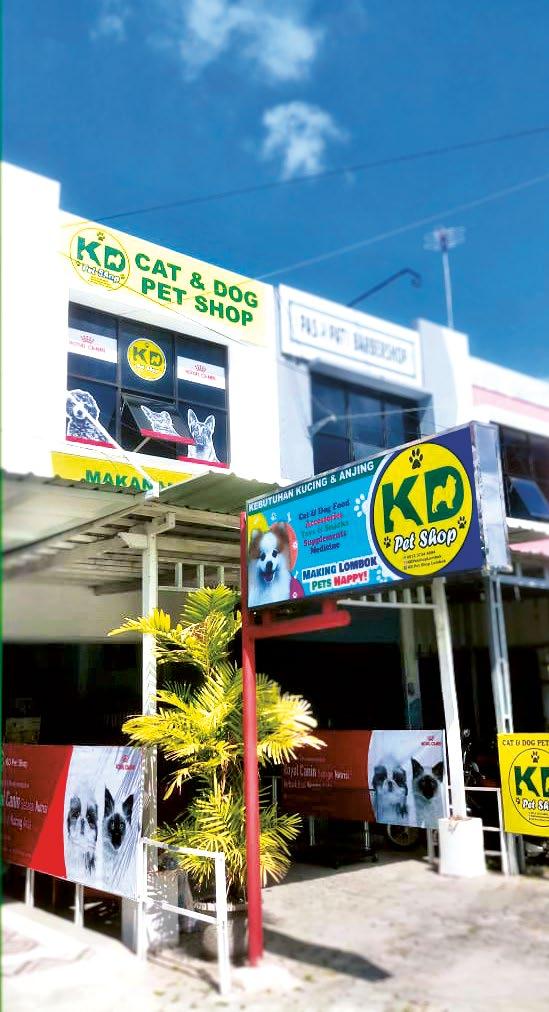
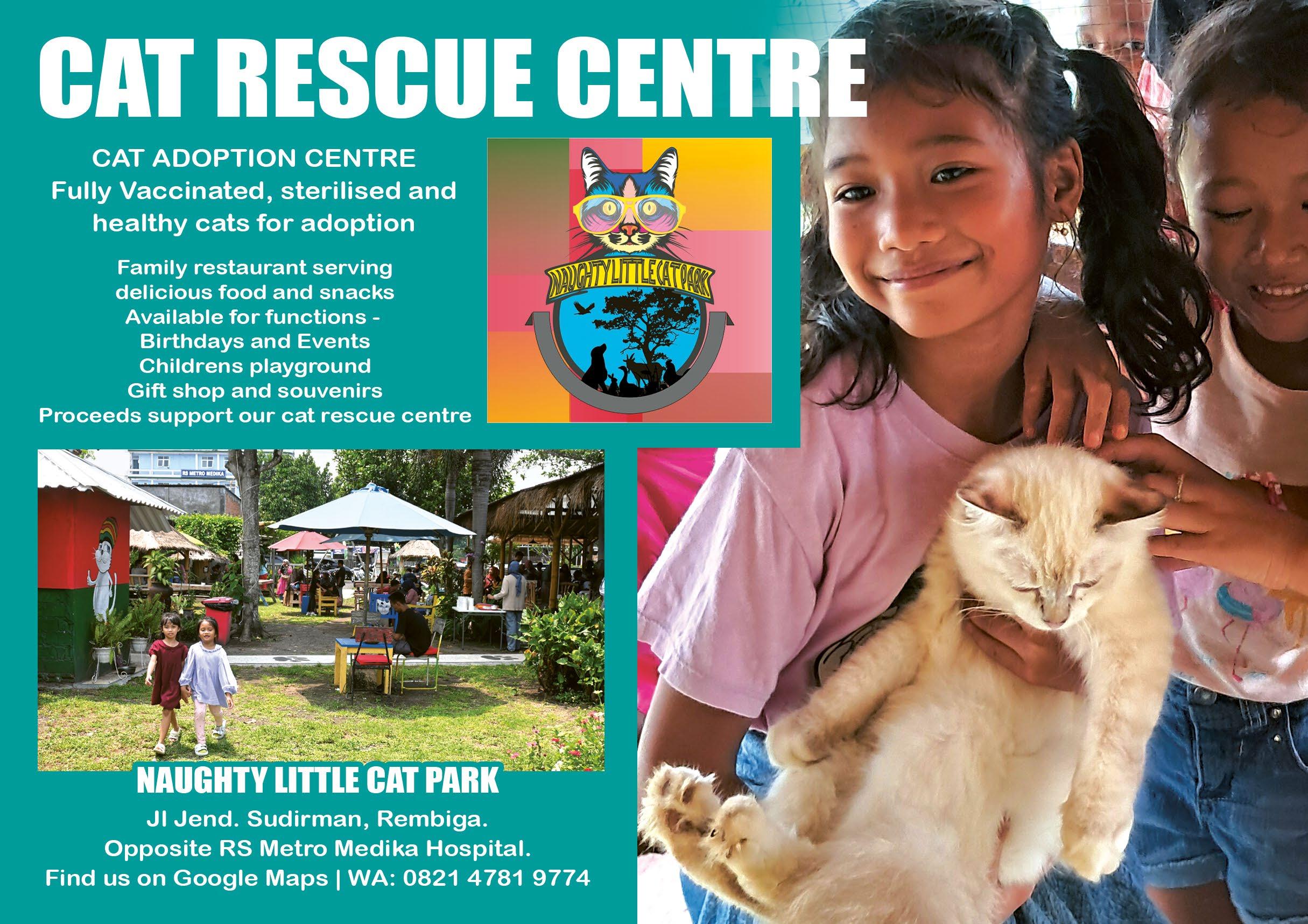
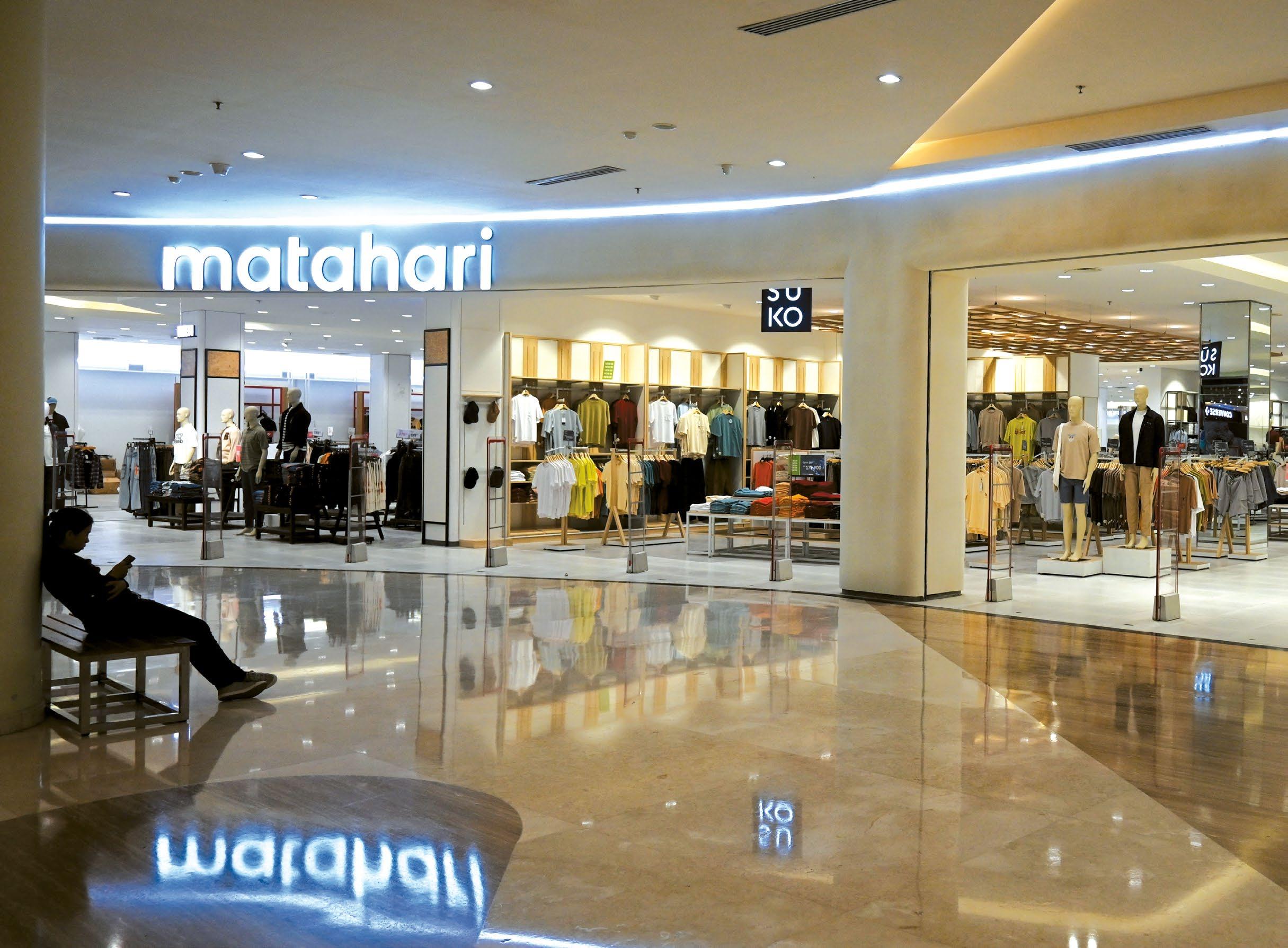
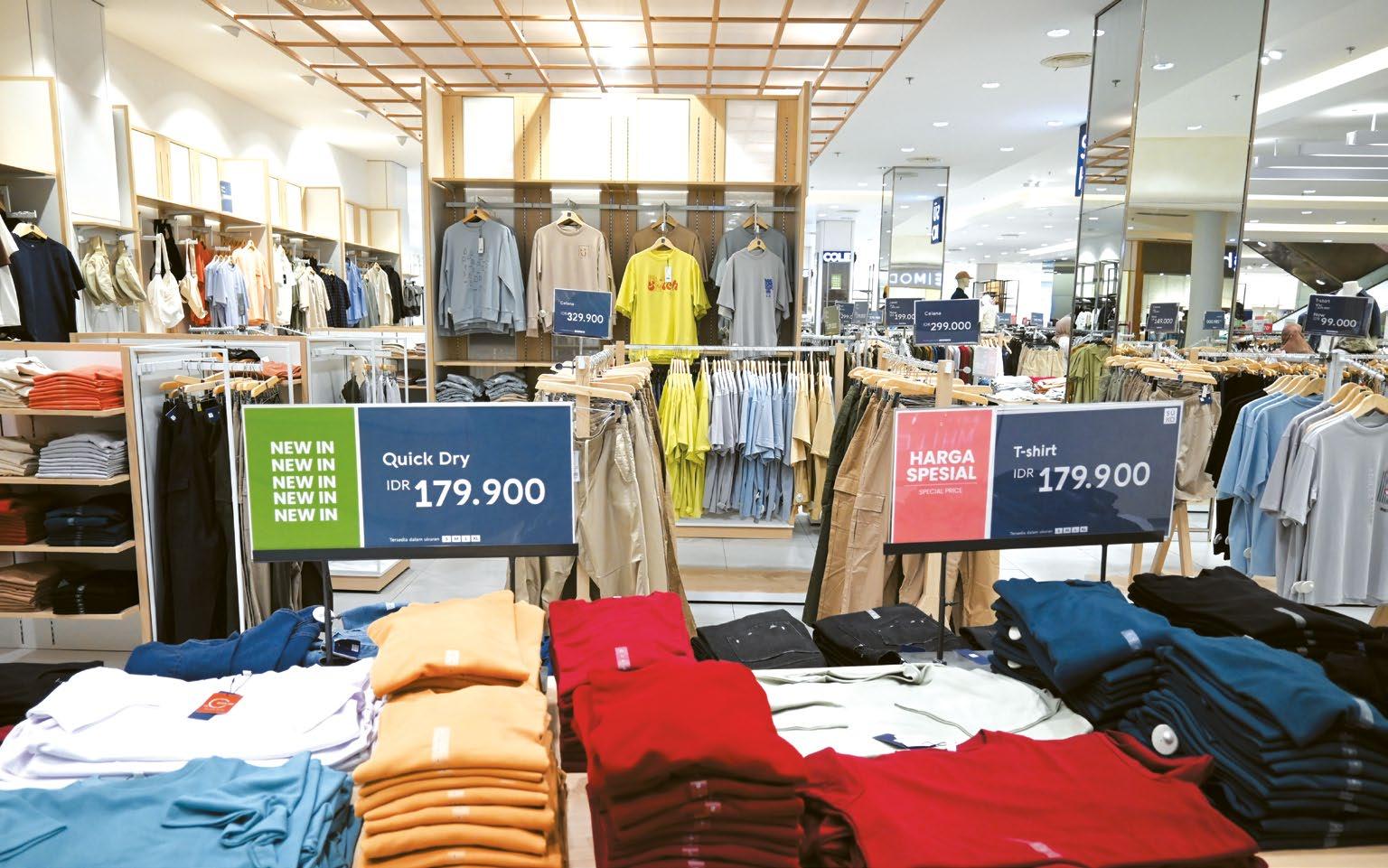
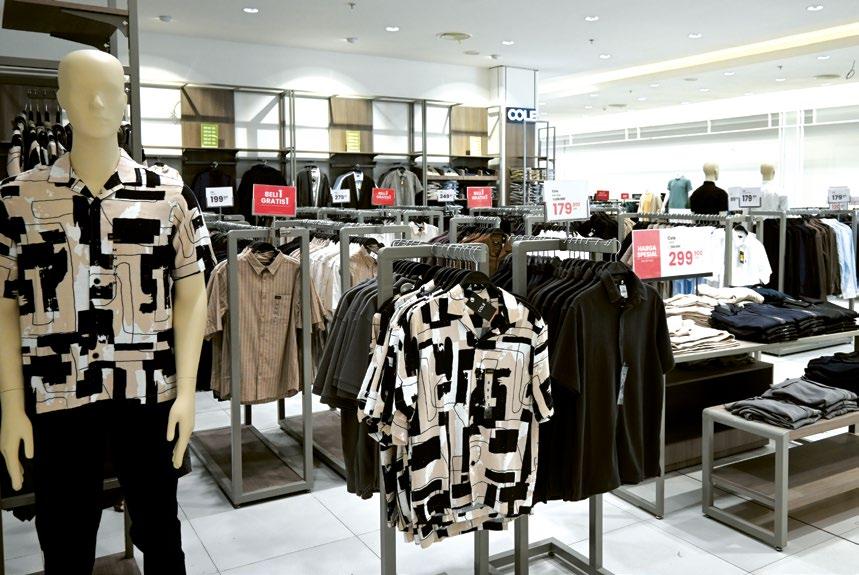
Over the past couple of months, Matahari Department Store at Lombok Epicentrum Mall has been undergoing a major revamp. Matahari is a well-known Indonesian department store chain with more than 140 outlets in 80 cities across the country. The department store is one of the main anchor tenants at the Mall and was the first Matahari Department Store to open in Lombok, in June 2015.
At the time, it was a welcome addition to Lombok’s shopping scene, although the store catered mainly to the domestic market, particularly in terms of fashion, style and sizing.
However, the latest changes at Matahari are aimed to attract a broader market with a more modern and varied assortment of fashion, and a wider range of sizing to suit the growing expat demographic of Lombok.

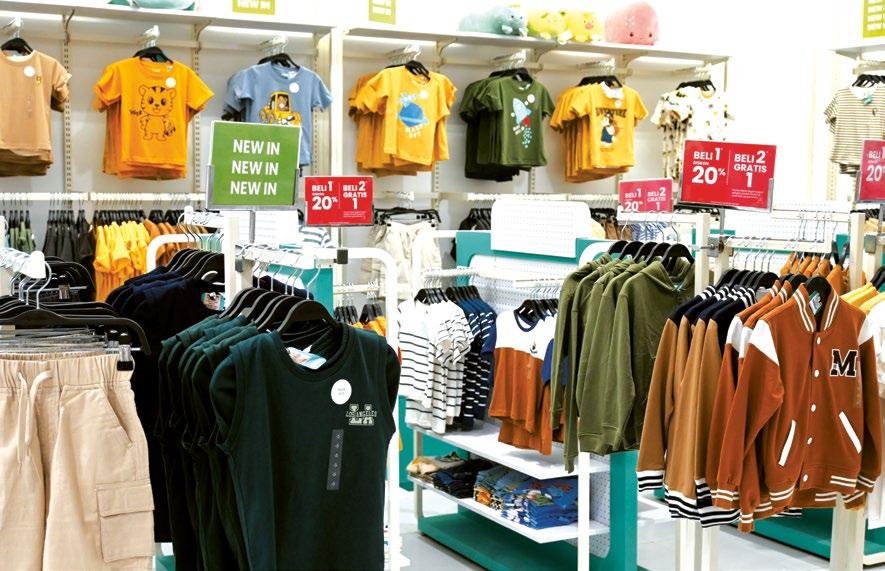
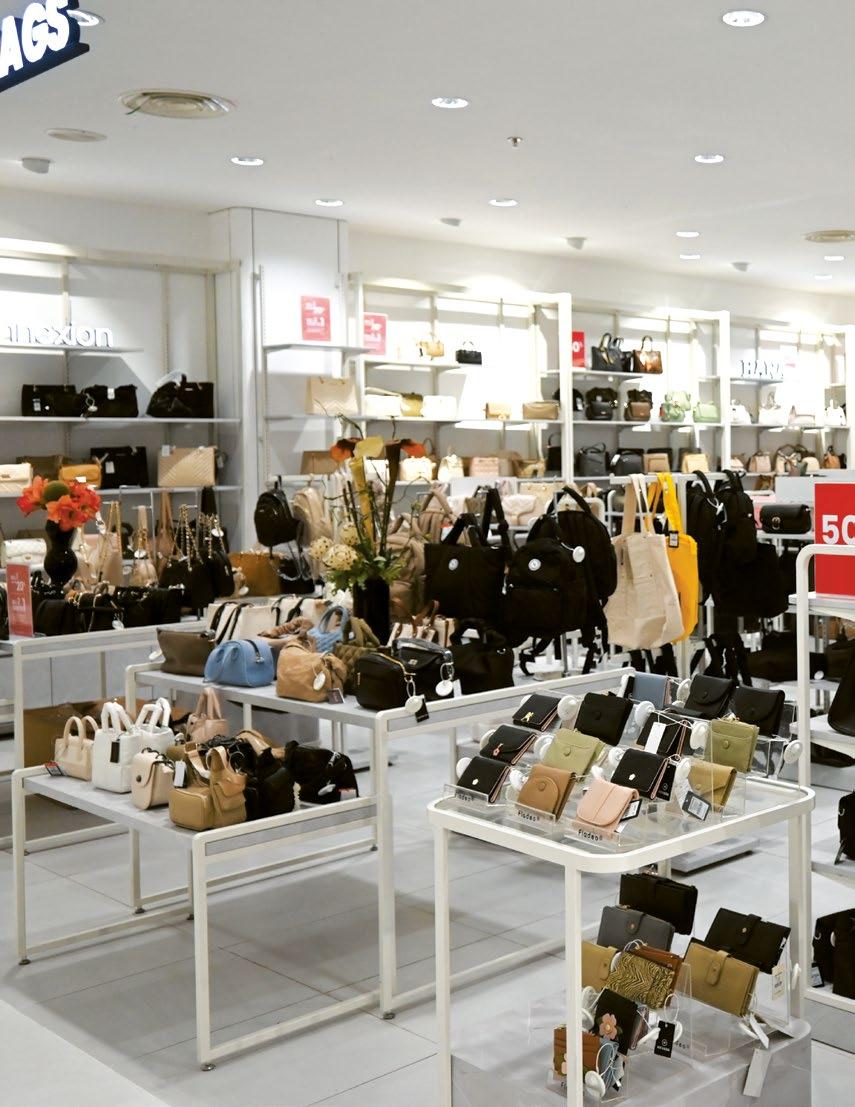
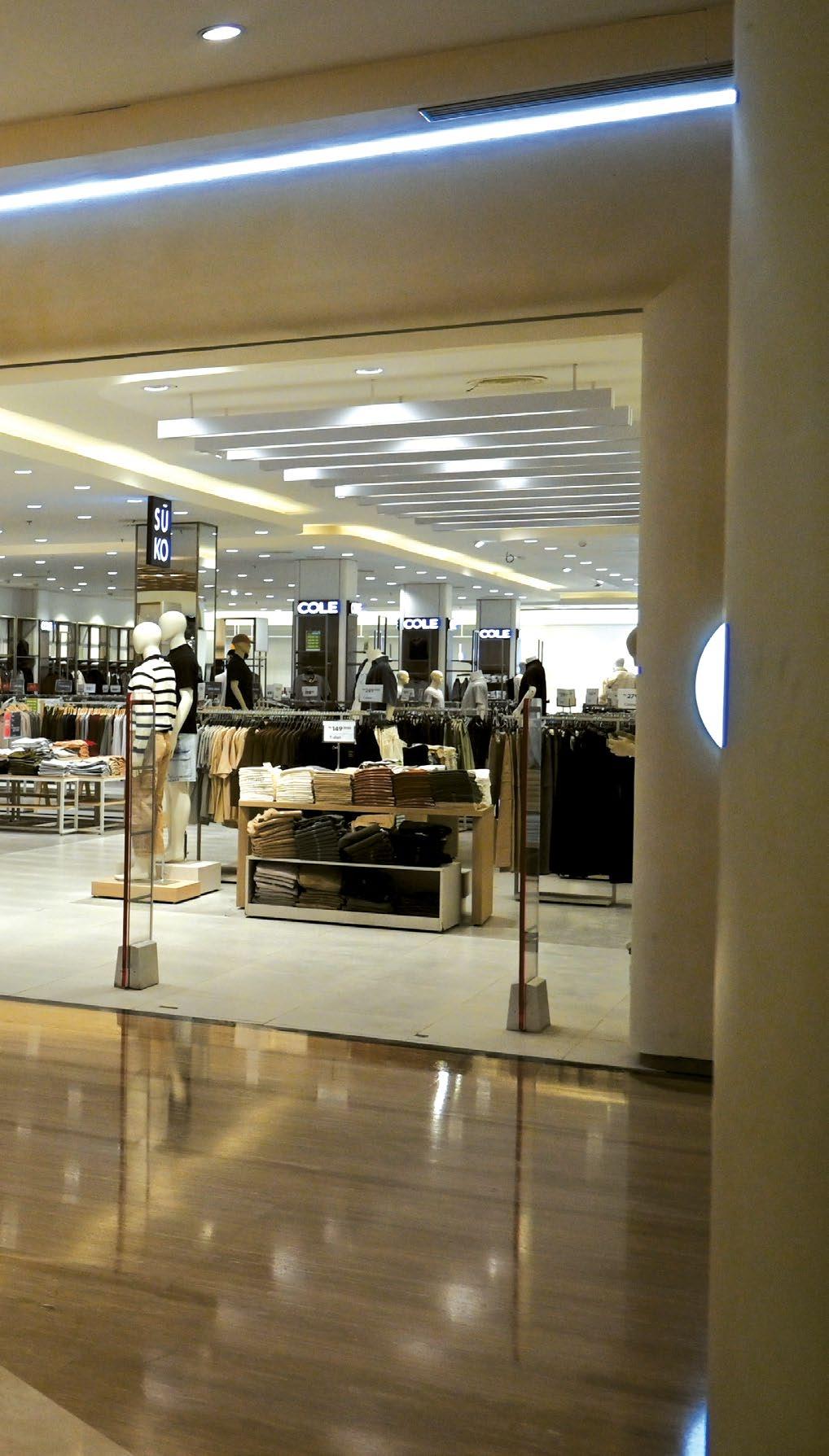

The store is spread over two levels at Lombok Epicentrum Mall and retails a wide range of clothing for women, men and children, as well as lingerie, sportswear, shoes, bags, and cosmetics.
The new layout is modern, bright and attractive with spacious sections dedicated to each department, including a new and comprehensive teen and menswear department on the first floor.
The bag department on the ground floor has one of the largest selections of wallets, purses and bags of all sizes and styles – and even luggage – to be found in Lombok.
The new look Matahari really does offer something for everyone – including tourists, who will appreciate the hasslefree shopping experience and low local prices. Stop in soon to take advantage of the current re-opening sales!
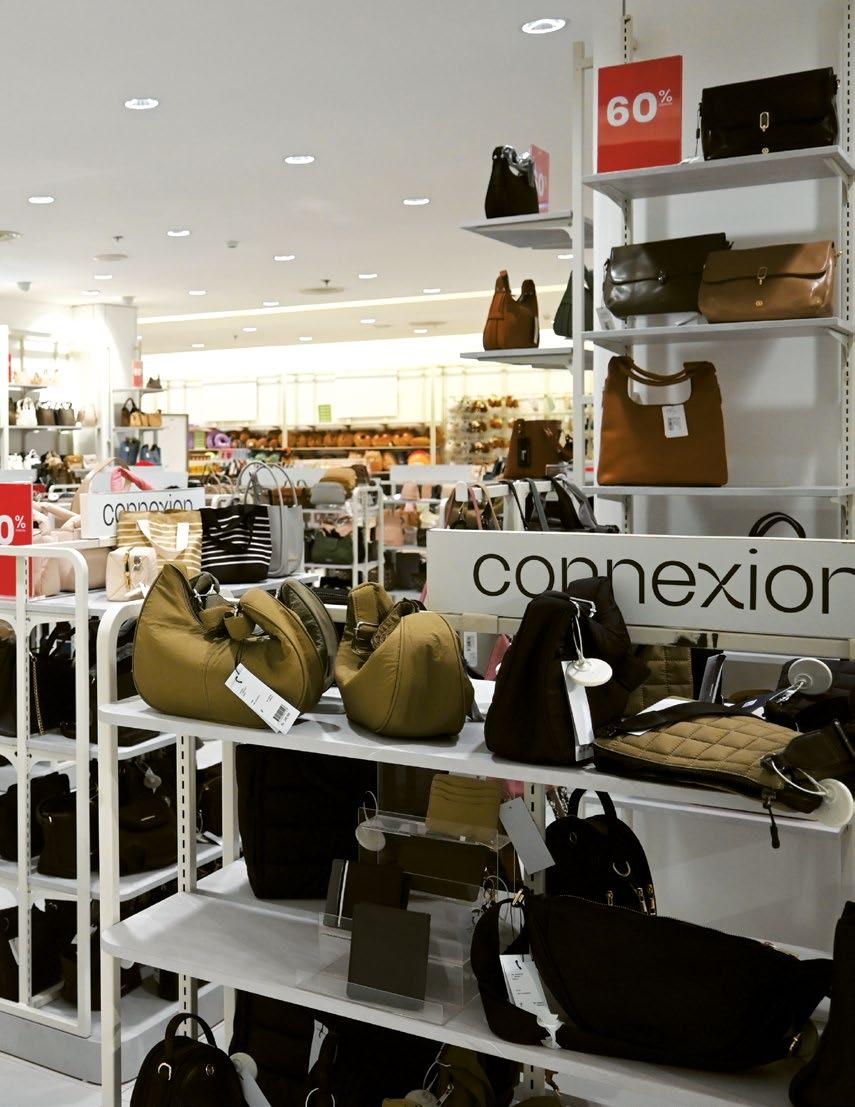

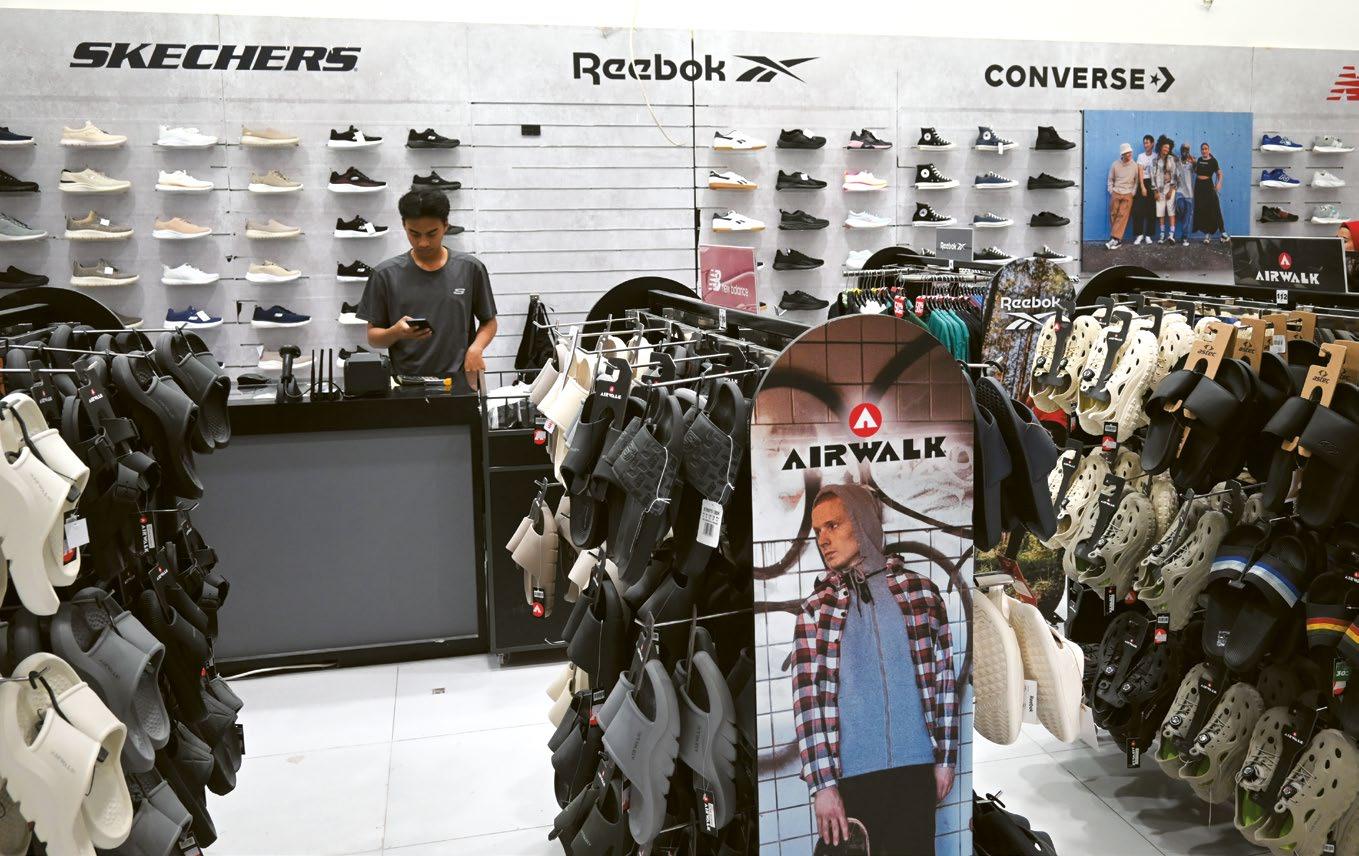
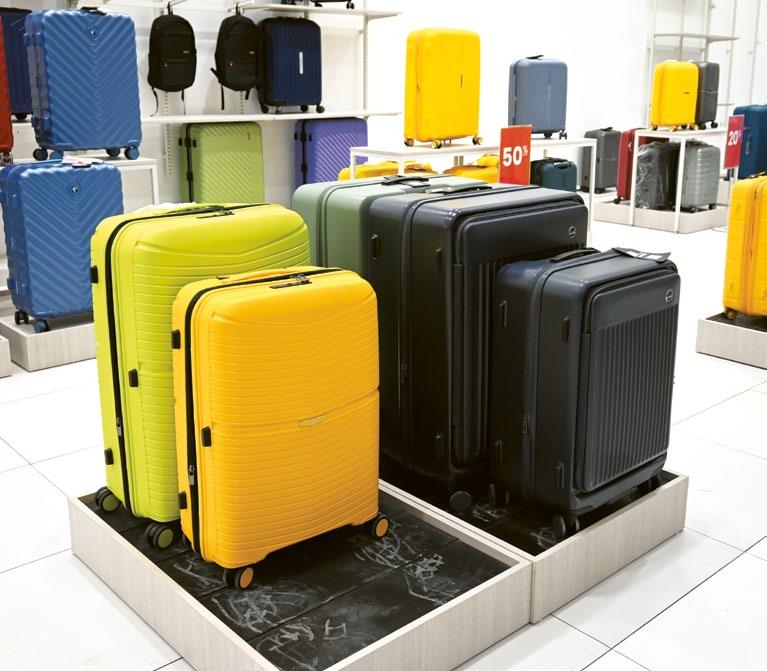
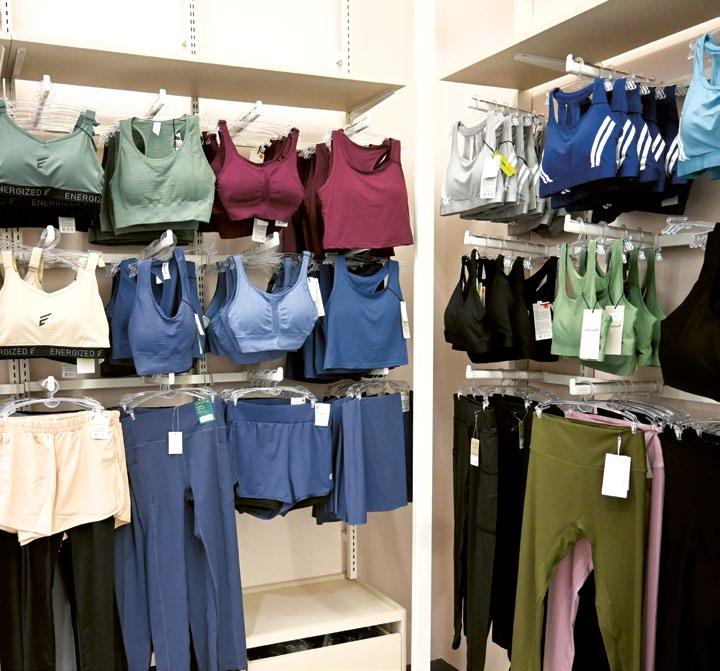
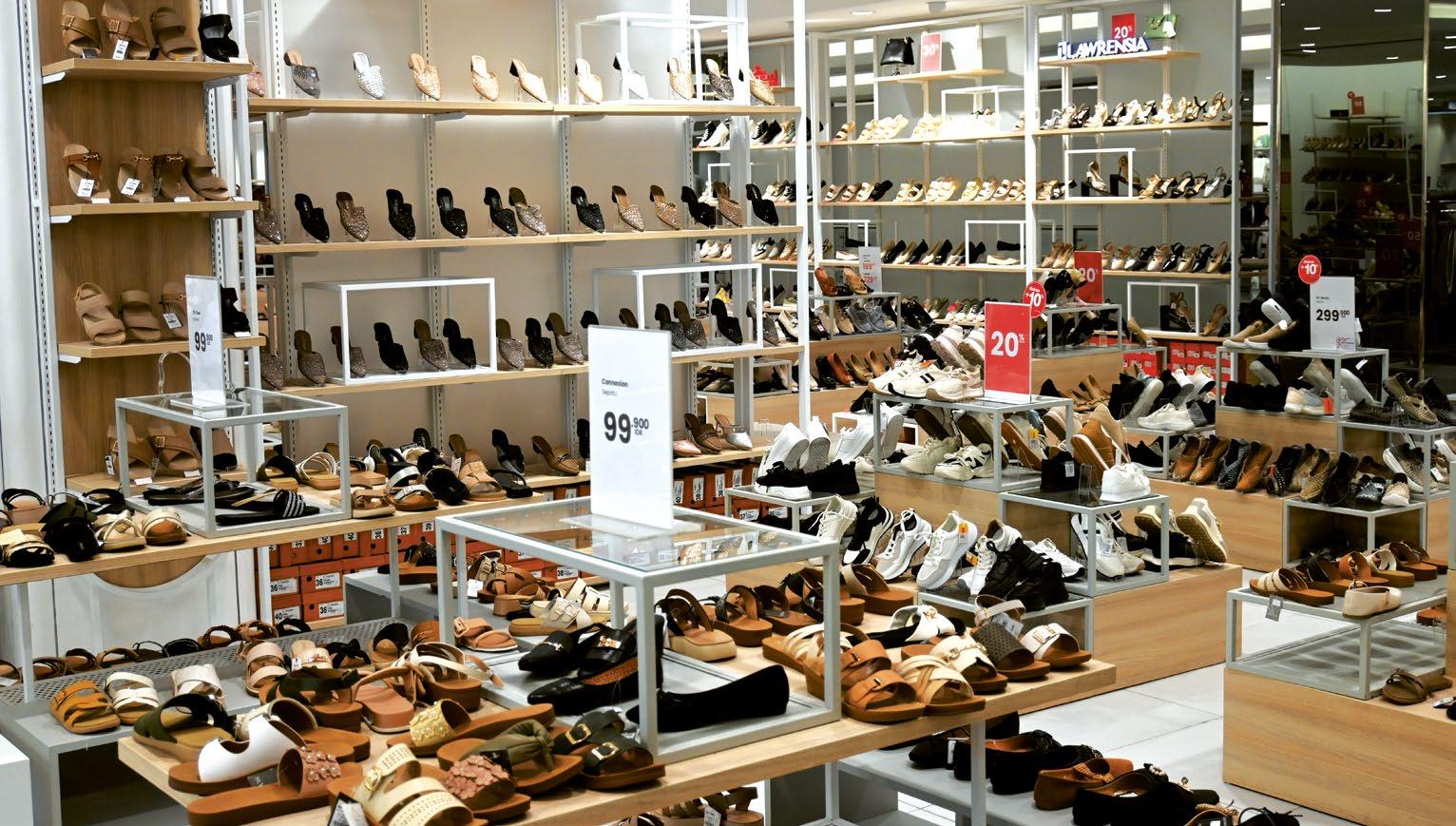
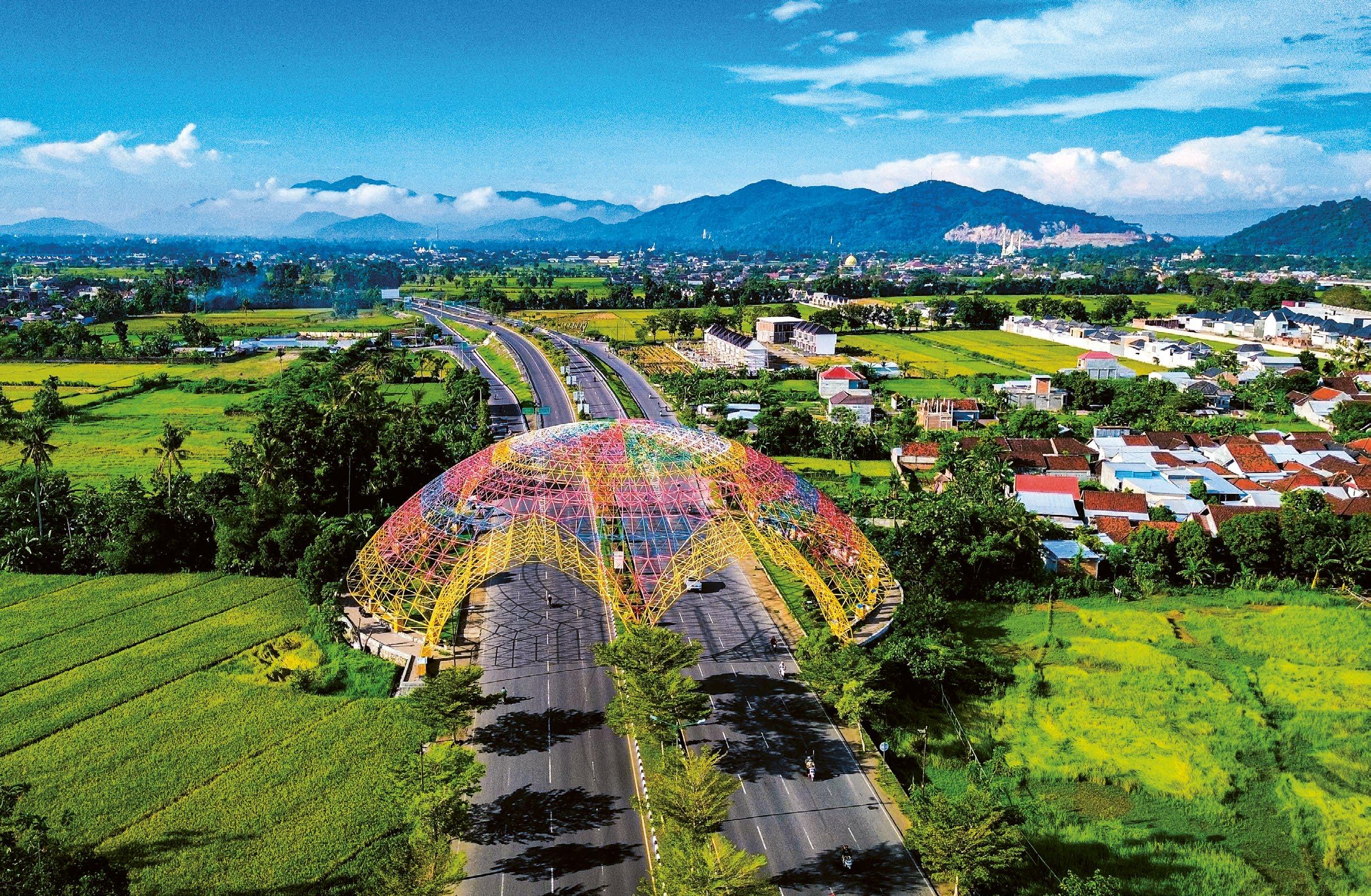
The three main cities in Lombok –Ampenan, Mataram and Cakranegara – have expanded over the years and now merge together to create what is, for Lombok, an urban sprawl of shops, administrative centres and residential areas.
A visit to the cities makes an interesting day trip, exploring the numerous shops selling everything imaginable from everyday items to gold and pearls, and to the Lombok Epicentrum Mall – Lombok’s main shopping mall.
There are many pearl shops in Ampenan and the nearby village of Sekarbela that sell unset pearls and pearl jewellery at attractive prices. These are genuine pearls – some cheap quality from China and more expensive ones farmed in Lombok and Sumbawa. If you bargain the price, you can usually get a good deal.
There are gold shops in both Ampenan and Cakra. The gold sold in Lombok, as with most Asian cities, is 24 karat gold and is sold by the gram at current market price. For cheap and interesting food choices, explore the many restaurants, warung (local cafés) and food stalls in the cities. Especially in the late afternoon, stalls set up along the main streets selling fresh fish and seafood grilled over hot coals and coated with spicy sauce, satay skewers with spicy peanut sauce, and many other kinds of local street food.
Or just wander around the streets to soak up the atmosphere and discover fascinating insights into Lombok life!
Ampenan was the original port in Lombok during Dutch colonial times and some of the old architecture is still visible around the town, particularly toward the beach to the west, where the remnants of the port are slipping into the sea.
The streets become a market at night, filled with warung and kaki lima (food carts) for cheap, tasty food and local flavour.
Pasar Kebun Roek, just near the traffic lights in Ampenan (near the intersection to Senggigi), is the site of the local markets. Every day traders set up stalls selling fresh produce from around the island, local snacks and products, live chickens and fresh fish in the afternoon when the fishing boats come in. A stroll through the markets is a pungent and enlightening experience!
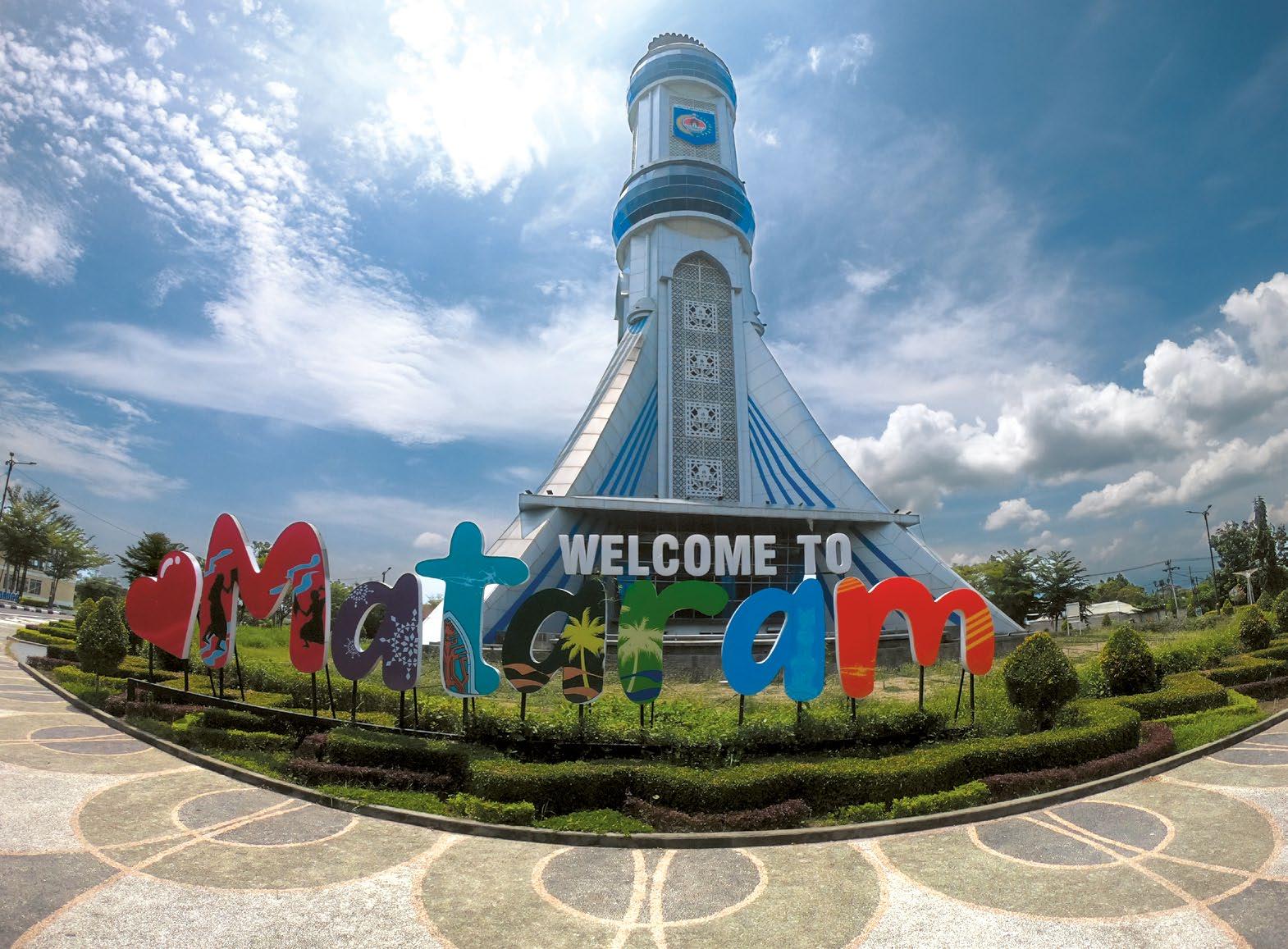
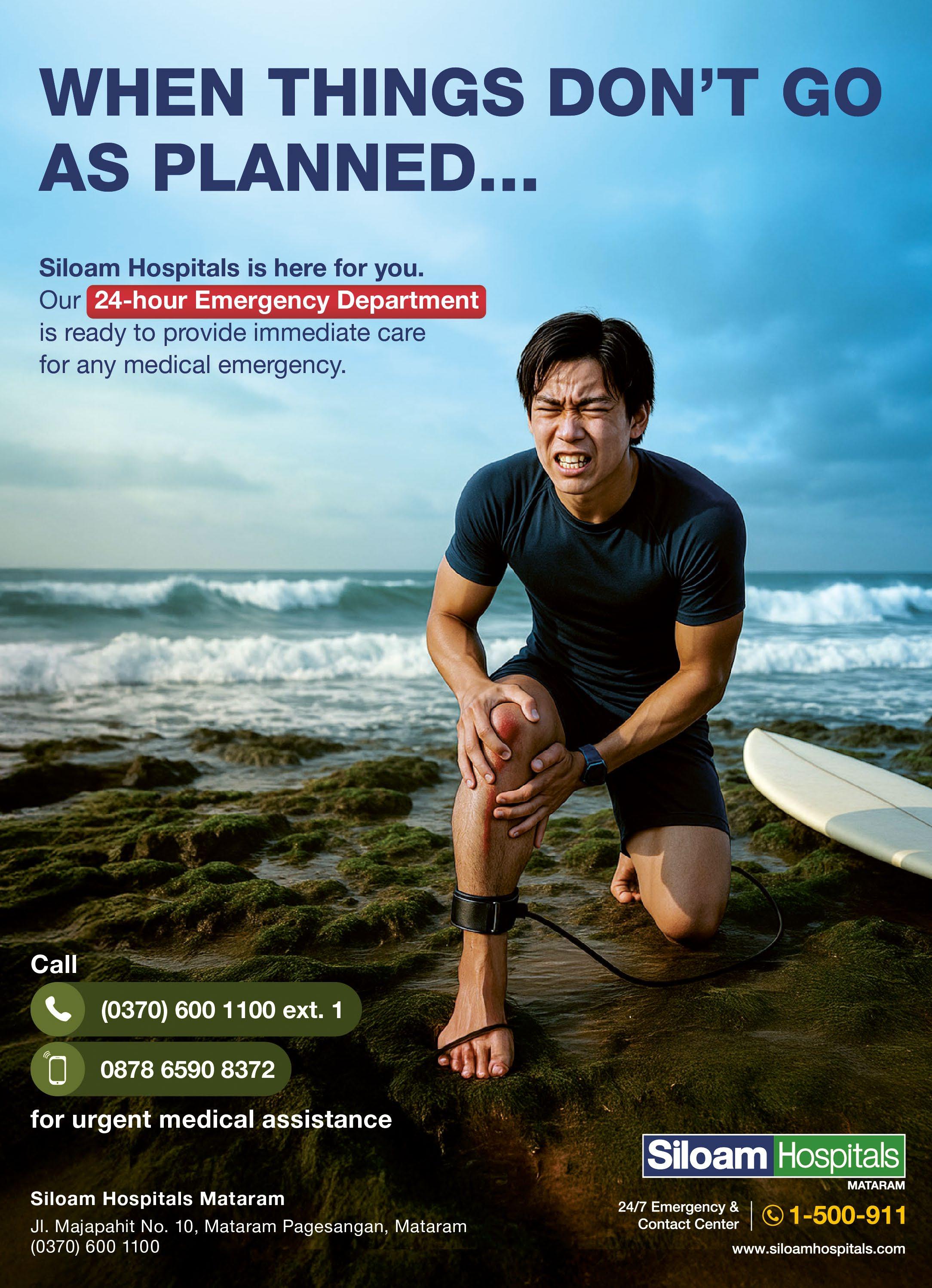
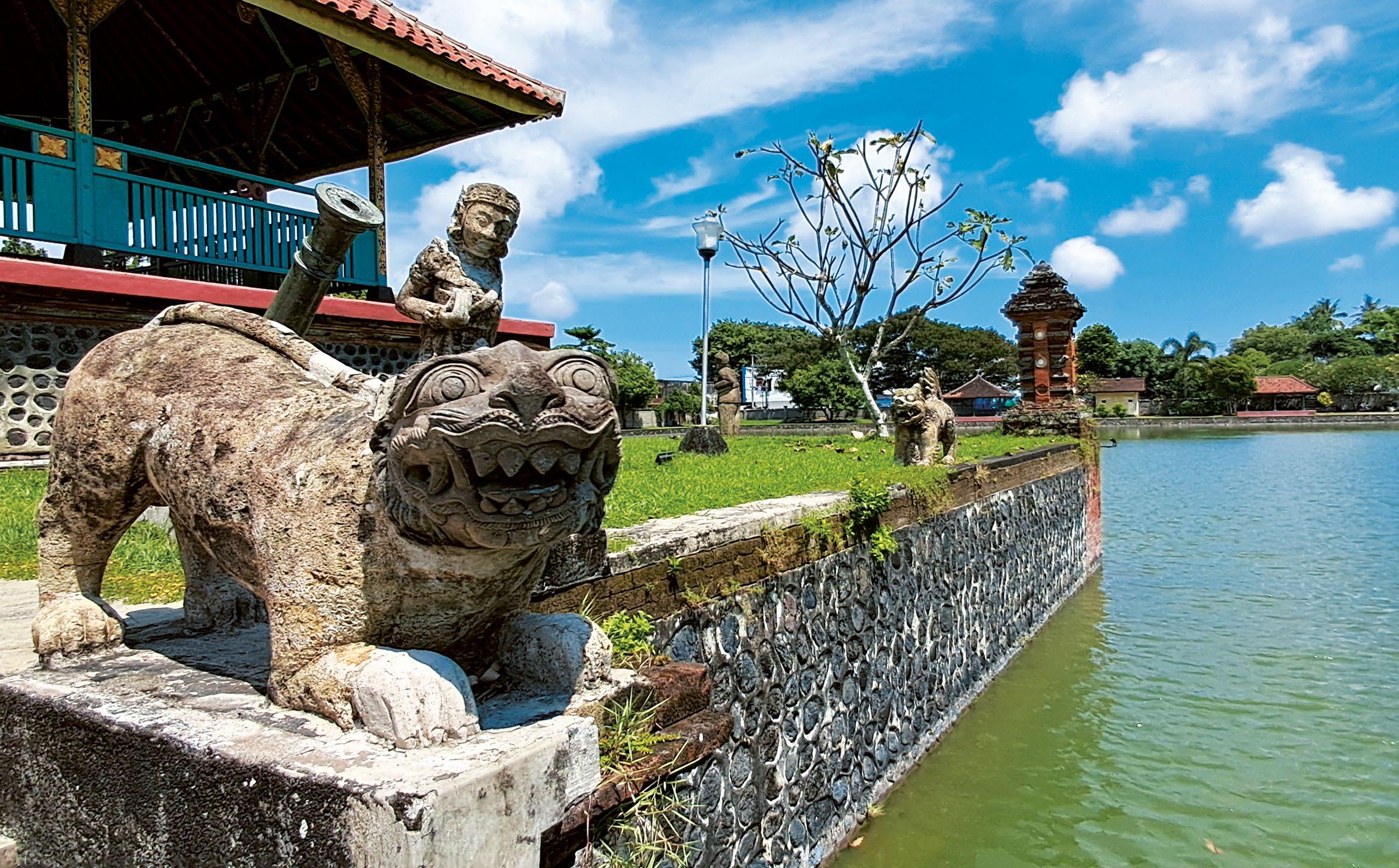
labyrinth of stalls selling everything from woven baskets to fresh flowers and local food.
Mataram, about 3 km to the east of Ampenan, is the administrative centre for Lombok and Sumbawa (NTB Province), with government offices, banks, mosques, schools and colleges, bookstores, the main post office, and Mataram University downtown.
In Mataram, the Nusa Tenggara Barat (NTB) Museum houses historical and cultural artefacts from Lombok and Sumbawa. It’s an interesting place to visit and occasionally hosts special exhibits. Displays include exhibits on geology, history and culture. Address: Jl Panji Tilar, Taman Sari. The Museum
is open from 8am to 3pm and there is a small admission fee.
Cakranegara (usually abbreviated to “Cakra”) is Lombok’s main shopping area. It is also home to many Chinese and Balinese, who make up over 50 percent of the city’s population. The streets of the city make an interesting walk with gold shops, sporting goods, clothing and fabric stores selling imported silks, laces and cottons, to name a few.
There is a local market at the main intersection in Cakra; turn right at the traffic lights and look for the entrance to the market on the left. Inside is a
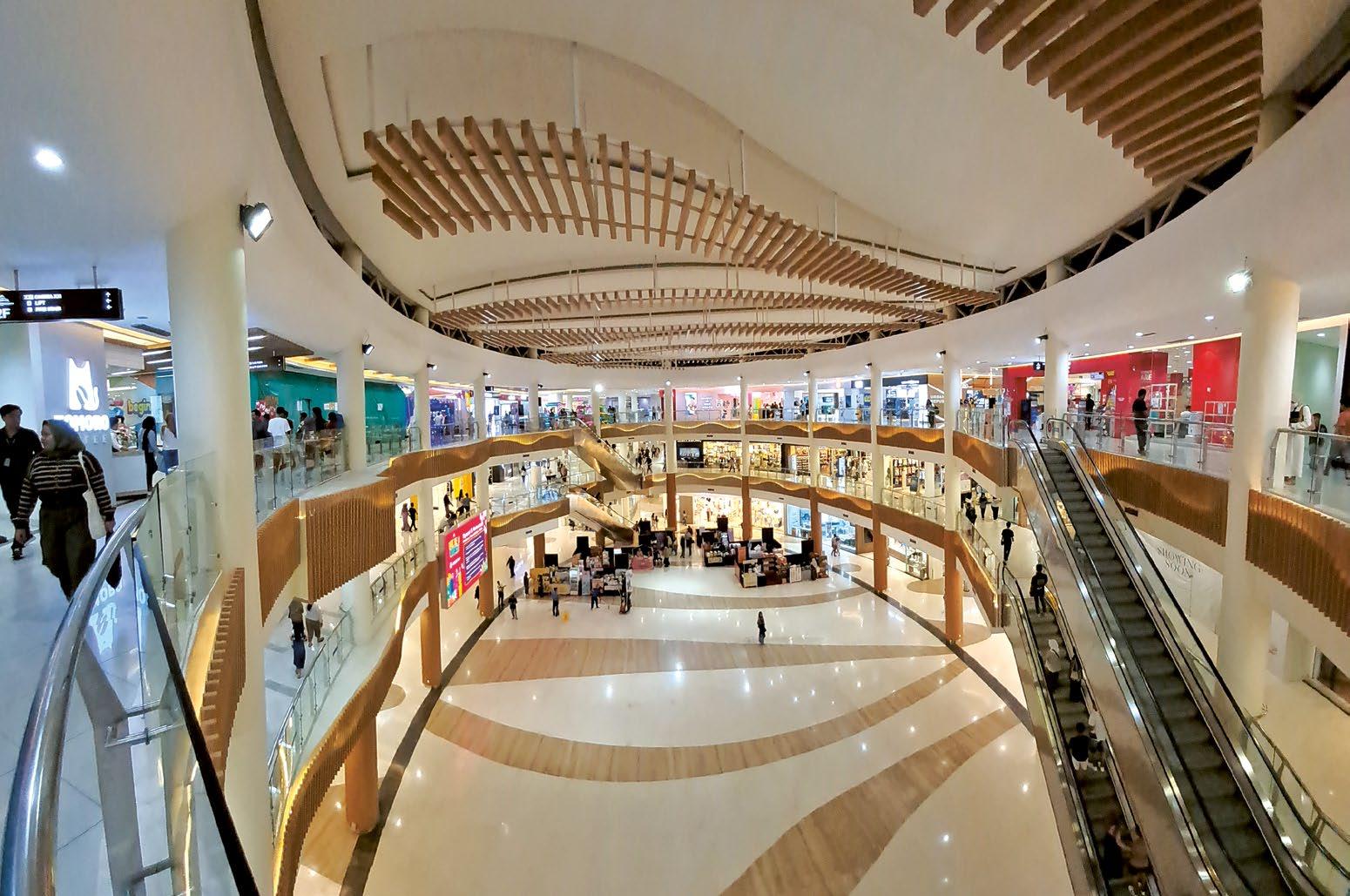
The next large town east of Cakra is Sweta. The Bertais Bus Terminal is located here for connections to the east of the island and beyond. Near the bus terminal there is a huge local market every day with all kinds of goods on sale, from foodstuffs to clothing, exotic birds, handicrafts and more.
Lombok Epicentrum Mall on Jl Sriwijaya (see cities map) is Lombok’s most modern shopping centre with four floors of retail outlets. The large, clean and air-conditioned complex houses a Hypermart Supermarket and a Matahari Department Store, as well as a Cinema XXI Movie Theatre.
On the second floor, you’ll find a wonderland for young people and families, with Funtopia and Time Zone entertainment arcades, Play and Learn, Toys City toy shop, and children’s shops. International brands include UNIQLO, KKV, Adidas, Birkenstock, Puma, Billabong, and more.
There is a well-stocked AZ.KO store (formerly ACE Hardware), an Informa furniture store, a Mr DIY discount store, a Sociolla cosmetics outlet and several pharmacies. Other retailers sell a wide variety of fashion including brand name stores, shoes, electronics, sporting goods, and much more.
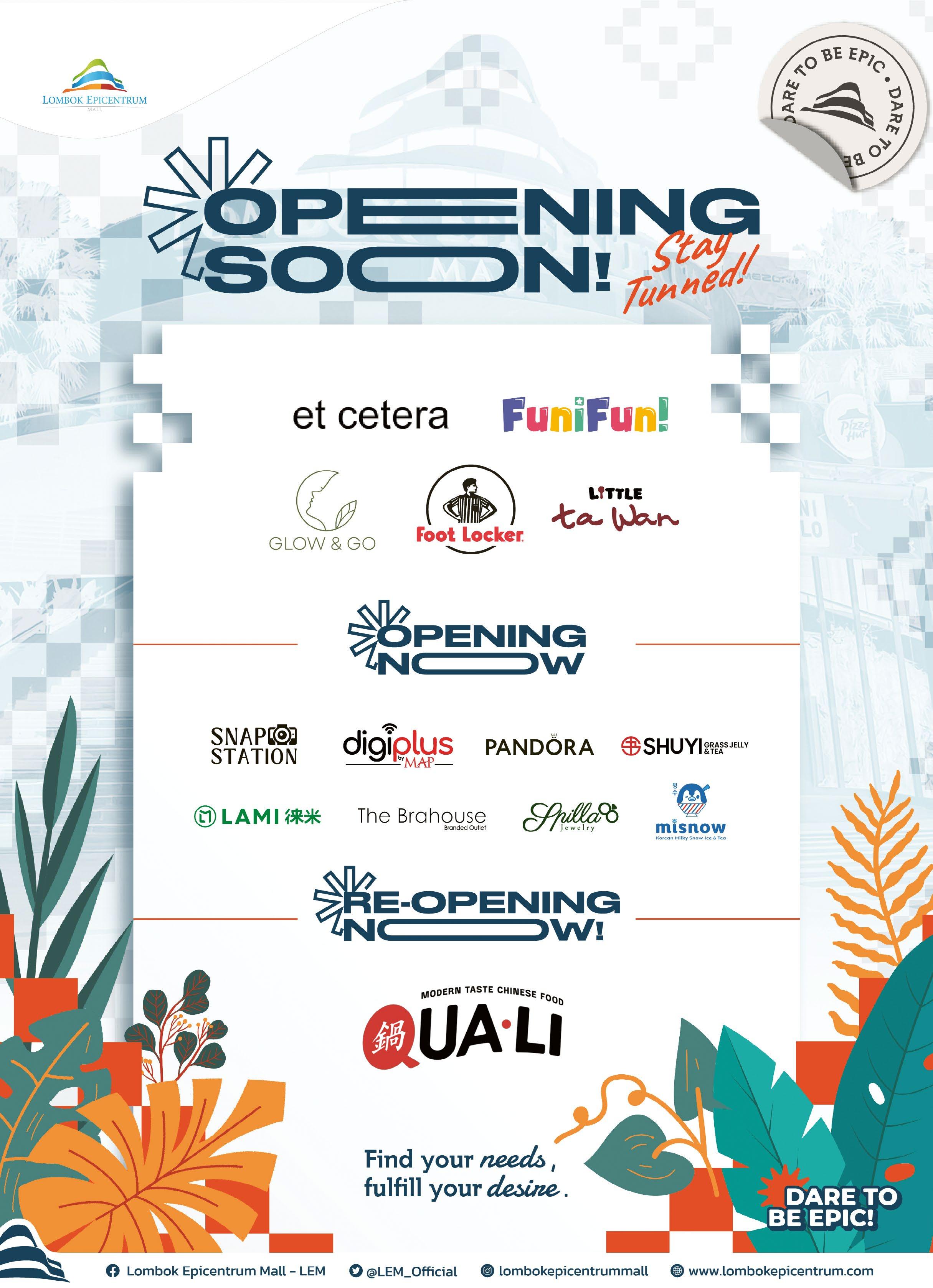

Continued from Page 40
Food outlets include Burger King, KFC, J. Co, Starbucks, Kimukatsu, Pepper Lunch, Wendy’s and Pizza Hut, as well as many local eateries.
“Epicentrum” as it is known, makes a fun day out if you want some retail therapy and to pick up a bargain. It is also great for families, with entertainment and kids’ activities and a good movie theatre, as well as the fast-food options that they might be missing on holiday.
Nearby Temples and Places of Interest
It’s possible to combine a trip to the cities with a visit to some of the historic sites in the area.
Pura Meru on Jl Selaparang, Cakranegara, was built in 1720 by Balinese Prince Anak Agung Made Karang and is the largest temple on Lombok. Its three meru are for the Hindu trinity – Shiva, Vishnu and Brahma.
This is an important temple for the Balinese here and its annual Pujawali festival, held over five days during the full moon in September or October, is the biggest Balinese Hindu event on Lombok.
The outer courtyard hall has large drums used to announce ceremonies and festivals. In the central courtyard are two buildings with raised offering platforms. The interior enclosure has 33 shrines as well as the three multi-tiered meru.
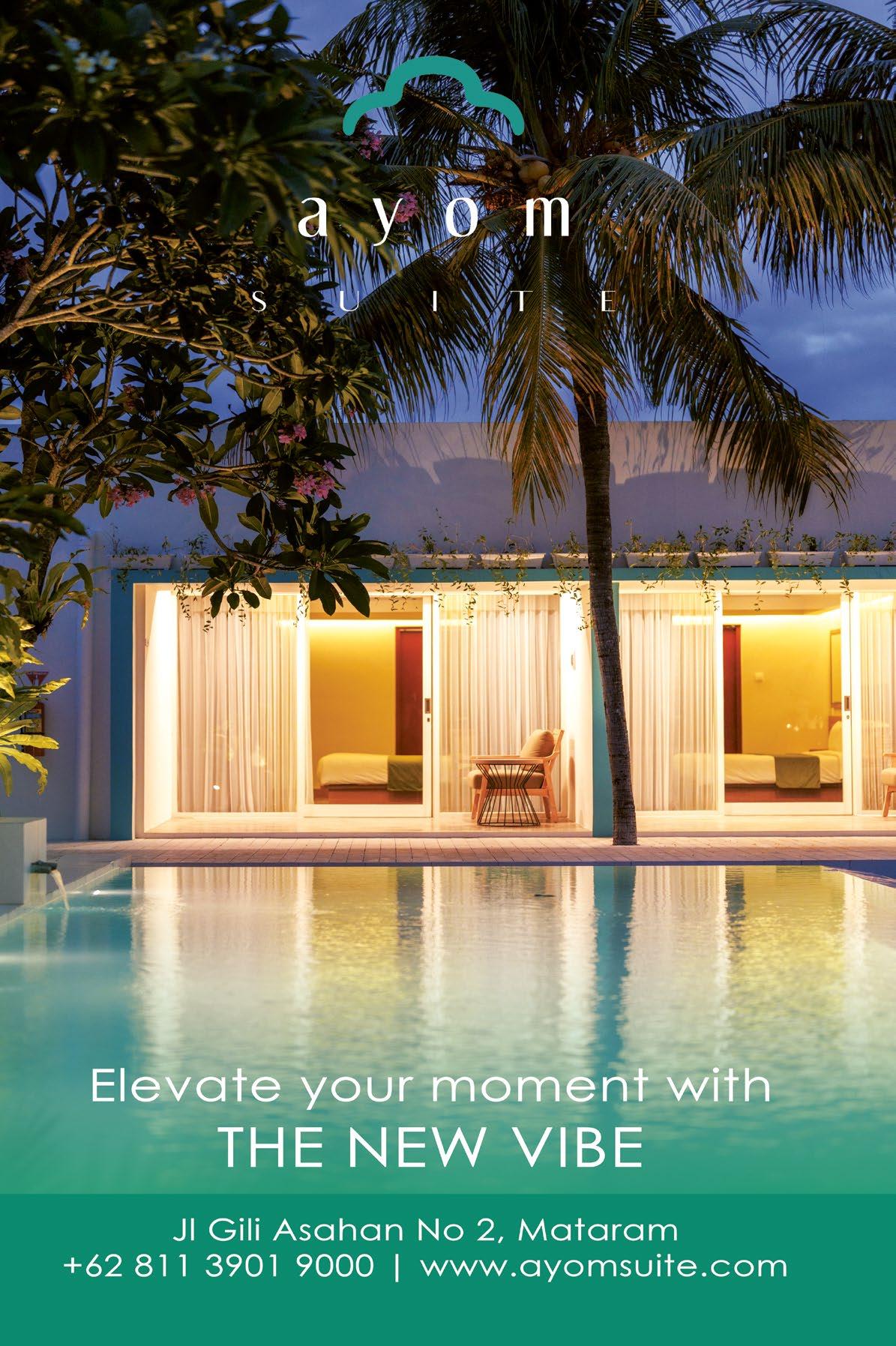
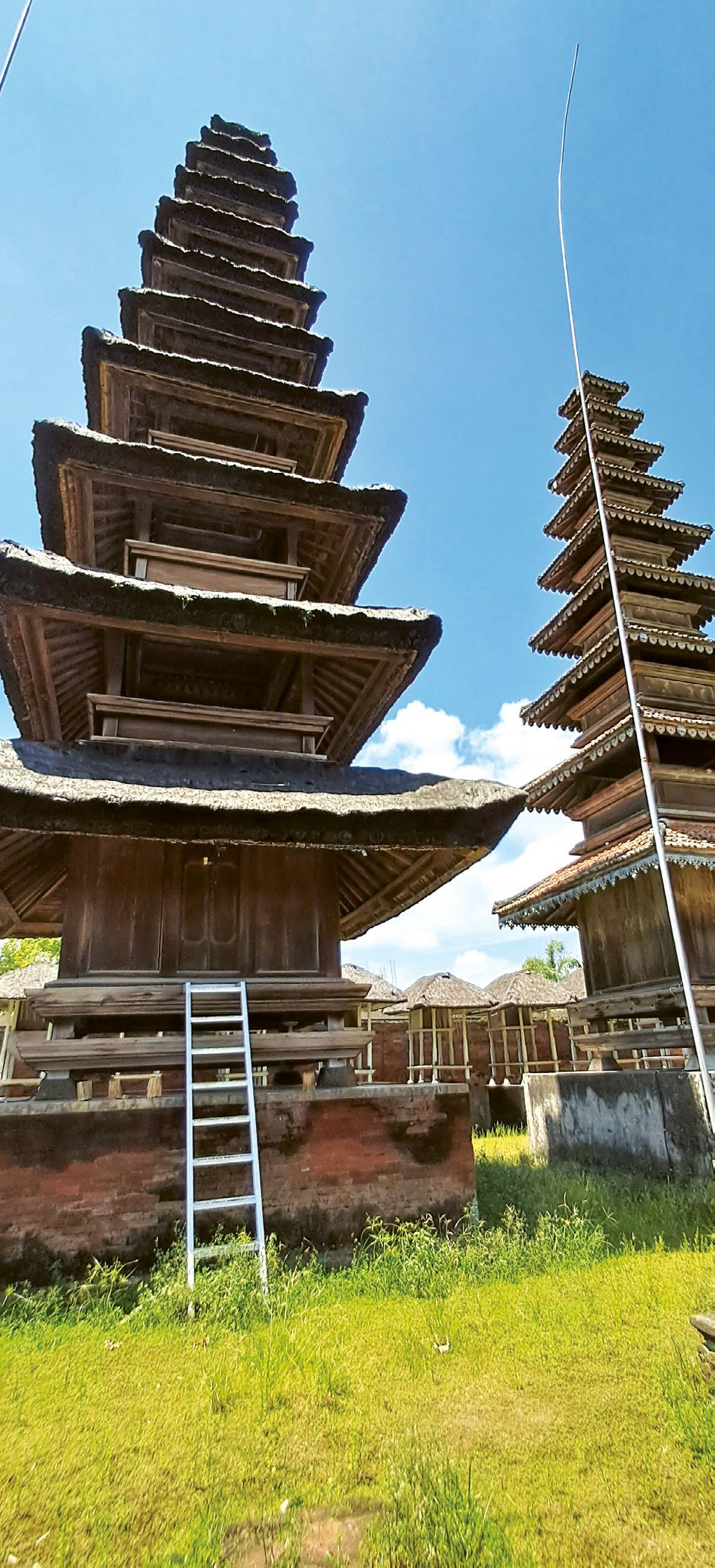
Entry is Rp 20,000 per person, which includes the loan of a temple sash.
Pura Mayura, just across the street from Pura Meru, was built in 1744 as the court temple of the last Balinese kings in Lombok. An open hall or bale kambang (floating pavilion) stands in the middle of a large artificial lake here and an interesting temple is sheltered under huge old trees at the rear of the lake.
The gardens and the adjoining Pura Jagatnatha temple complex are a peaceful place to escape the bustle of the city and well worth exploring. Do use a guide to get the most out of your visit and understand the interesting history of the park.
Taman Mayura is open every day, from 8am to 8pm; entry is Rp 20,000 per person. The gardens are popular on weekends so the best time to visit is during the weekdays.
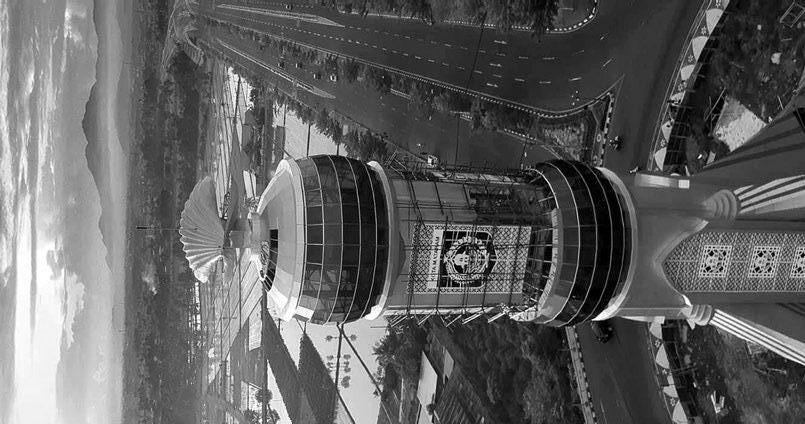
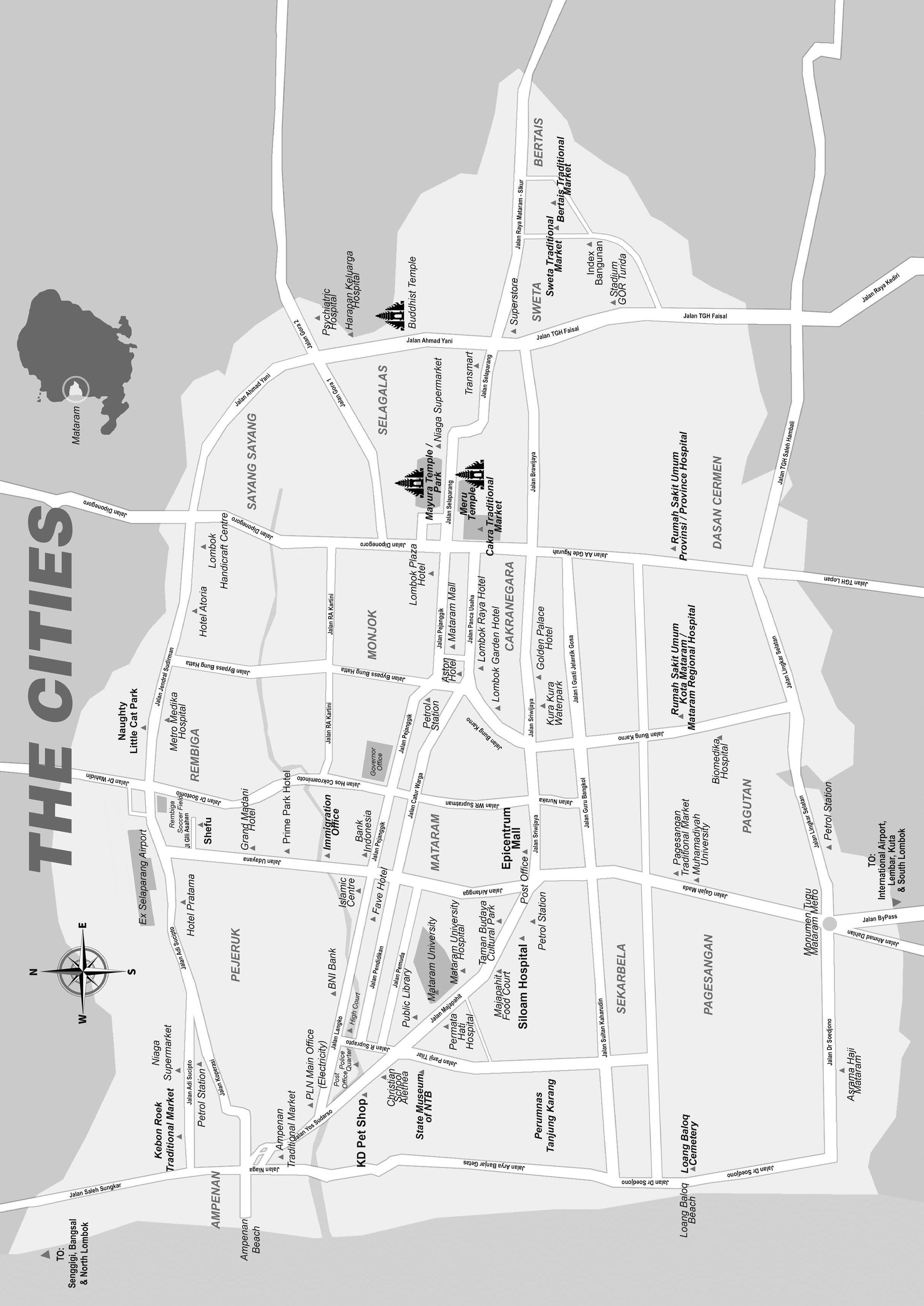
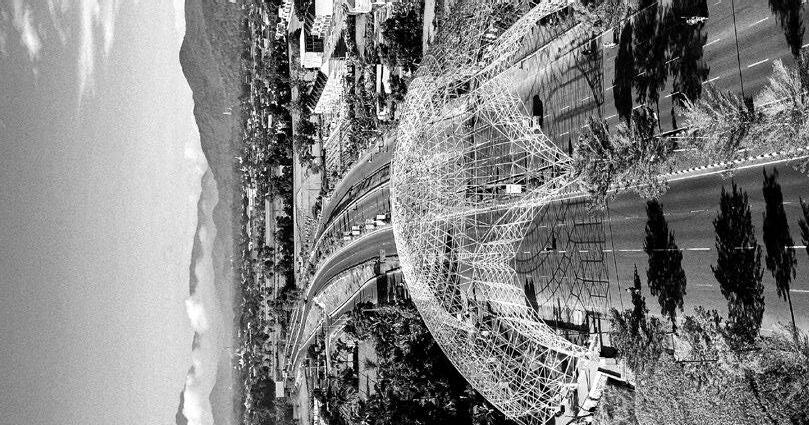

EMERGENCY SERVICES
Lombok Police (POLRES NTB): Jl Gajah Mada 7, Mataram. Emergency No: 110 Emergency Rescue (RSU Mataram) Ph: 0370 620009 / 0877 7757 7119
HOSPITALS (Rumah Sakit)
Siloam Hospitals Mataram
Jl Majapahit 10 Mataram | Phone: 0370 600 1100 / 0878 8590 8372.
Emergency: 1-500-911
Rumah Sakit Harapan Keluarga
Jl Ahmad Yani 9, Selagalas. Ph: 0370 6177000 / 0813 5353 7941. Emergency 0859 3096 5695. Mataram Public Hospital (Rumah Sakit Umum Mataram)
Jl Bung Karno No 3 Pagutan. Phone: 0370 640774 / 0877 7757 7119
NTB Province Public Hospital (Rumah Sakit Umum Propinsi)
Jalan Prabu Rangkasari, Dasan Cermen Phone: 0818 988 119
Central Lombok Public Hospital (Rumah Sakit Umum Praya)
Jl H Lalu Hasyim, Tiwugalih, Praya. Phone: 0877 4343 6738
Mandalika Hospital
Jl Kuta-Lombok, Sengkol, Pujut Phone: 0878 1359 4055
Emergency: 0812 3775 6717. East Lombok Public Hospital (Rumah Sakit Umum Dr R Sudjono)
Jl Professor M Yamin No 55, Selong, East Lombok. Phone: 0817 7523 0033
Biomedika Hospital
Jl Bung Karno 143, Mataram. Phone: 0370 645137
Risa Sentra Medika Hospital
Jl Pejanggik 115, Cakranegara. Phone: 0370 625560 | 632117
DENTISTS (Dokter Gigi)
Drg Farida Istiarini, Sp.Ort (Joli Sourire Dental Care)
1st Floor at Lombok Epicentrum Mall. Jl Sriwijaya, Mataram. Ph: 0878 6490 1535 Ritz Aesthetic Dental Care
Jl. Bung Karno No.35b, Cilinaya, Mataram. Ph: 0878 8833 4000
Drg Yuanita
Jl Sriwijaya (opposite Kura-Kura Waterpark), Mataram. Ph: 0812 3763 156
Drg. Mumu
Jl Bung Hatta 14, Mataram. Ph: 0853 3730 7008
Drg. Sumi
Mandalika Medicare. Jl Raya Kuta. Ph: 0852 5521 8362
VETS (Dokter Hewan)
Dr Wahyu
Jl Sriwijaya (next to Town Palace), Mataram. Ph: 0370 6160300
Anvet (drh Annisa) Ph: 0813 8538 5482
drh Hanifah
Jl Majapahit 37A. Ph: 0821 4100 0965
drh I Gede Sudiana
Jl Sadewa 9, Cakra. Ph: 0878 6585 6260
drh Ajus Ph: 0878 6441 3232
drh Dwi Ph: 0878 6477 0490
drh Nurul (Kuta) Ph: 0818 0366 2612
Blue Bird Taxi: 0370 627000 / 08111 794 1234
Jl Udayana, Mataram, Ph: 0370 632520
PUBLIC SERVICES
ELECTRICITY
PLN Mataram. Ph: 0370 643123 PLN Ampenan. Ph: 0370 622793
TELKOM (Phone/Internet) Ph: 147
AUSTRALIA
Phone: 0361 2000100. Emergency: +61 26261 3305. Email: Bali.congen@dfat.gov.au
BELGIUM
Phone: 0343 740274. Emergency: 021 3162030. Email: stefaan.vancolen@st-group.com
BRAZIL
Phone: 0361 8446530. Emergency: 0821 44440018. Email: renato@bythesea.co.id
BRITAIN
Phone: 021 23565200. Email: john.makin@ fco.gov.uk / ika.larasyati@fco.gov.uk
CHILE
Phone: 021 3199 7201 / 02 Email: yakarta@consulado.gob.cl
CHINA
Phone: 0361 239902. Email: chinaconsul_dps_id@mfa.gov.cn
DENMARK
Phone: 081 1398 0220 / 021 5761487
Email: bali@umgate.dk
ESTONIA
Emergency: 0811 987111. Email: bharat@consul-estonia.or.id
FINLAND, SWEDEN & NORWAY
Phone: 0361 282223. Emergency: 0817 9723658. Email: finnishconsulatebali@yahoo.com / sweconsul@yahoo.com / norwegianconsulatebali@yahoo.com
FRANCE & TIMOR LESTE
Phone: 0361 9345862. Emergency: 021 23557600. Email: consul@dps.centrin.net.id
GERMANY
Phone: 0361-288535. Emergency: 0812 3913938. Email: sanur@hk-diplo.de HUNGARY
0361 425924. Emergency: 081 2385 3781 / 082 144 933 506.
Email: hubaliconsul@gmail.com
INDIA
Ph. 0361 259502/3. Emergency: 081353846936. Email: cg.bali@mea.gov.in / cons.bali@ mea.gov.in
ITALY
Phone: 0361 701005. Emergency: 081 2390 4471. Email: italconsbali@italconsbali.org
JAPAN
Phone: 0361 227628. Emergency: 0361 227628. Email: denpasar@dp.mofa.go.jp
MEXICO
Phone: 0361 223266, 0361 245828. Emergency: 0361 288218. Email: yudhara@astinatravel.com
NEW ZEALAND
Phone: 0361 8446456. Emergency: 0819 99477552. Email: indy.honcondibali@gmail.com
POLAND
Phone: 0361 263967 / 081 238 78324. Emergency: 0811 389449. Email: iblolec@pacificworld.com
RUSSIA
Emergency: 021 5222912
SLOVAK REPUBLIC
Phone: 0361 9005583. Emergency: 0811810680. Email: konsulslowakbali@yahoo.com
SOUTH AFRICA Ph: 0361 751223. Emergency: 081510533842. Email: info@bagus-discovery.com
SPAIN
Phone: 0853 3838 5008. Emergency: 081 38004 1258. Email: honorary.cspainbali@gmail.com
SRI LANKA
Phone: 0361 728483. Email: citrabaliide@yahoo.co.id
SWITZERLAND & AUSTRIA
Phone: 0361 264149 / 021 5256 061. Helpline: +41 800 247 365 Email: bali@honrep.ch
THAILAND
Phone: 081 238 25542. Emergency: 021 2932 8190. Email: rtcdps@yahoo.com
TUNISIA
Ph: 021 52892328/29. Email: tunisconsulbali@popodanes.org
THE NETHERLANDS
Phone: 0361 761502. Email: dutchconsulate@kcbtours.com USA
Ph: 0361 233605 / 021 5083 1000. Email: CABali@state.gov


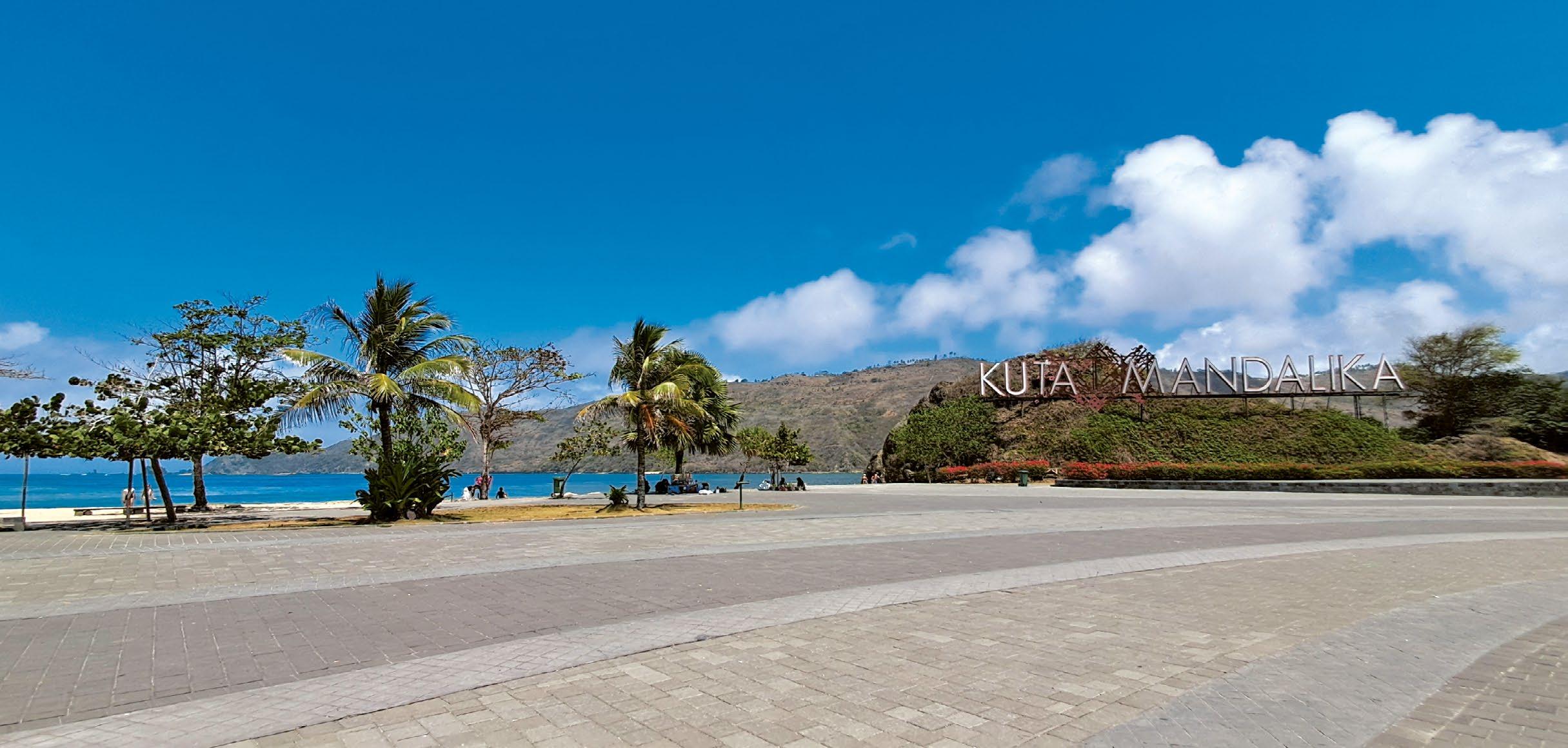
Visitors are drawn to the south for the raw beauty of the southern coastline, stunning beaches and scenery, almost year-round sunshine… as well as some of the best surf breaks in Indonesia!
Located around 60 km south of Mataram, Kuta (sometimes spelt Kute) is the main town and tourism centre on the south coast of Lombok, and is the gateway for exploring the fantastic south coast and the many places of interest in the region.
The Lombok International Airport (LIA) is the only commercial airport on Lombok and is located just 25 minutes’ drive north of Kuta, making access to the south very easy.
The proximity to the airport and the construction of the Mandalika Circuit has sparked an investment boom in the area over the past couple of years and Kuta has transformed into a vibrant town, with many new hotels, restaurants and cafés catering to increasing numbers of visitors.
The Mandalika Circuit – officially called Pertamina Mandalika International
Street Circuit – was completed in 2021 and currently hosts World Superbike and MotoGP racing events, drawing thousands to the island during race times.
The Mandalika Resort development, with its plans for luxury hotels, villas and supporting facilities spread over 1000 hectares of prime land, will further transform the south coast in coming years.
Kuta is an area that is rapidly developing – residential areas are spreading, international schools have opened to serve the growing expatriate community, and shopping, services and supporting infrastructure continues to grow.
In the past, Kuta offered mainly low budget hotels catering to the thousands of surfers from around the world who were drawn to the area every year.
These days, there is a variety of accommodation to suit all budgets and tastes – from simple hostels and medium range hotels to wonderful boutique resorts and luxurious villas tucked away on the side streets.
At present, Kuta boasts two large resorts: the Novotel Lombok and Pullman Mandalika Lombok Resort. Both are located on the beach just outside of town and offer a range of accommodation from comfortable hotel rooms to spacious suites and villas, some with private swimming pools.
As with accommodation options, new restaurants and eateries have sprung up in the area and are arguably among the best in Lombok. These offer a range of choices – Mediterranean, Seafood, Japanese, Mexican, Chinese, vegan and gluten free, home-made cakes and breads – foodies are truly spoilt for choice!
Continued on Page 44
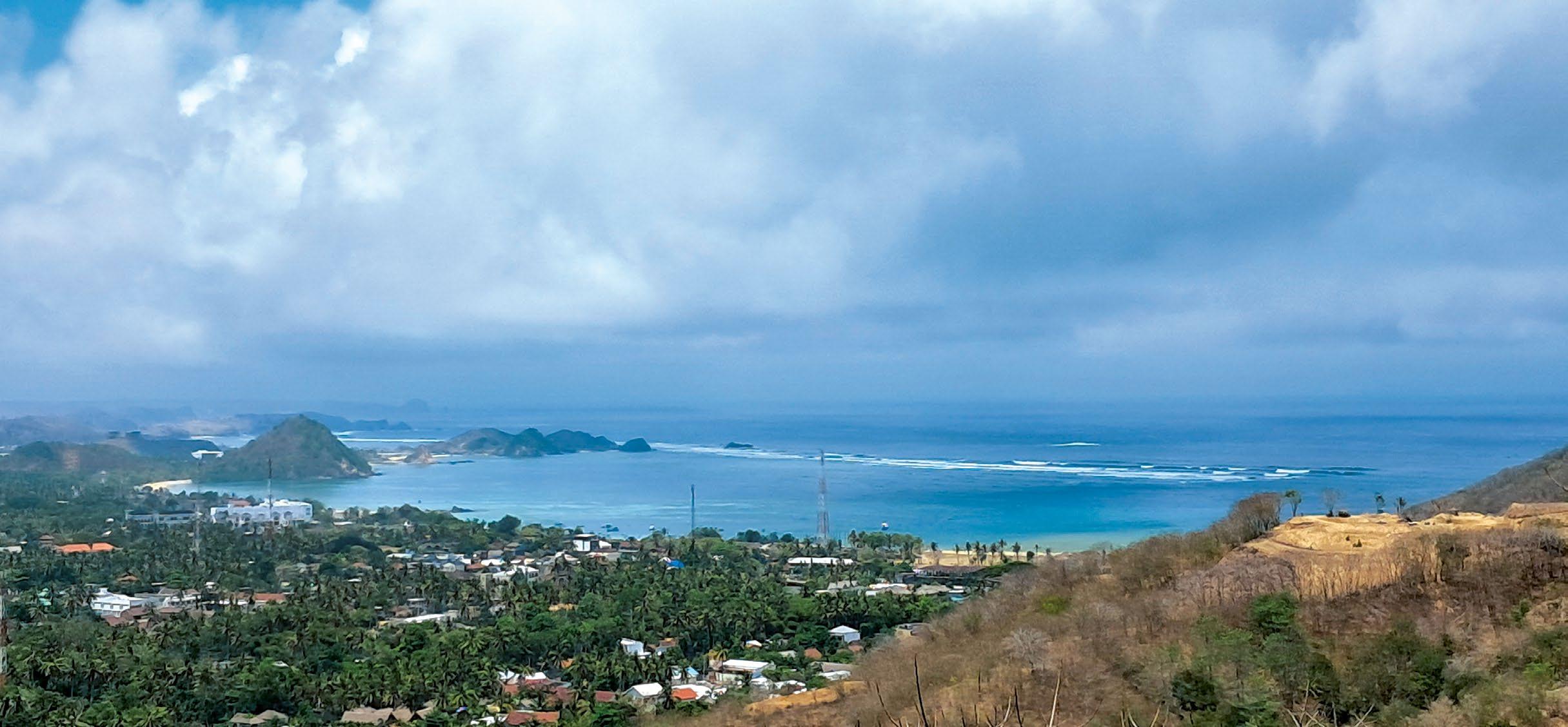
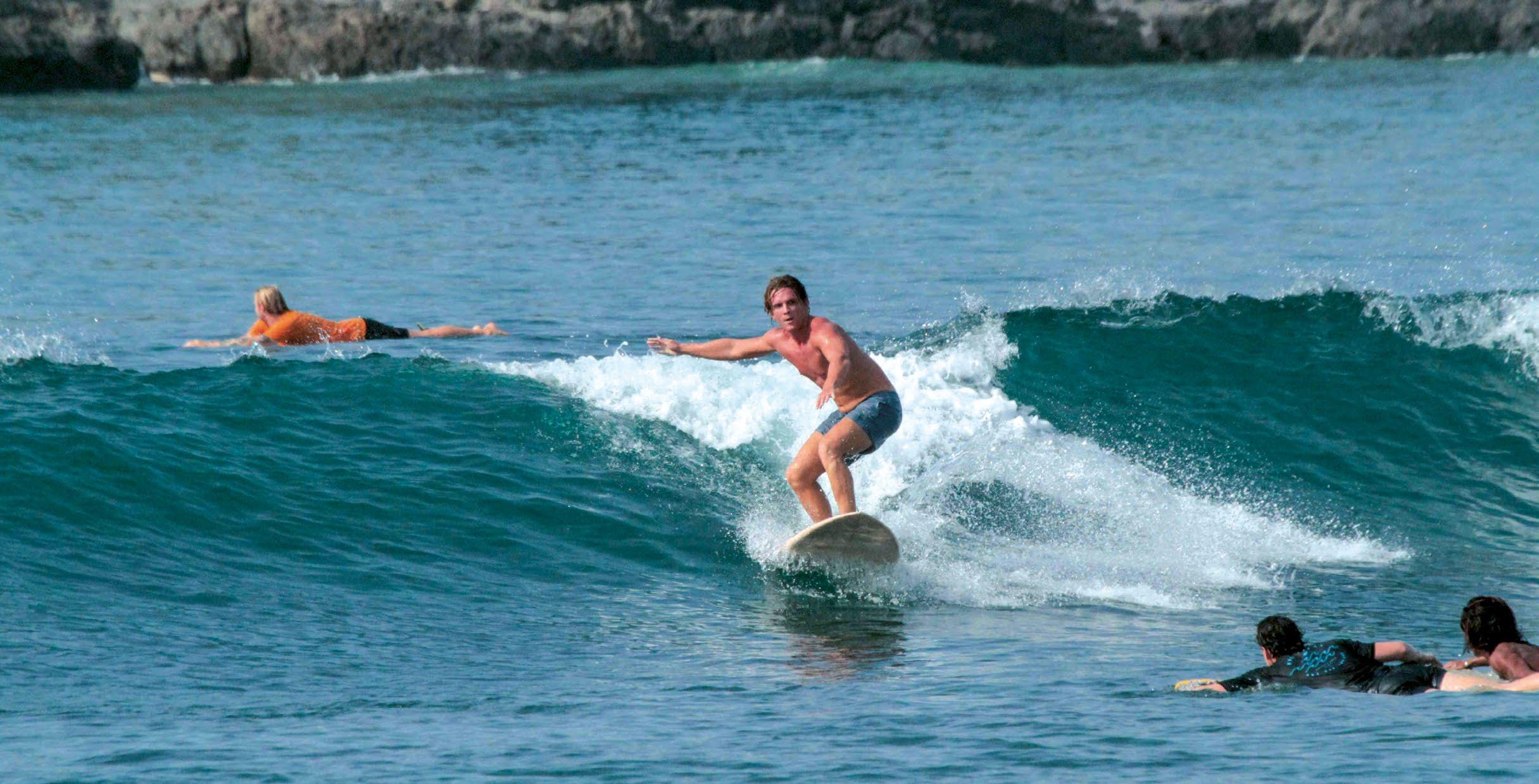
Kuta offers a full range of tourist facilities from motorbike hire, car rental and tours, surf lessons, surfboard hire and repair. There is a Fresh Market supermarket and various mini-markets, boutiques and shopping, as well as spas, a hair dressing salon, ATM facilities, and more.
Surfing is one of the main reasons to visit Kuta and the town attracts thousands of visitors every year for the great surf locations at Gerupuk, Ekas, Tanjung Aan, Are Guling and more. It’s easy to hire a board and a surf guide from here to learn surfing or, for experienced surfers, to access the more challenging surf breaks in the area. There are surf coaches for hire, as well as surf schools and camps throughout the year.
Apart from surfing and days spent hanging out at fabulous beaches, there are many other attractions to explore. The drive between Kuta and the airport reveals
interesting rural villages and farming communities where fields of tobacco, corn and peanuts line the roadsides and farmers till the fields using antiquated ploughs pulled by large water buffalo.
Nearby are two traditional Sasak villages – Sade and Rambitan – with authentic clusters of thatched Lumbung, or rice barns, and traditional homes made of thatch and bamboo, with hardened cow and buffalo dung floors.
Both villages have been updated and cater to the tourist market, but there are still interesting examples of traditional Sasak architecture and
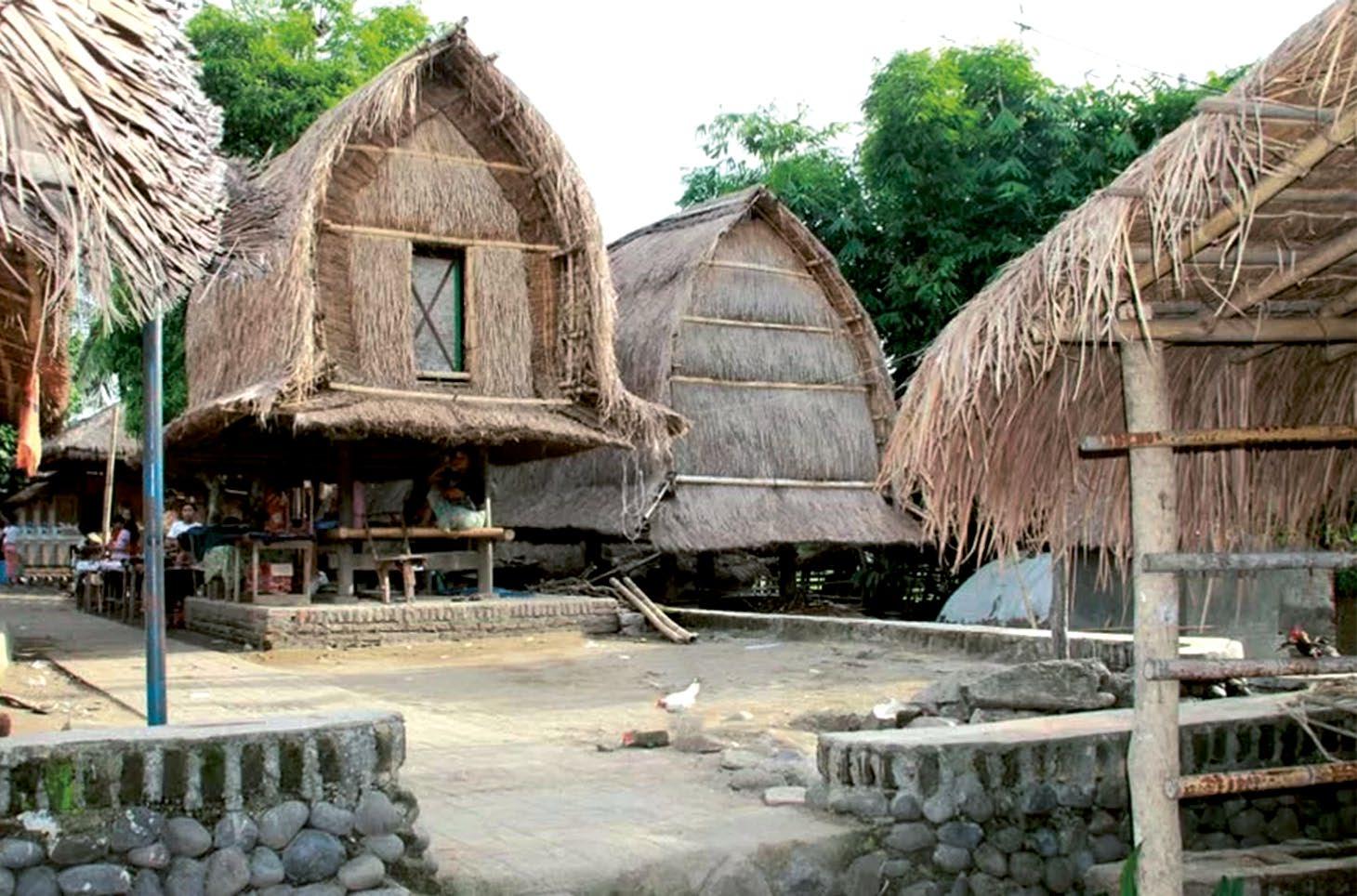
communal living within the compounds, where life continues as it has for centuries.
Residents, who act as guides for a small fee, encourage walks through either of these villages and are happy to share a glimpse of their lifestyles with visitors.
Also nearby are pottery villages with nice examples of earthenware pots and home décor, and villages that weave traditional
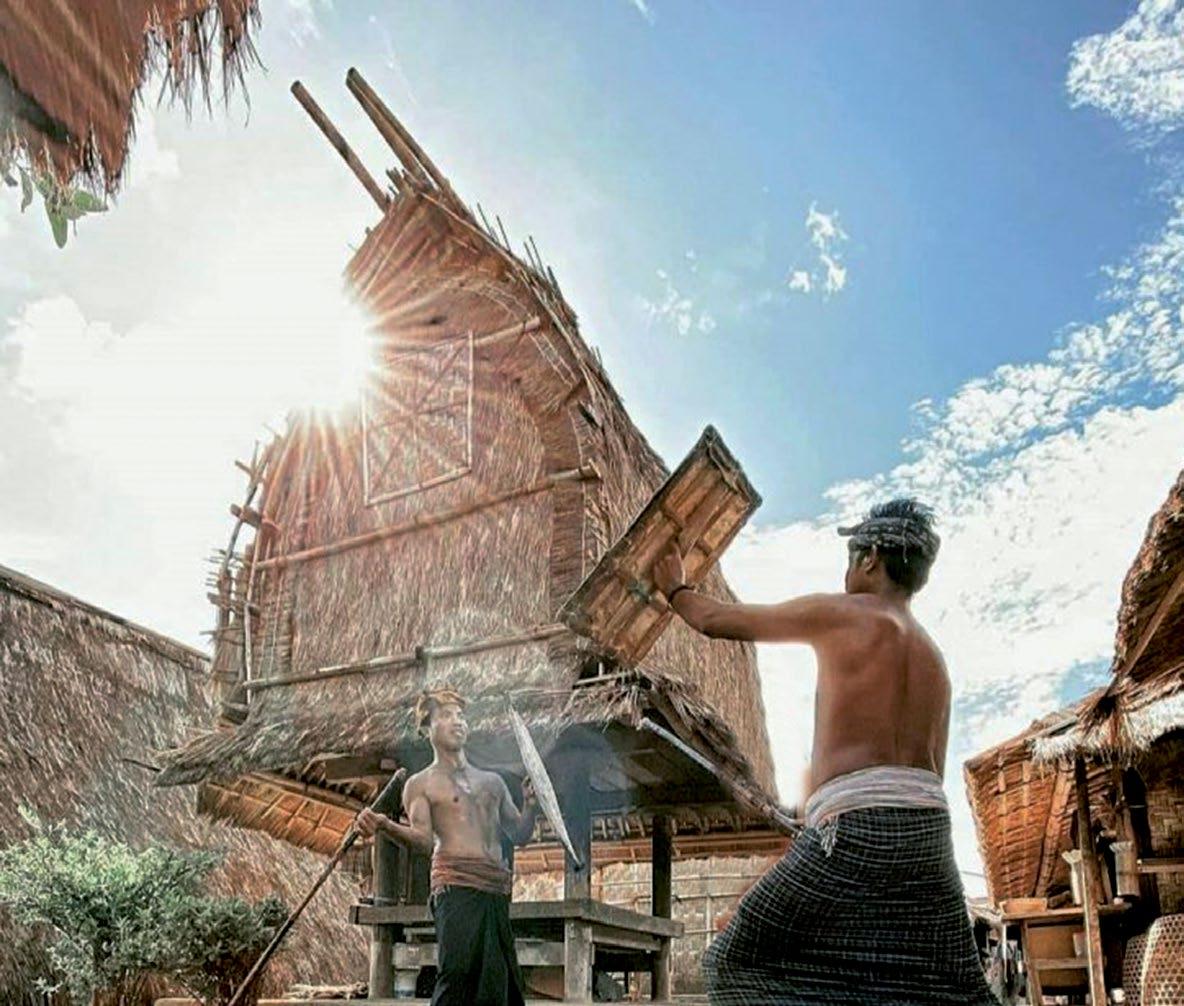
fabrics (tenun ikat) using old backstrap looms and techniques passed down through generations.
Otherwise, hire a car or motorbike and you can spend days visiting stunningly beautiful beaches, both to the east and west of Kuta.
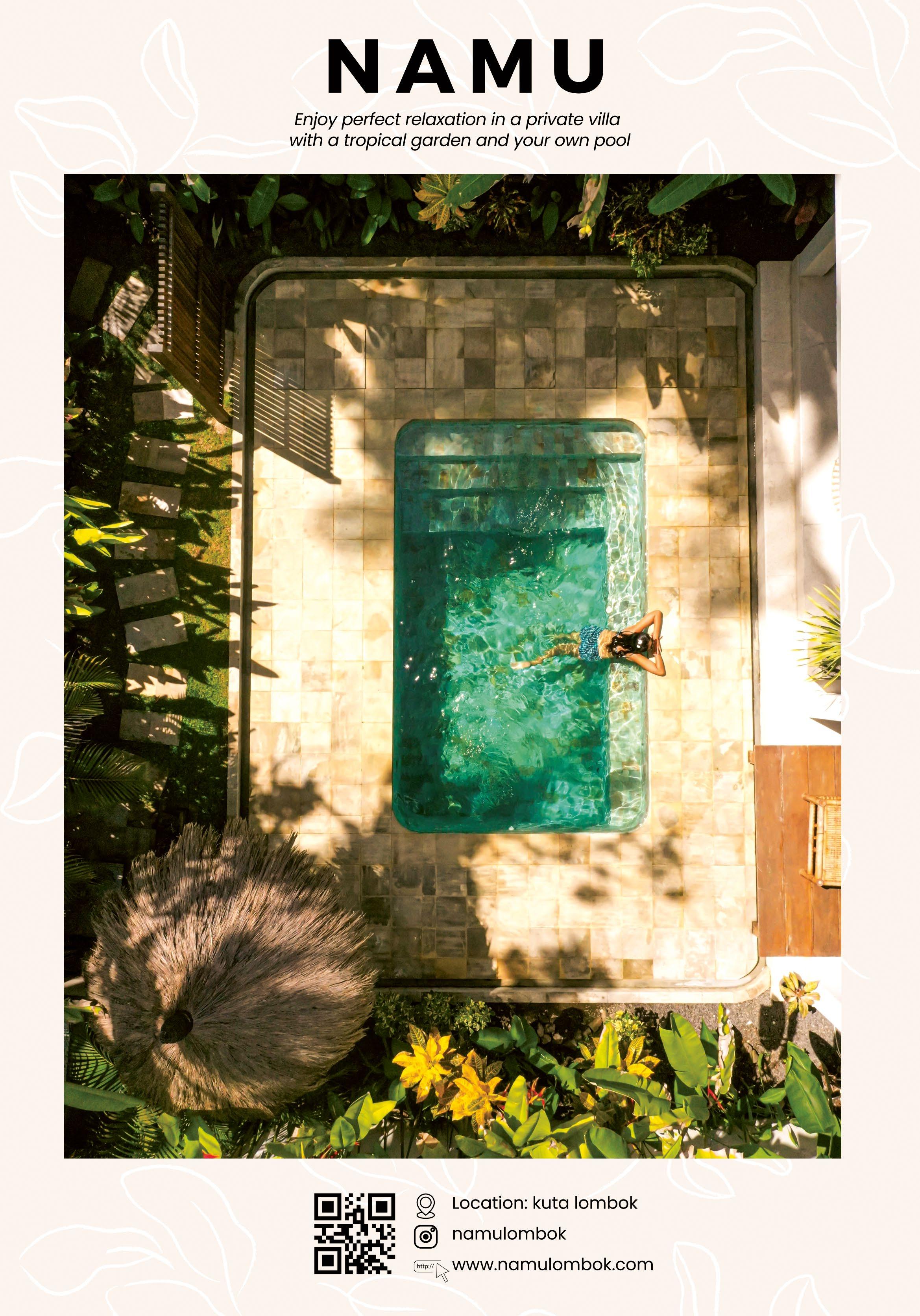

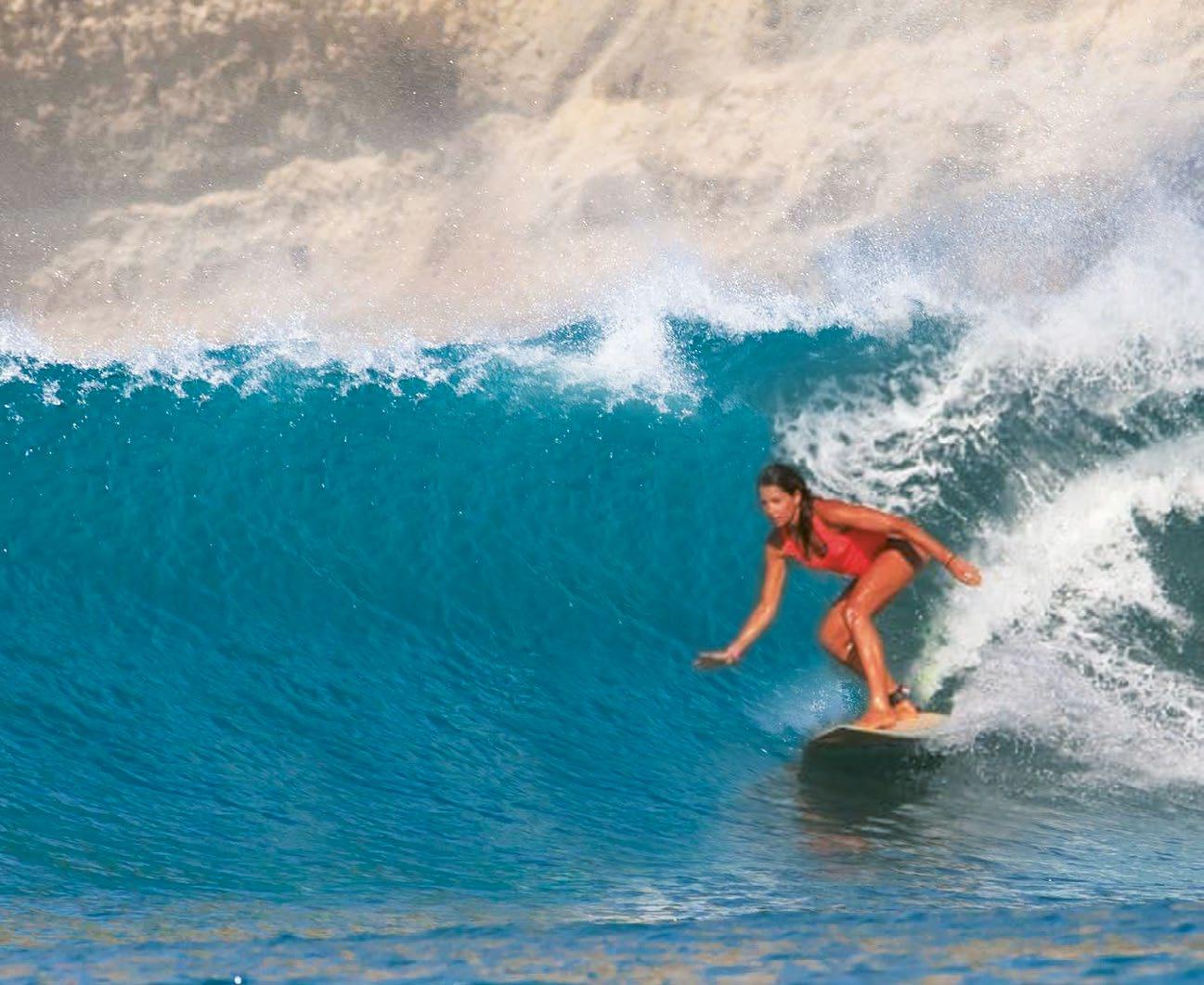
Just east of Kuta is Seger Beach (sometimes called Mandalika Beach, after the legendary Princess Mandalika – a beloved character in Sasak folklore who is believed to have sacrificed herself from the rocks overlooking the beach for the good of her people).
It is here that thousands of people gather every year to celebrate the colourful ritual of Bau Nyale, when masses of sea worms spawn in the waters offshore.
There are great views from the beach and even better views if you climb the surrounding hills. There are small stalls selling drinks and snacks to enjoy after taking a swim or a stroll to enjoy the views.
Tanjung Aan, around 5km east of Kuta, is a long picturesque beach with a wide arc of white sand, perfect aquamarine water and shady trees on the shore.
There are a number of warung or beach cafés along the beach selling cold drinks and beer, as well as snacks and simple meals. Many have sun lounges on the beach and guests are welcome to spend the day swimming in the calm waters and relaxing with a drink or meal.
The water at Tanjung Aan is calm and clear, with a white sandy bottom making it fantastic for swimming. There are also perahu (local outrigger boats) available for hire, offering trips around the bay and to the nearby surf breaks.
There is a small hill (Bukit Antara) towards the east end with steps cut into the side. It’s an easy climb to the top for lovely views and you can watch the surfers catching the waves offshore.
On the far western end of the beach is Bukit Merese – a larger hill and a slightly tougher climb – but worth the effort for the fantastic views from the top. It is popular in the late afternoon, when everyone climbs up to see the spectacular sunsets.
Further east of Tanjung Aan is Gerupuk – well known as a top surf location and situated on a peninsula of land that juts out into the ocean.
The bay is used for fishing and lobster farming and is filled with local boats, which ferry avid surfers to no fewer than five surf breaks nearby.
Gerupuk is also evolving and offers a range of accommodation and cafés to cater to the growing tourist trade.
The beaches and wonderful scenery continues all the way to the east coast, with fantastic places such as Bumbang, Awang Bay, Ekas and Pantai Surga (Heaven Beach)… the name says it all!
In the opposite direction, heading west from Kuta, are another series of beautiful beaches and bays hidden behind headlands and rolling hills, providing peaceful and secluded spots for picnics and swimming. All are within easy day trips of Kuta.
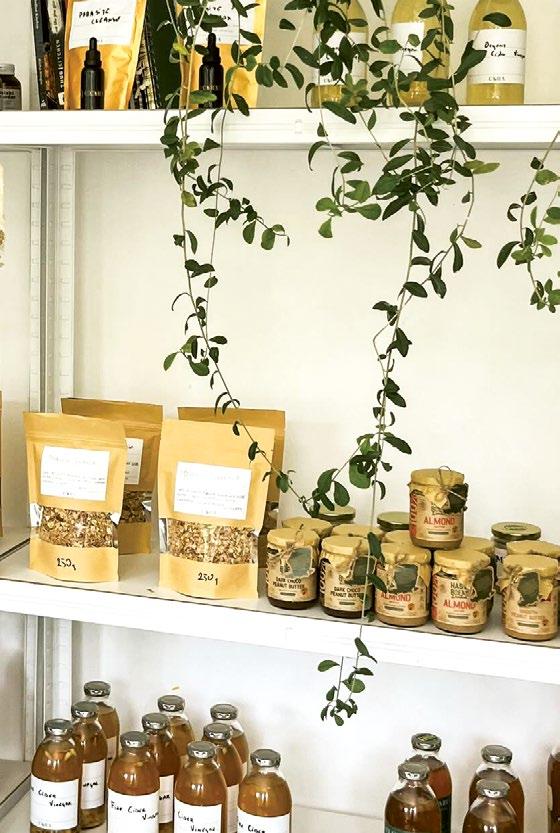
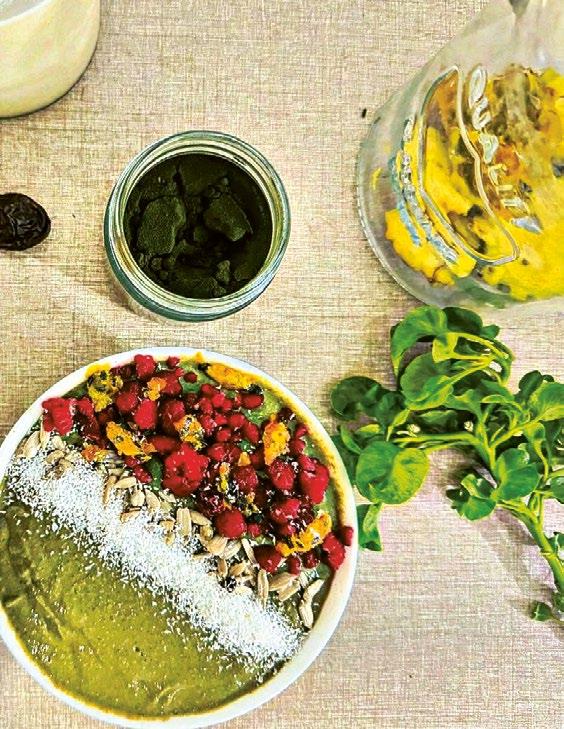
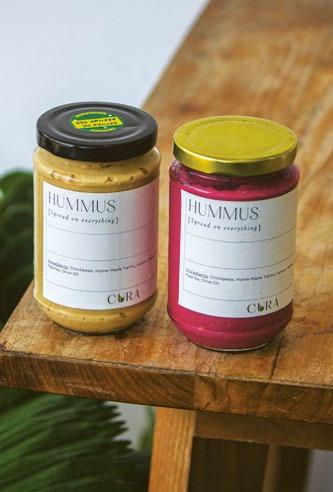
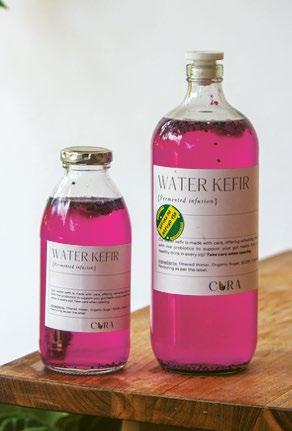

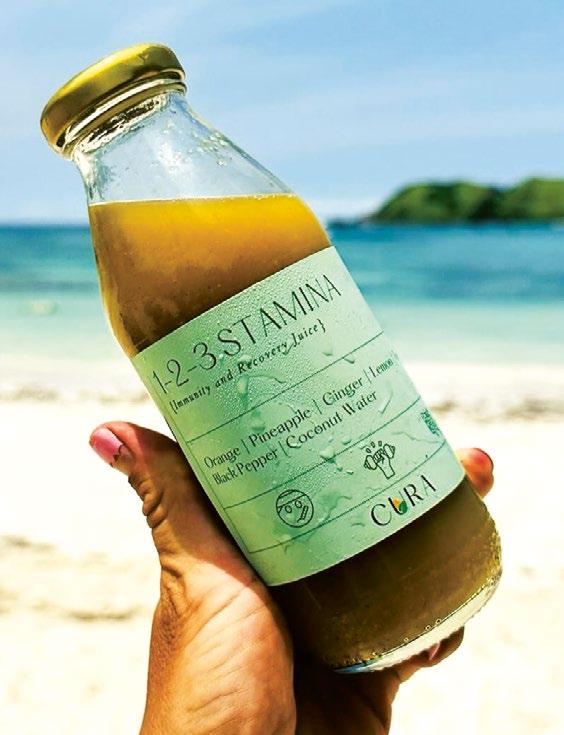
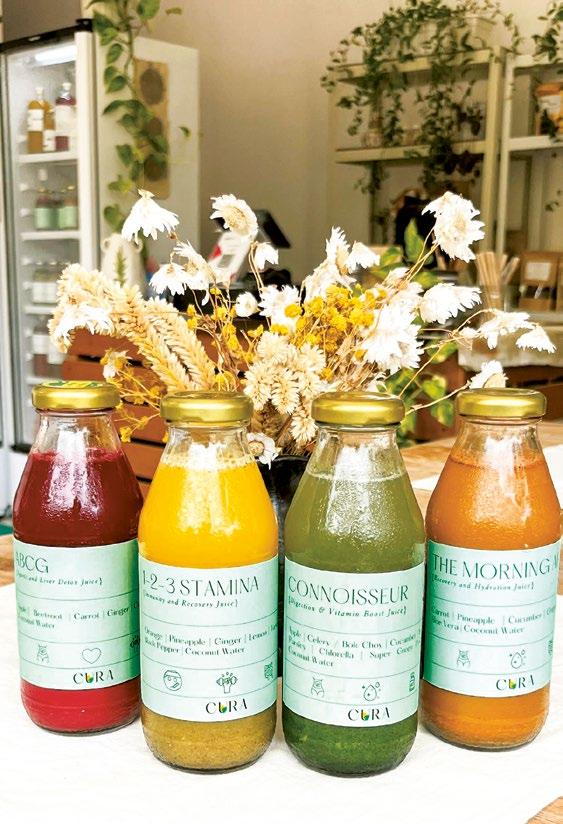


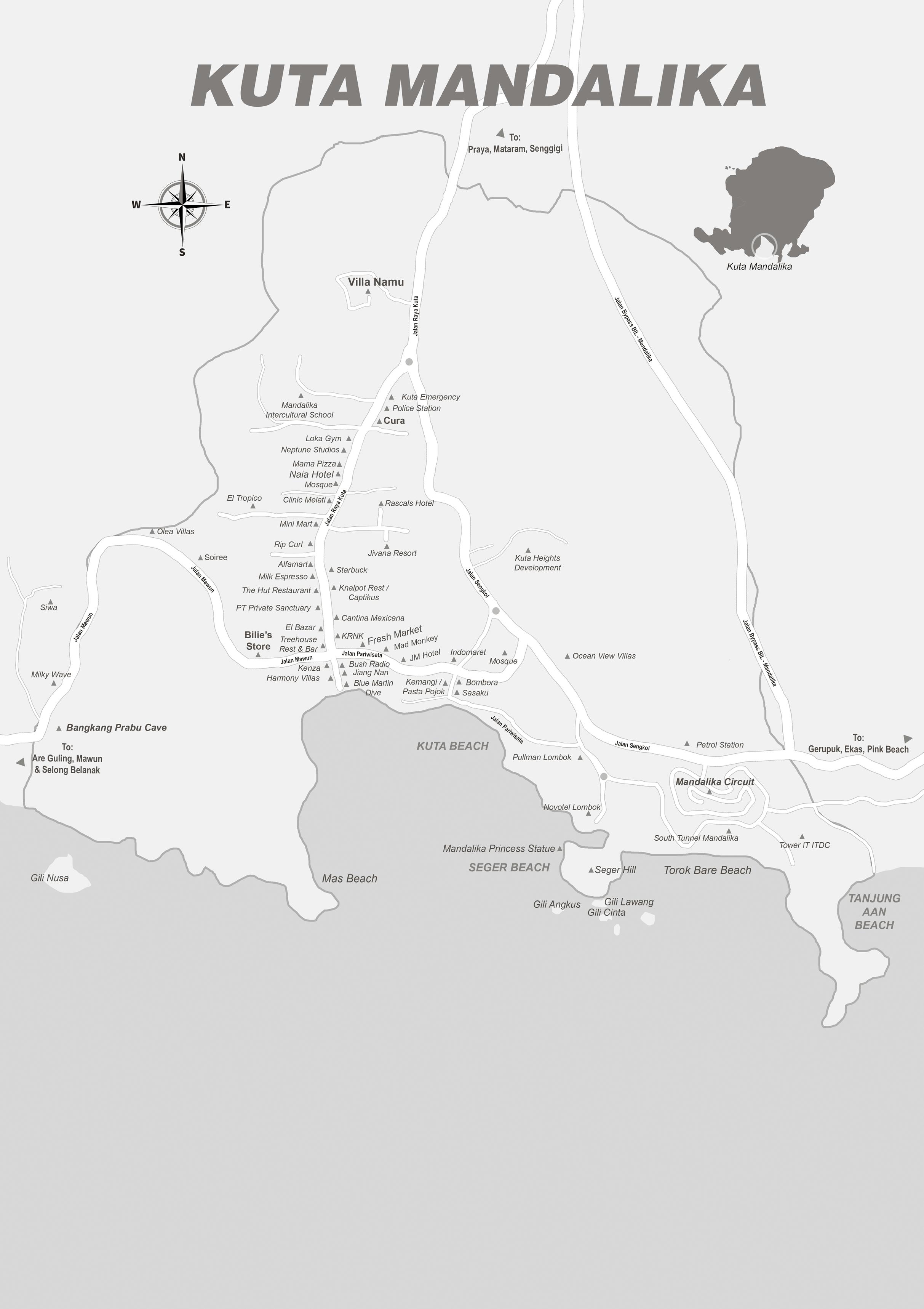
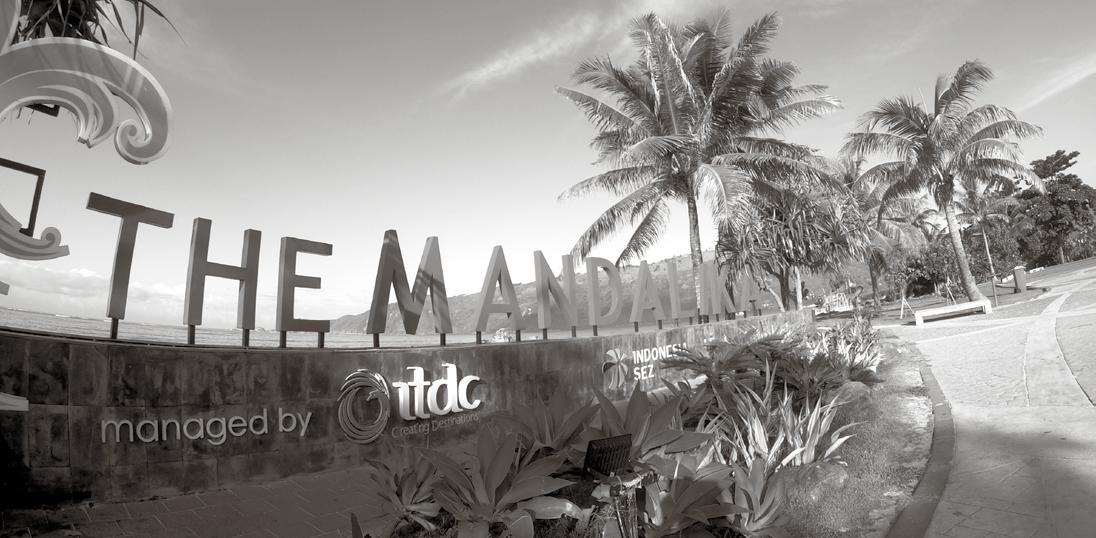
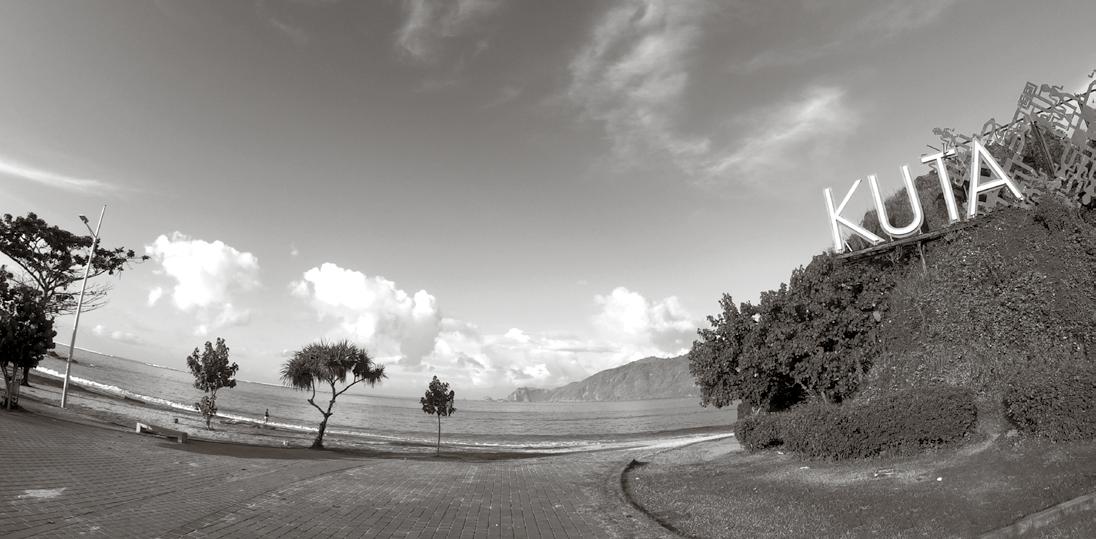

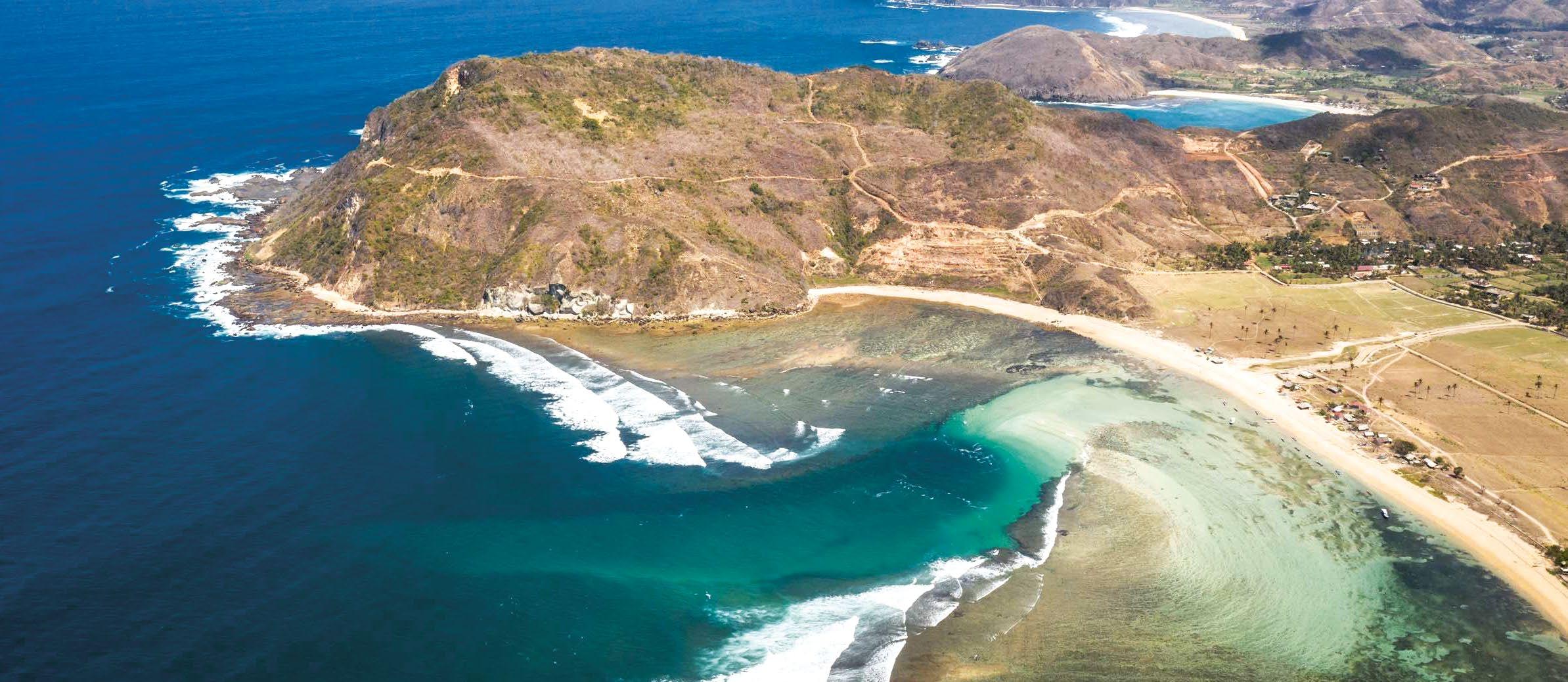
Are Guling is popular with surfers, with left- and right-hand reef breaks as well as a beach break for beginners. There are great views over the bay and to the small island of Gili Nusa off-shore.
Are Guling has accommodation, mainly catering to surfers, and a number of local cafés, including a couple of places on the beach.
Mawun Beach is around 30 minutes’ drive to the west and is an almost circular bay
with small green headlands rolling into the ocean from either side.
It is a spectacular beach with calm blue waters, perfect for swimming and spending a day lazing on the white sand. There are stalls on the beach selling drinks, snacks and simple meals.
Mawi, around another 7km to the west, is for experienced surfers and has good right- and left-hand barrels for surfing when the swell is large enough.
For non-surfers, if you can brave the treacherous road, it is a lovely beach surrounded by small hills, with impressive views; look for the three pinnacles of rock jutting out of the ocean.
Selong Belanak is a long sweeping bay framed on each end by headlands and surrounded by rolling hills. The beach is lovely for swimming and has good waves for body surfing, as well as being popular for beginners surfing lessons.
There are many small stalls selling drinks and snacks, as well as offering surf lessons and surf board hire on the beachfront.
Sempiak Seaside Resort has plush villas, some with private pools, perched on the hillside overlooking the bay with breathtaking panoramic views.
Continued on Page 50
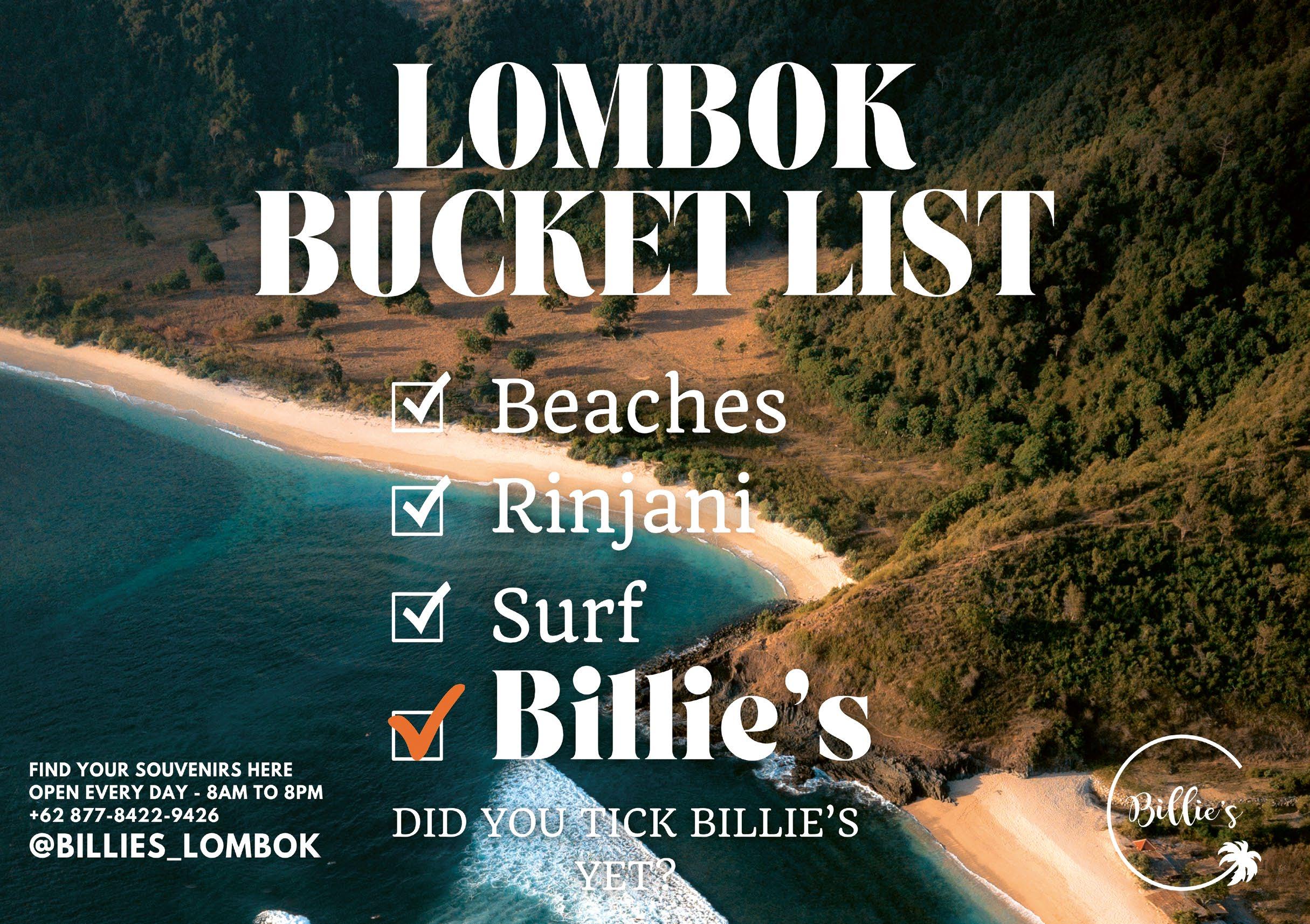

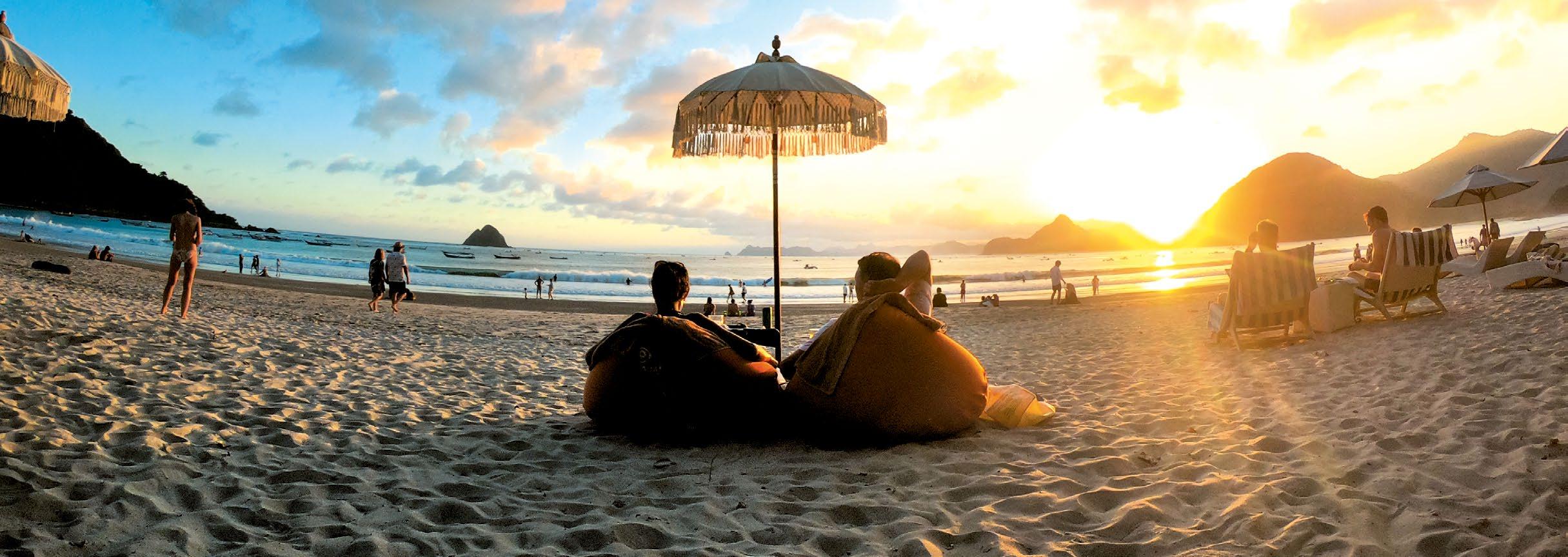
Laut Biru Restaurant and Bar at the resort is right on the beachfront with lovely views. It is a popular place for a stop –and justifies a day trip in itself – serving delicious snacks and meals under shady trees on the beach.
Selong Belanak is another area undergoing a lot of growth, mainly due to the popularity of the beach and the wonderful landscapes of the area. Here you will find many small hotels and private villas, as well as interesting cafés and shops to explore.
Bruga Villas Restaurant & Spa, on the main road leading to the beach, is a small boutique hotel offering exceptionally good value accommodation with eight large, comfortable and modern rooms surrounding a central swimming pool.
There is a roadside coffee shop serving delicious cakes and barista coffees and, upstairs at Surf Kitchen, enjoy fresh sea breezes and tasty western and Asian meals, full bar service and cold beers.
There is also the Bruga Wine and Spirits bottle shop on site, with a good selection of takeaway wine, beer and spirits, as well as a range of snacks and general supplies. Free delivery is available if you are staying at one of the villas in the area.
If you are staying elsewhere, Selong Belanak and the surrounding beaches make a great day trip, with lunch and a swim here as the highlights of your day. Further west are more beaches to explore – Serangan, Torok, Nambung, Pengantap
and more – many of them undergoing some type of development as investors recognize the potential of this gorgeous area.
Further west stils are the picturesque bays of Sepi and Belongas, and many more scenic beaches along the way; all are mostly deserted.
Steeped in history and legend, surrounded by beaches of almost surreal beauty, the south coast is a fascinating area to visit, whether your interests are historical and cultural, in search of the perfect wave, or just the opportunity to see and explore some of the most beautiful and pristine coastal scenery in Indonesia.
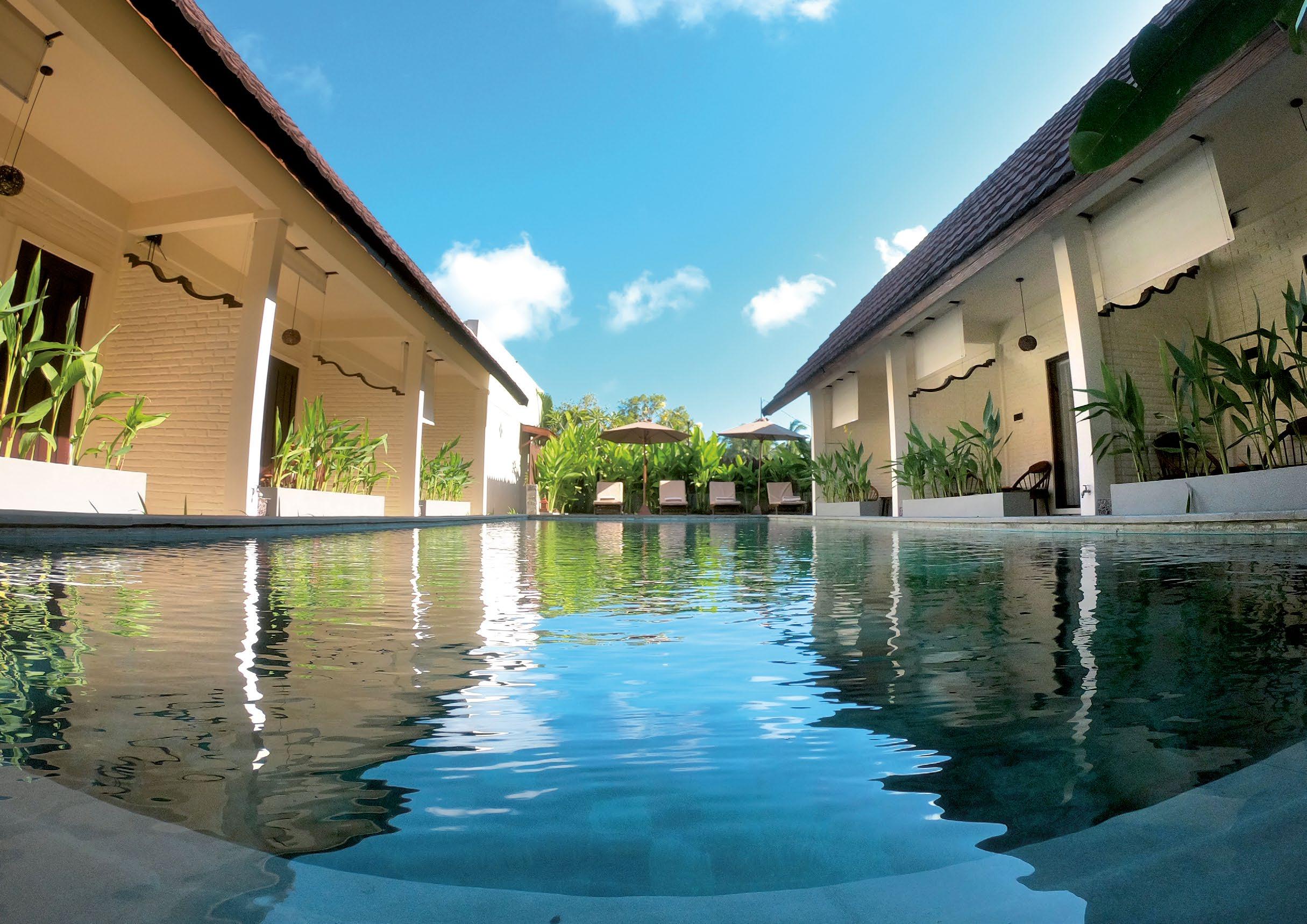
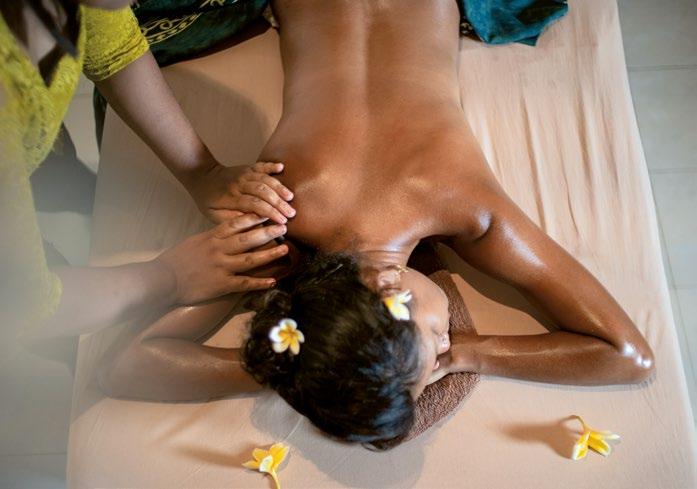
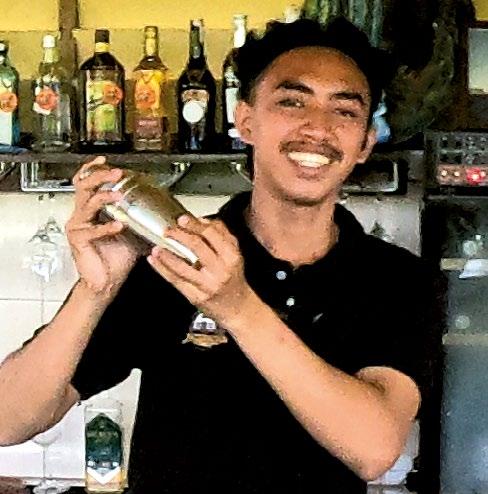
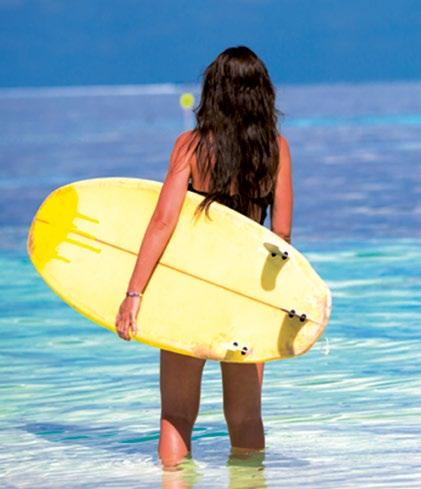
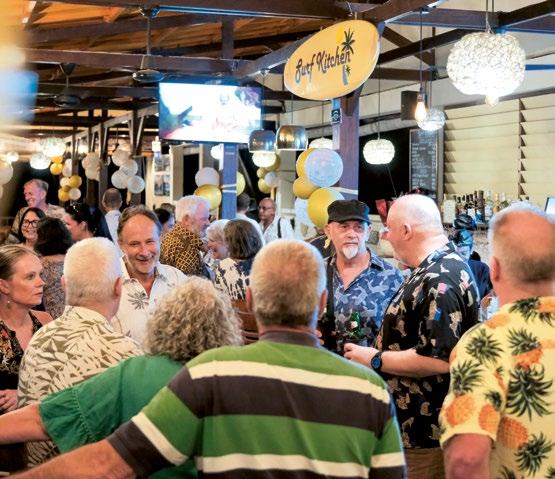

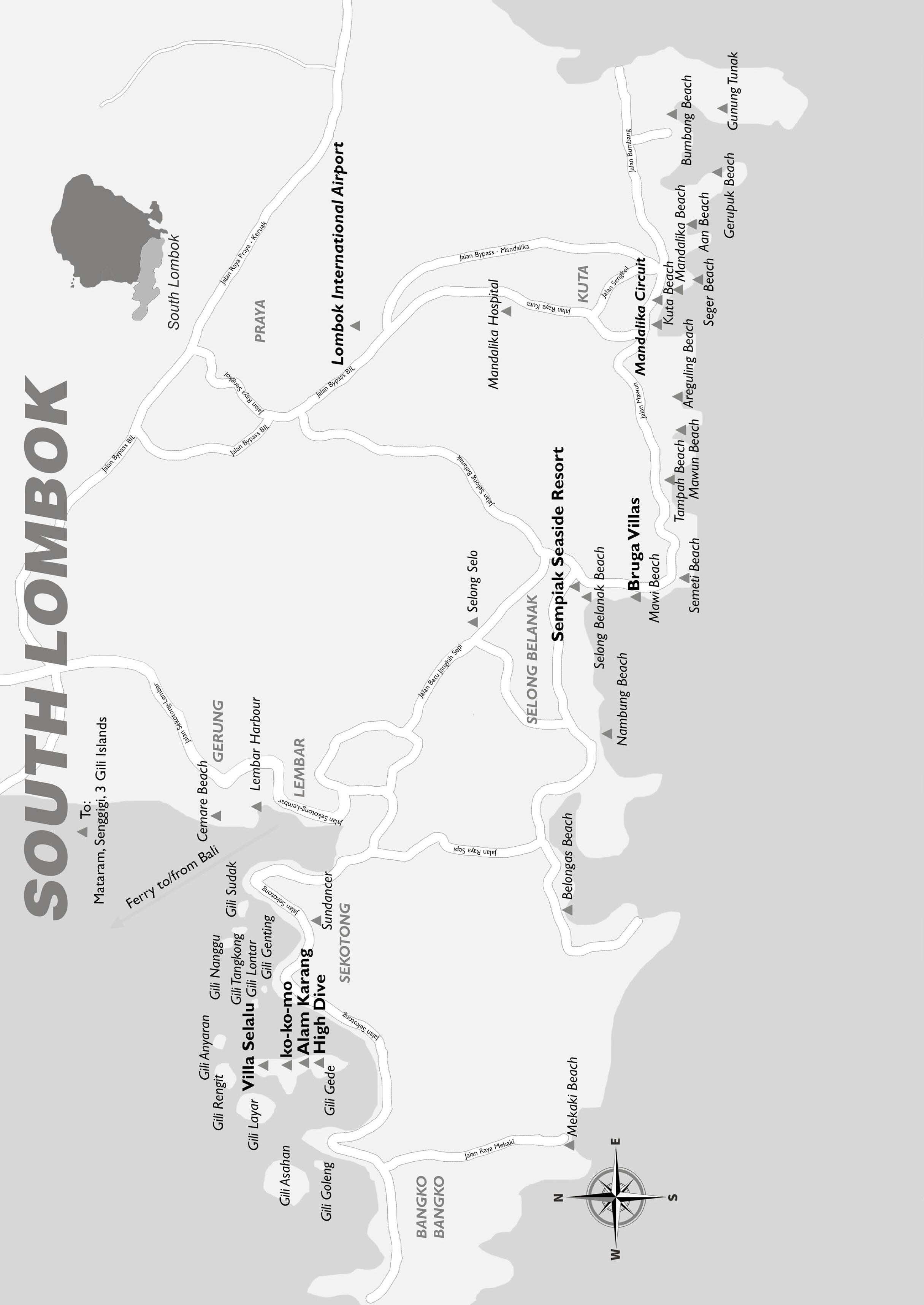
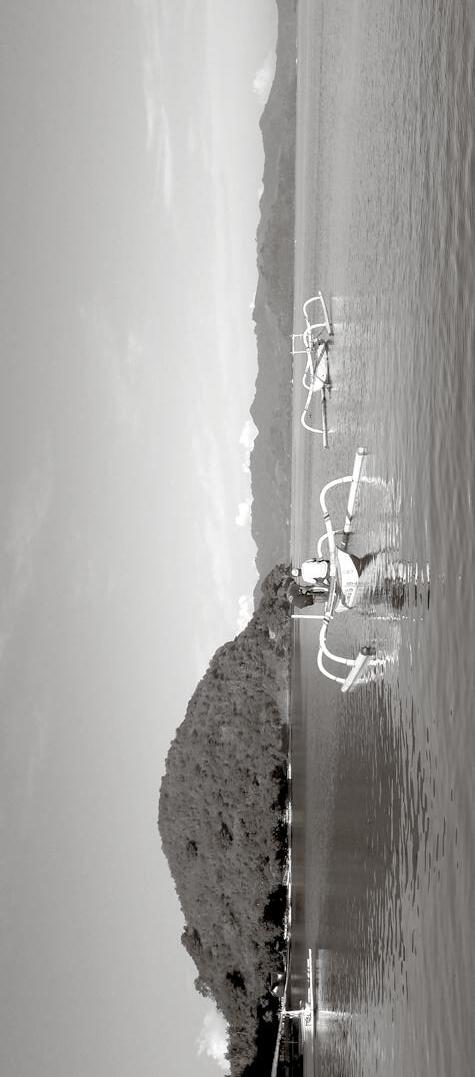
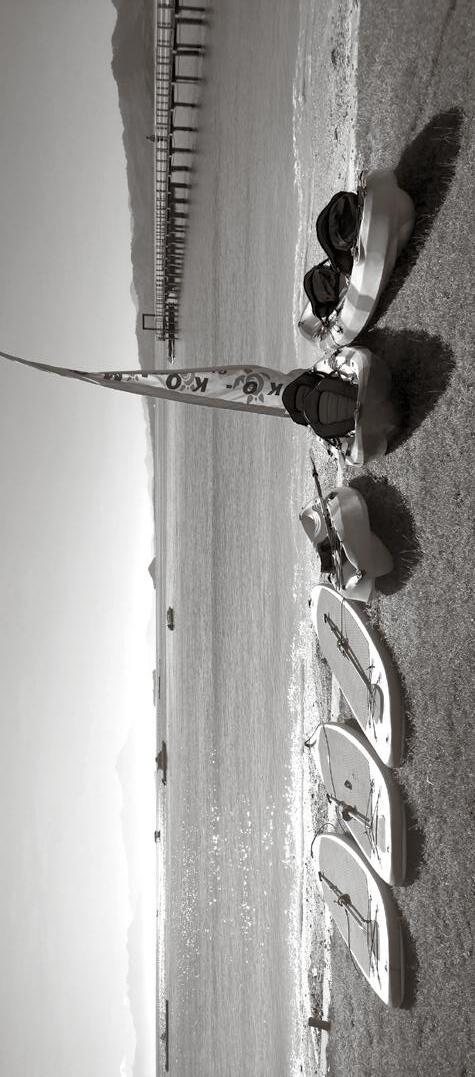
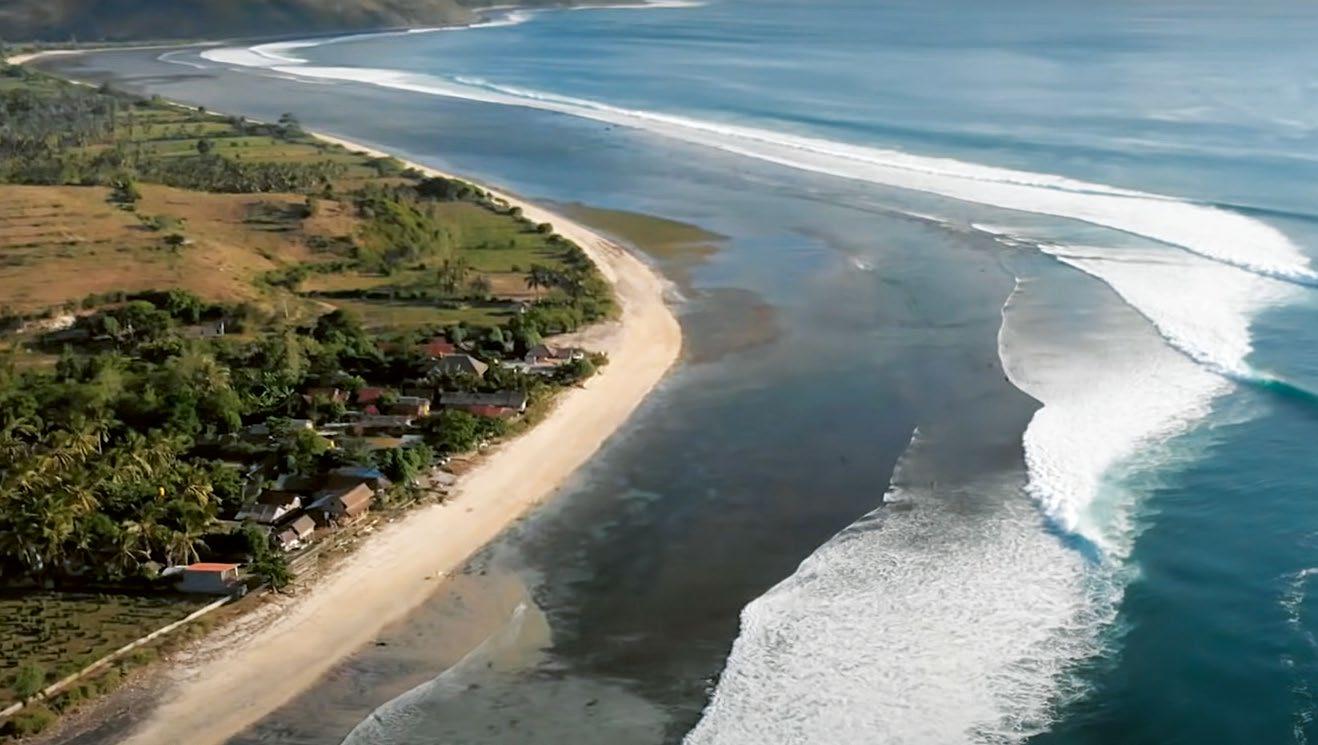
The picturesque Southwest region begins from Sekotong, just south of Lembar Harbour, and features stunning beaches and bays set against a backdrop of rolling green hills.
The drive down the southwest coast is an enjoyable trip, meandering through small villages where life is largely untouched by tourism and where the people are involved in their day-to-day activities of farming, fishing, and other traditional pastimes.
Situated on a wide, placid bay in Sekotong is the peaceful village of Tawun. The sea is sparkling turquoise and the dazzling white sand stretches in a wide sweep around the bay.
Just out in the bay are the three lovely islands of Gili Nanggu, Gili Tangkong and Gili Sudak (and the tiny island of Gili Kedis) – all easily accessible by local outrigger boats.
In the centre of town is the main harbour with a long jetty stretching out into the
sea, where you can arrange boat trips out to Gili Nanggu and the other islands. There are also smaller private boat hire places dotted all along the coast for private island-hopping excursions.
Accommodation at Tawun has grown over the past few years and there are now small hotels, villas and home stays overlooking the bay. It’s easy to base yourself on the mainland and take boat trips to explore all the southwest islands from here.
Gili Nanggu has accommodation for visitors, with simple cottages on the beach and a restaurant. The island is small and the beach has soft white sand and a good reef just offshore for snorkelling.
Island-hopping tours usually stop at Gili Nanggu, Sudak and Kedis, which all have good snorkelling from the shore.
Spend some time exploring the islands, swimming and snorkelling, eating fresh seafood and taking in the fabulous views.
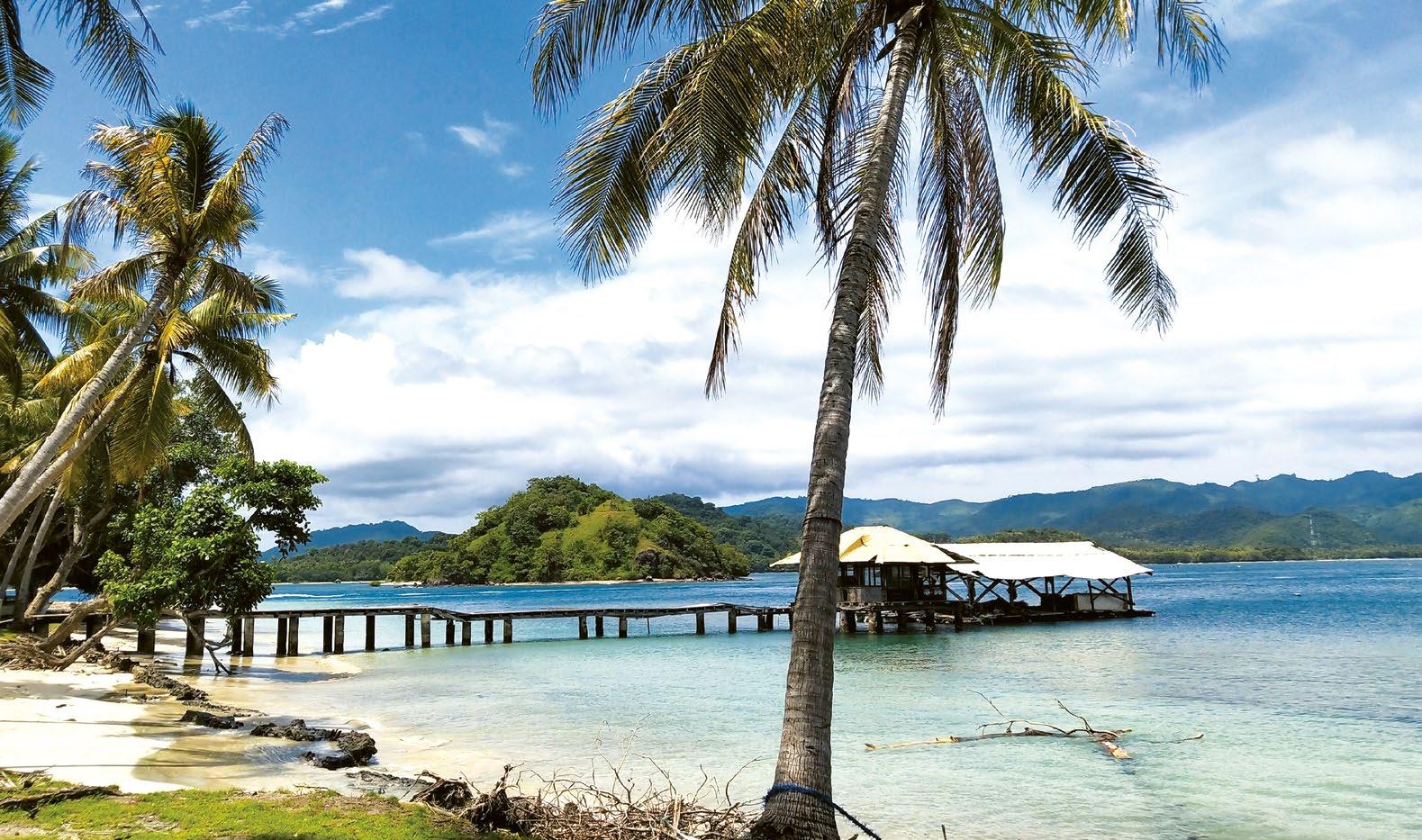
A long meandering coastline of pristine white sand beaches, rolling hills, quaint villages, and sparkling ocean as far as the eye can see… that’s Southwest Lombok!
Off the coast, thirteen small islands - the Southwest Gilis - float in the turquoise waters just waiting to be discovered.
Unlike the famous ‘Gili Islands’ in northwest Lombok, the Southwest Gilis are largely uninhabited and have yet to be discovered by most travellers... that’s why we call them ‘The Secret Gilis’!
Back on the main road and travelling a little further south, before the marine culture complex (Balai Budaya Laut), there is a small dirt road leading out onto a white peninsular of sand that juts into beautiful clear waters. Drive to the end for superb views and a close up look at Gili Genting.
Gili Genting sits just off the tip of the peninsular and at low tide you can walk across the sandbar and explore this uninhabited island. Old volcanic rocks and stone carved from centuries of tidal flow create small caves and alcoves, providing shelter for picnics and interesting nooks and crannies to explore.
Gili Gede: The largest of the islands in the area is Gili Gede, appropriately meaning ‘Big Island’ in the local language. The island lays just offshore and is so large visitors often mistake it for part of the mainland.
Gili Gede is developing as the gateway for the Southwest Gilis, as it is one of the few islands in the area that has a choice of accommodation, making it an ideal base for exploring the other nearby islands.
Ko - ko - mo Gili Gede Resort is the sister resort to the renowned ko - ko - mo Resort on Gili Trawangan. The luxurious property, comprising 1- and 2-bedroom villas with private swimming pools, and one bedroom Villa Kecil (small villas), is spread out over spacious grounds on a pristine beachfront.
All modern comforts such as air conditioning and ceiling fans, flat screen televisions with satellite channels and DVD, Wi-Fi, fresh (not salt) hot water, plentiful power points for charging devices, and more are provided in each villa.
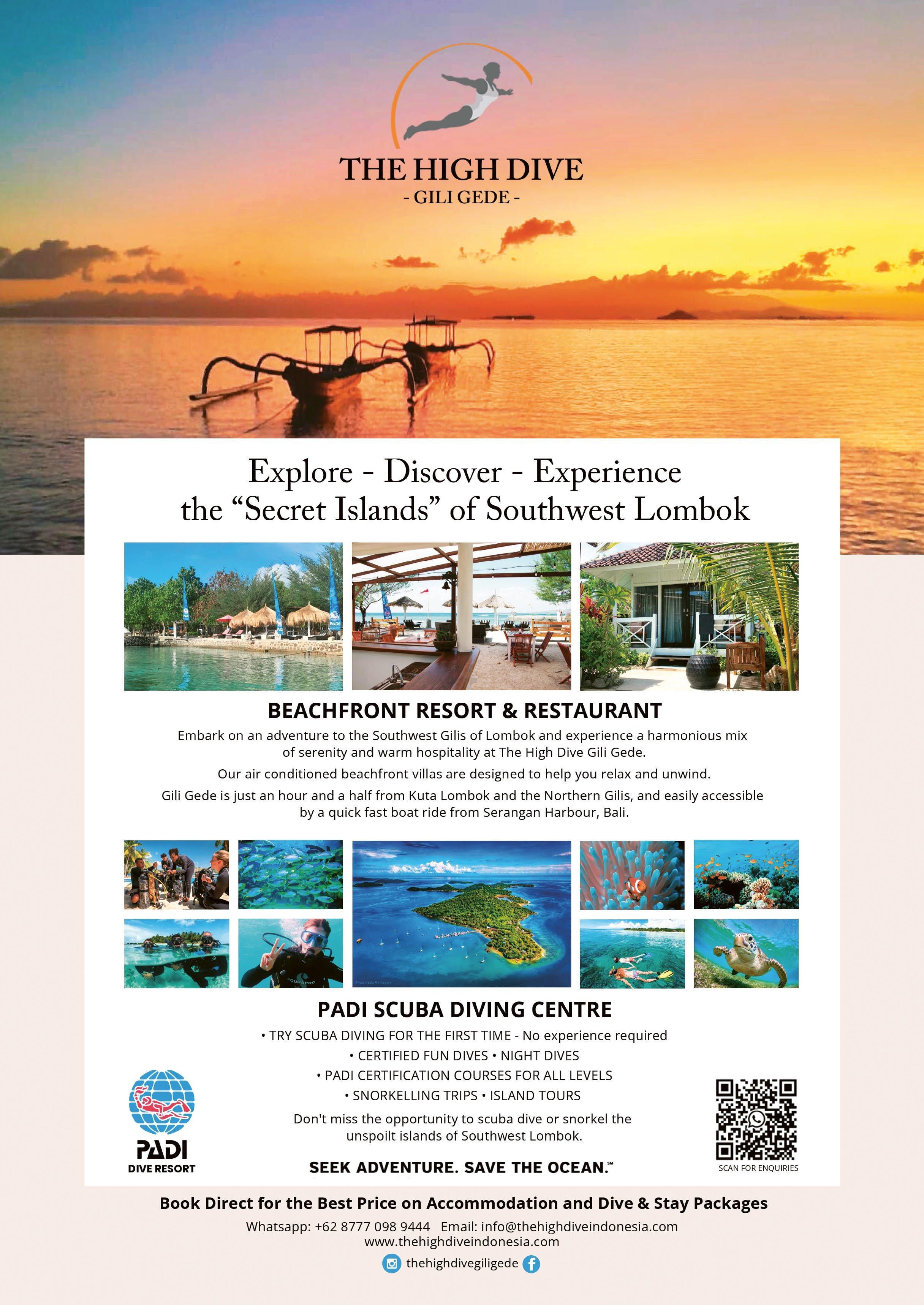

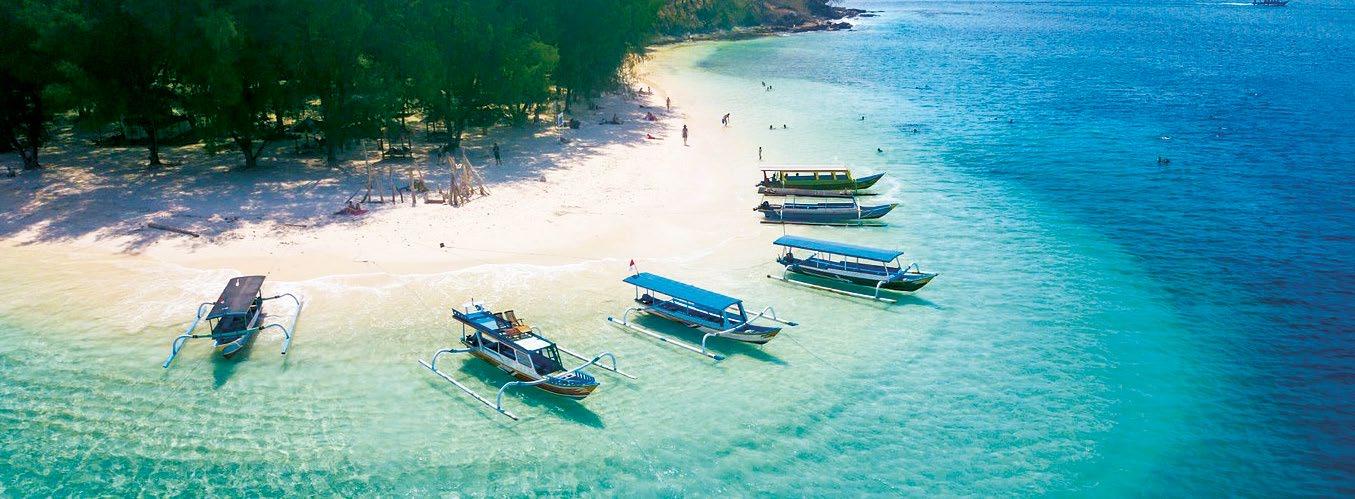
Facilities at the resort include a tennis court, a small gym, a resort swimming pool and purpose-built Spa facility, and a beachfront restaurant.
Guests at the restaurant can enjoy upmarket dining with a menu prepared from fresh locally-sourced seafood, imported Australian meats and in-house breads and bakery items. There is also an outstanding wine and drinks list.
Ko - ko - mo has a purpose-built jetty at the front of the resort and operate their own fast boat service – ‘Gili Getaway’ –making Gili Gede easily accessible from Bali.
Perched on the hilltop just to the north of ko - ko - mo is Villa Selalu, a private luxury retreat that enjoys outstanding 360º views of the stunning surroundings.
The fully serviced 4-bedroom villa boasts unparalleled luxury with all mod cons and ultra-chic furnishings. Guests can enjoy a number of indoor and outdoor living areas, as well as an 18m infinity pool overlooking the ocean surrounded by a spacious deck, BBQ area and lounging pavilion.
Villa Selalu has a private beachfront and jetty, as well as a boathouse equipped with snorkelling gear, sea kayaks, paddle boards and bikes to make the most of your holiday.
Individual rooms are available or rent the villa in entirety for the ultimate island escape!
The High Dive Resort, Gili Gede is the only PADI 5-star certified dive resort in Southwest Lombok and is the perfect choice for those wishing to learn to dive in a small, personalised setting with highly experienced dive masters and instructors. Whether you are learning to dive, upgrading skills, or just wish to explore an area with pristine reefs, a vast variety of underwater life, and uncrowded diving locations – the High Dive Resort is for you.
The luxurious beachfront bungalows at the resort all feature ocean views and boast king-sized beds, air conditioning, modern bathrooms and a spacious private deck overlooking the beach. There is also a comfortable two-bedroom apartment for families and larger groups.
The restaurant and bar are located on the beach, serving delicious local and international cuisine, with refined vegetarian options and full bar service available. Dining here is a true castaway experience with bare feet in the sand and enchanting views across the water to the nearby islands.
Just a little further down the beach is Alam Karang – a collection of five bungalows or lumbung, featuring traditional Sasak architecture. Each stand-alone bungalow features comfortable furnishings, air conditioning, ensuite bathrooms and spacious terraces overlooking the sea. The beachside restaurant features organic Mediterranean cuisine, specializing in tapas, and local dishes, while the bar serves up cold beer, soft drinks, cocktails and wines by the bottle or glass.
With friendly and helpful staff to arrange tours and activities, and snorkelling directly from the beach in front, Alam Karang offers a relaxing “beach bungalow getaway” at very reasonable rates… it’s the kind of place you come to for a couple of days and end up staying a week!
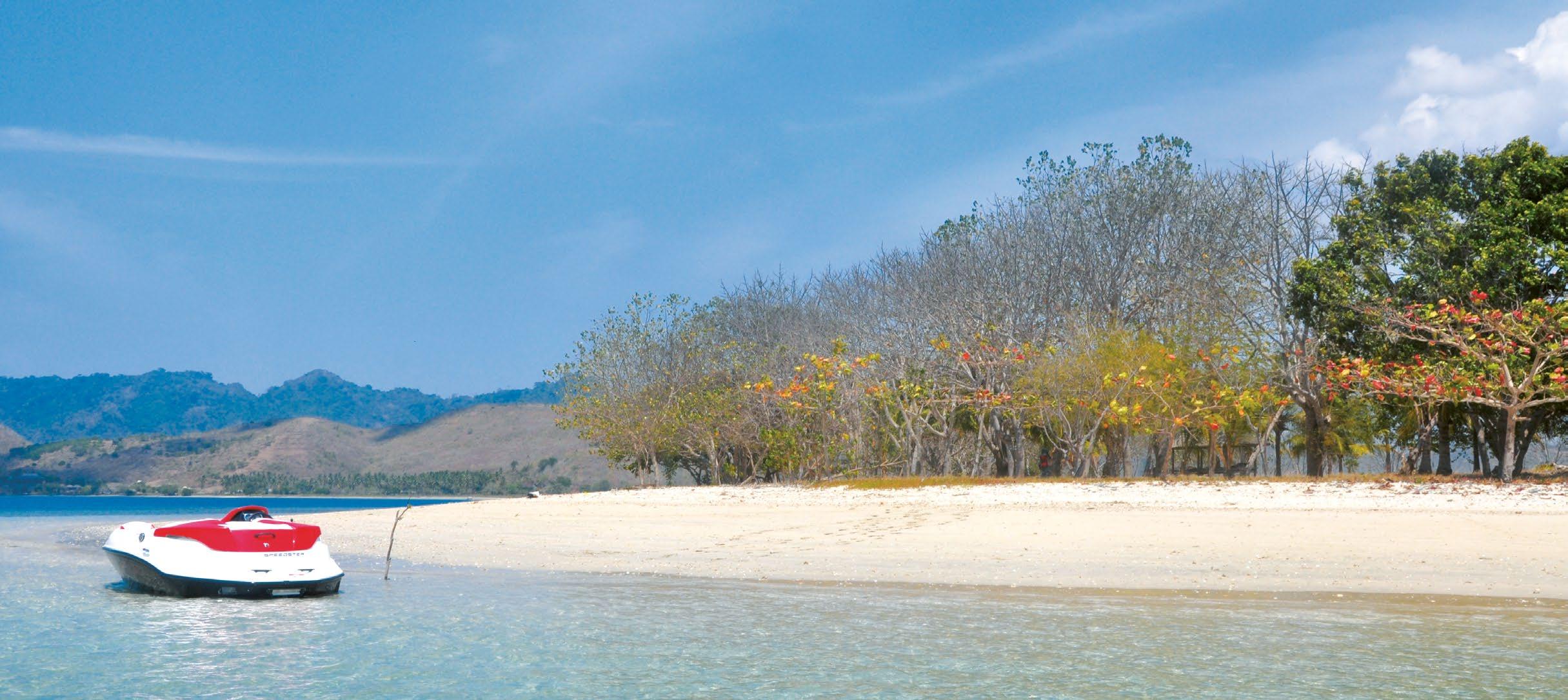
Other accommodation options on the island include some lovely mid-range resorts as well as cottages and home stays with simple accommodation for budget travellers.
Marina Del Ray, on the south of the island, is an Australianoperated yacht marina with a long jetty extending into deep, protected waters offering safe anchorage year-round for visiting boats.
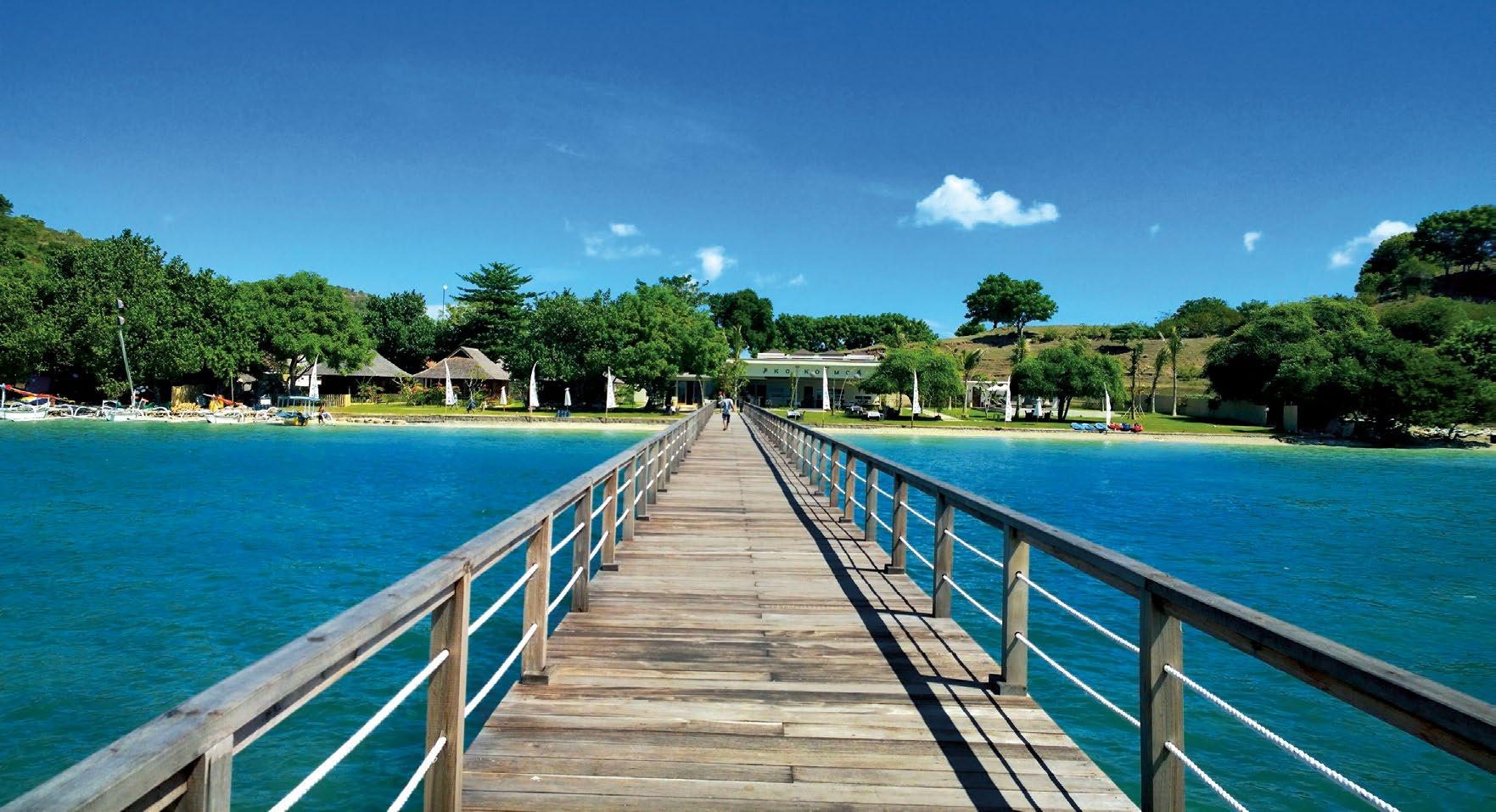
The marina offers customs, immigration, and port control facilities as well as fuel supplies, moorings, provisioning, and repairs. There is also a Yacht Club, with restaurant and accommodation available.
Gili Gede is large enough to provide a range of activities such as hiking to the hills in the centre for fantastic views across the other islands, exploring deserted beaches and hidden coves, and meeting the people living on the island, who are very friendly and, as yet, unspoilt by tourism.
To the south of Gili Gede, the islands of Gili Ringgit, Layar and Asahan are lined up like secret treasures in the calm sea.
Bounty Cruises, a Bali-based company, own a large parcel of land on Gili Ringgit and constructed a pier on the island some years ago. There is good snorkelling on the west side of Gili Ringgit, accessed by boat.
Large gardens of hard and soft corals lay just beneath the surface and the reef extends along most of the island’s coast. On the other side of the island is where
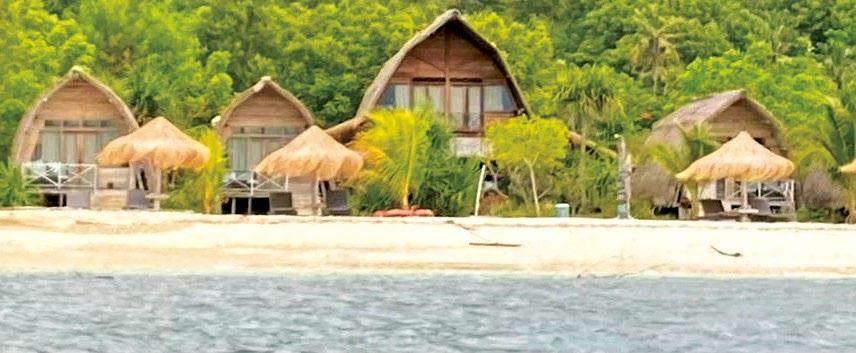
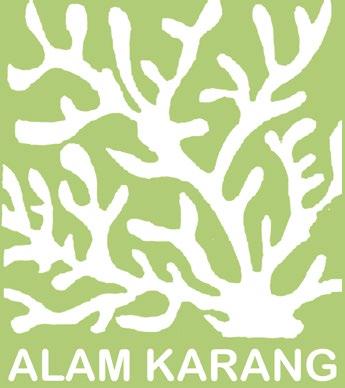
Affordable & Comfortable Beachfront Bungalows Indonesian & Mediterranian Restaurant and Bar Swim, snorkel, canoe, island hop, dive and relax... discover a true beach getaway with Alam Karang
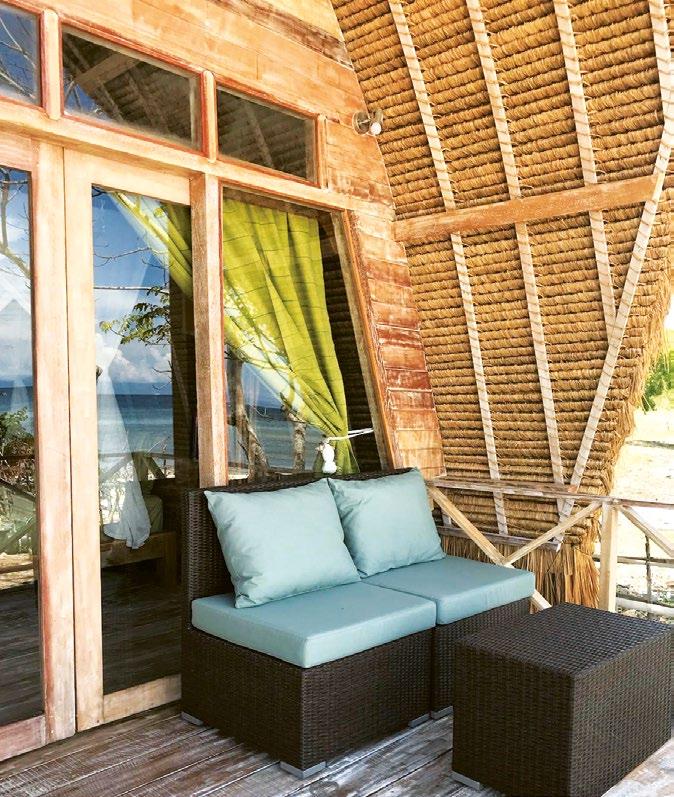
the pier is located, is a fantastic white sand beach.
It’s easy to snorkel offshore, just north of the pier and, although the reef isn’t as large as on the other side of the island, there is still plenty to see.
Visitors are astounded by the pristine conditions and huge schools of turtles seen near Gili Layar – the island between Gili Ringgit and Gili Asahan.
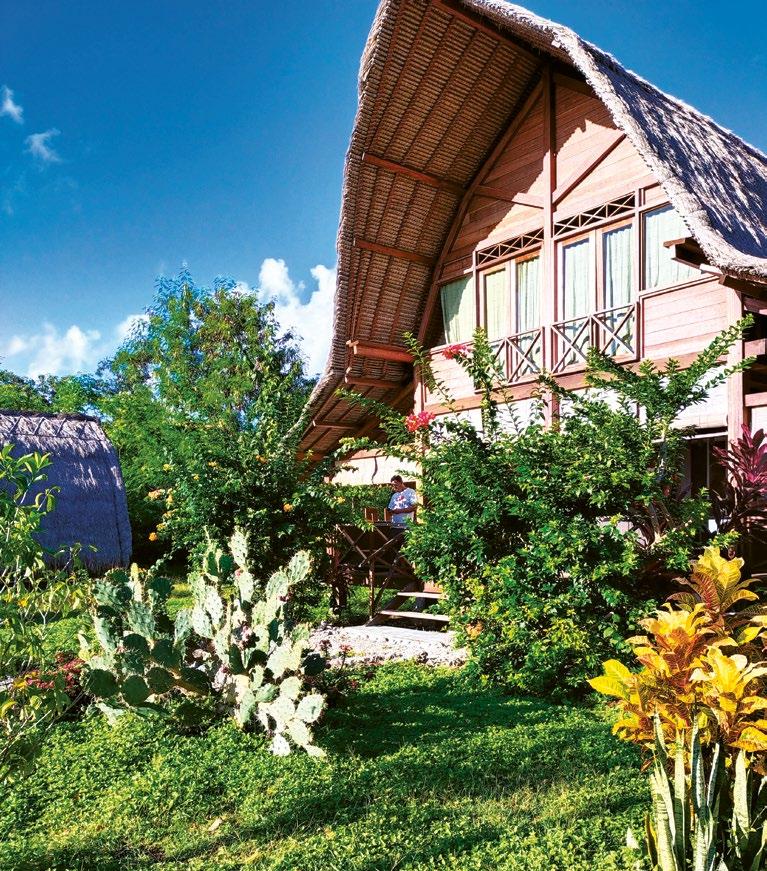
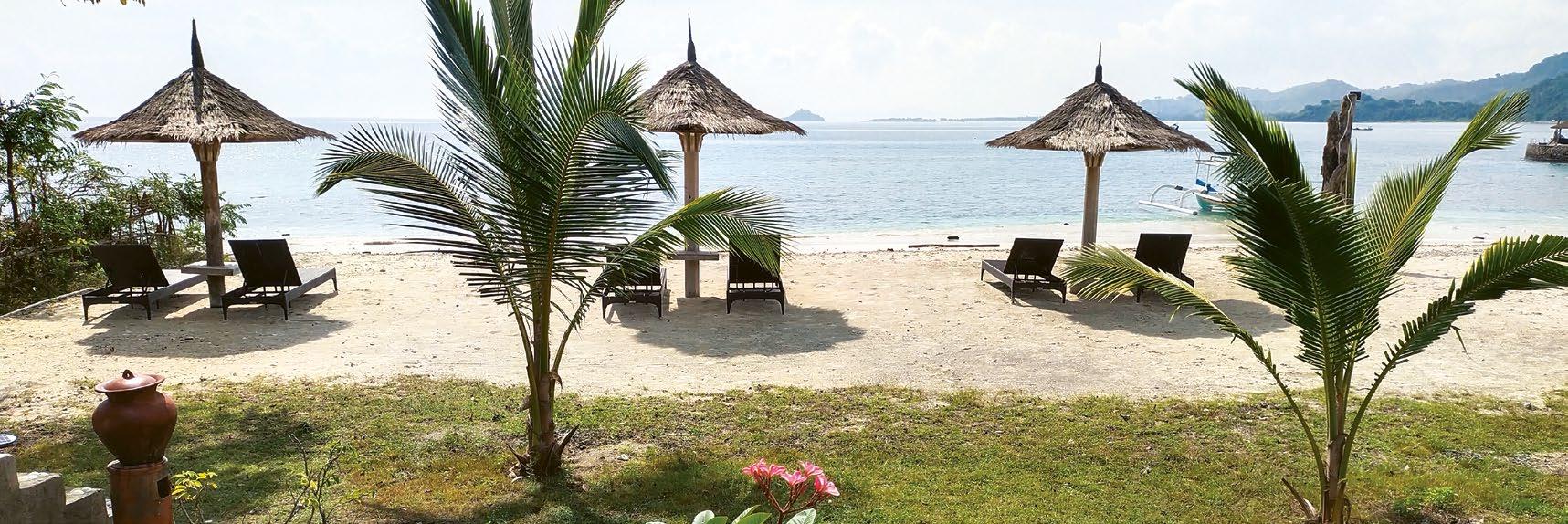



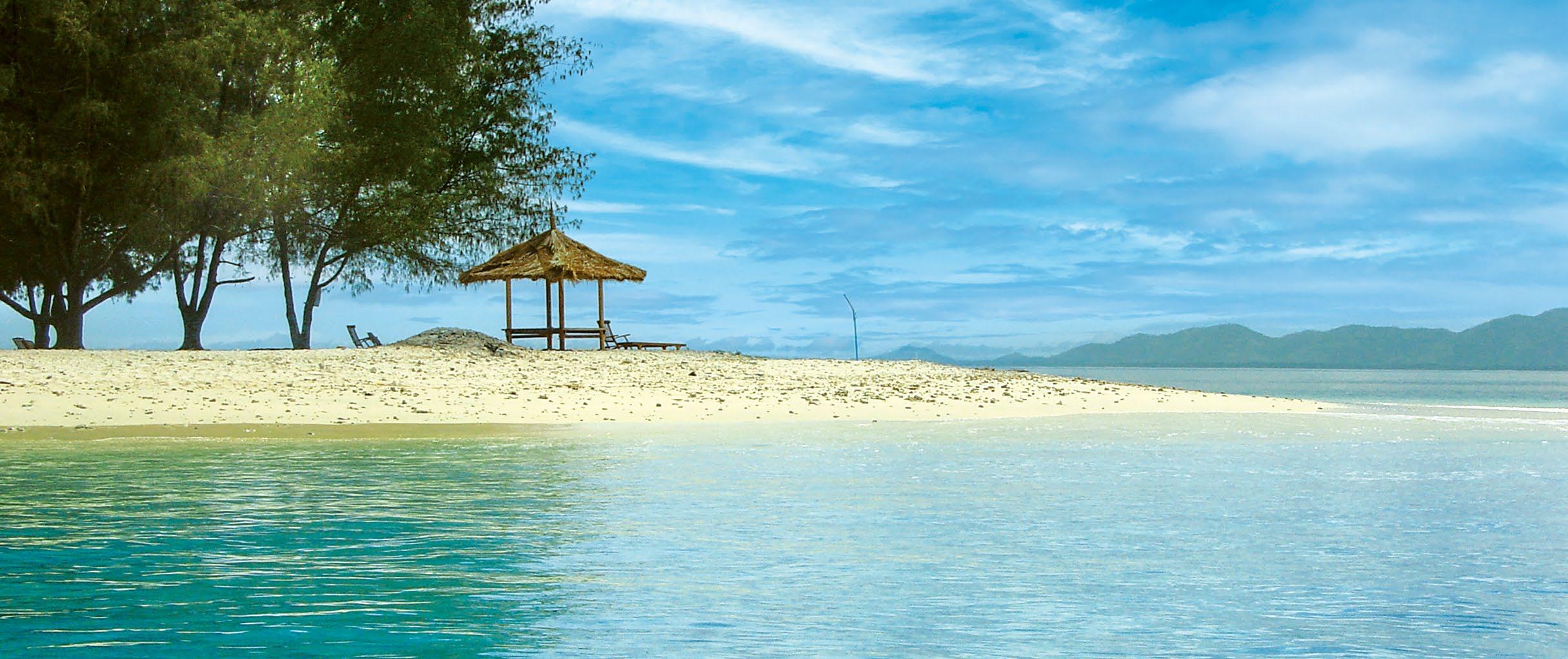
Continued from Page 55
Bright blue starfish drape themselves across patches of coral, and bright yellow and black Moorish Idols dart through the water. Schools of hundreds of small iridescent fish swim past and weirdlyshaped squid drift by in the deeper areas.
Slightly further south, beautiful Gili Asahan attracts visitors with its white sand beaches, clear calm waters and swaying palm trees. There is very good snorkelling just off-shore.
There are now a number of accommodation options on the island, ranging from modern and luxurious to simple and rustic – with choices to suit all budgets.
Leaving Gili Asahan and back on the mainland, continue south on the coastal road until you come to a main intersection.
A signpost to the left leads to the spectacular large bay at Mekaki, while the road to the right leads to Labuhan Poh and Pelangan.
There are small home-stays and private accommodations spaced out along the
road to Bangko-Bangko – known as Desert Point and a world-famous surfing Mecca for those in the know – located on the far southwest tip of Lombok.
The wide white sand bay is lined with fisherman’s huts and draws hundreds of surfers every year from as far away as Hawaii and Brazil to challenge the huge waves of Desert Point, just offshore.
Although the road deteriorates after Labuhan Poh, it is still passable for most vehicles in the dry season. During the surfing season, from mid-May to September and again in December, the beach is buzzing with surfers, but otherwise it is a remote and peaceful area. Bali is clearly visible, with the island of Nusa Penida only about an hour’s sail away.
The drive to the point is dotted with bucolic scenery and tiny villages, making it a worthwhile trip even for non-surfers. There is basic surfer accommodation in the area and plans for development in the future.
The dive sites of the Southwest reflect a good cross-section of what Indonesian diving has to offer. Dive in and be fascinated by turtles, white tip reef sharks, cuttlefish, moray eels and many other varieties of marine life.
The reefs are full of colourful corals, which harbour an amazing variety of marine life, including ghost pipe fish, lion fish, pygmy seahorses and much more.
For non-divers, the islands are a delight for snorkelling – abundant coral reefs lay just below the surface waiting to be explored, filled with thousands of brightly coloured tropical fish, huge sprawling blue starfish and magical turtles gently gliding through the water.
With its undeniable beauty and tourism potential, it’s easy to imagine hotels and resorts on all these beaches and islands in the future but, for now, the Southwest is unspoilt and the Gilis remain the secret islands… stunningly beautiful, pristine and idyllic, and visited only by the lucky few.
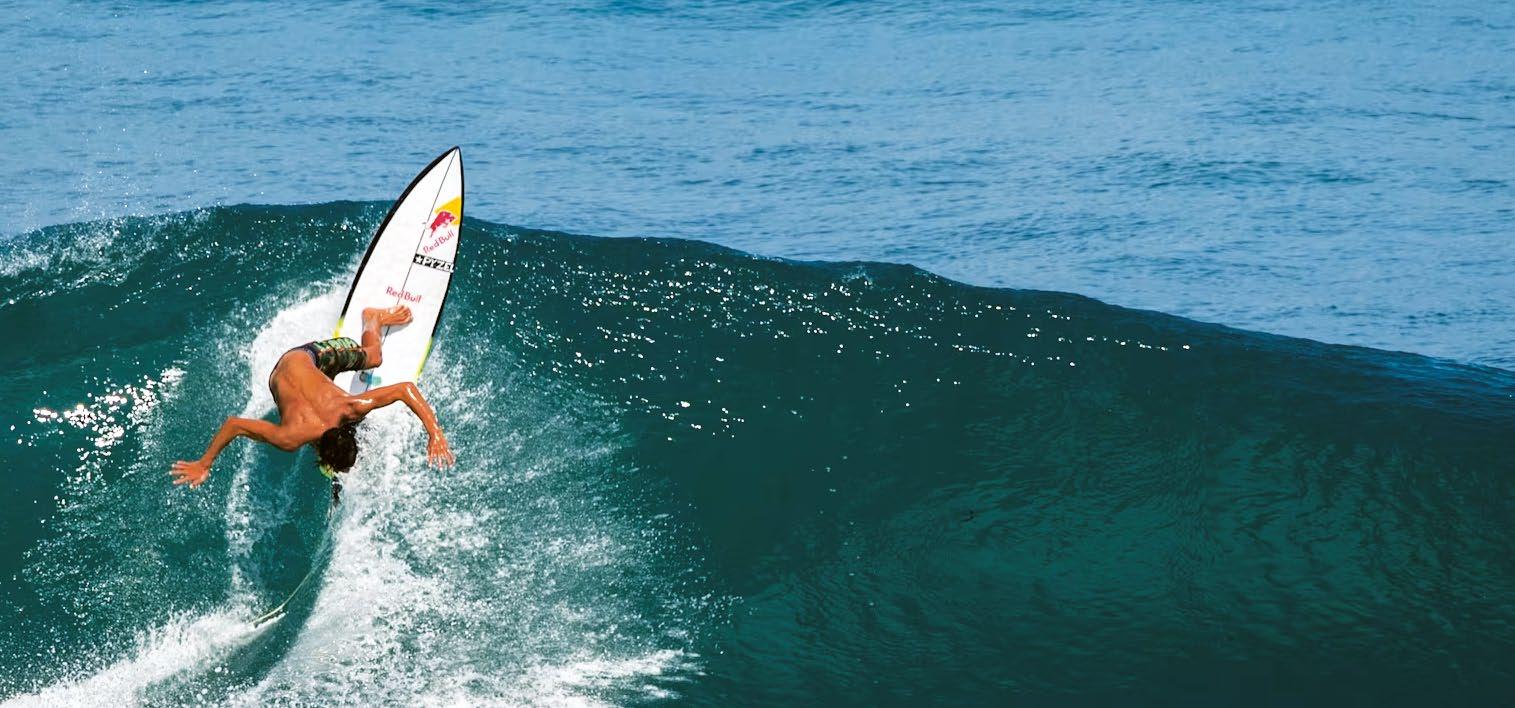
Gili Getaway Fast Boat Service: operates convenient, fast and comfortable boat transfers between Bali and Gili Gede three times a week.
Gili Getaway arrives and departs at the purpose built jetty at Ko – ko – mo Resort, for easy and quick access to Gili Gede and the Southwest Gilis. www.giligetaway.com
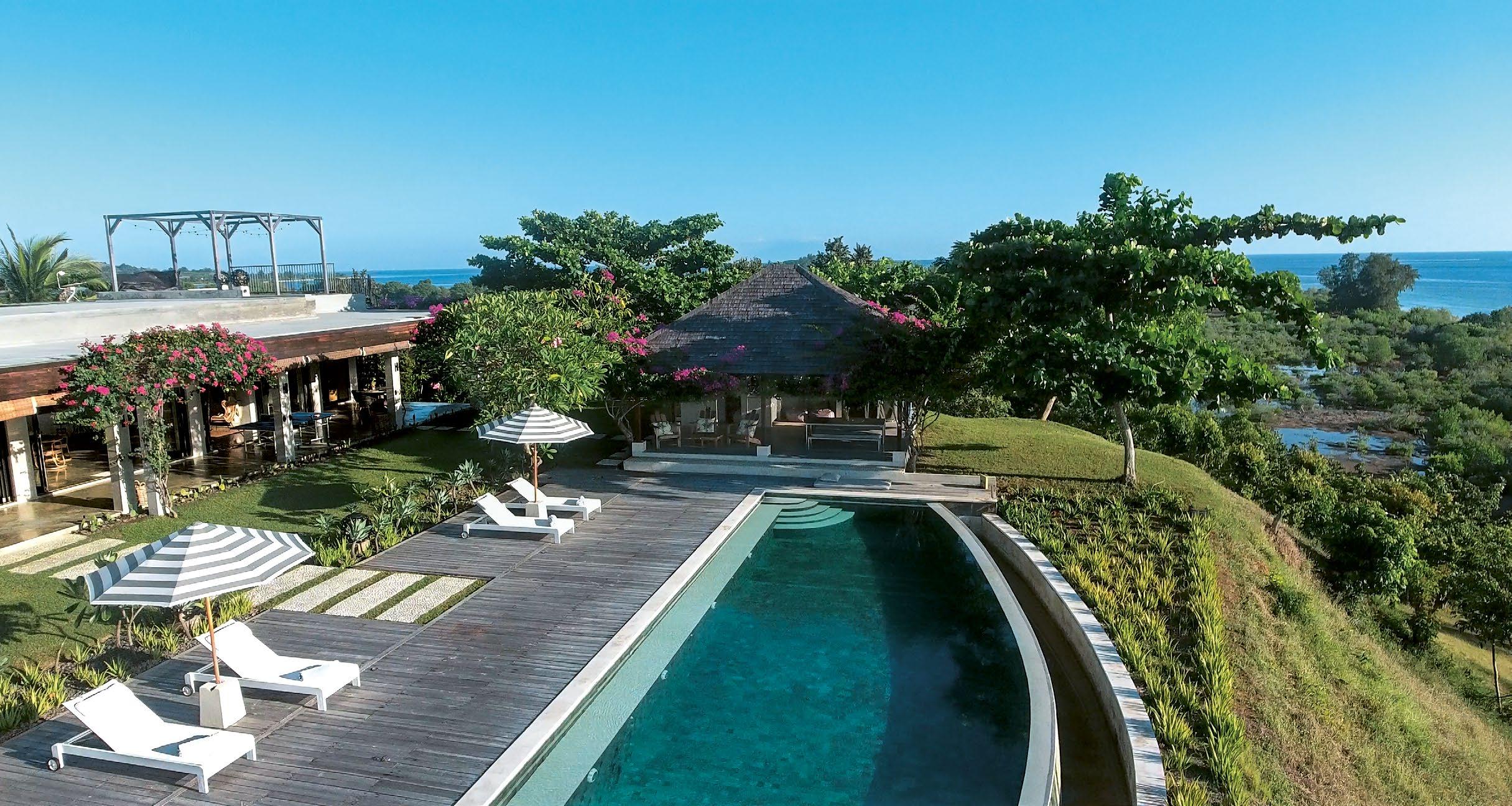
ENJOY 20%OFF
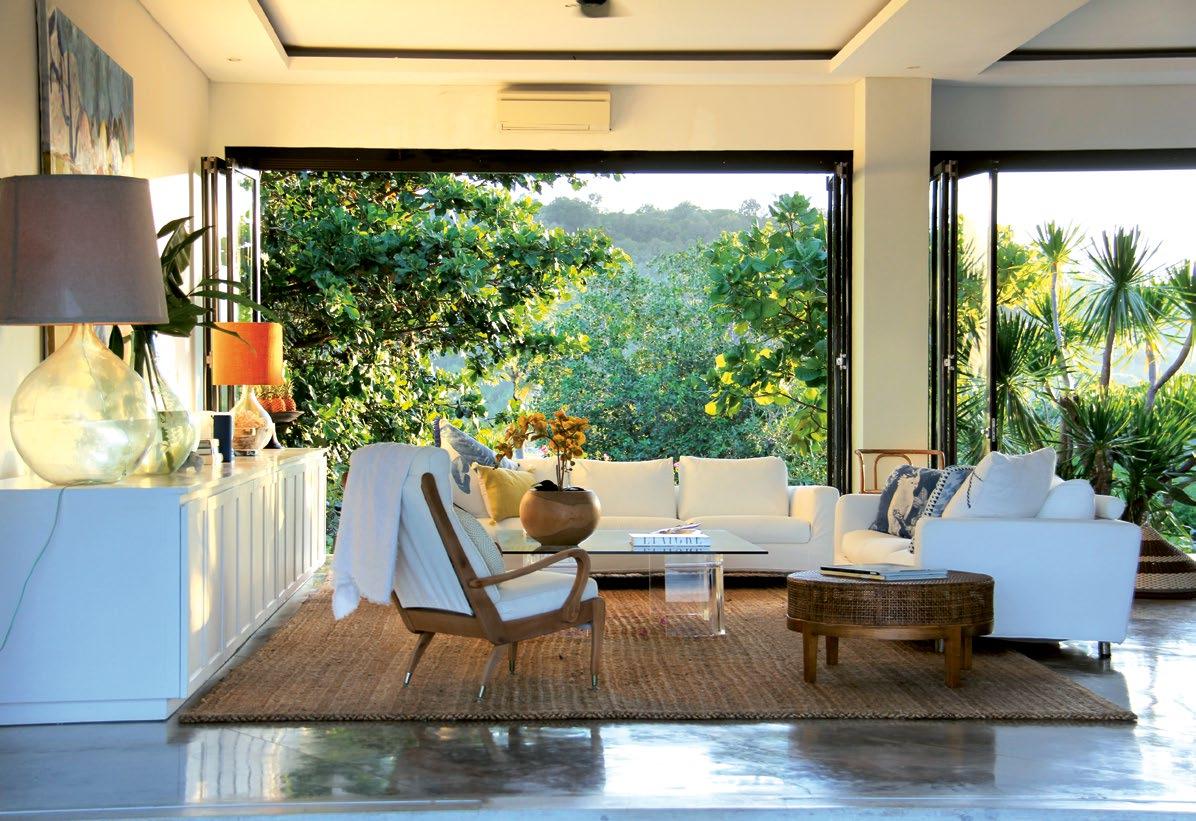


Standard Rate OCT & NOV
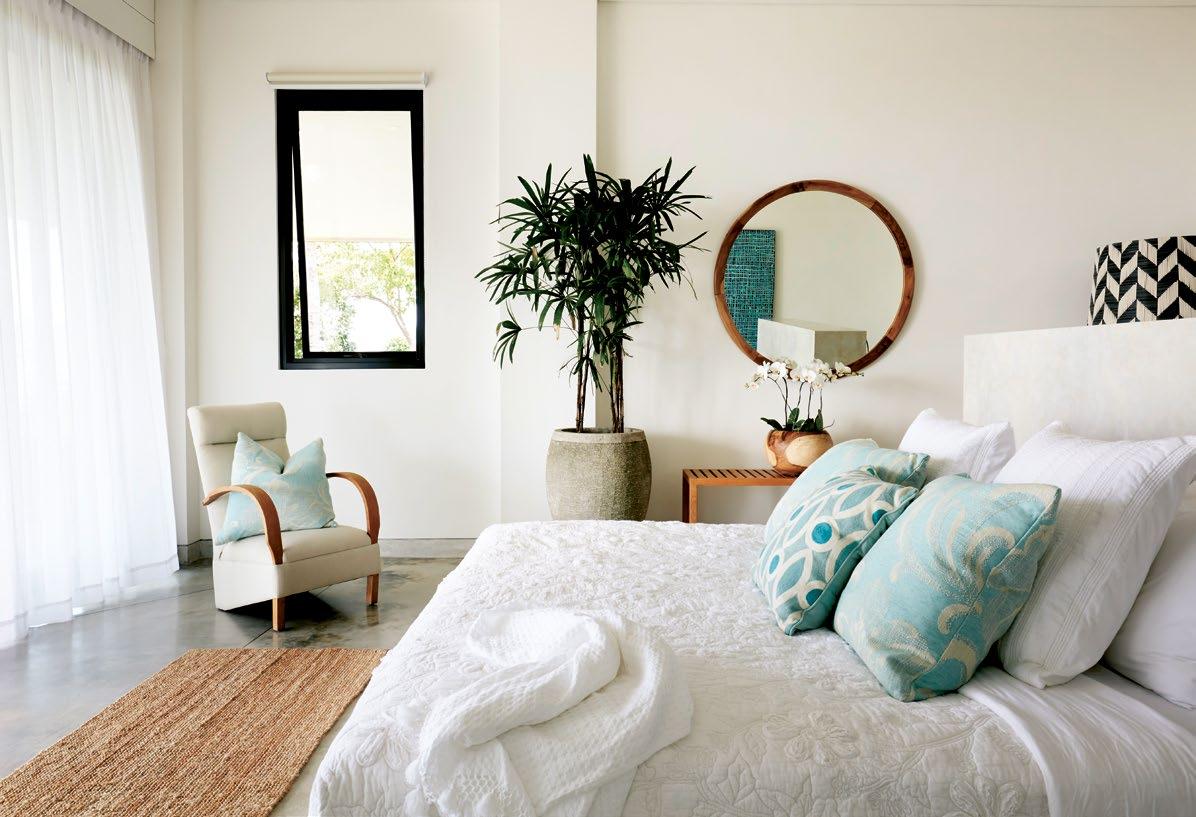
Villa Selalu is a private luxury hilltop retreat on beautiful Gili Gede that enjoys 360-degree, uninterrupted views of a truly unique and untouched part of the world. The villa offers four king-size bedrooms each with marble ensuites and can comfortably accommodate up to 12 guests.
Whether booking one bedroom as a couple, or two or more bedrooms as a group, enjoy the villa exclusively for your stay.
. private jetty .18m infinity pool . private white sand beach . hilltop bbq pavilion . entertainment room . WIFI . commercial kitchen . spacious open plan living . fully air conditioned . tv’s in bedrooms . ceiling fans throughout . hilltop breakfast pavilion . fully catered . dedicated manager and staff. bespoke furnishings & amenities . beach lounges . beach café & bar . bikes . snorkelling gear . kayaks and stand-up paddleboards
ENQUIRIES: bookings@villaselalugiligede.com | www.villaselalugiligede.com | +61 411 031 607